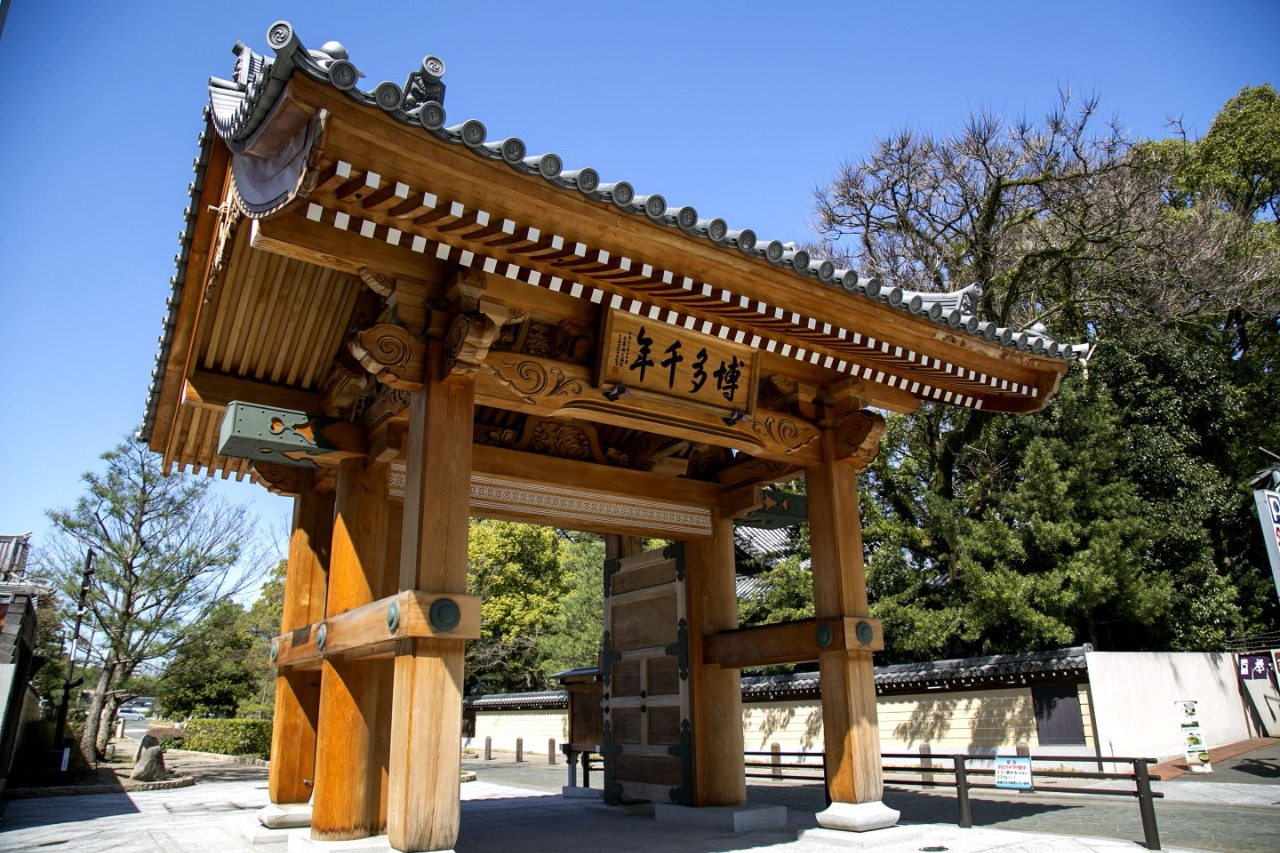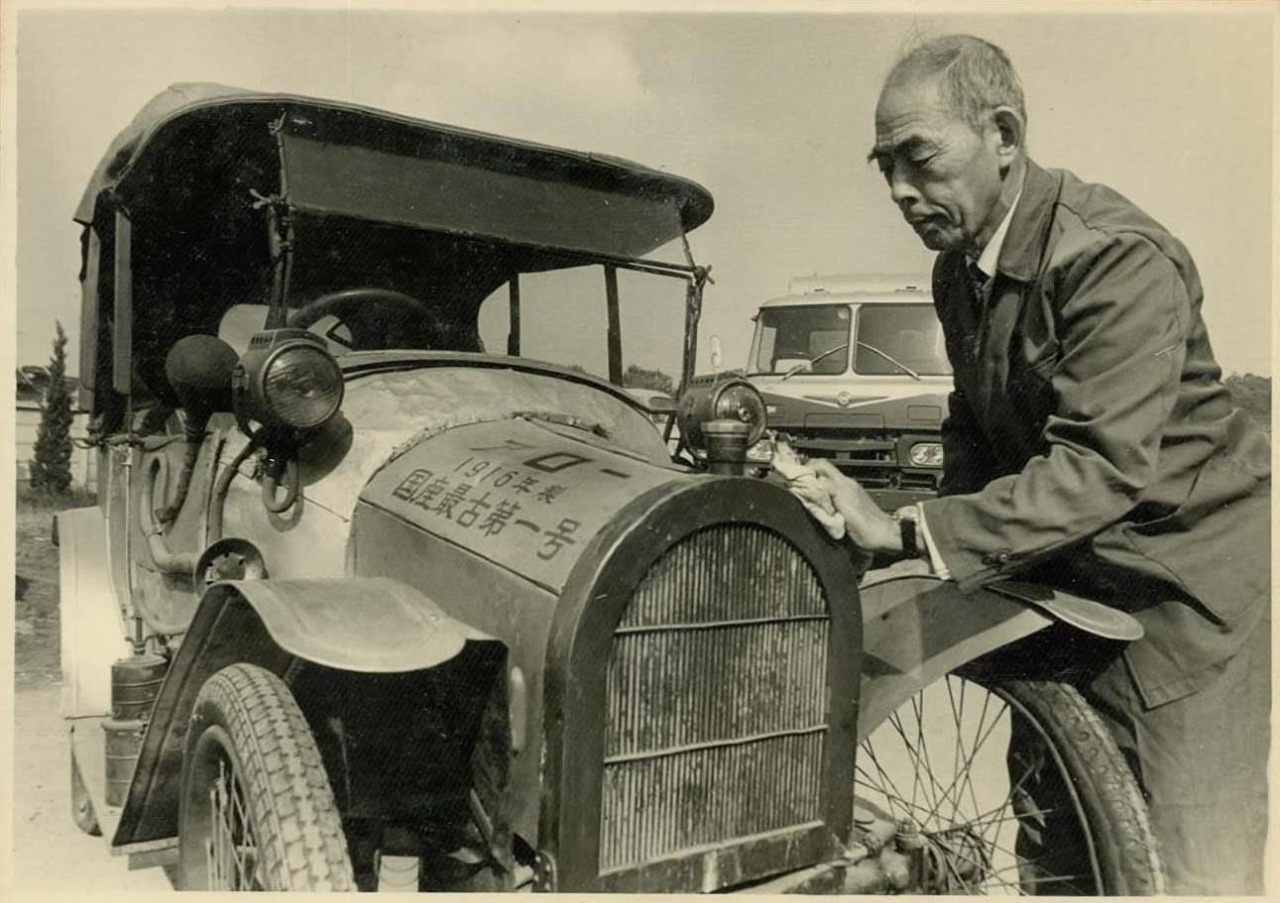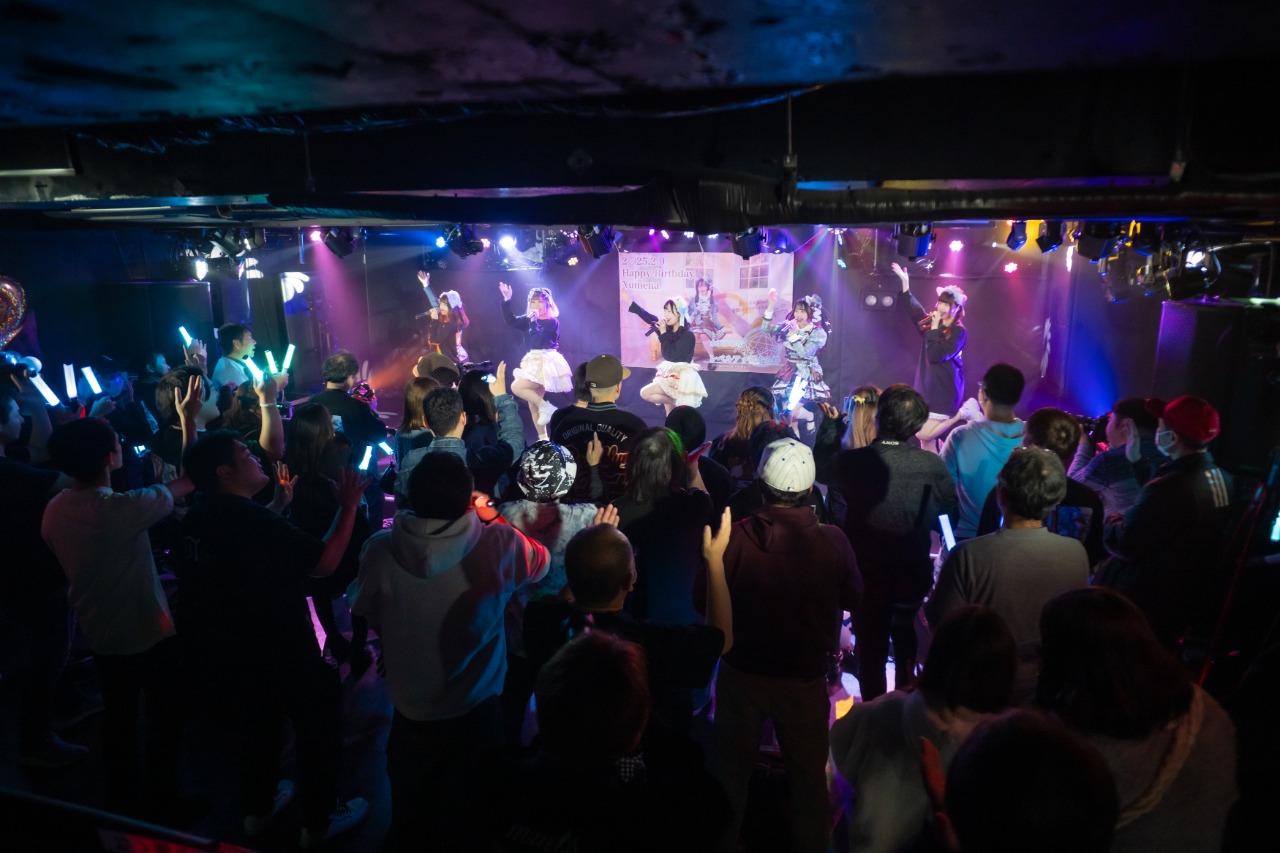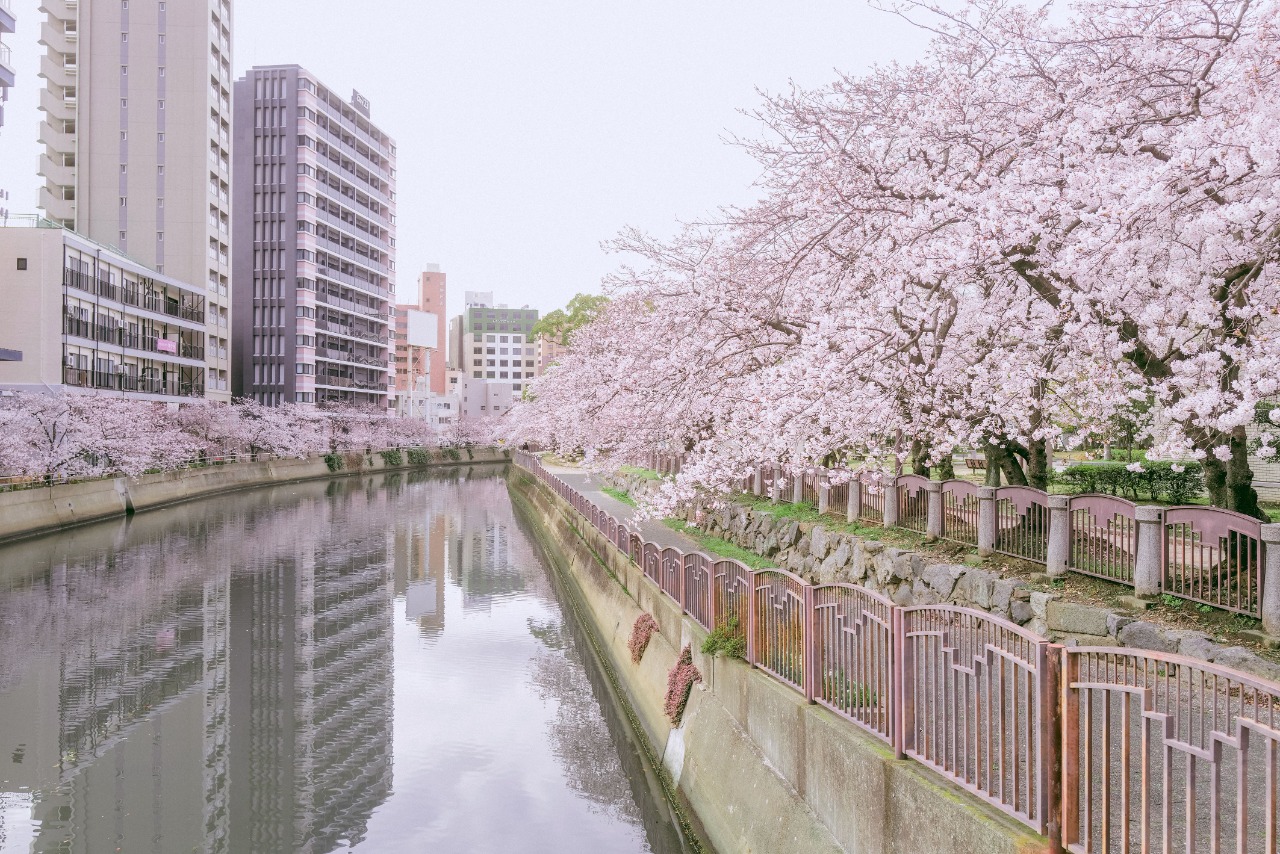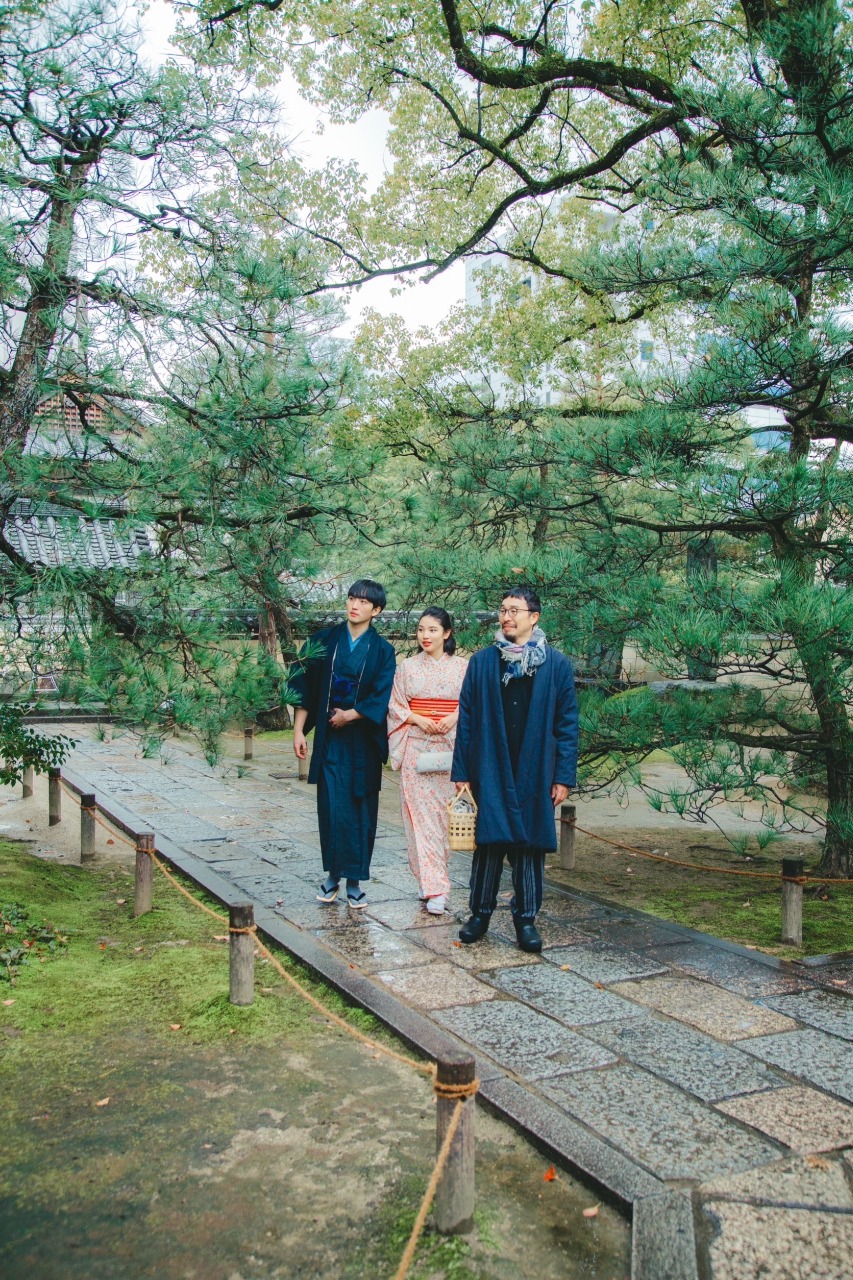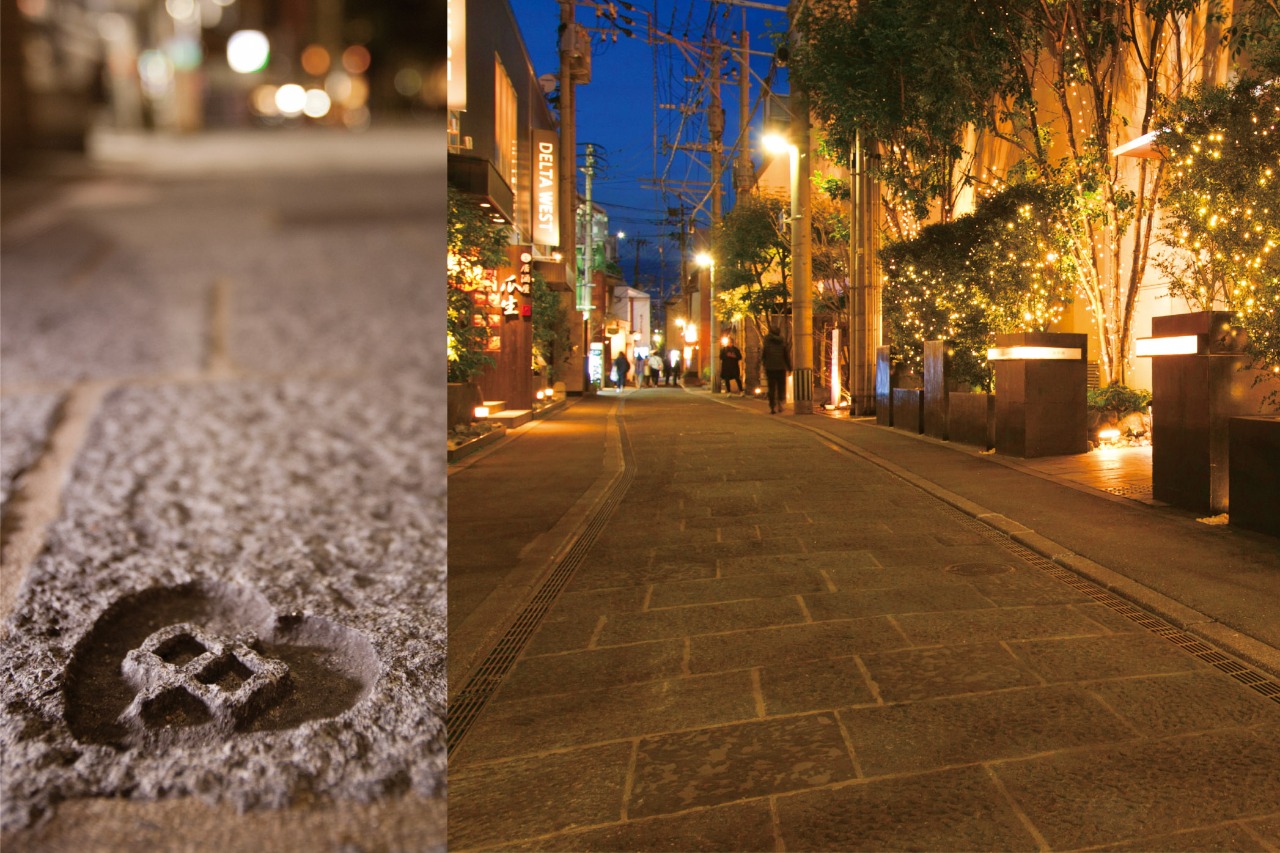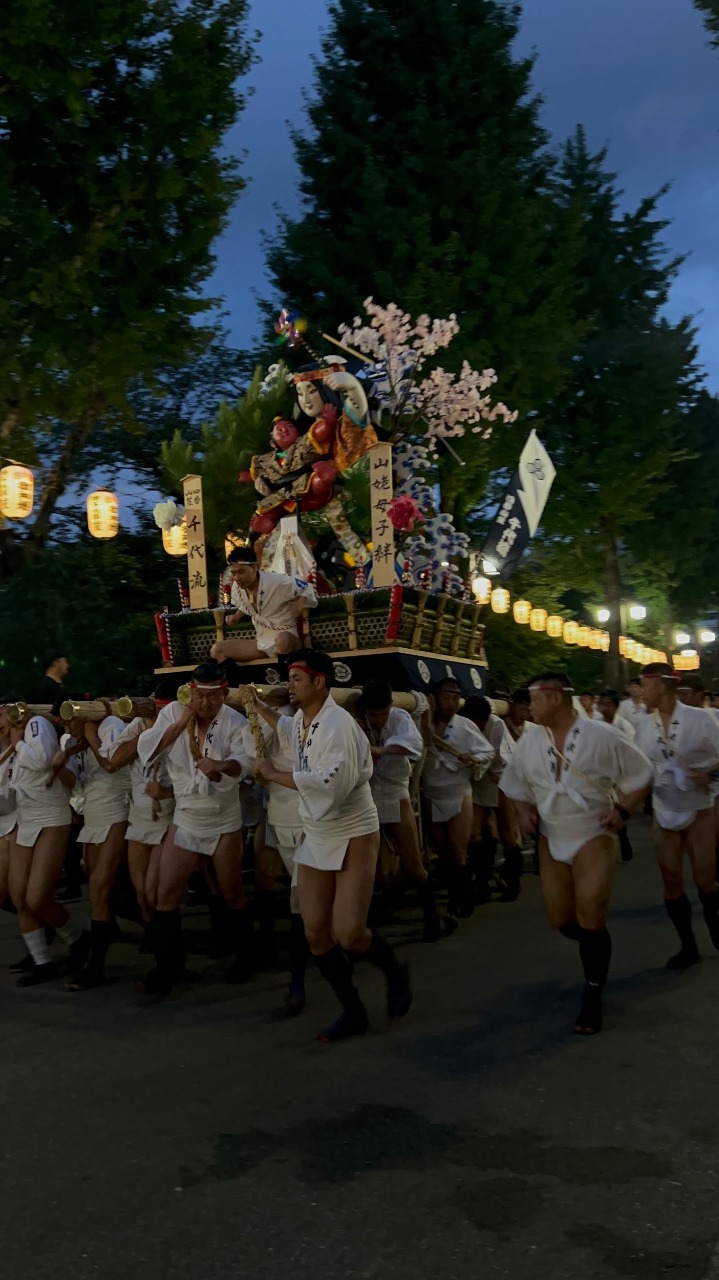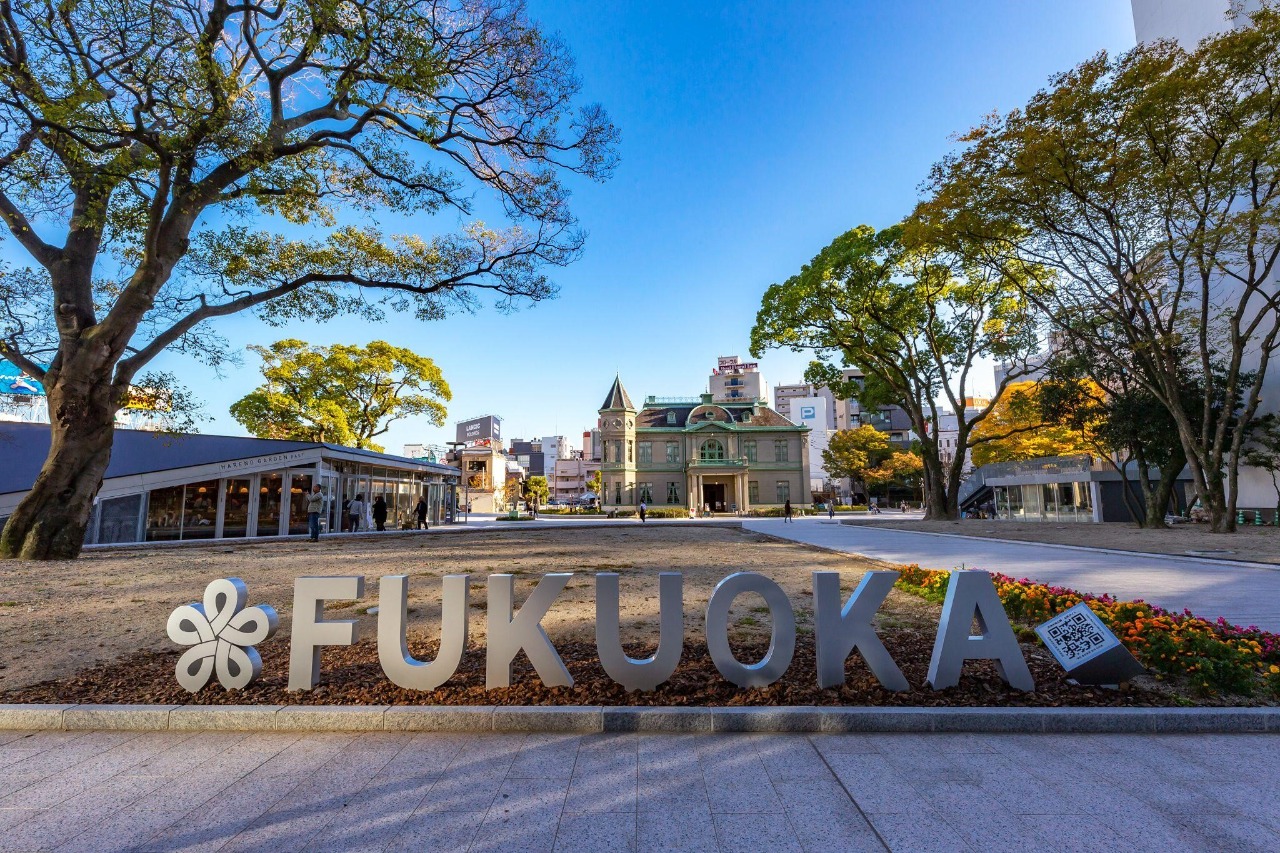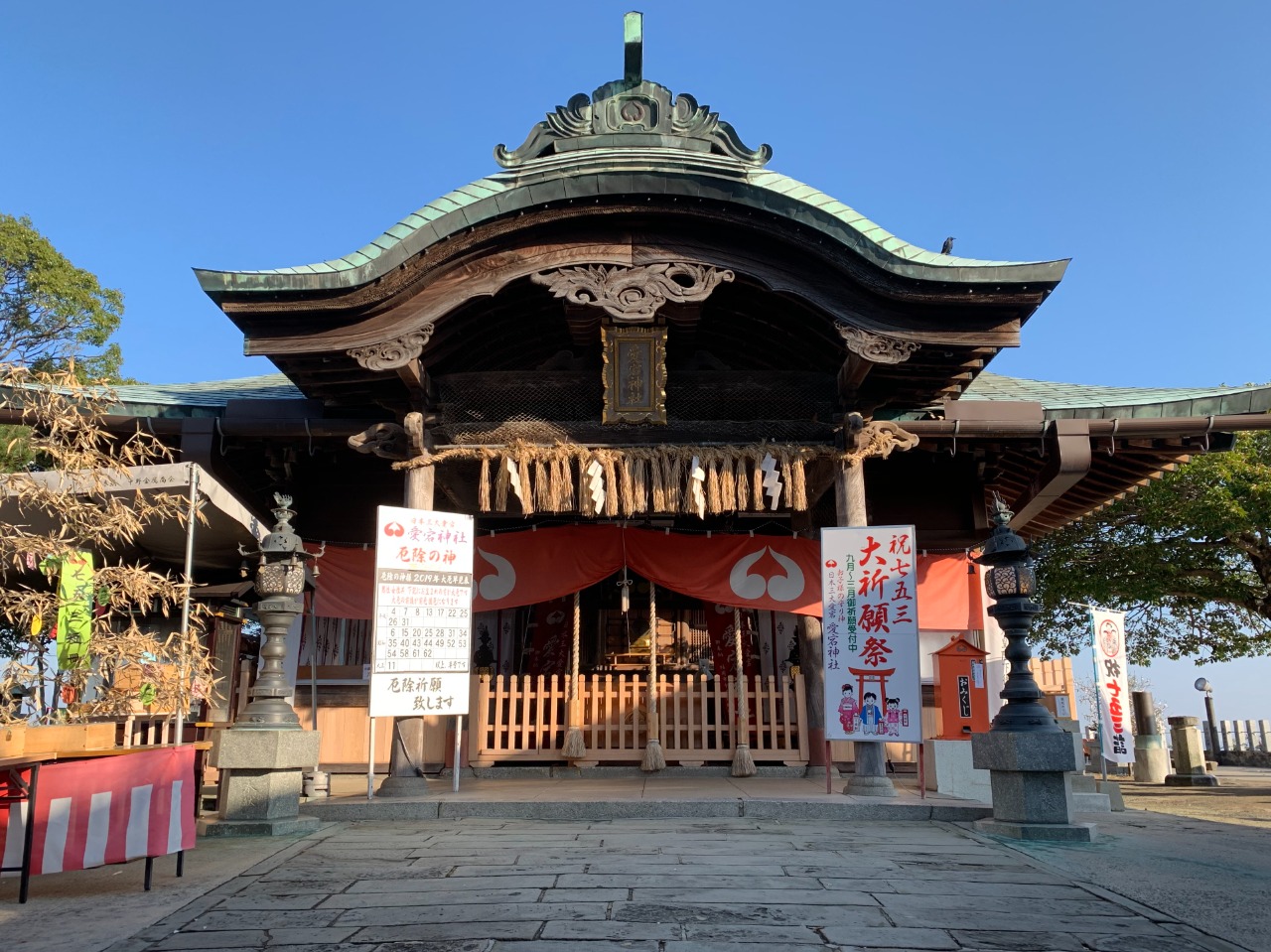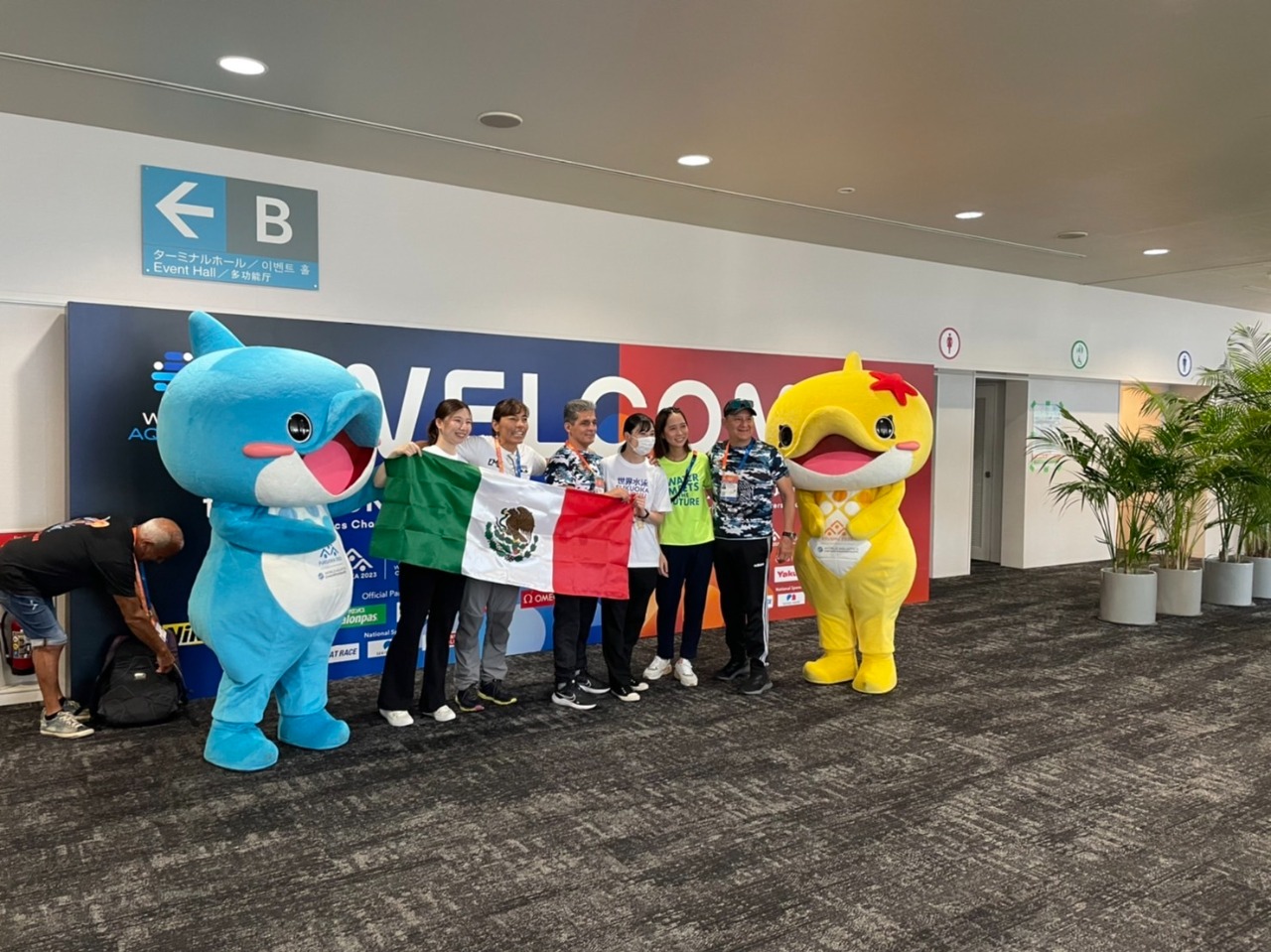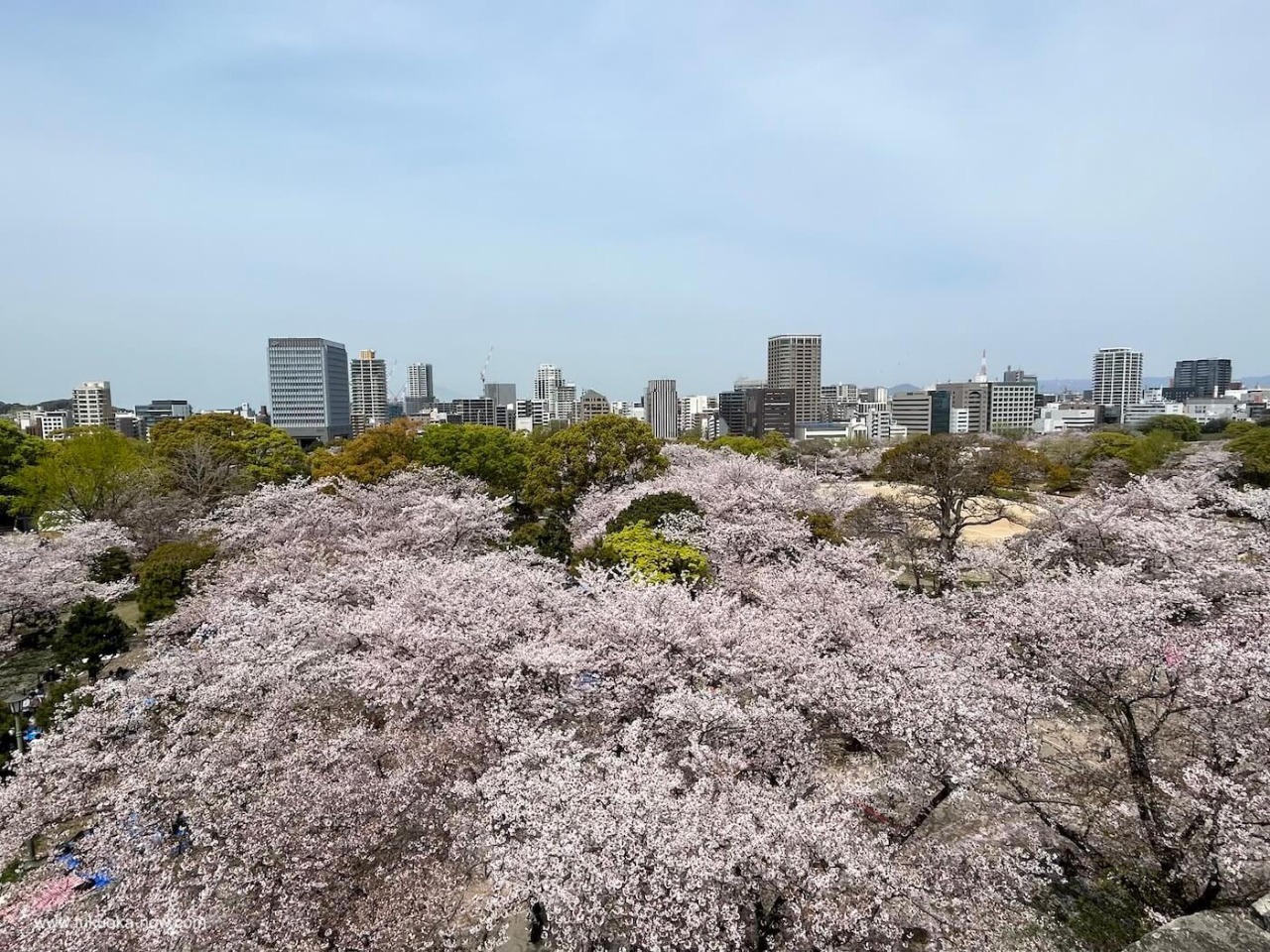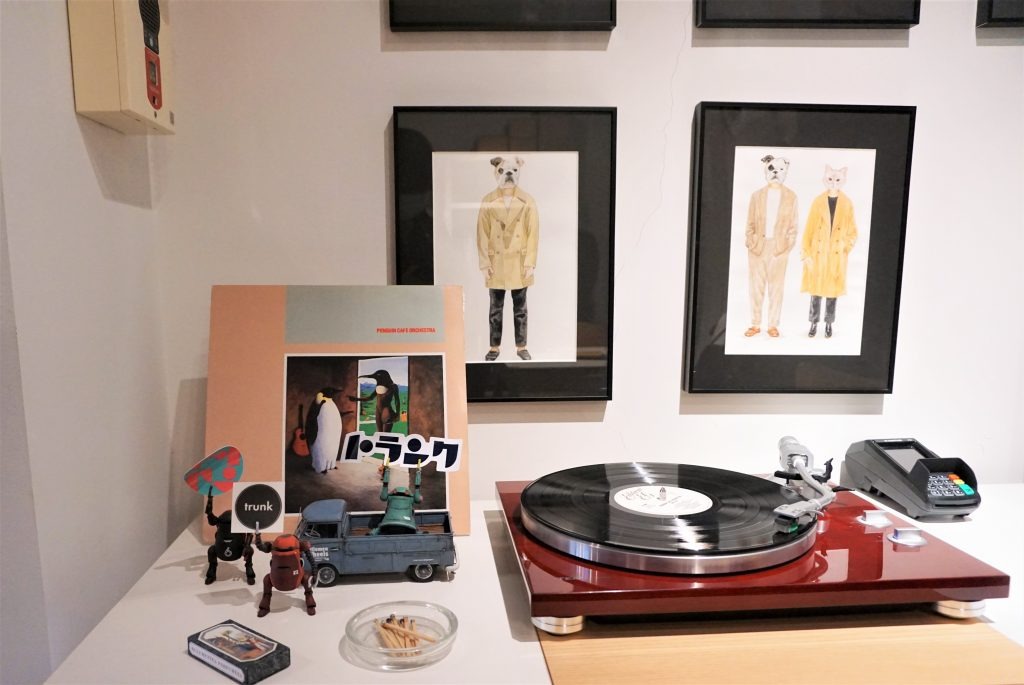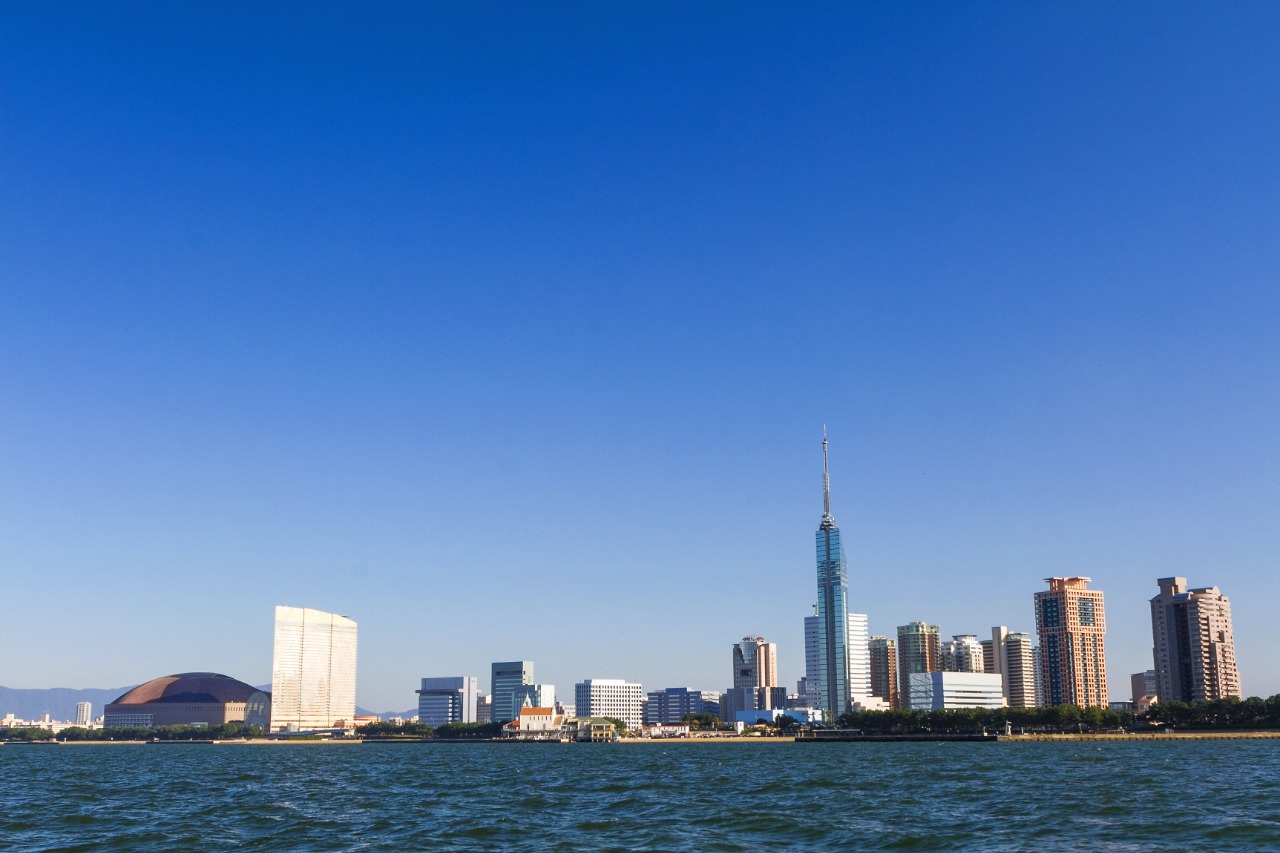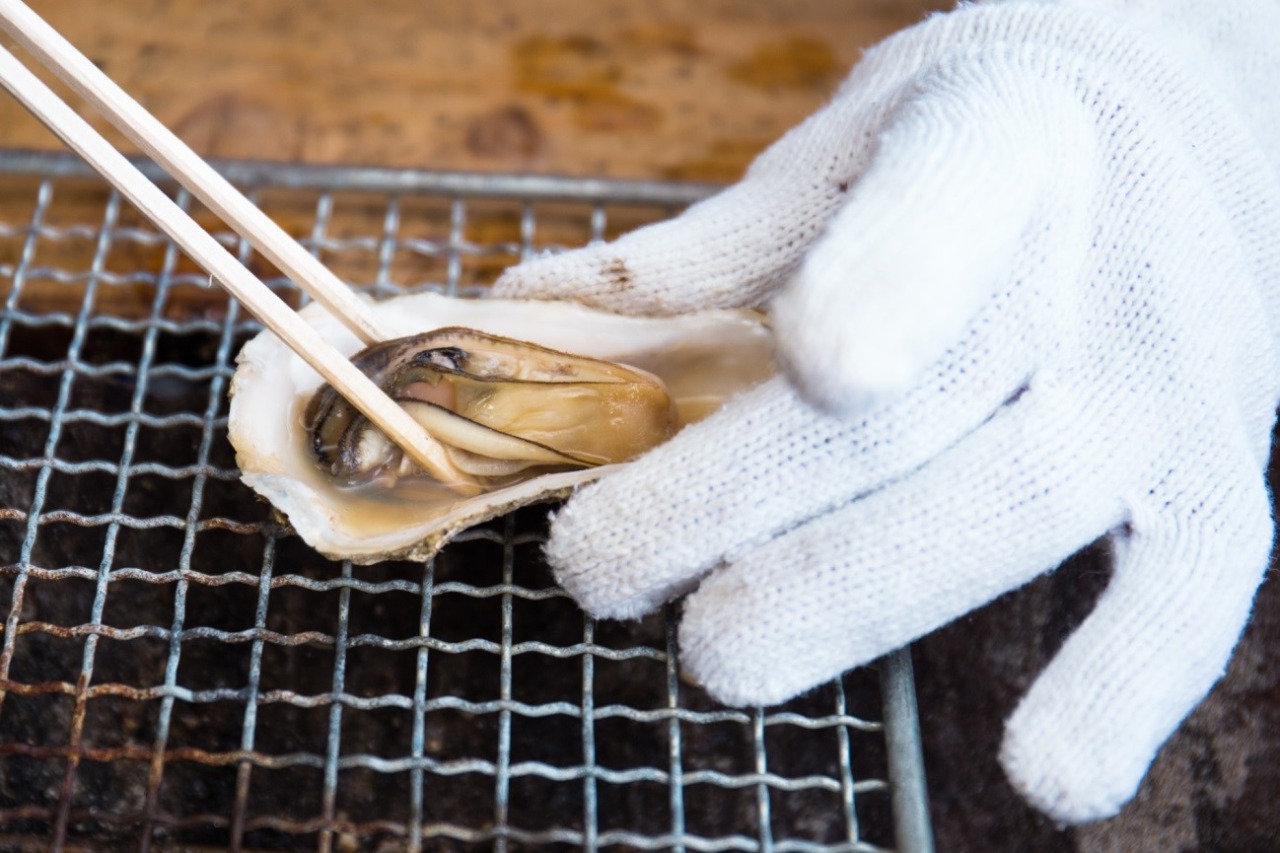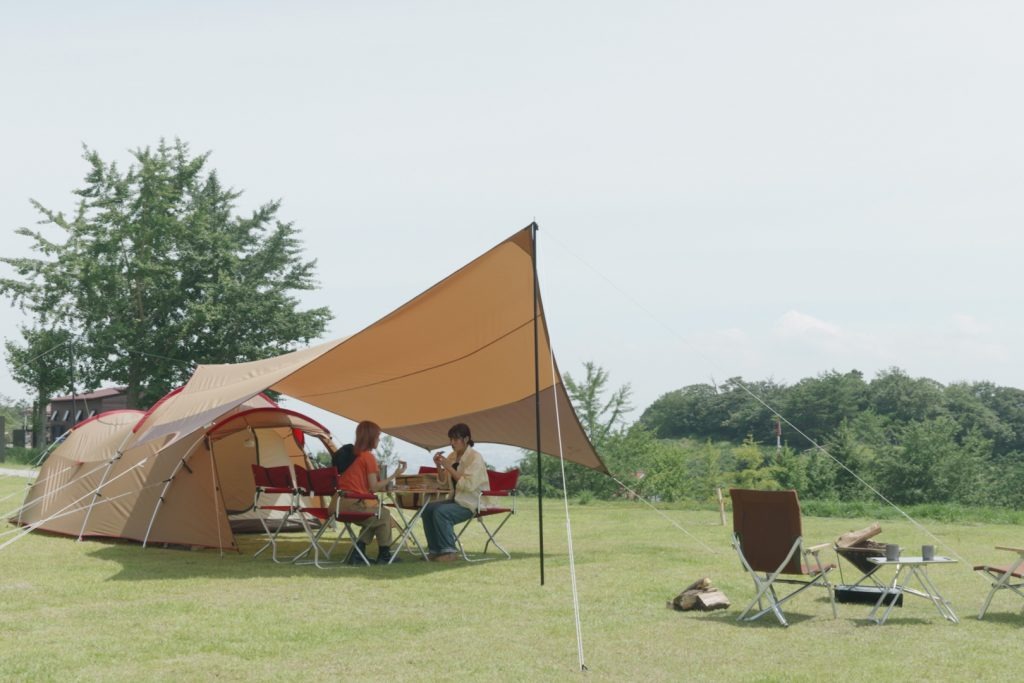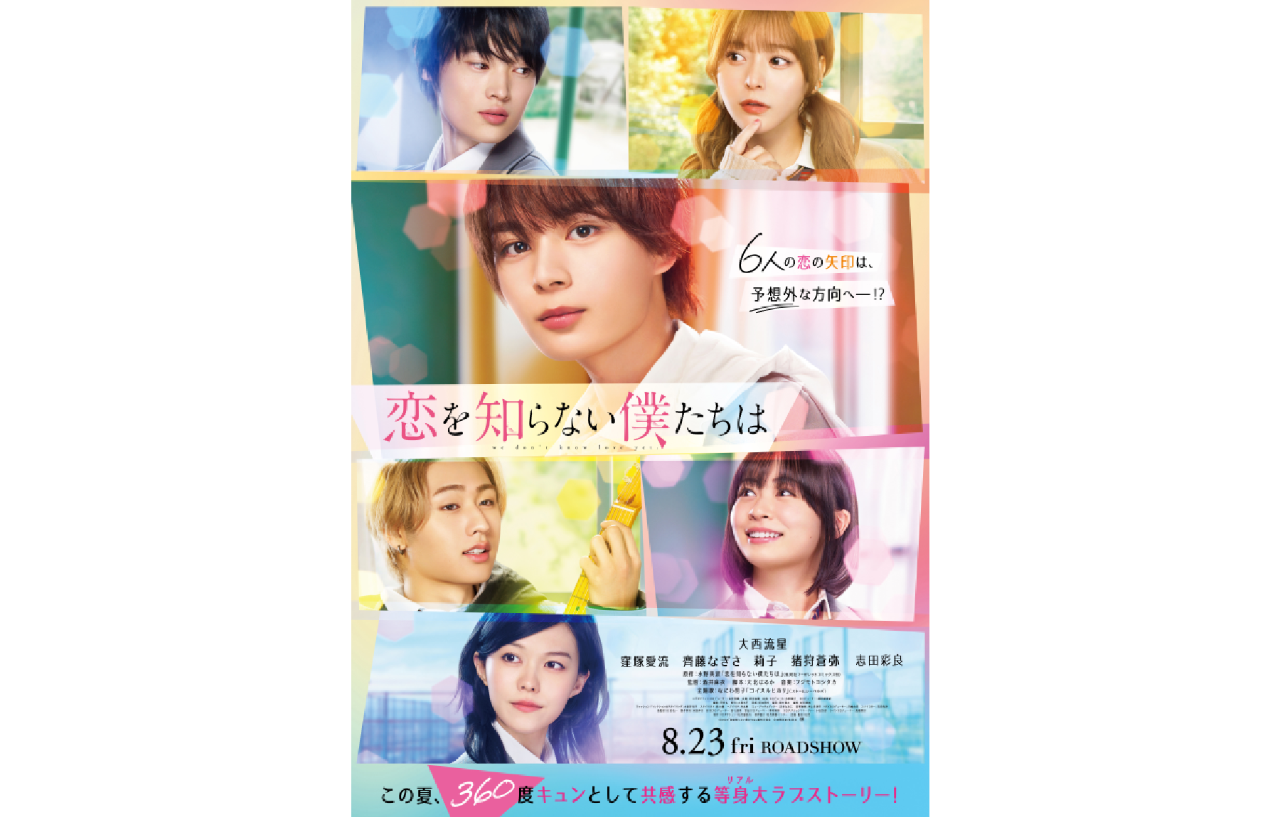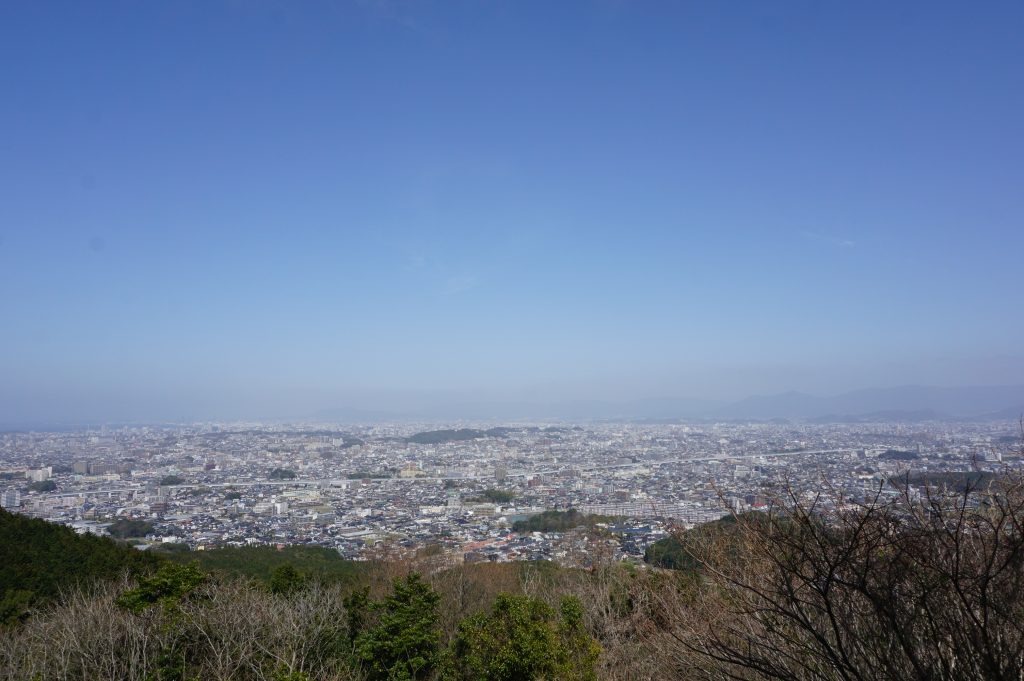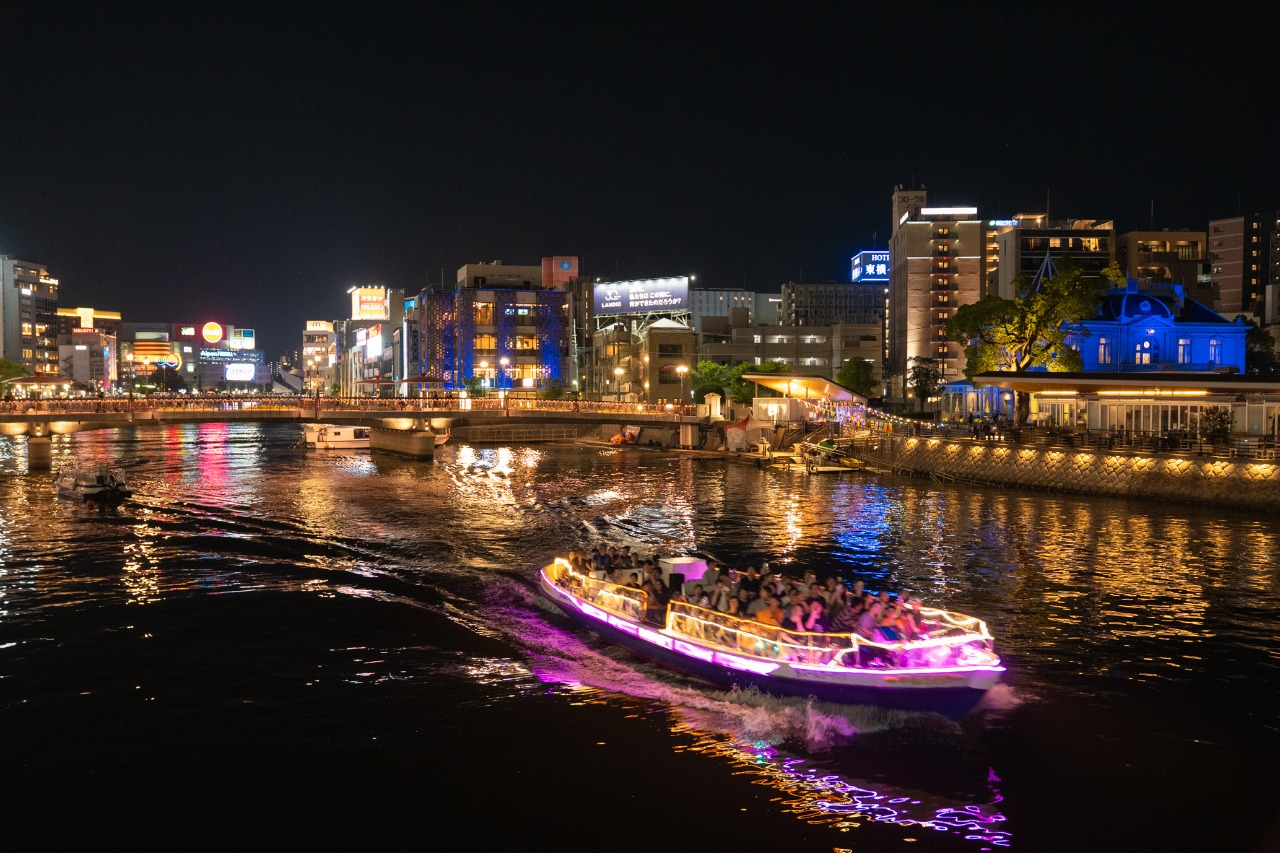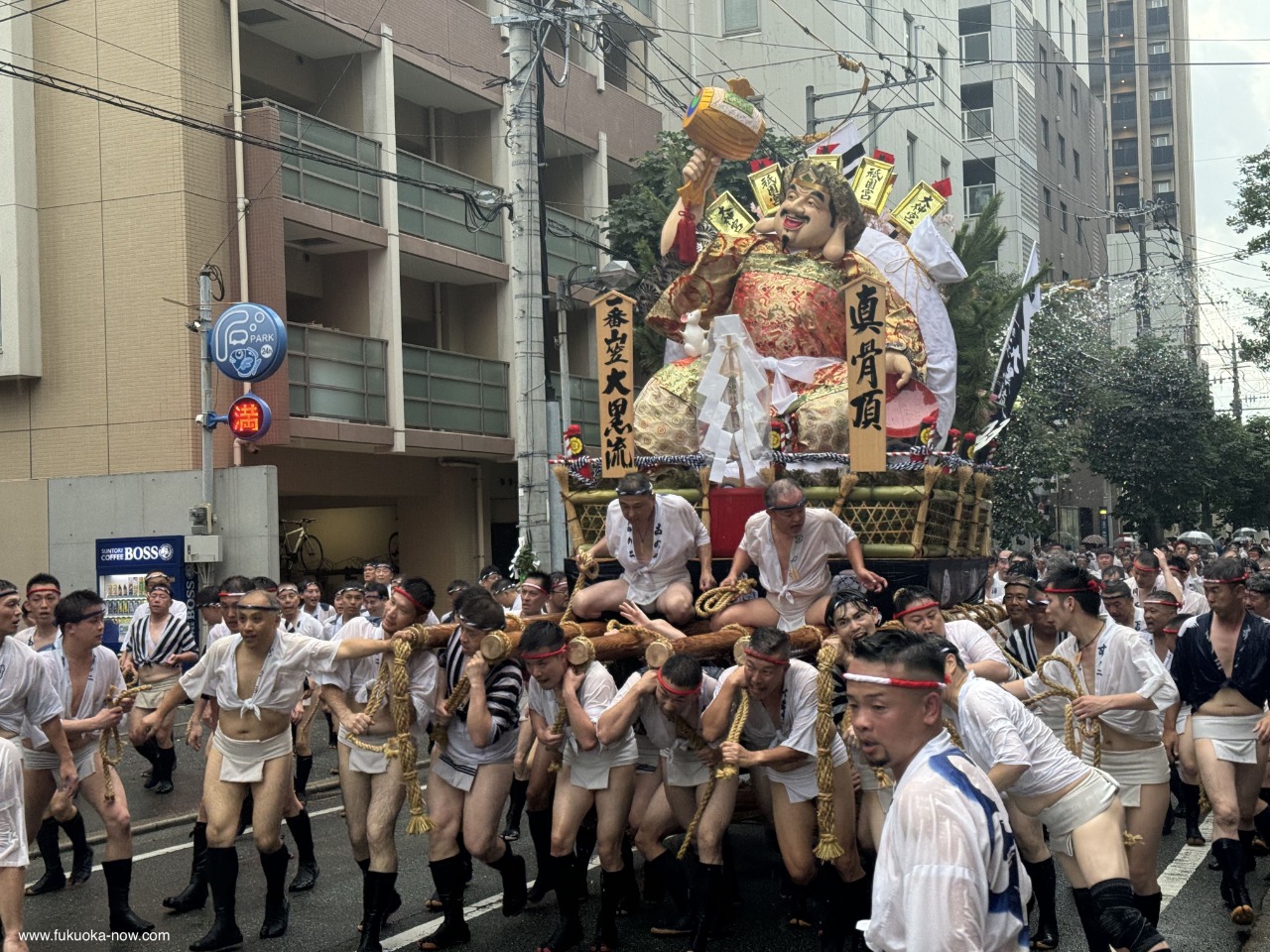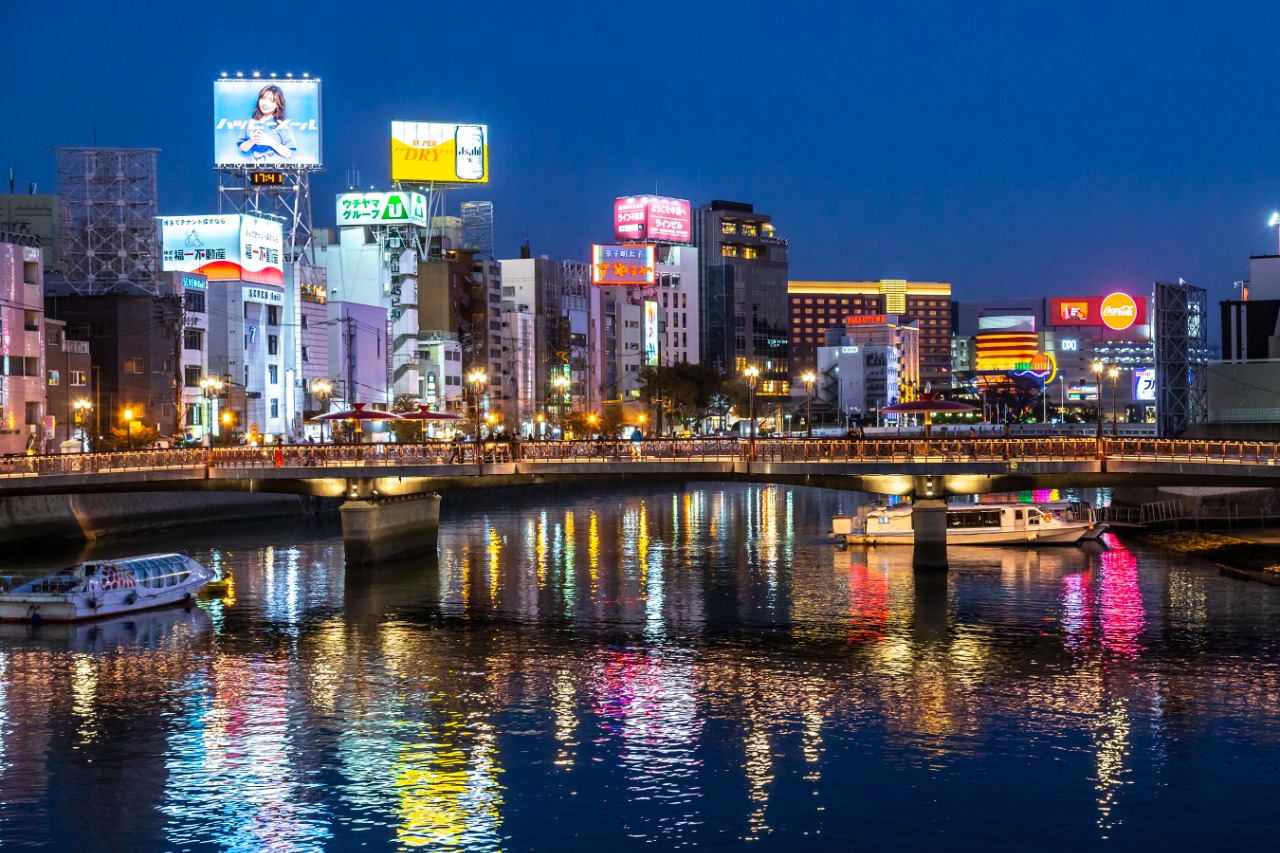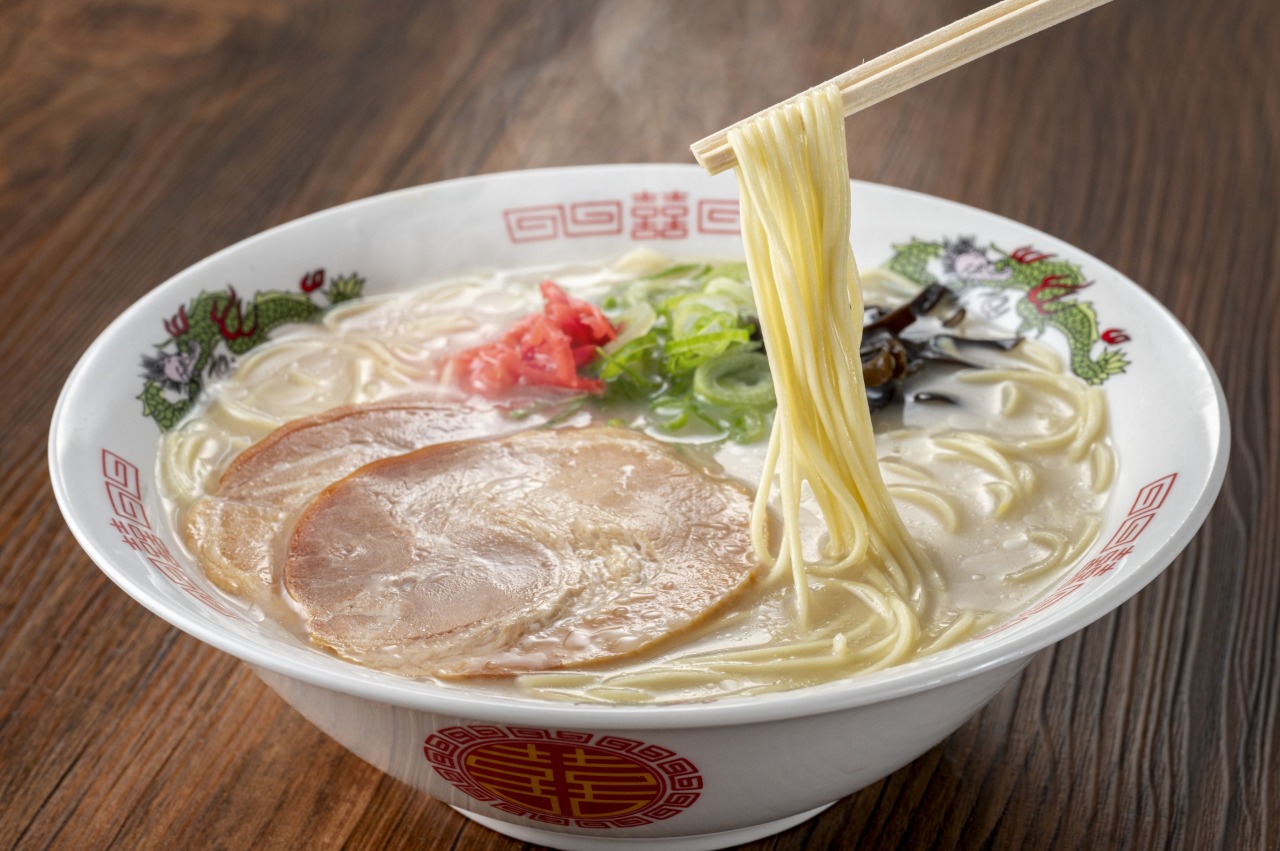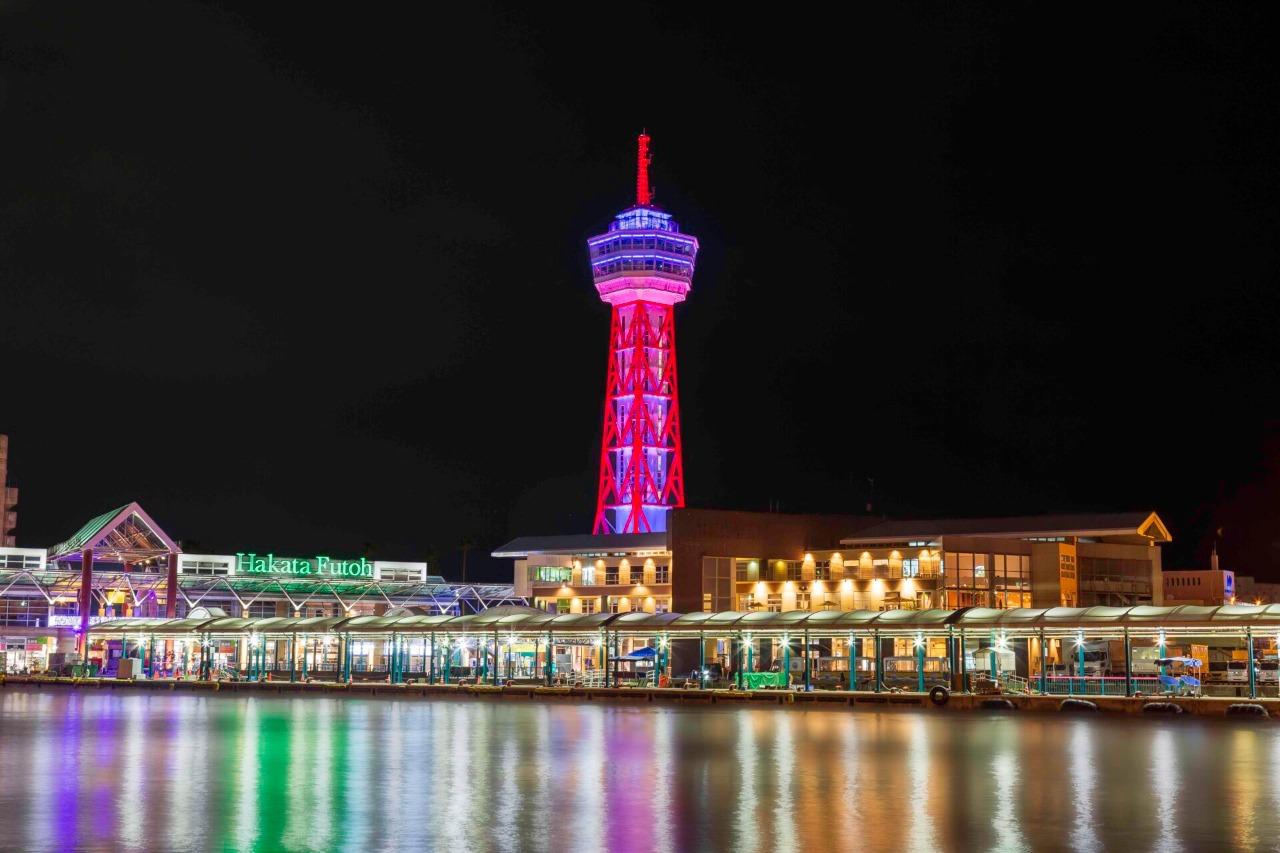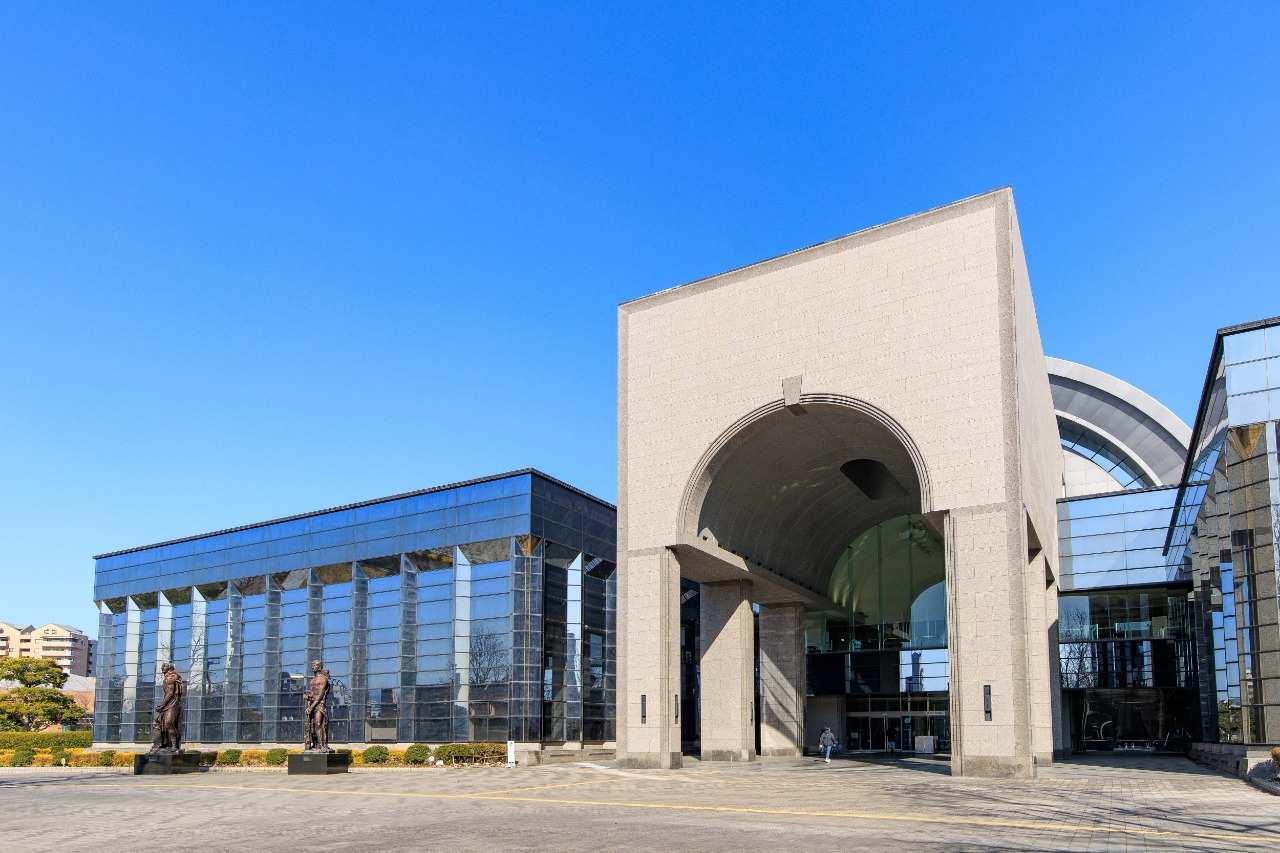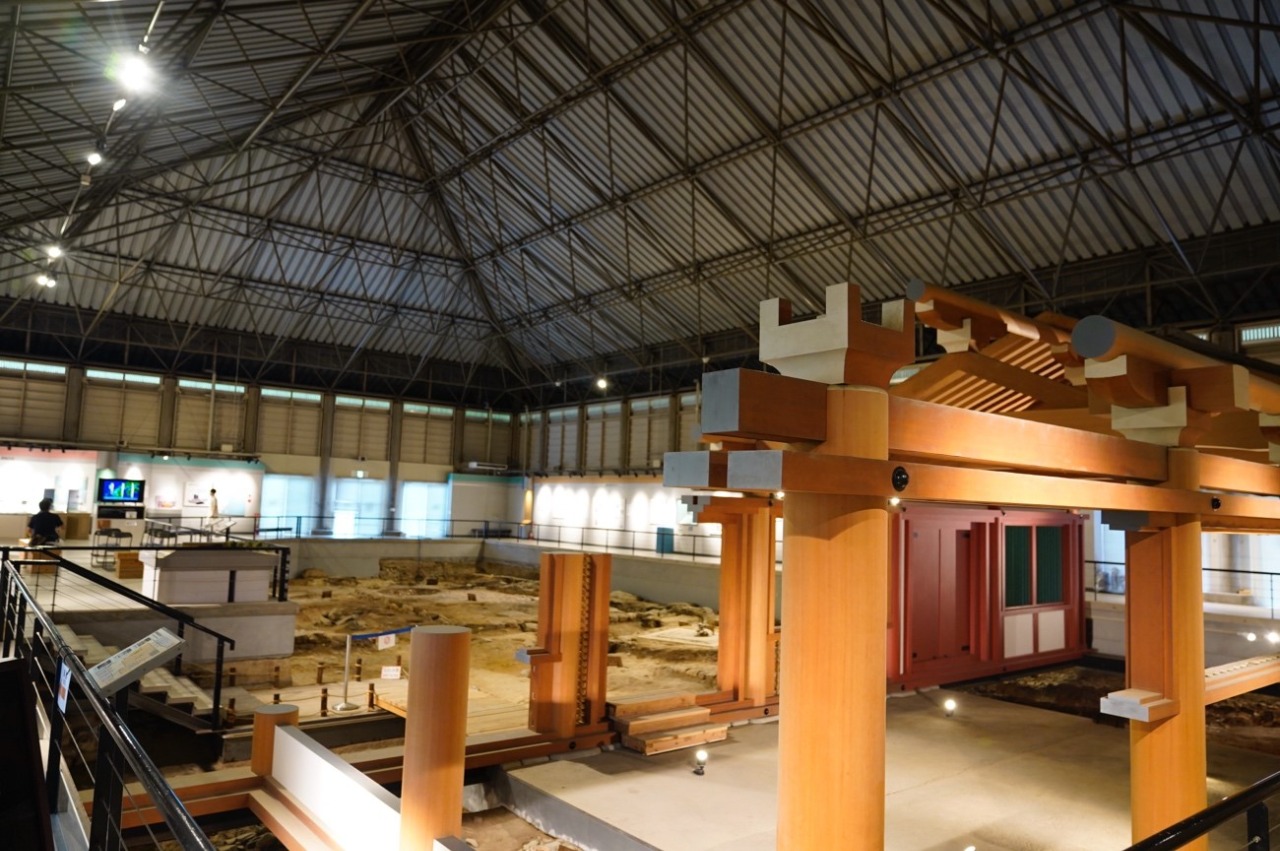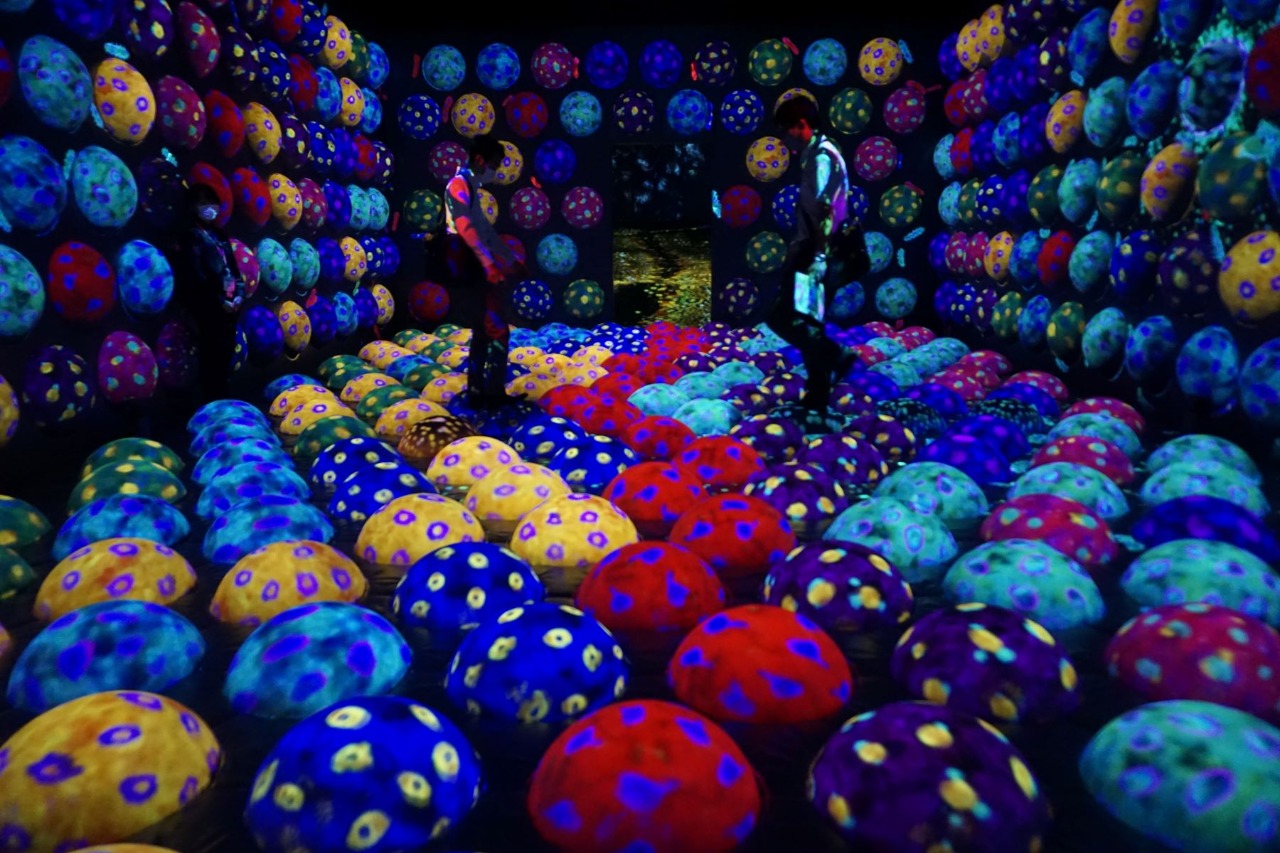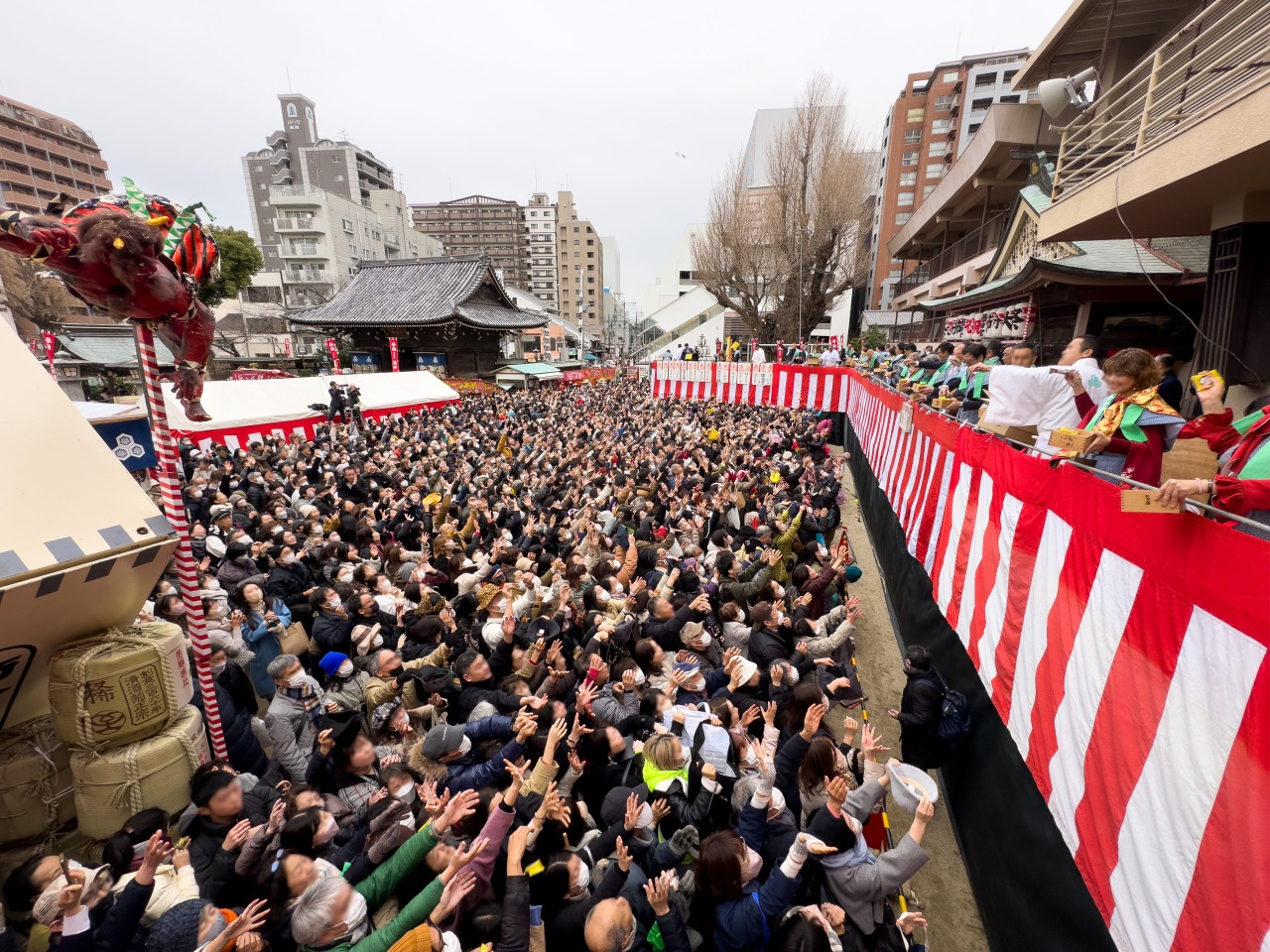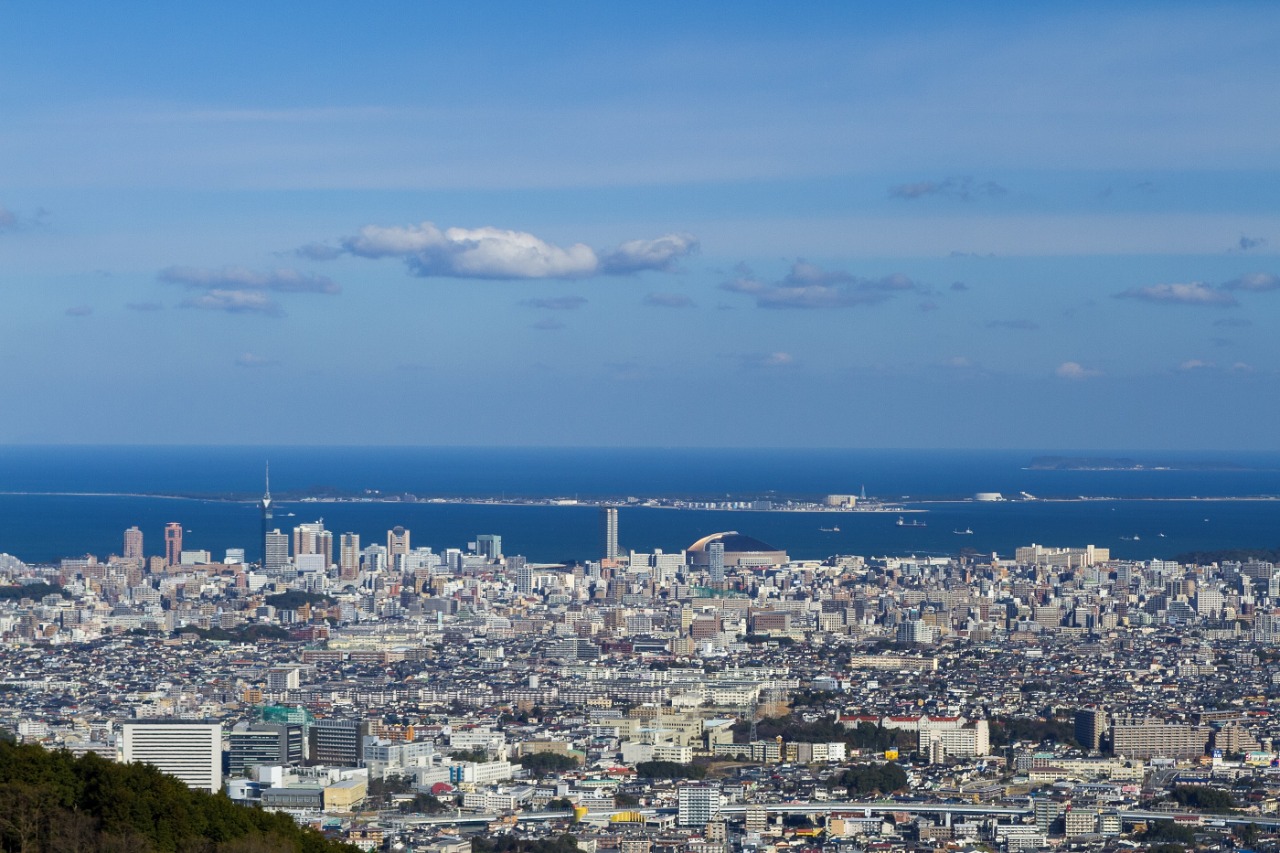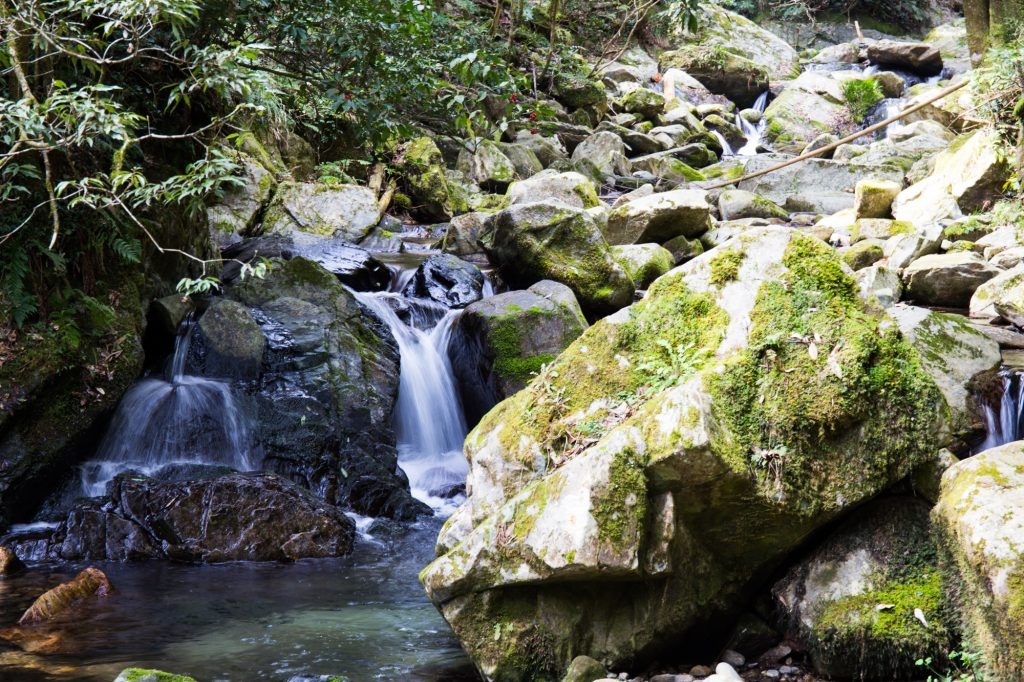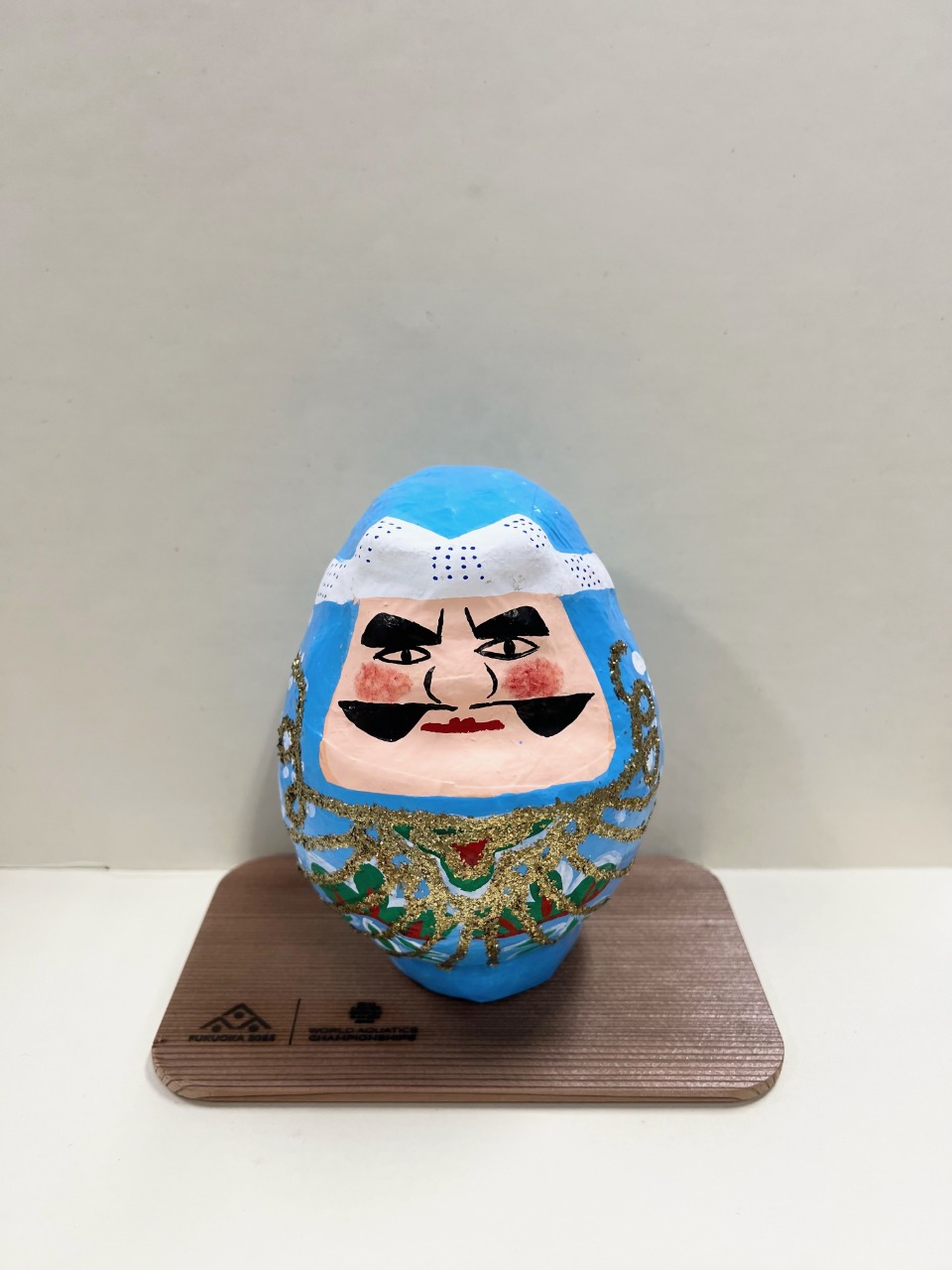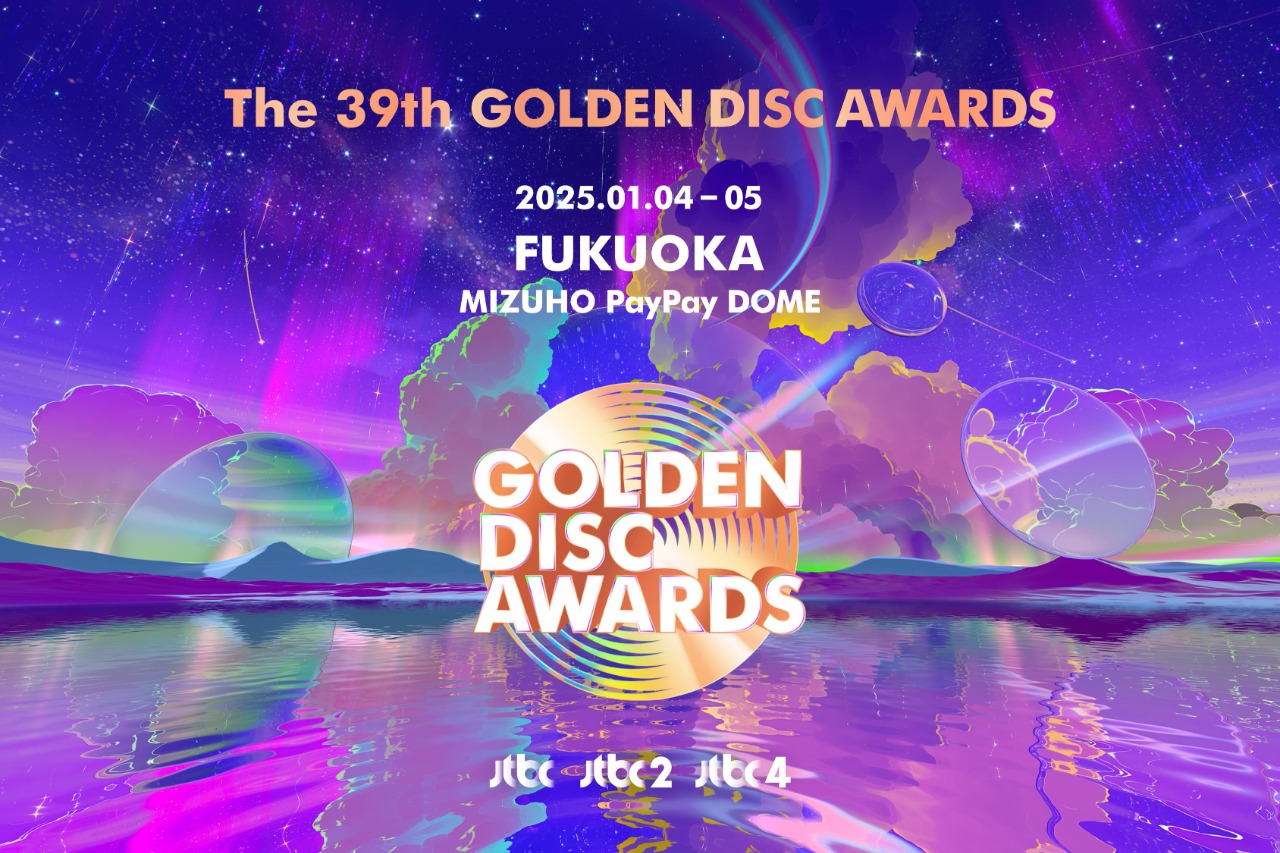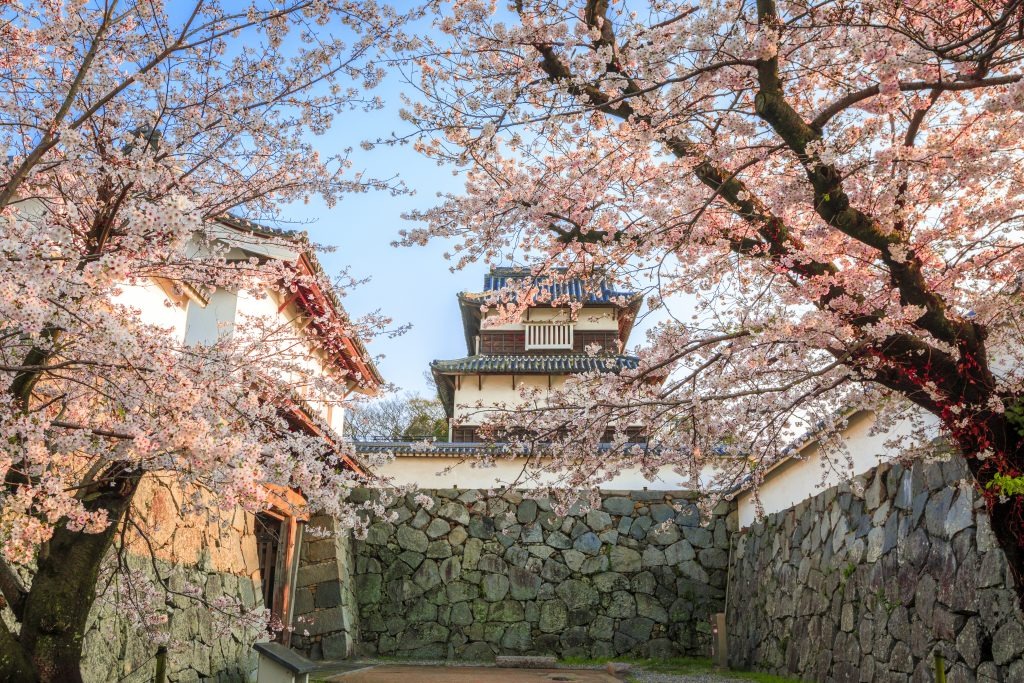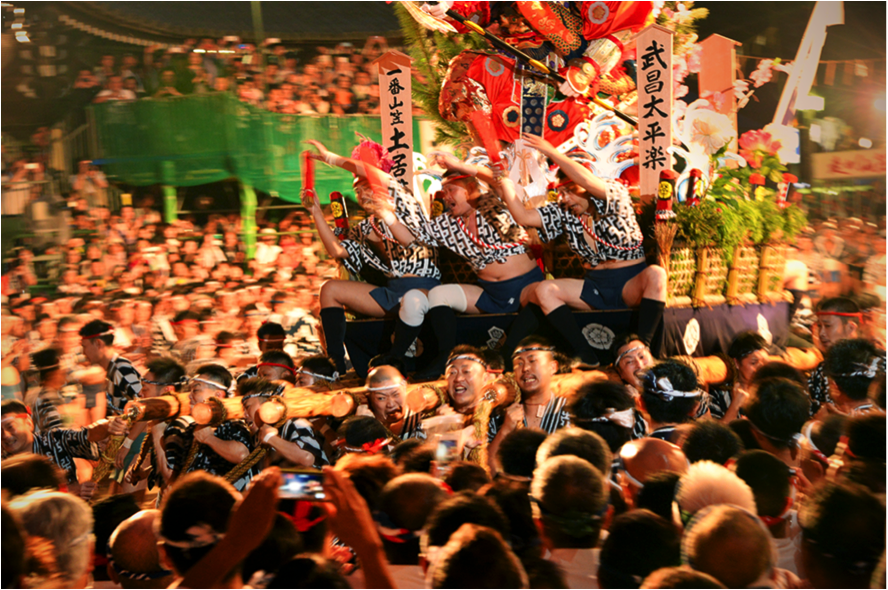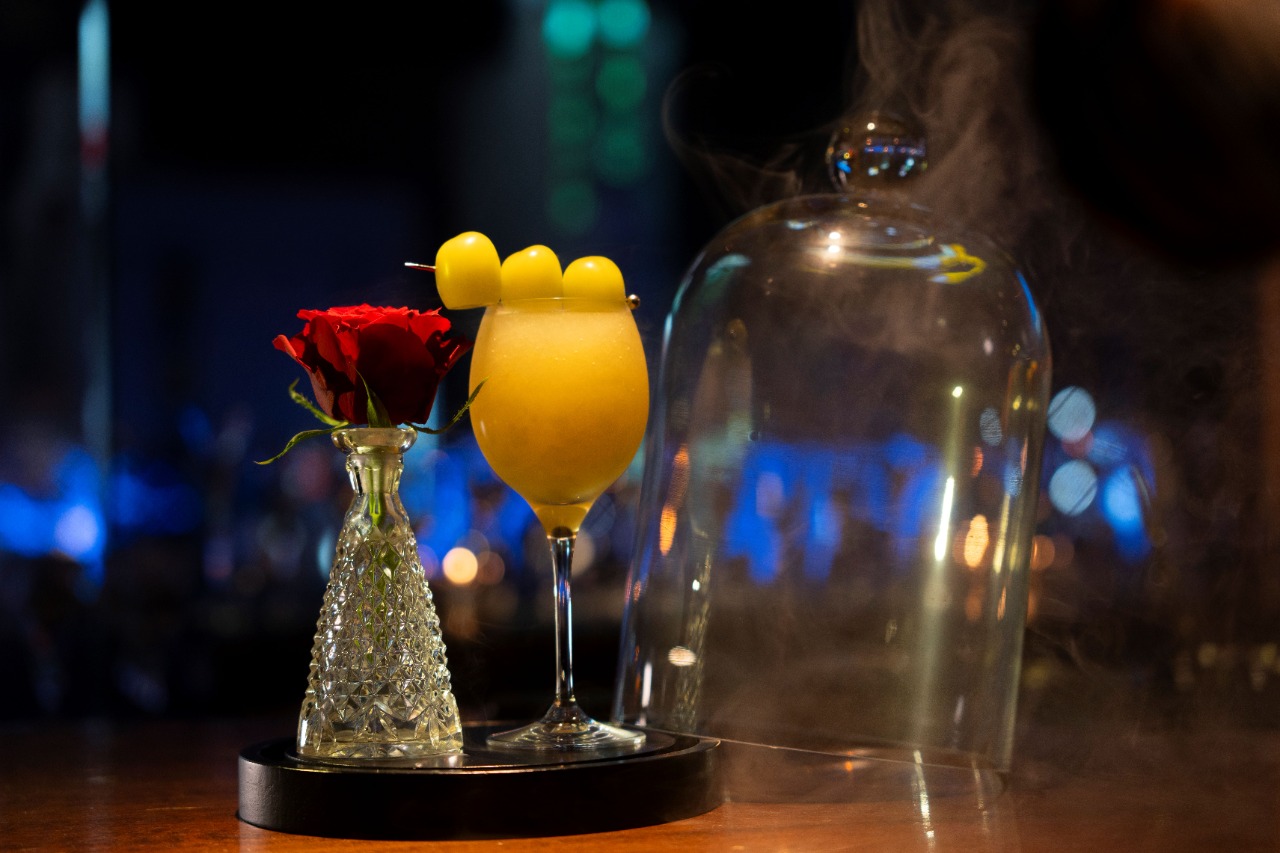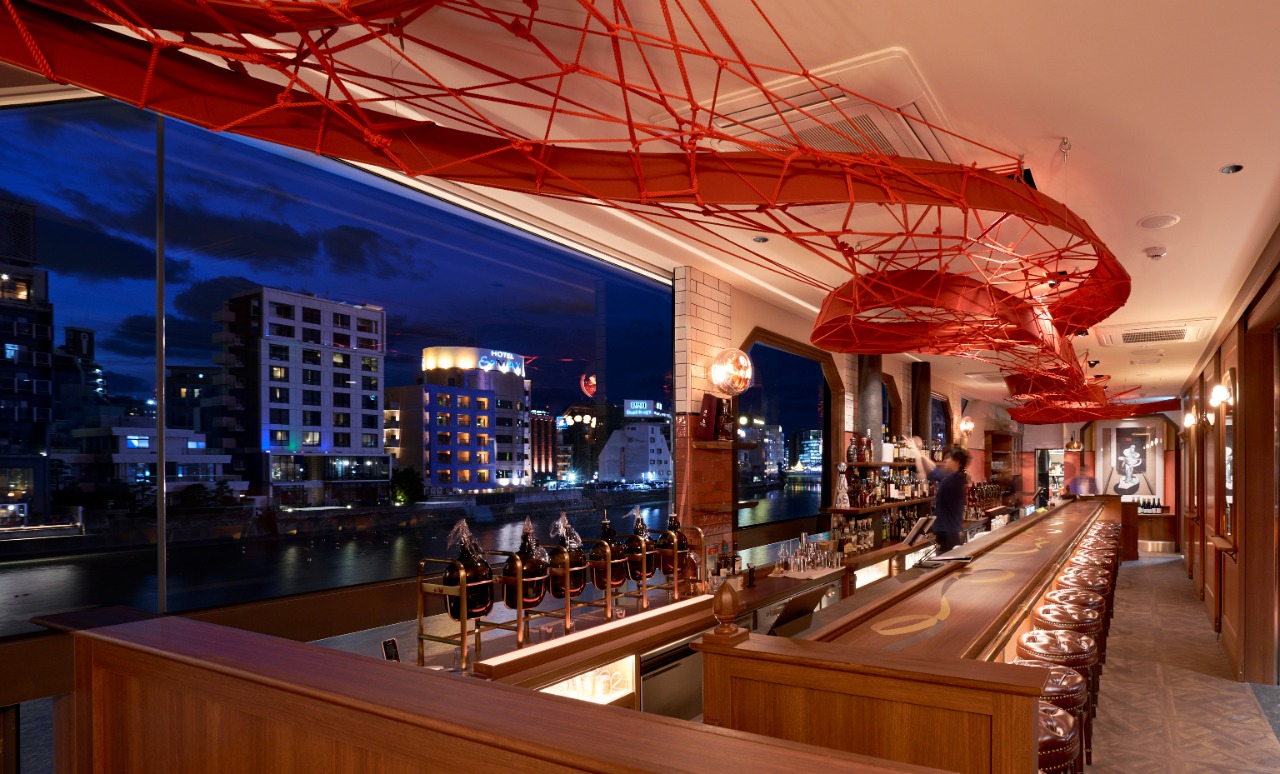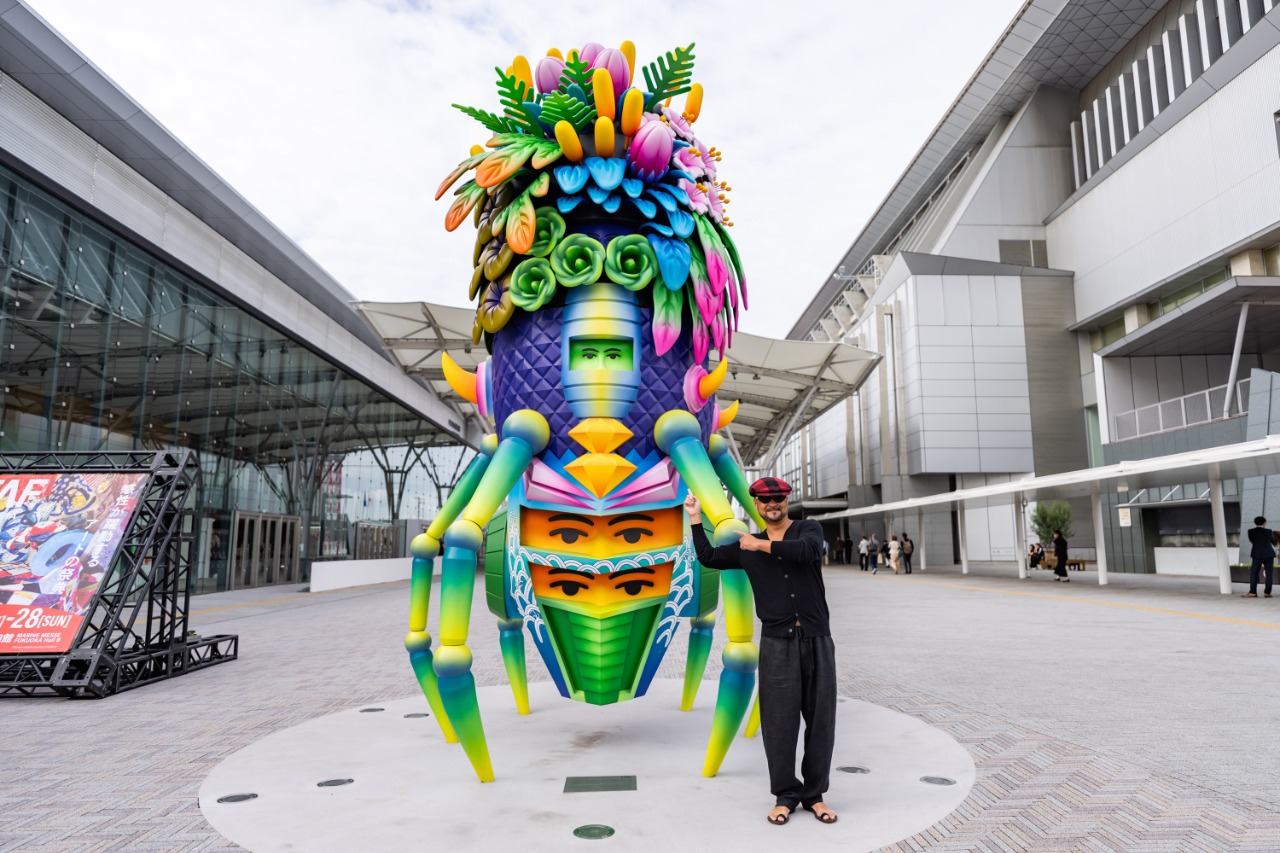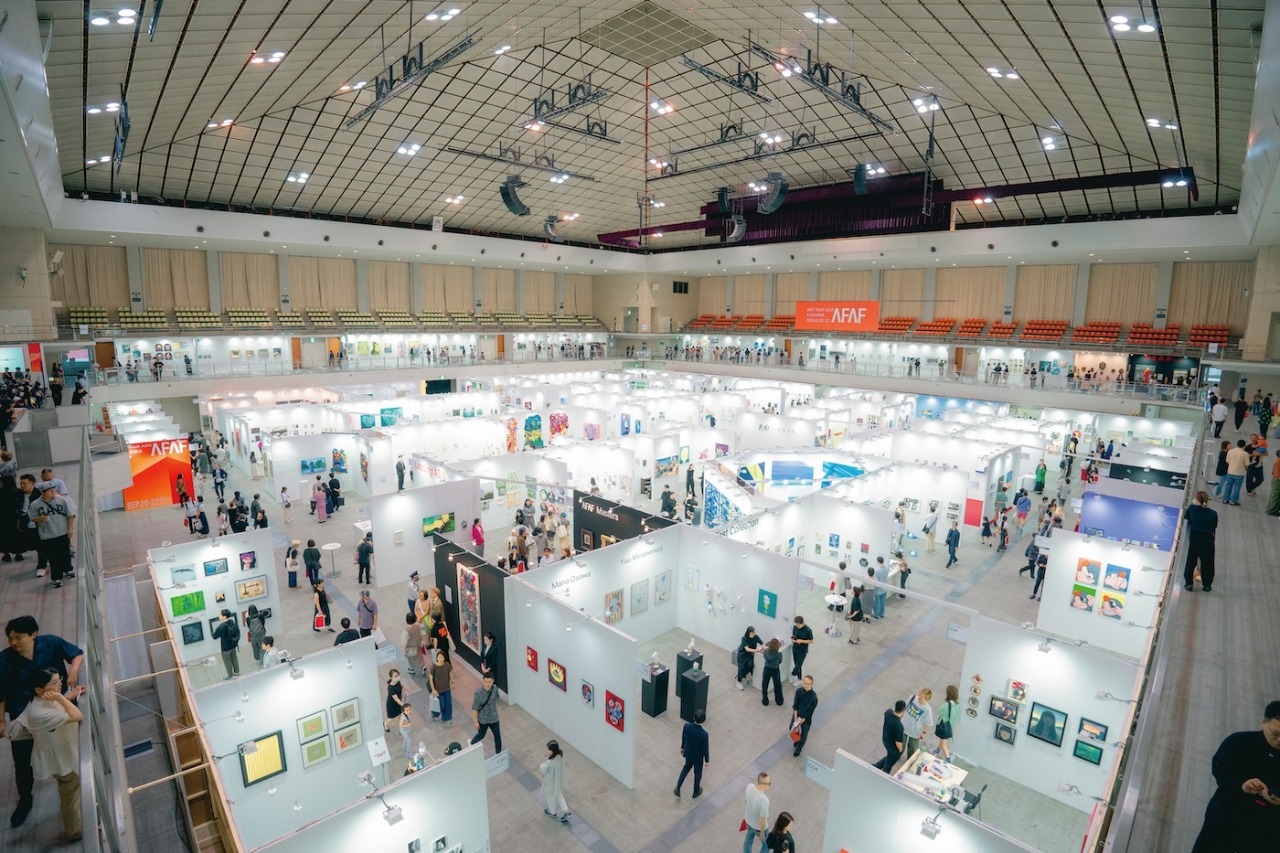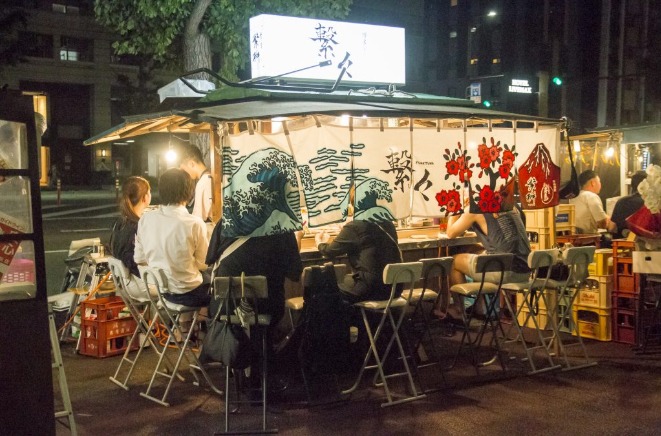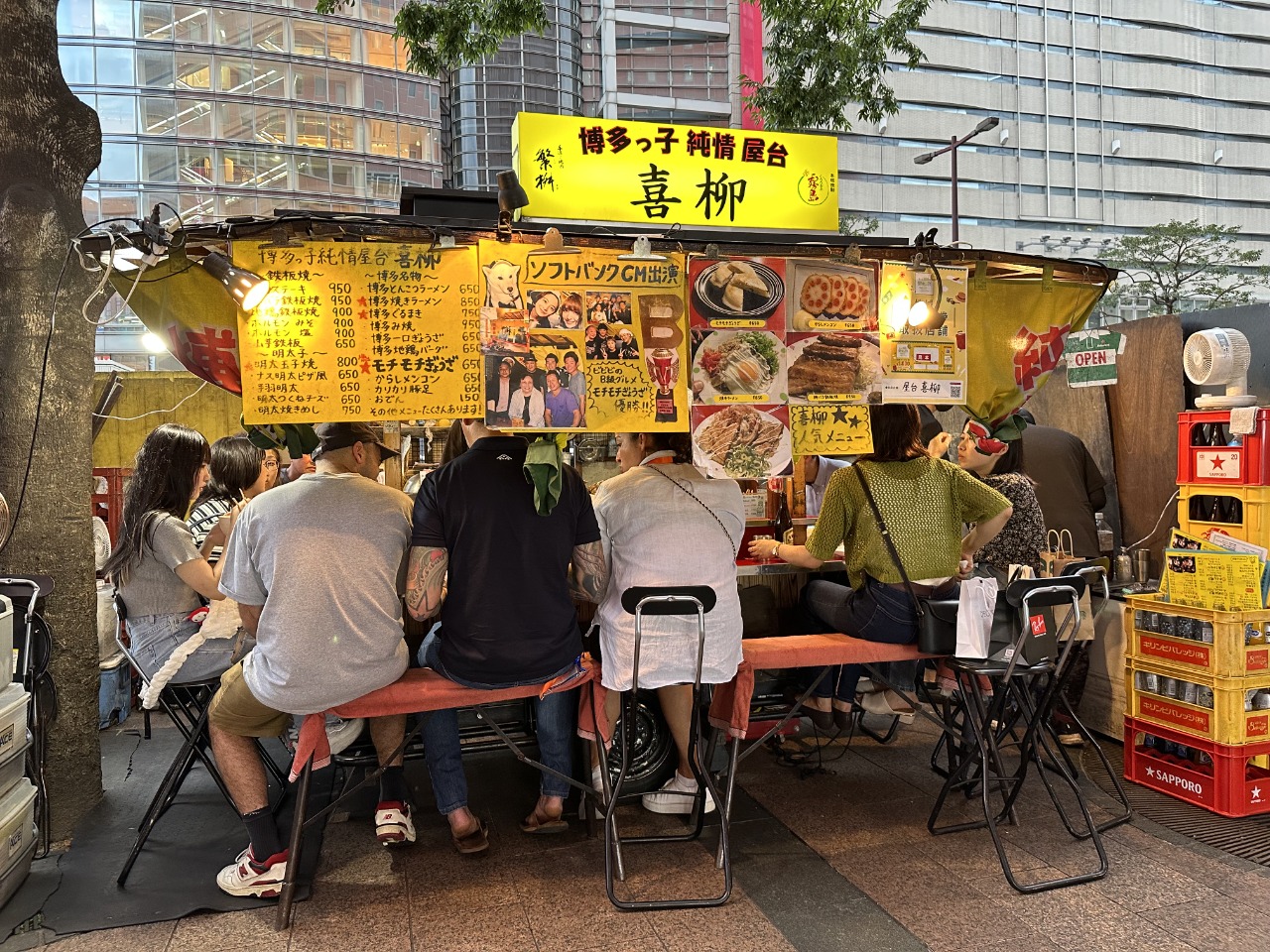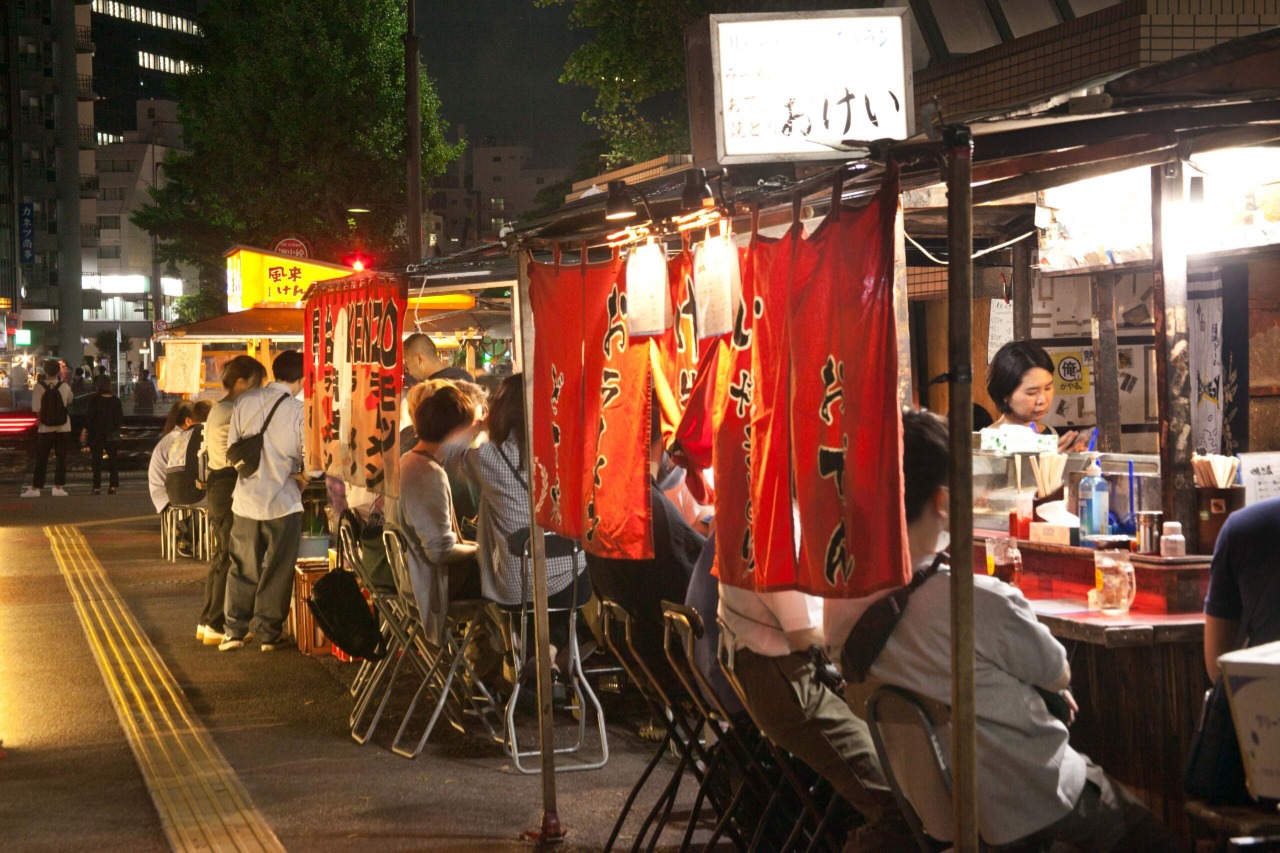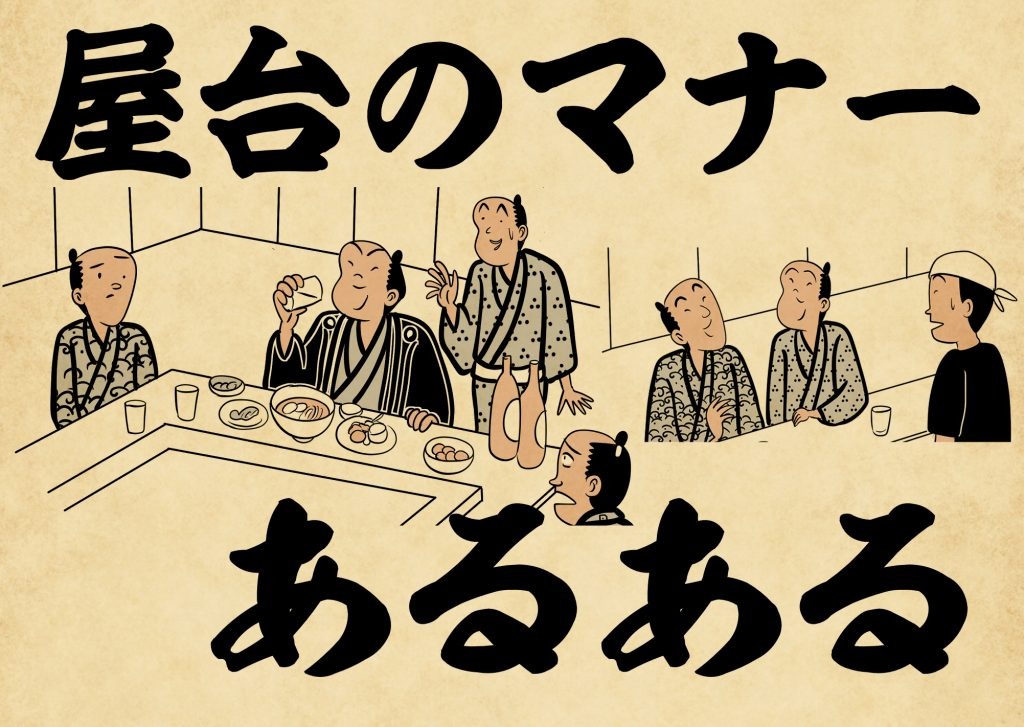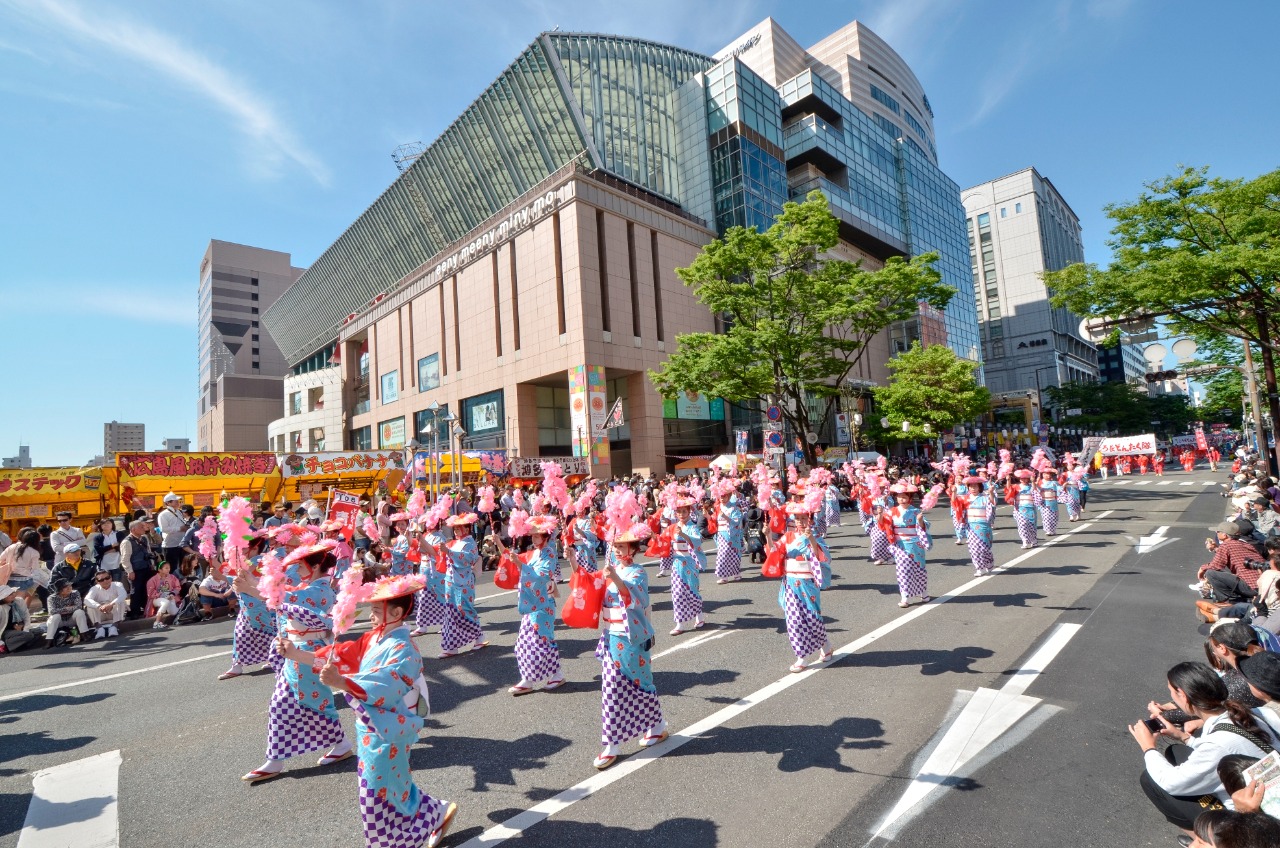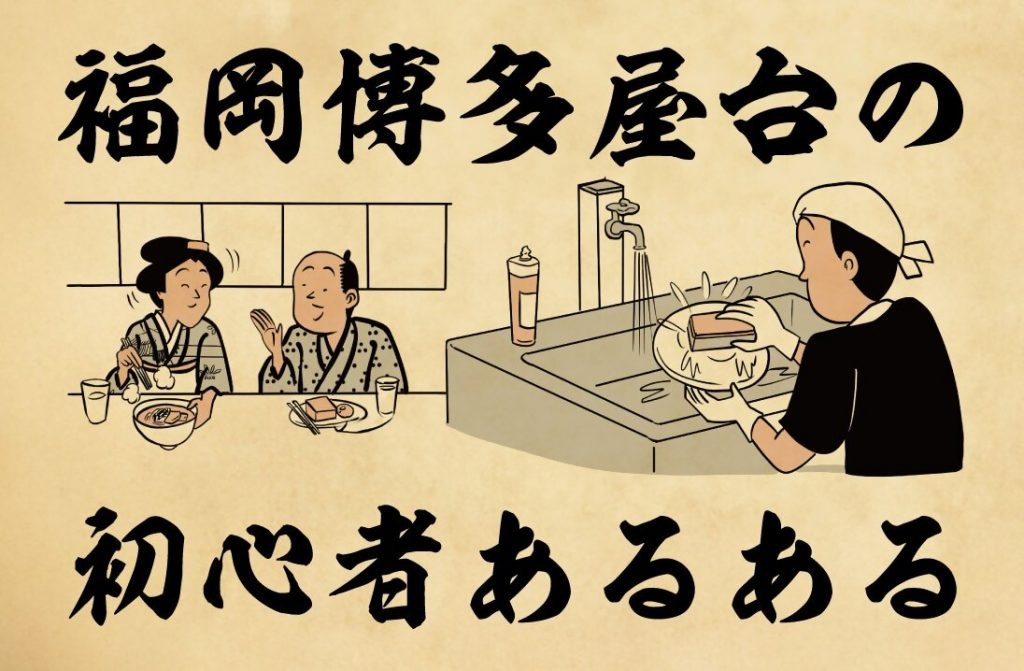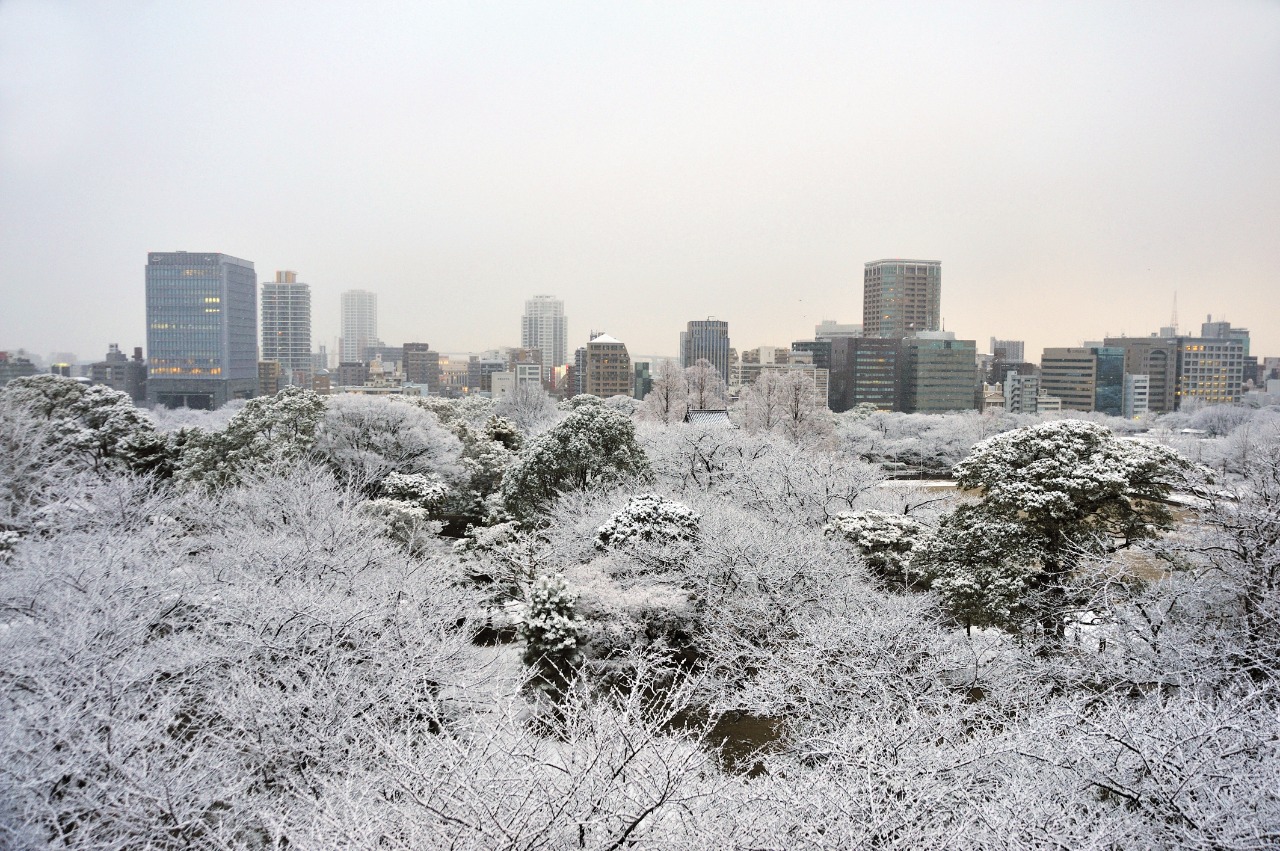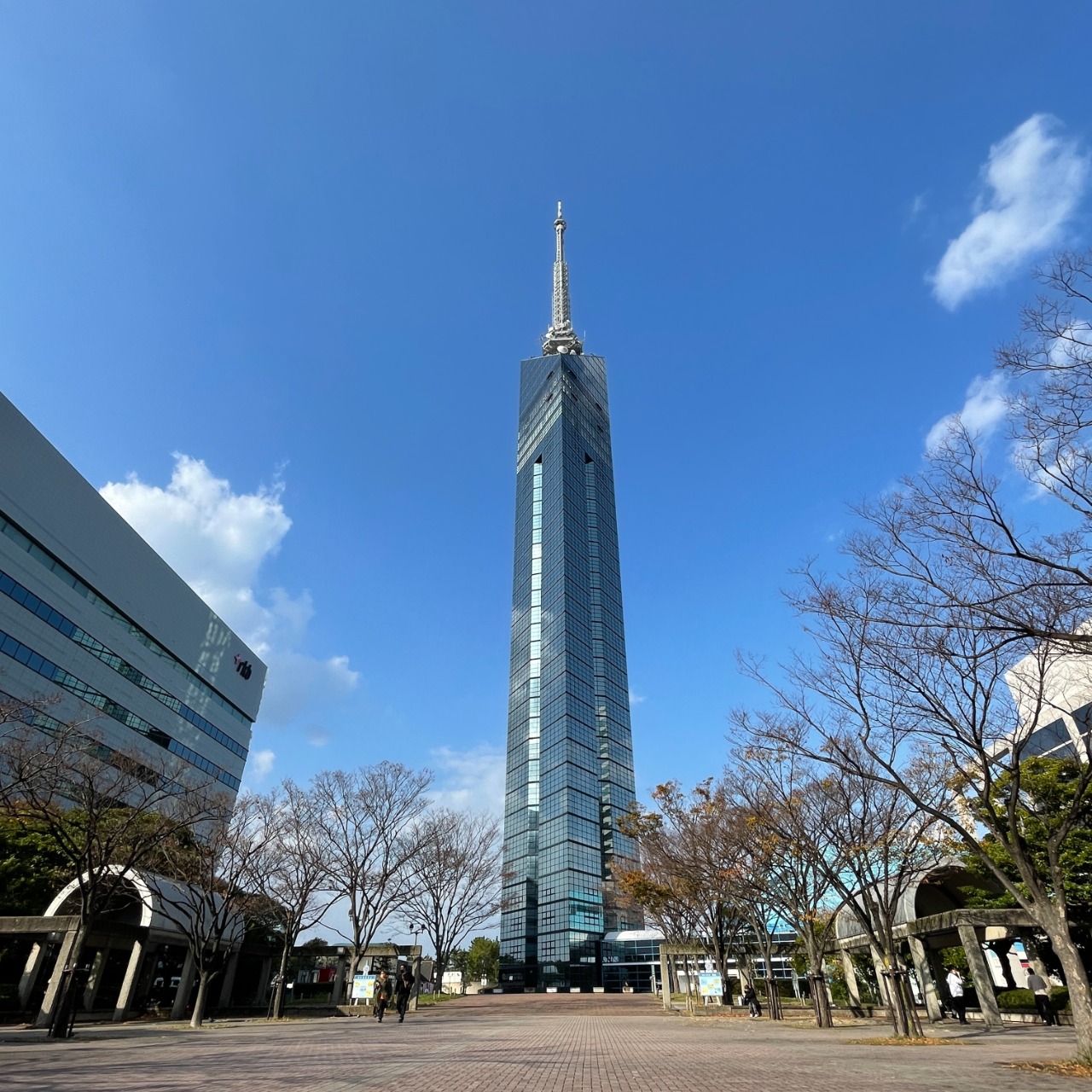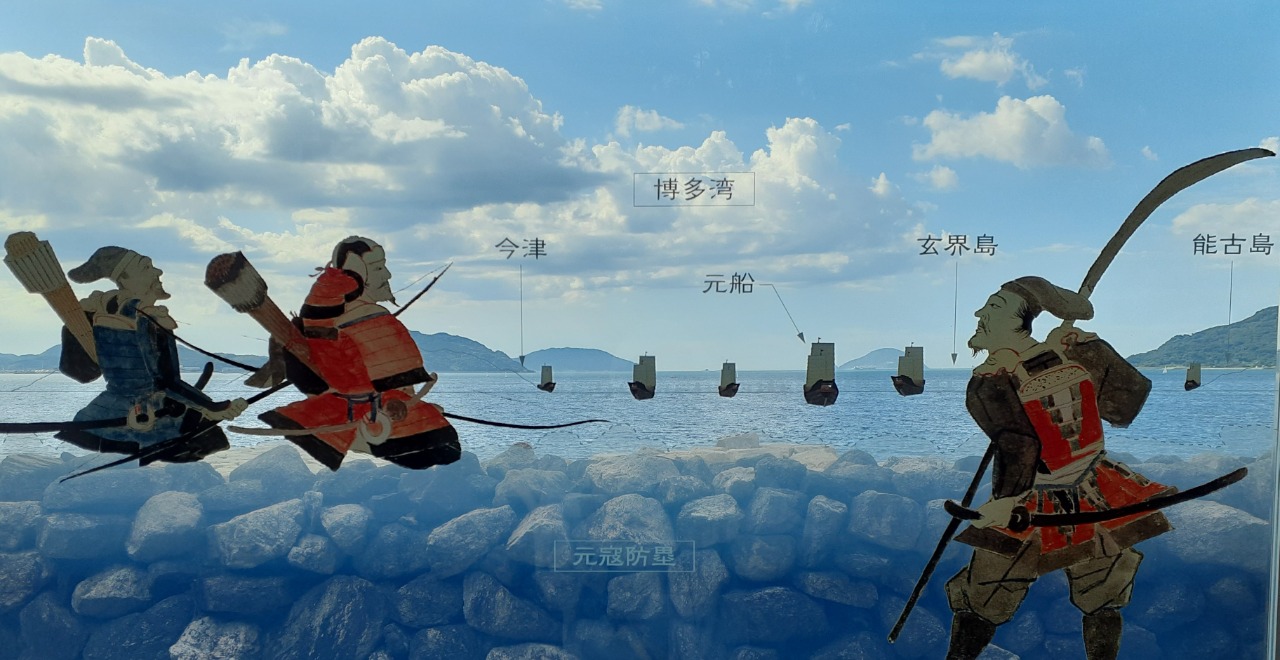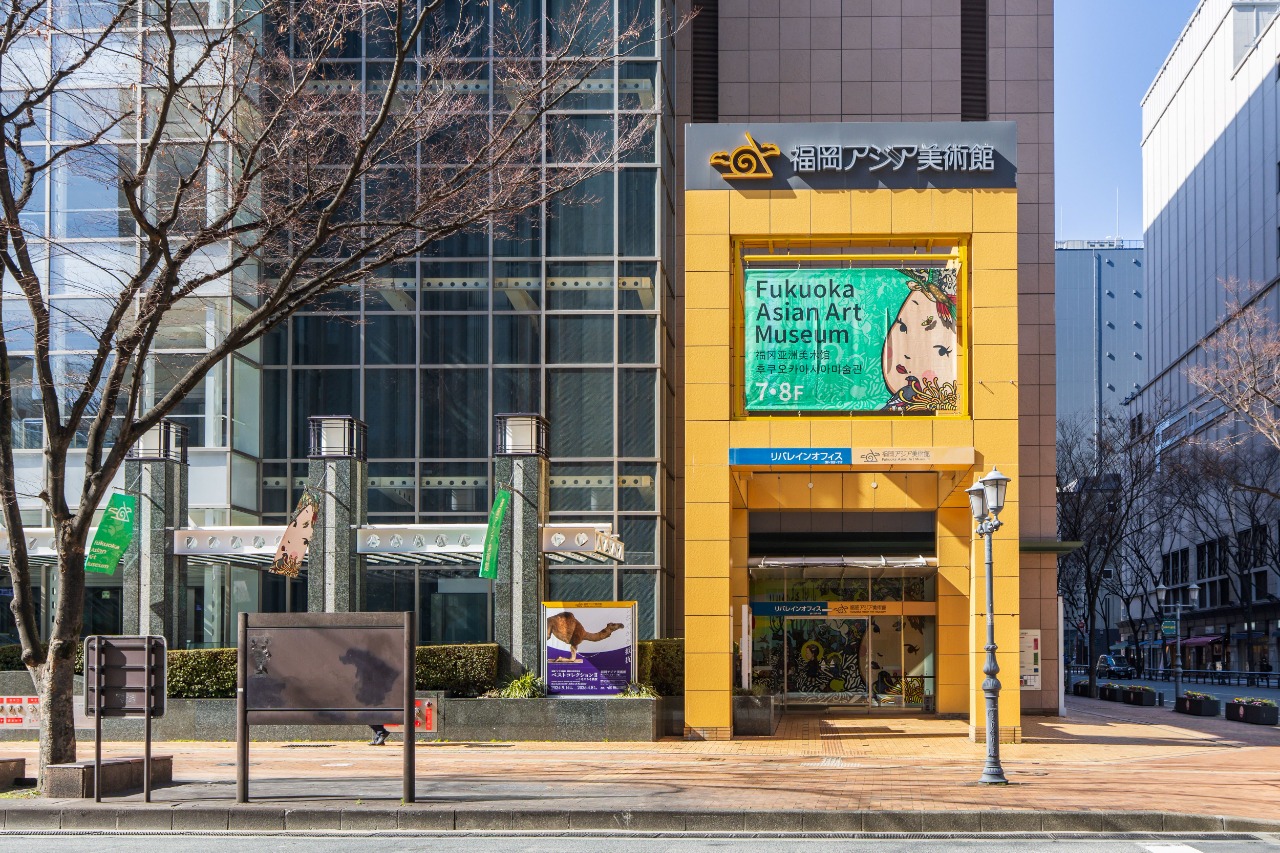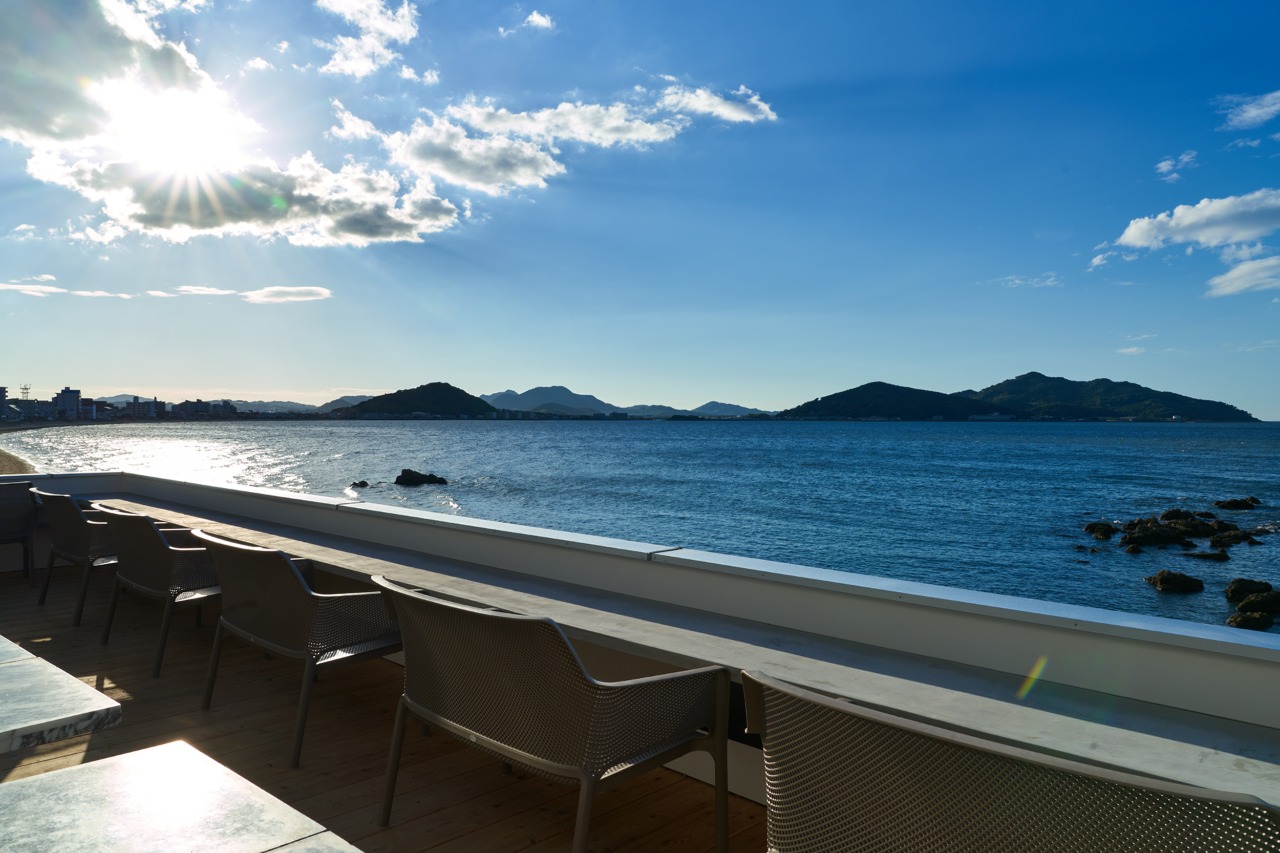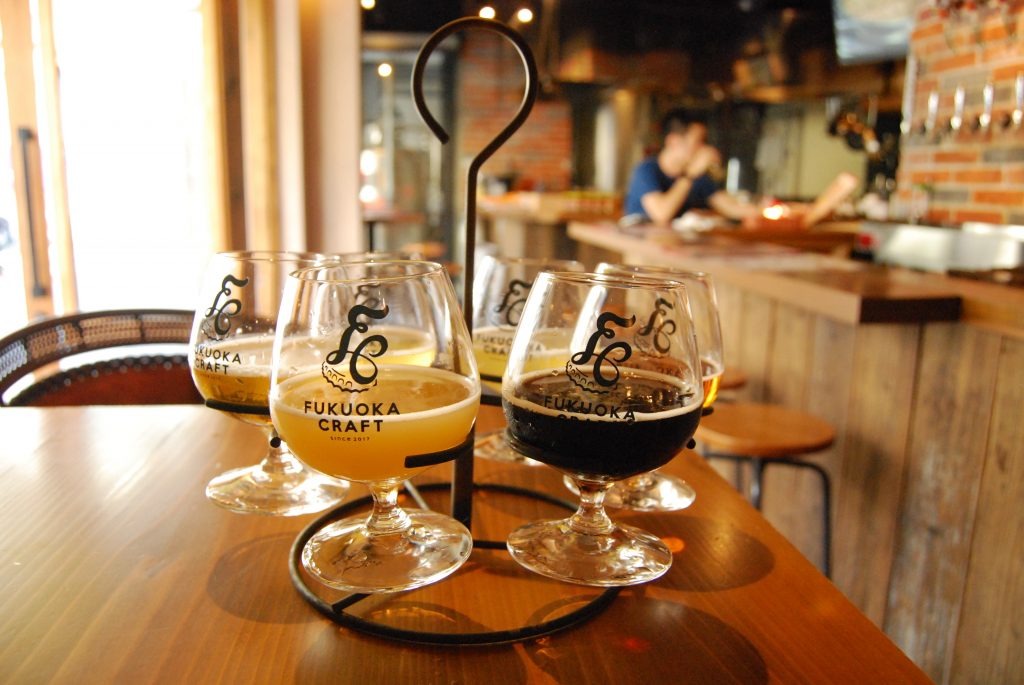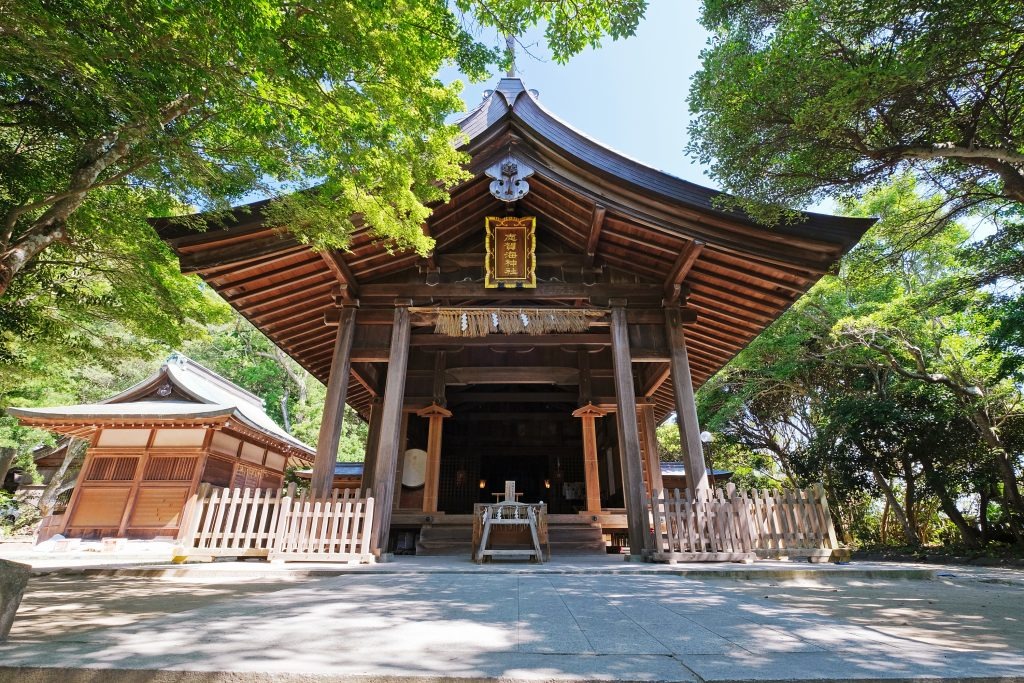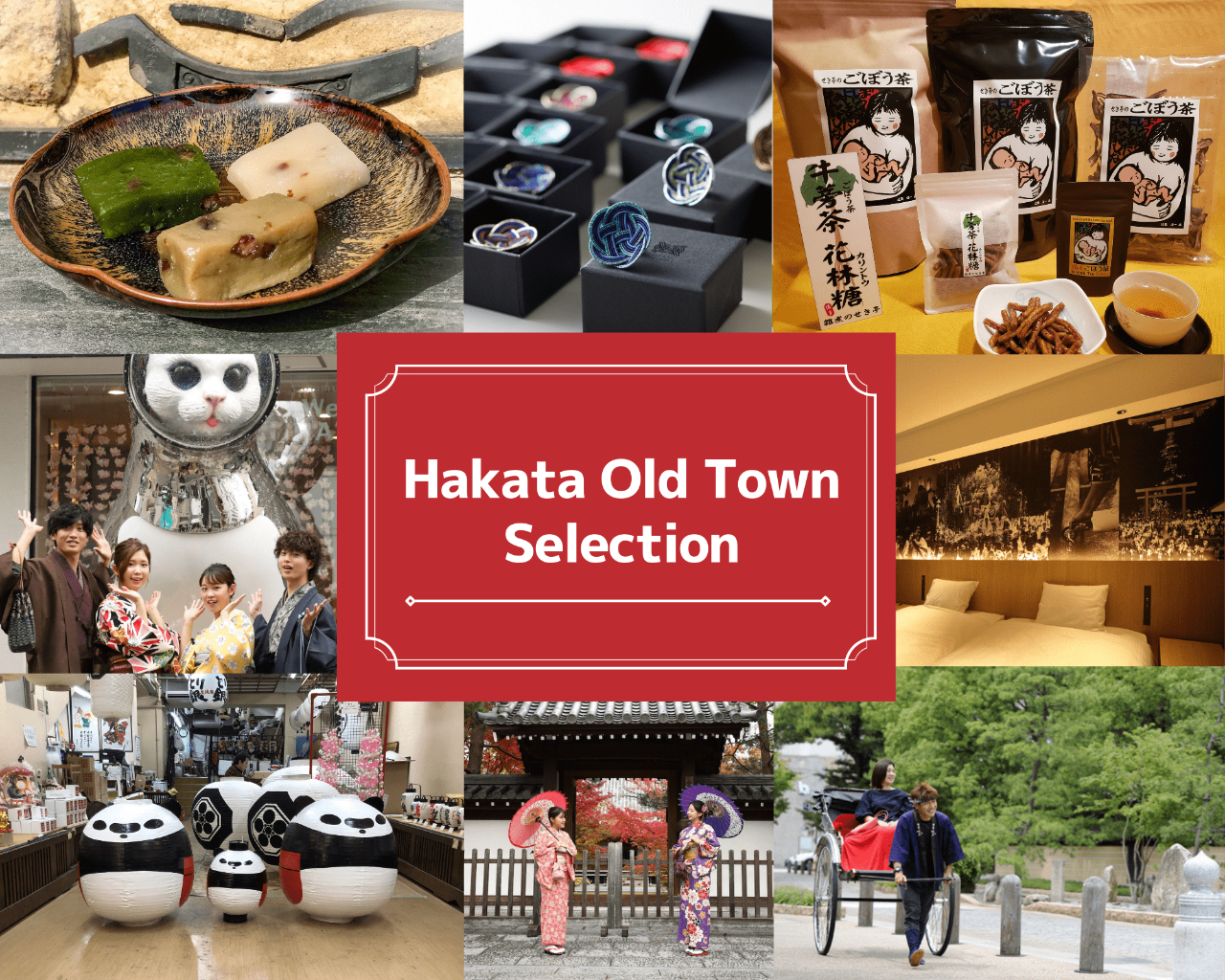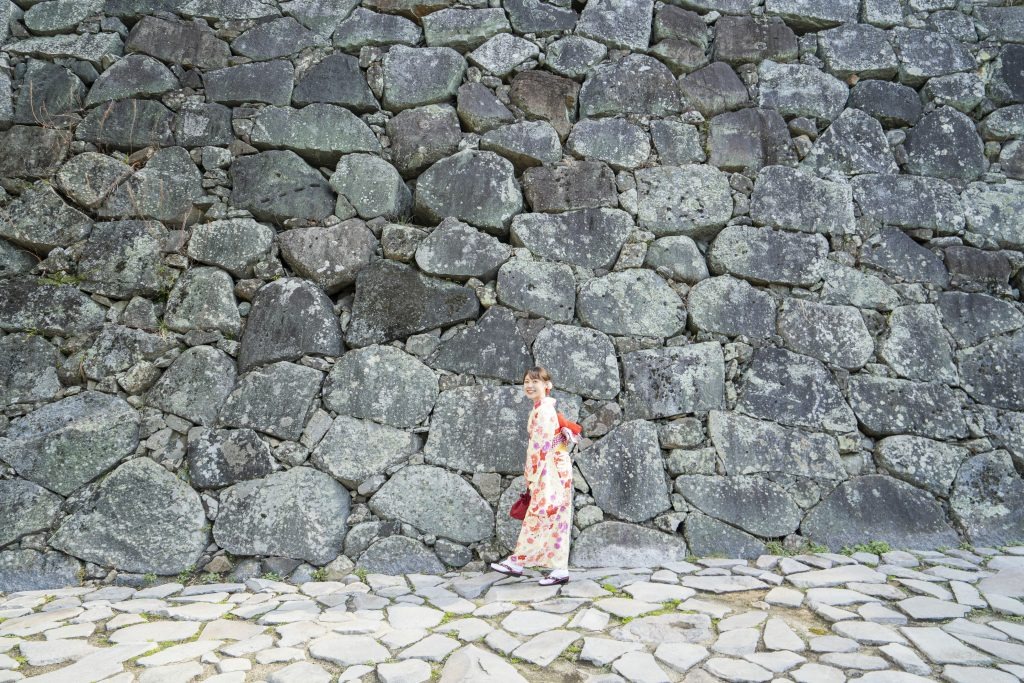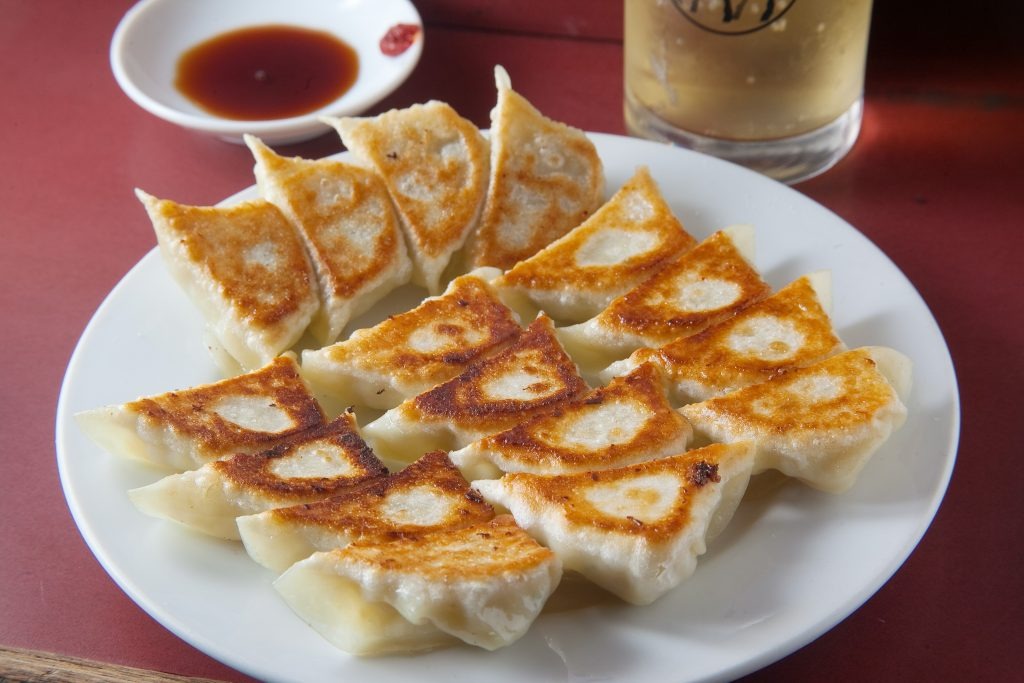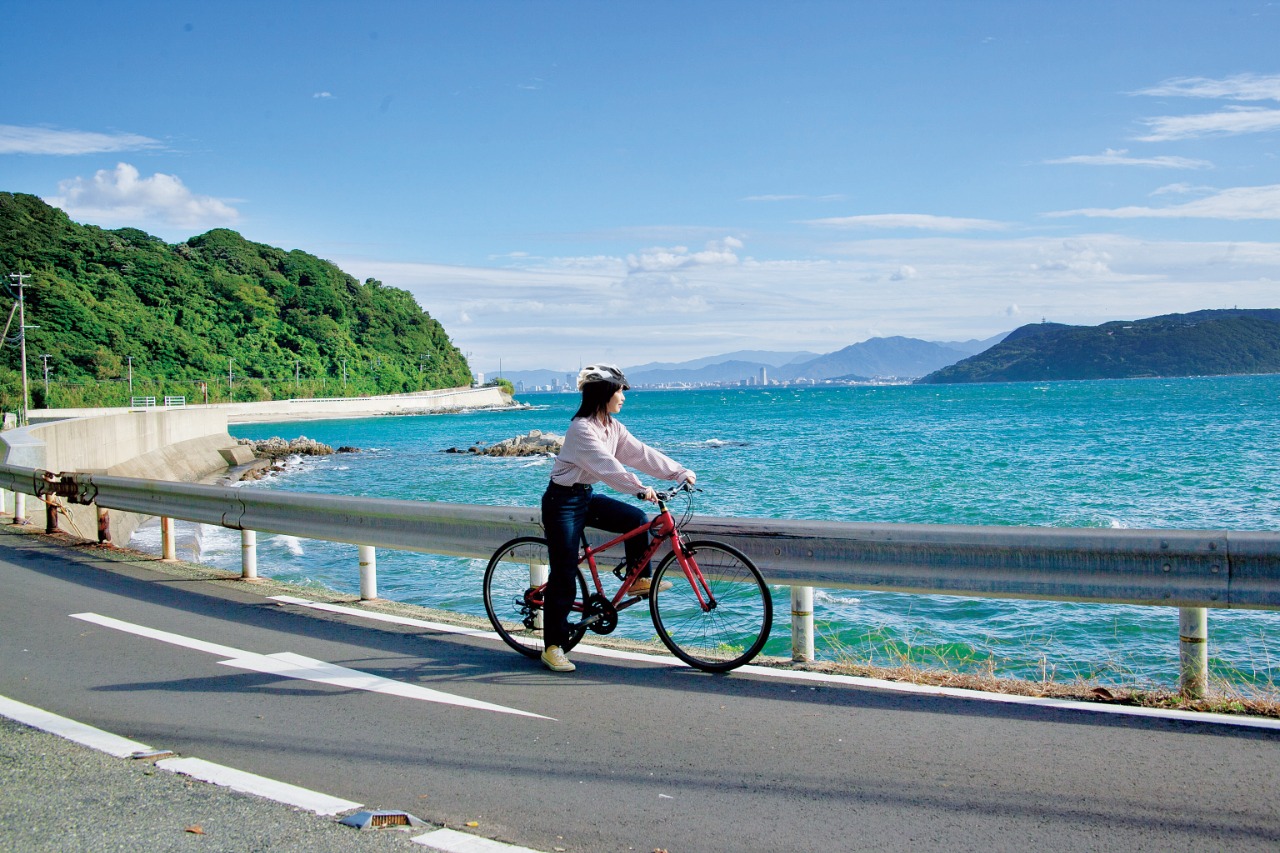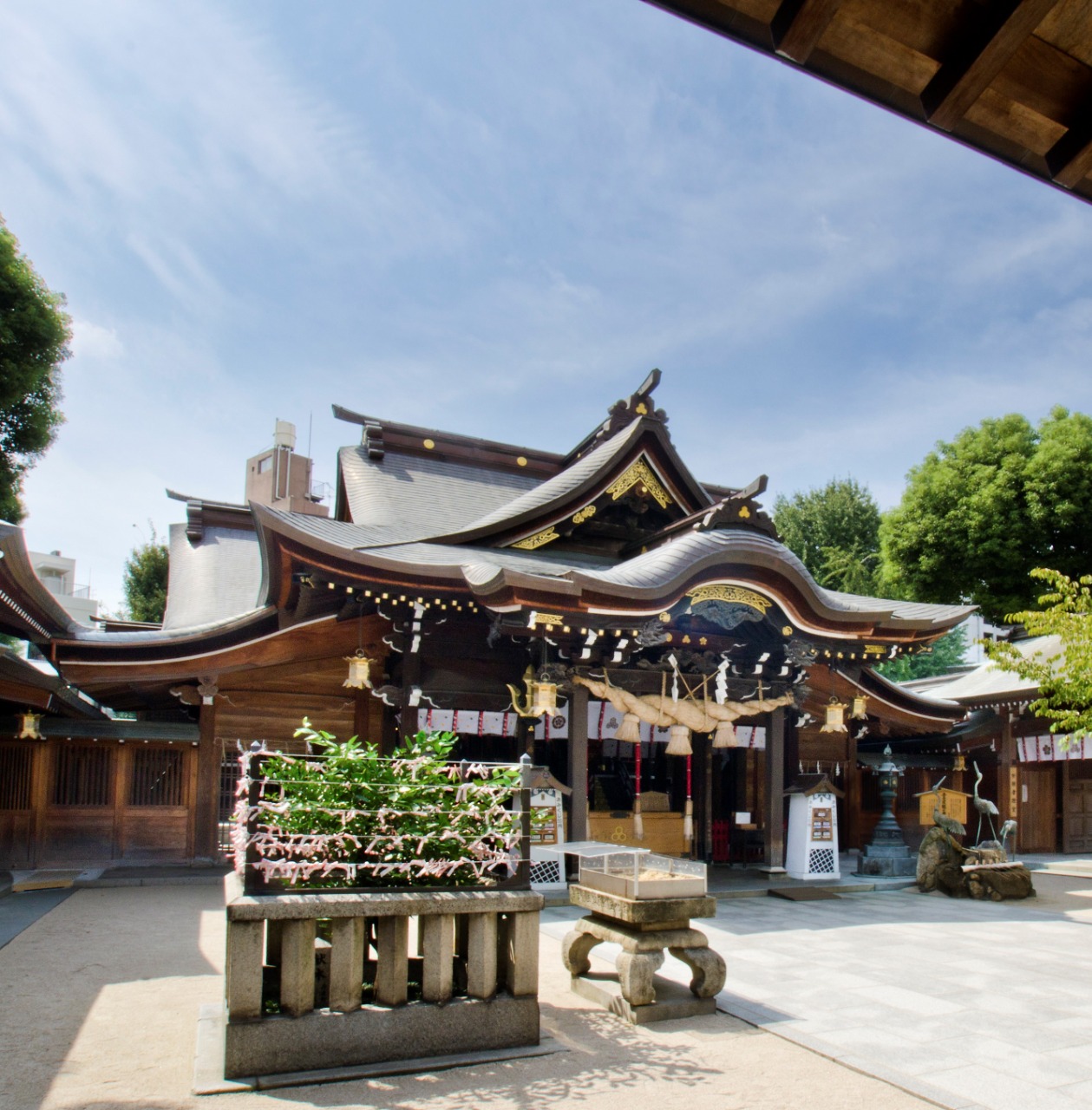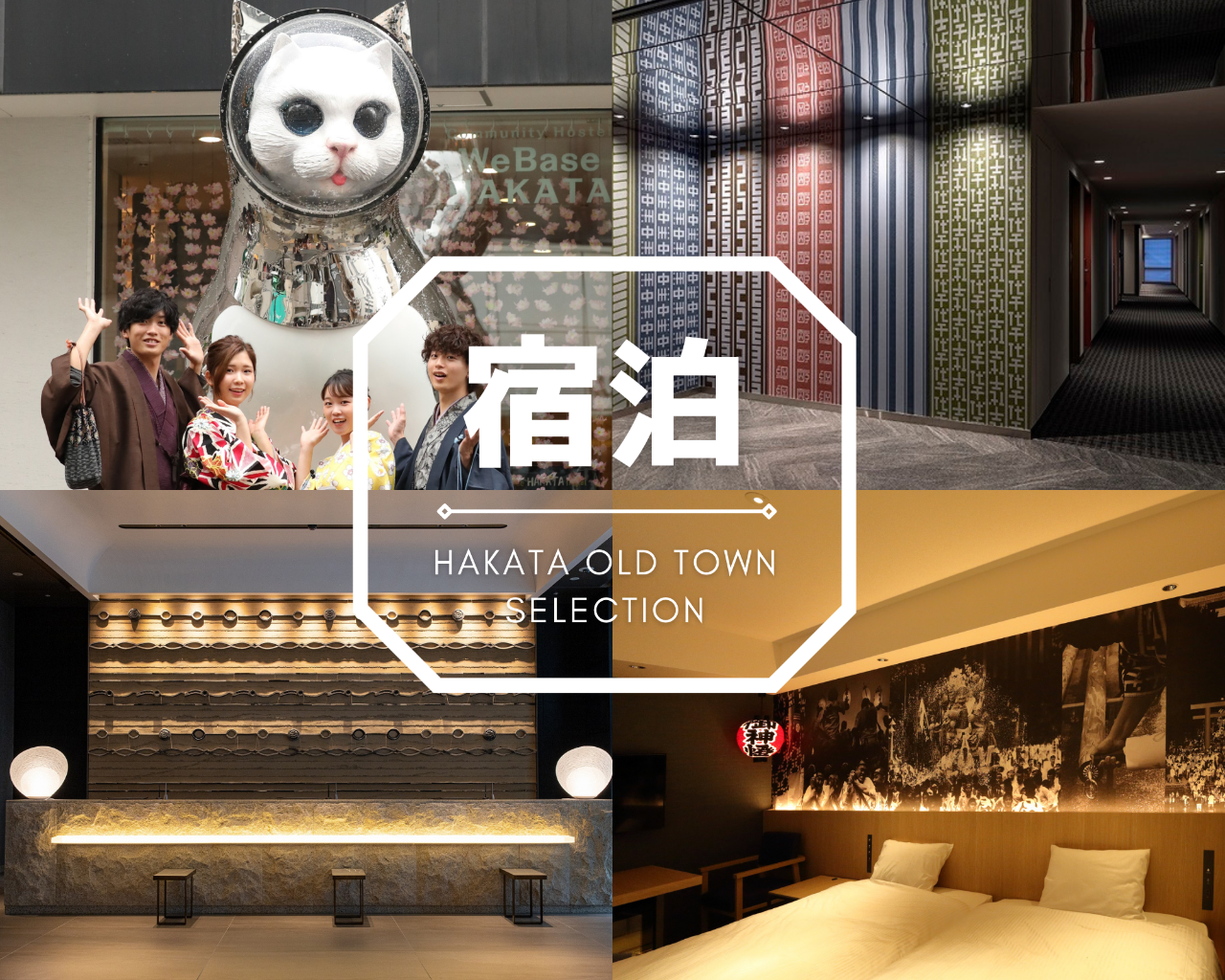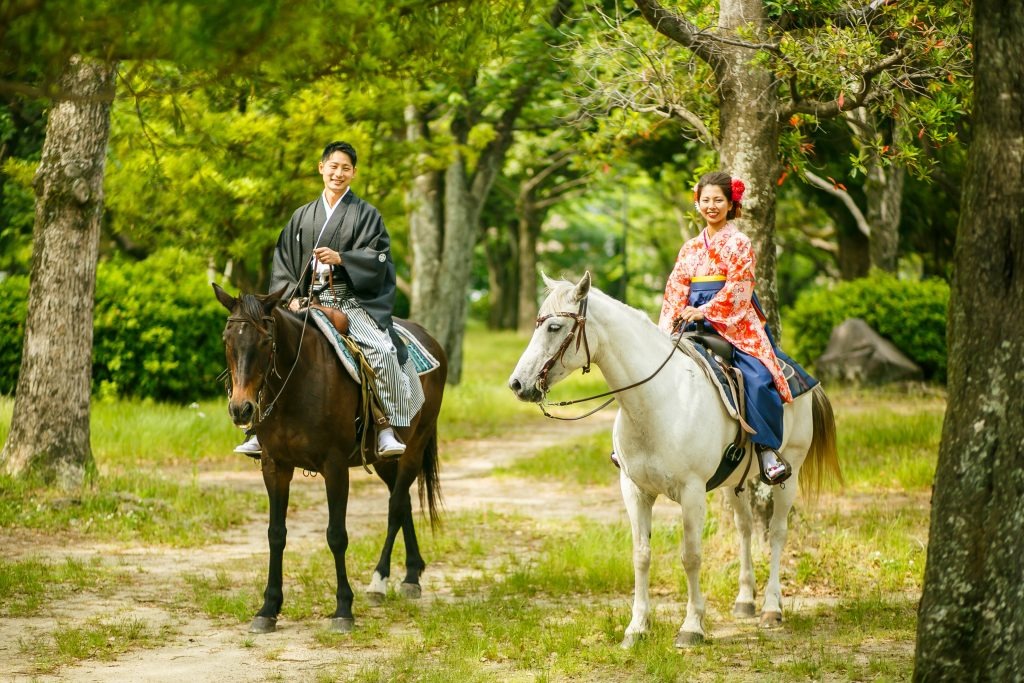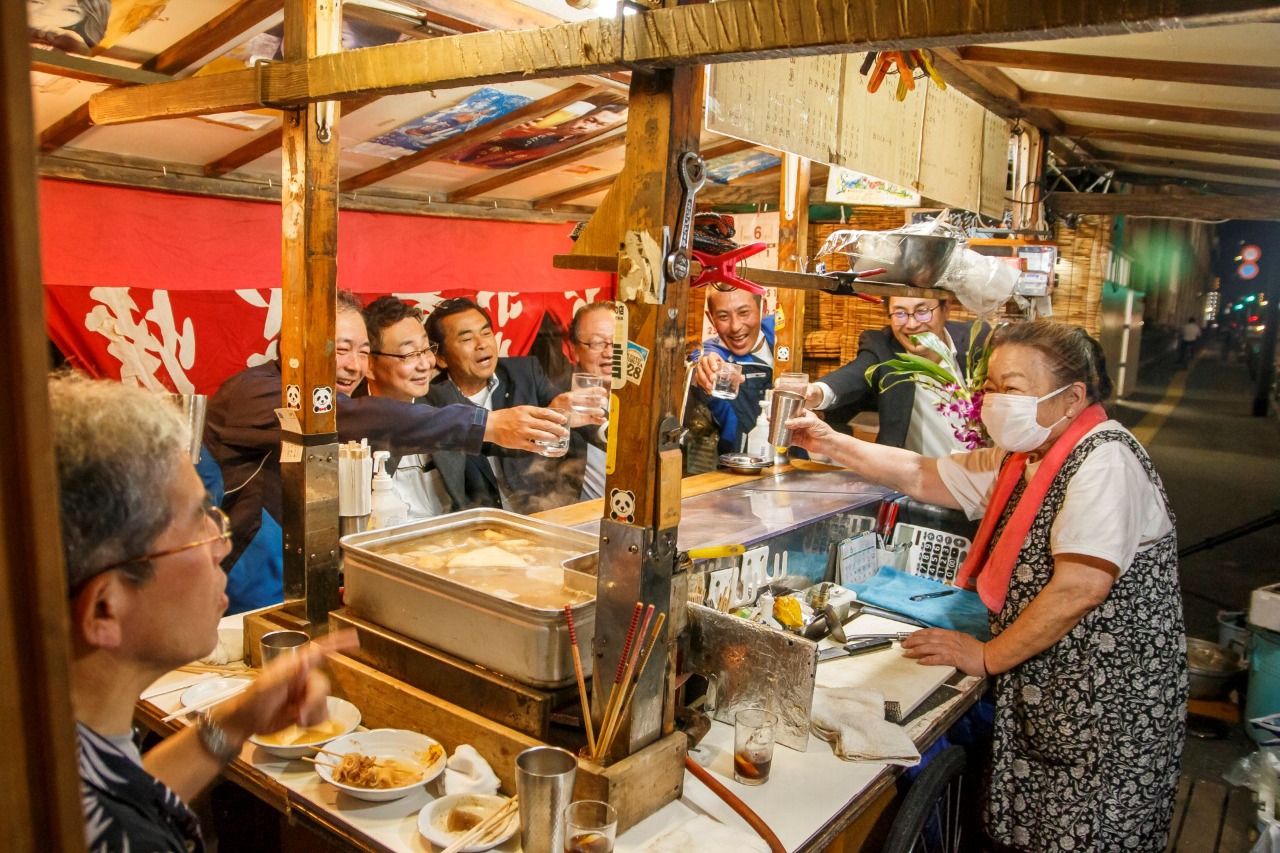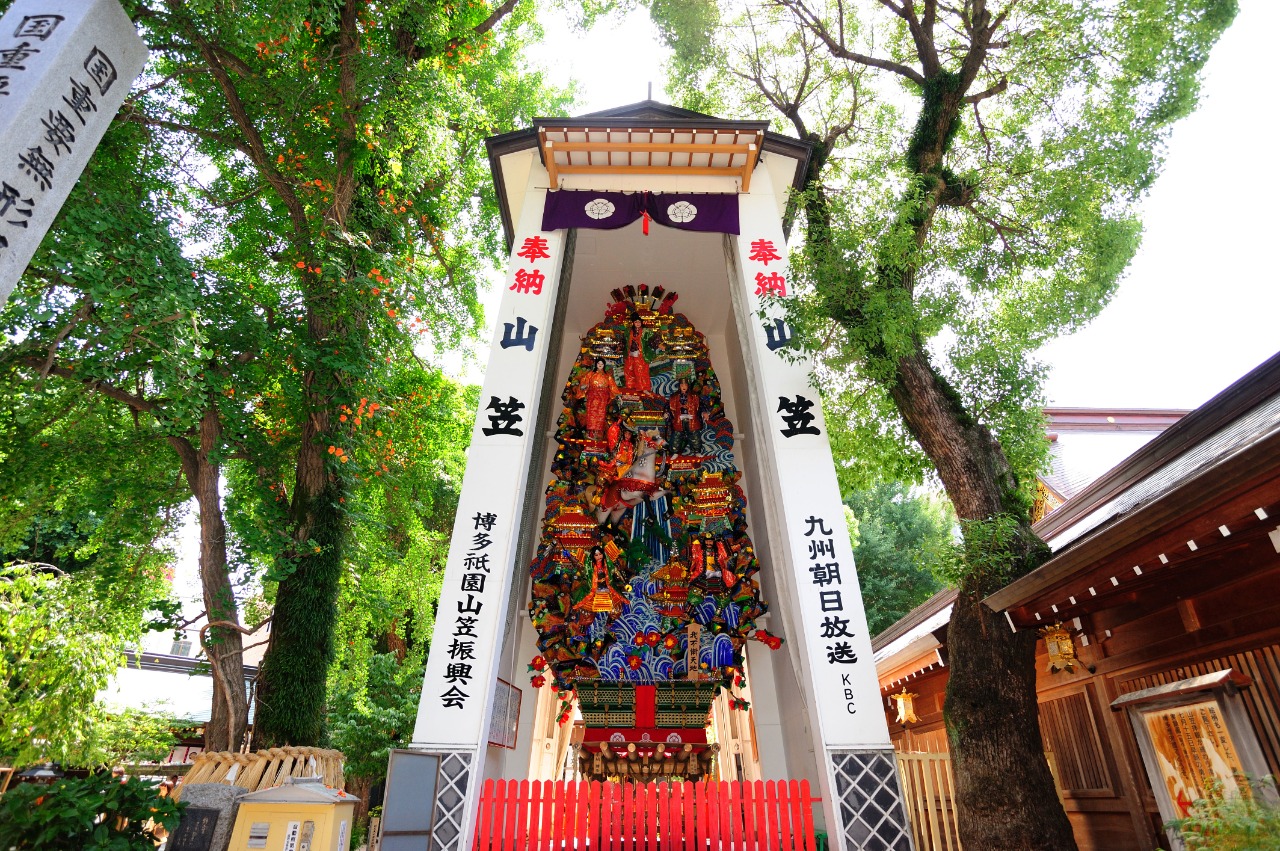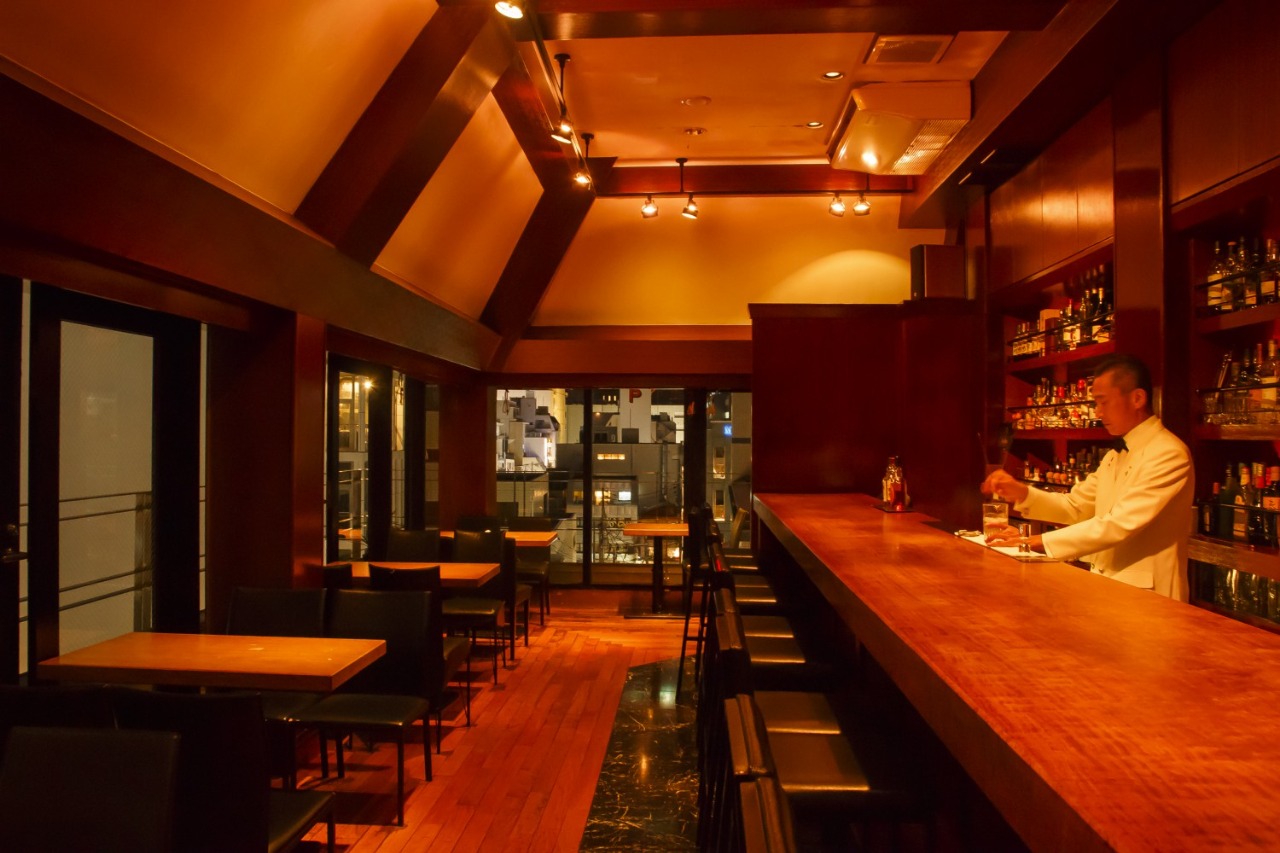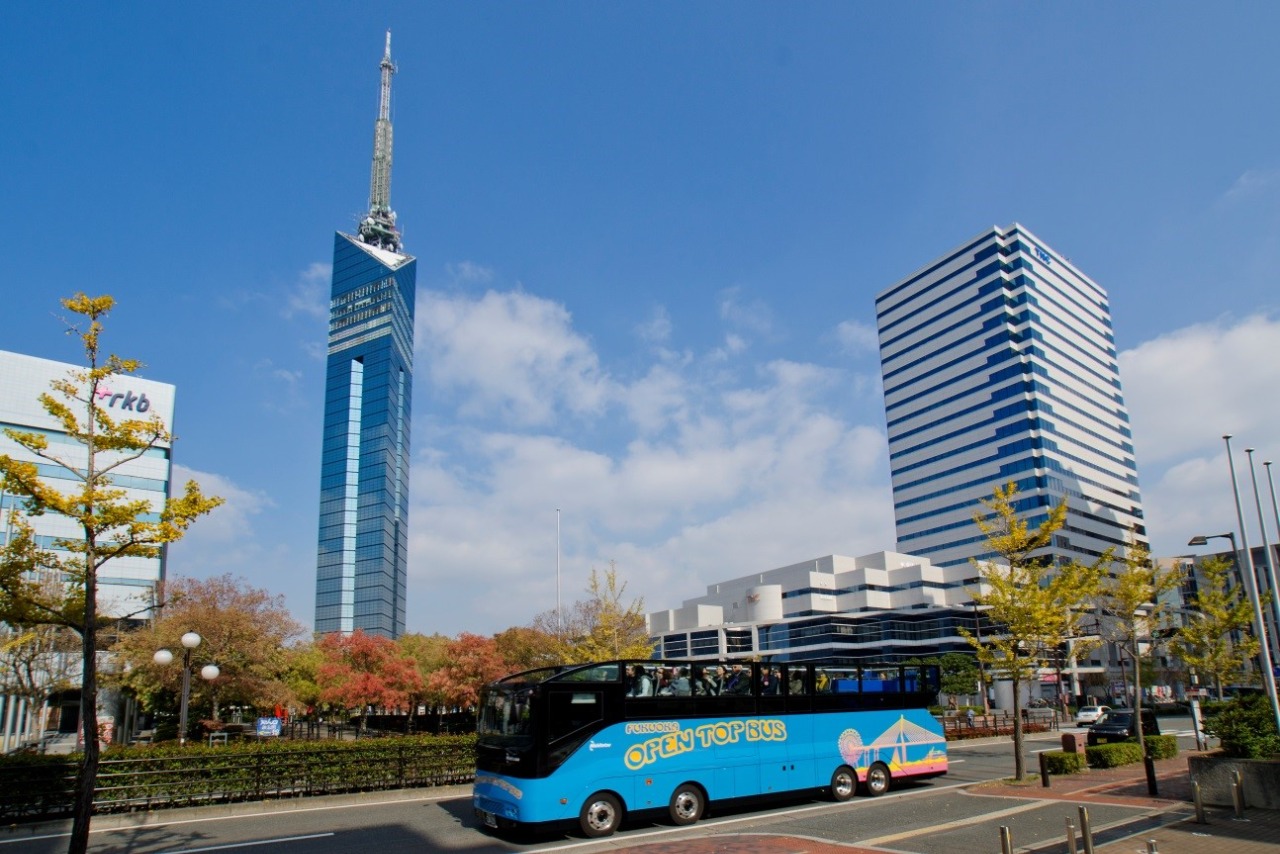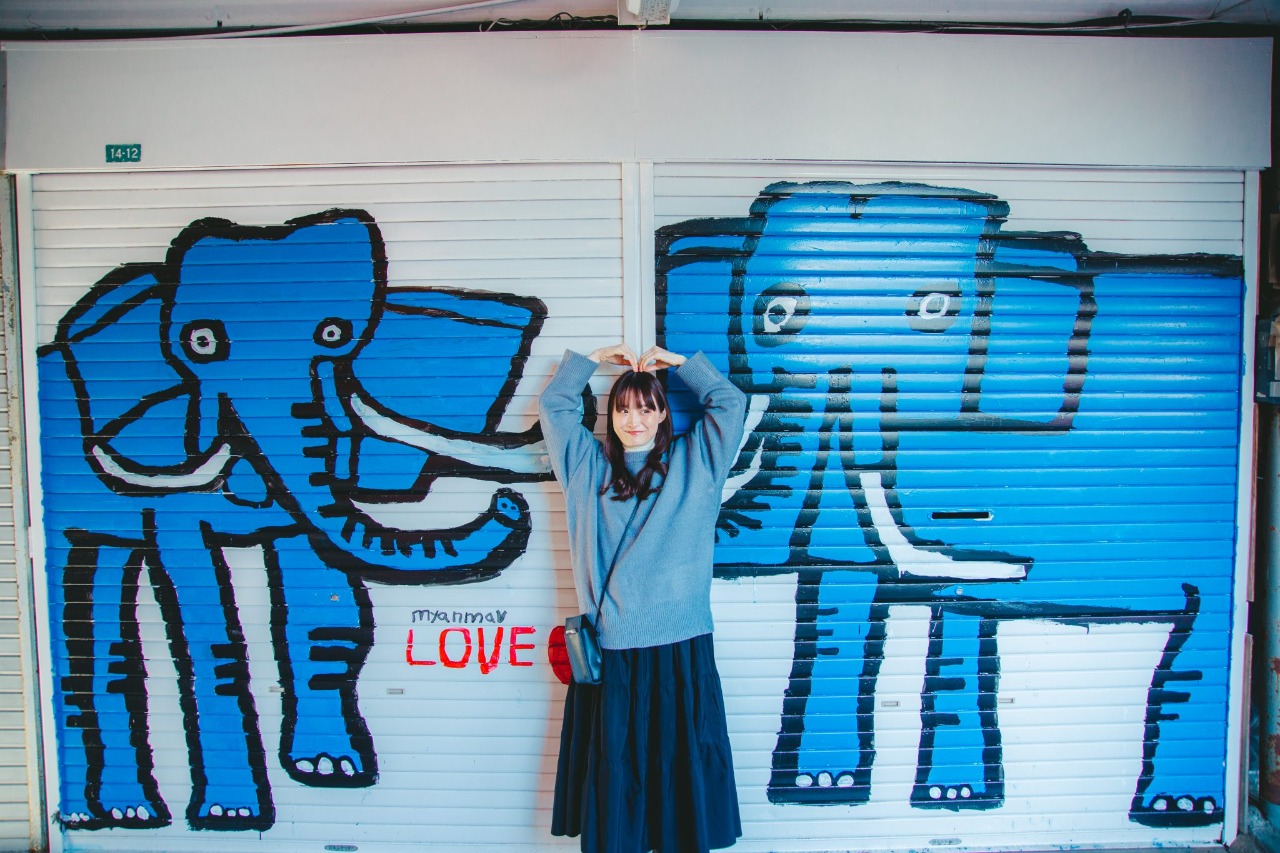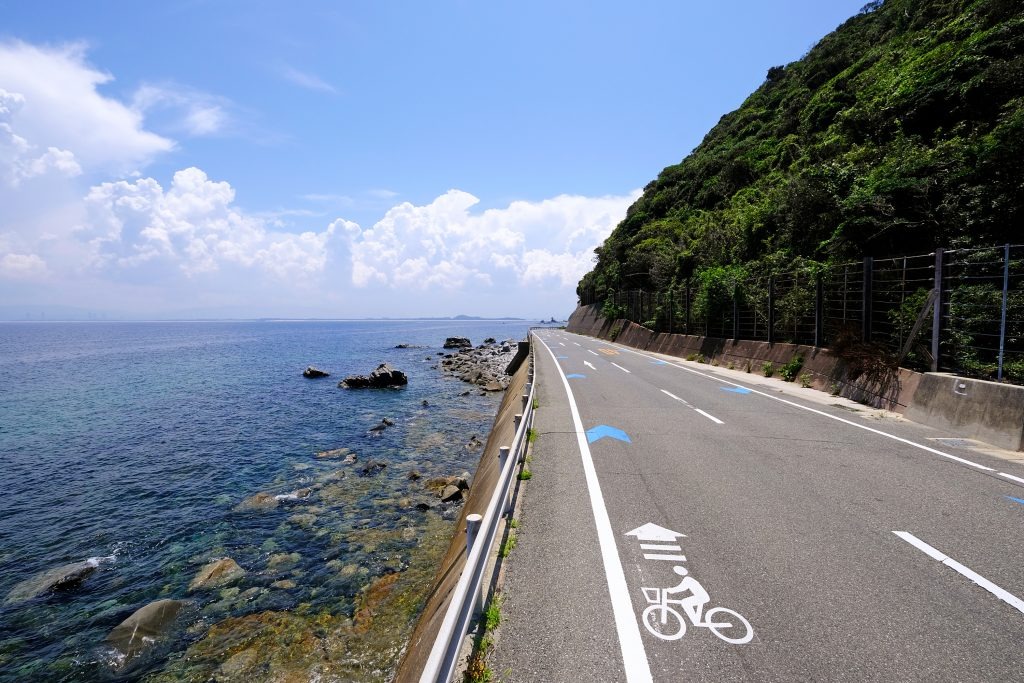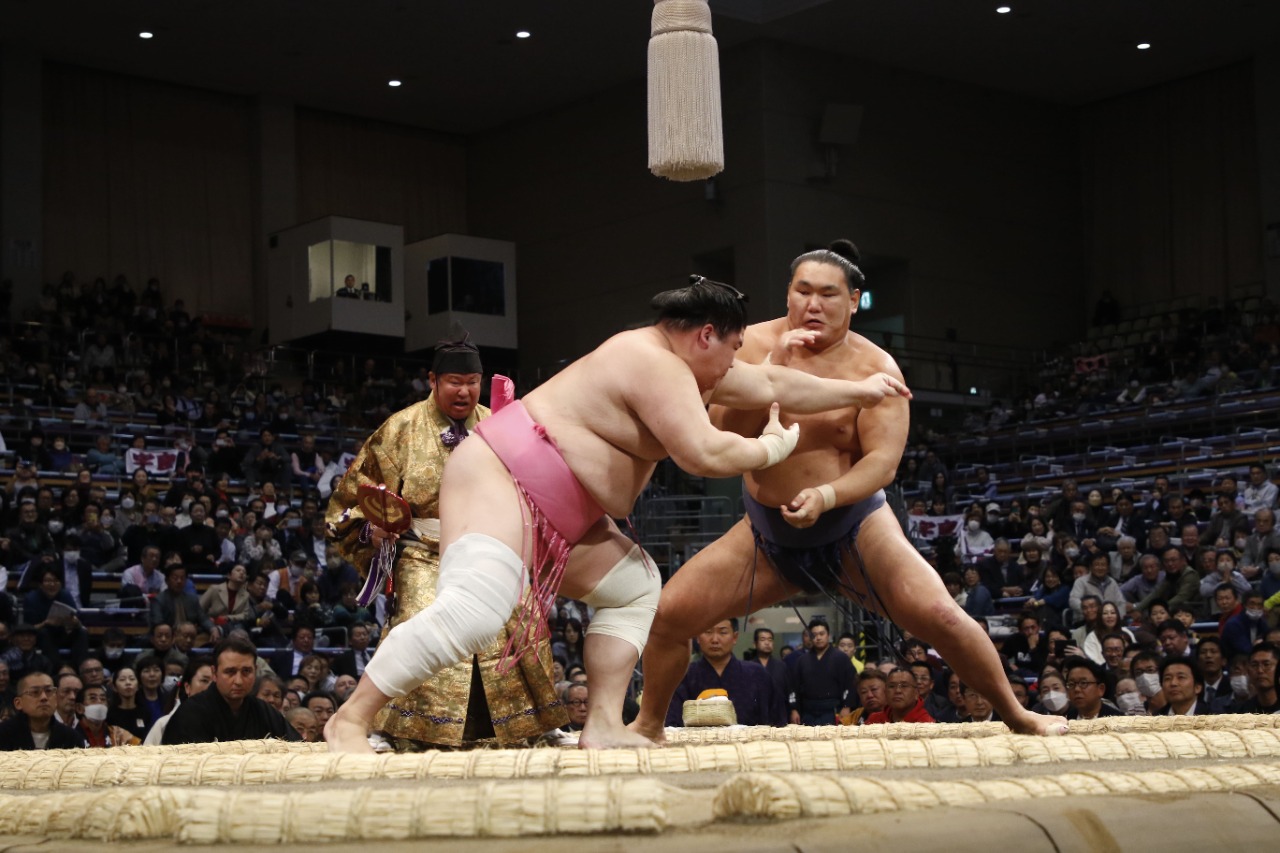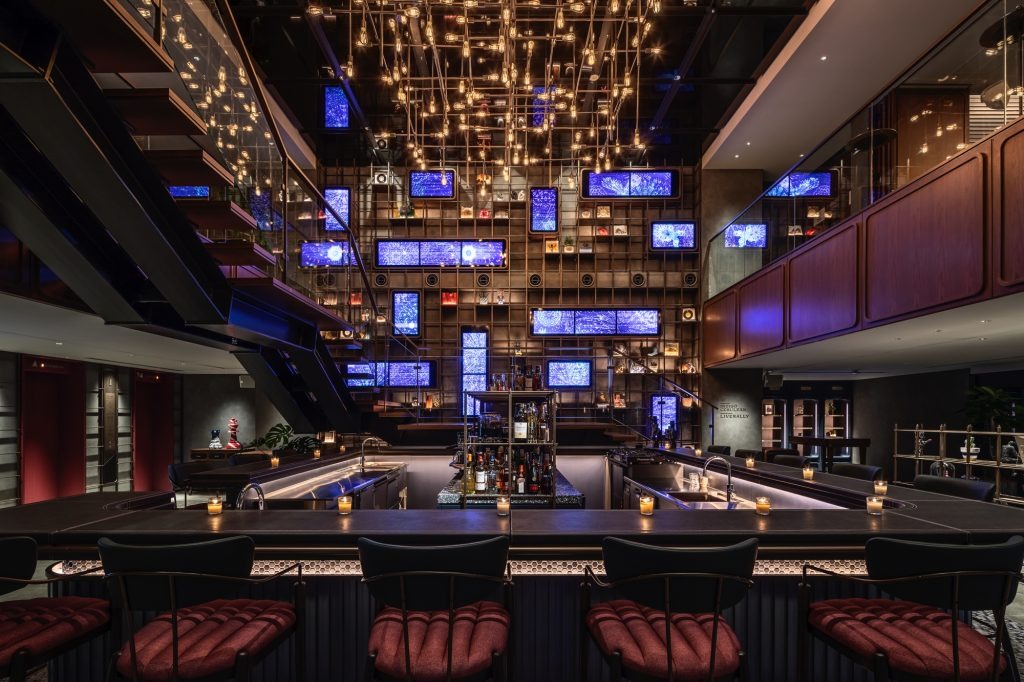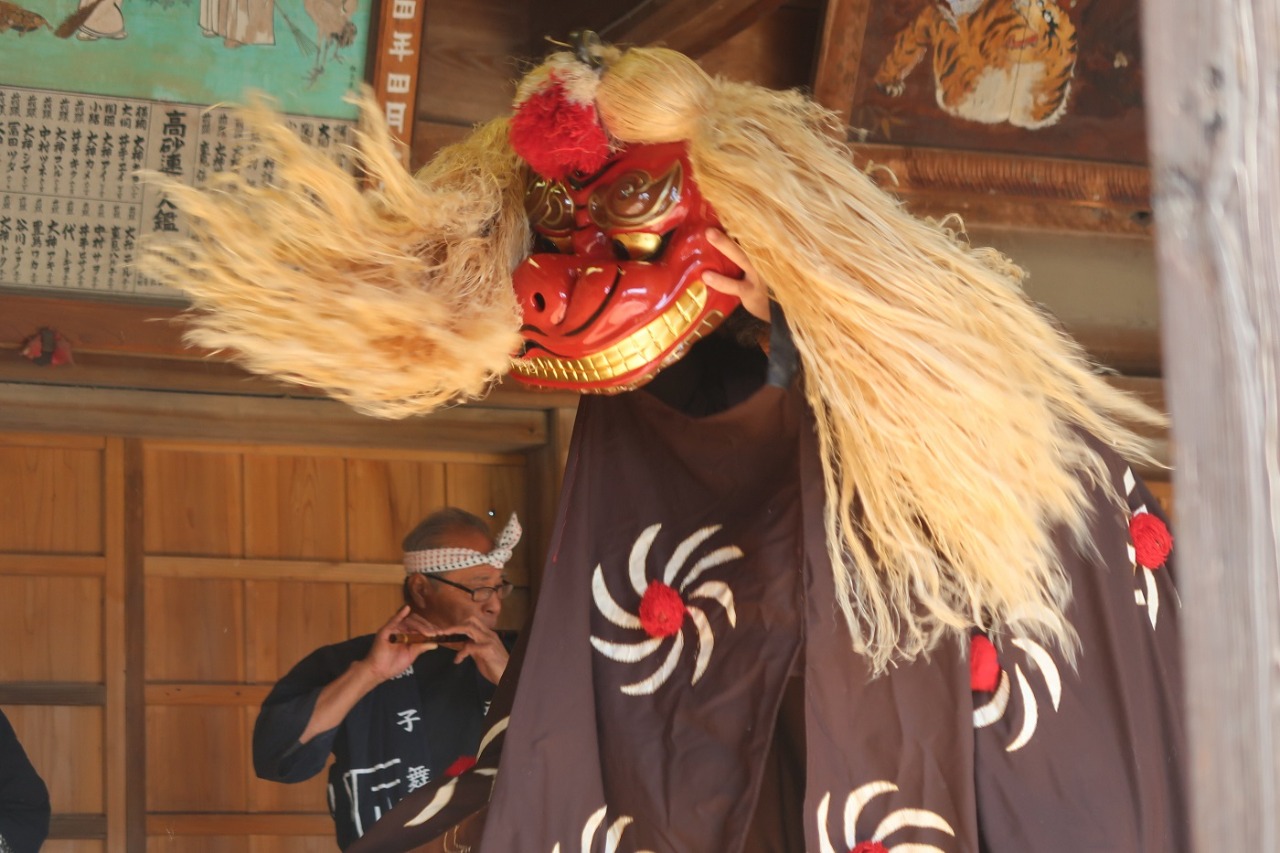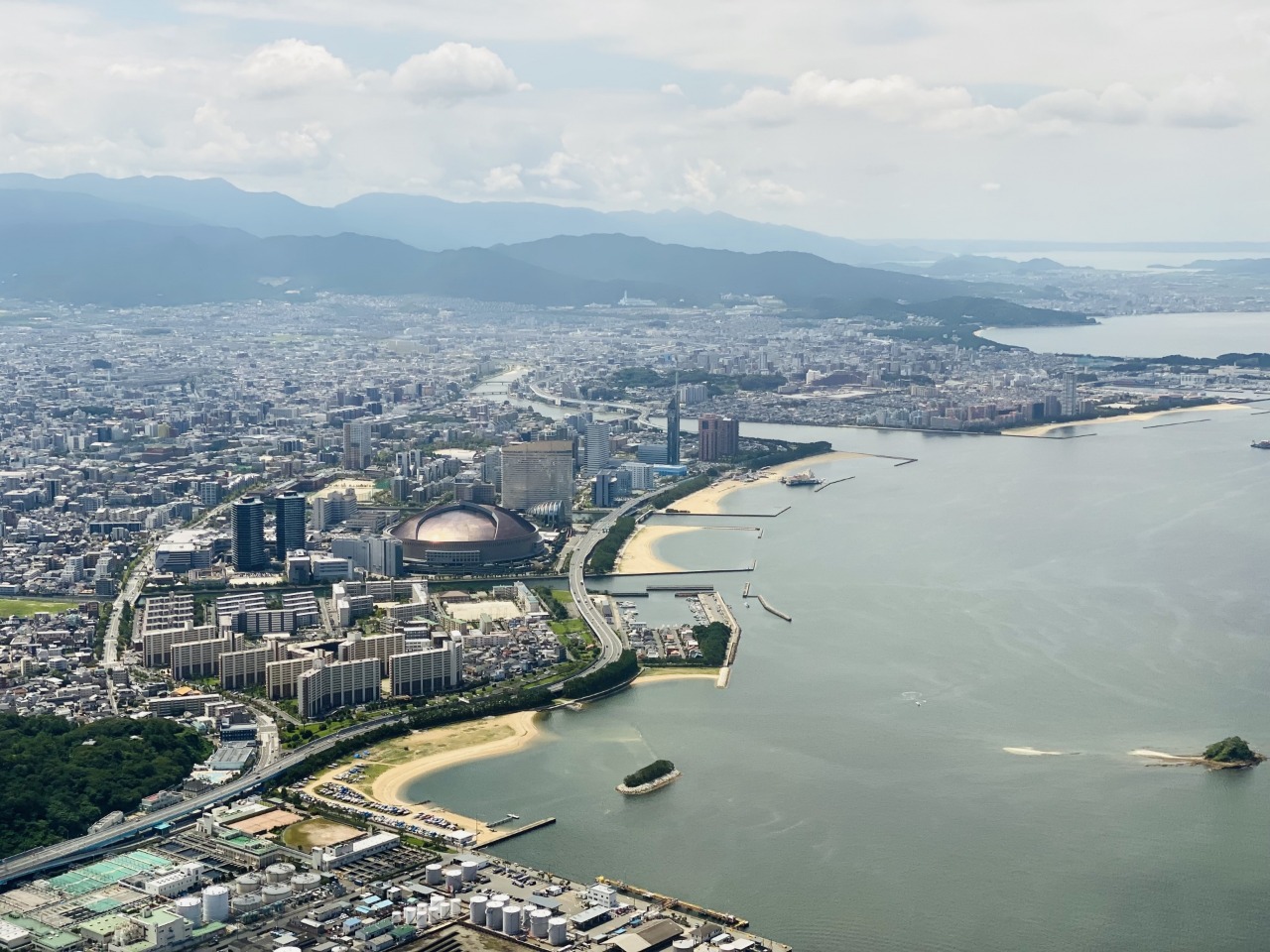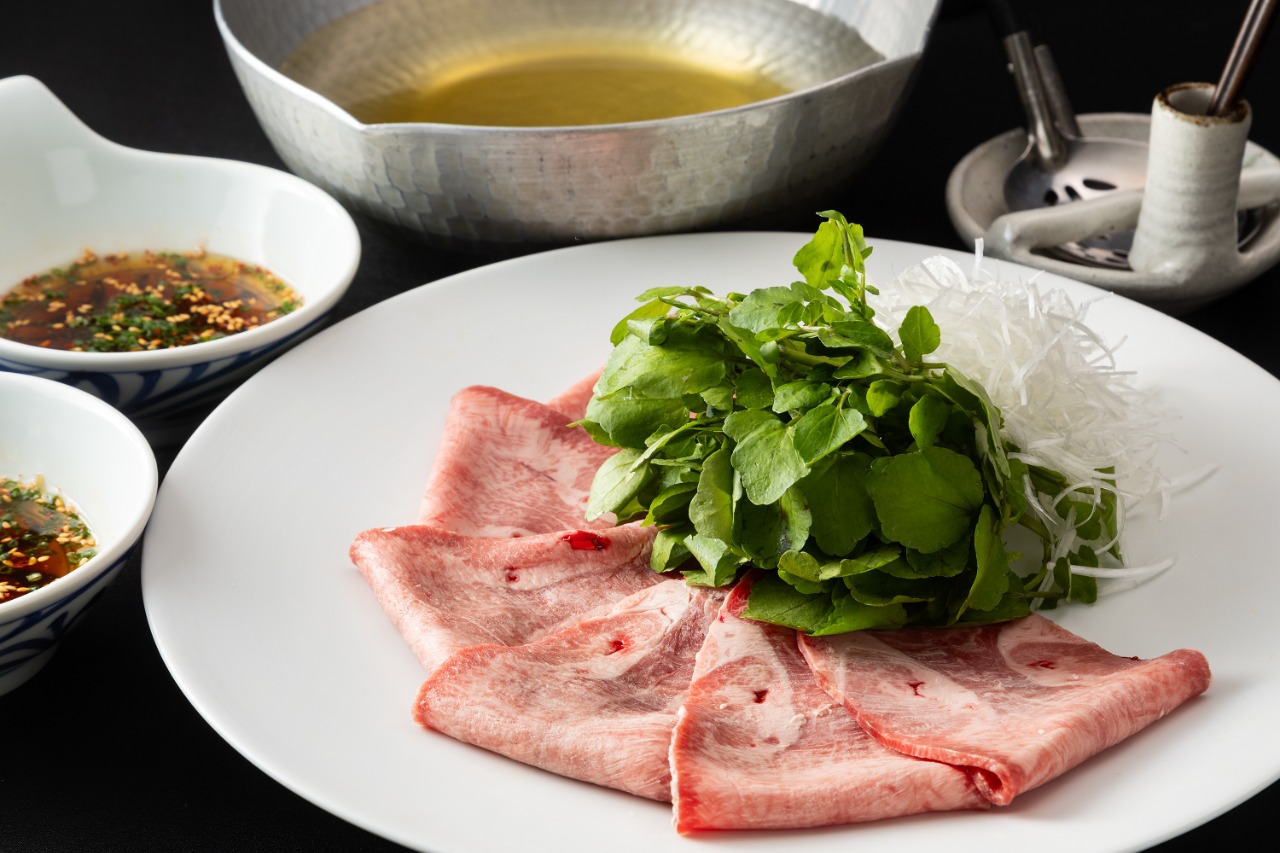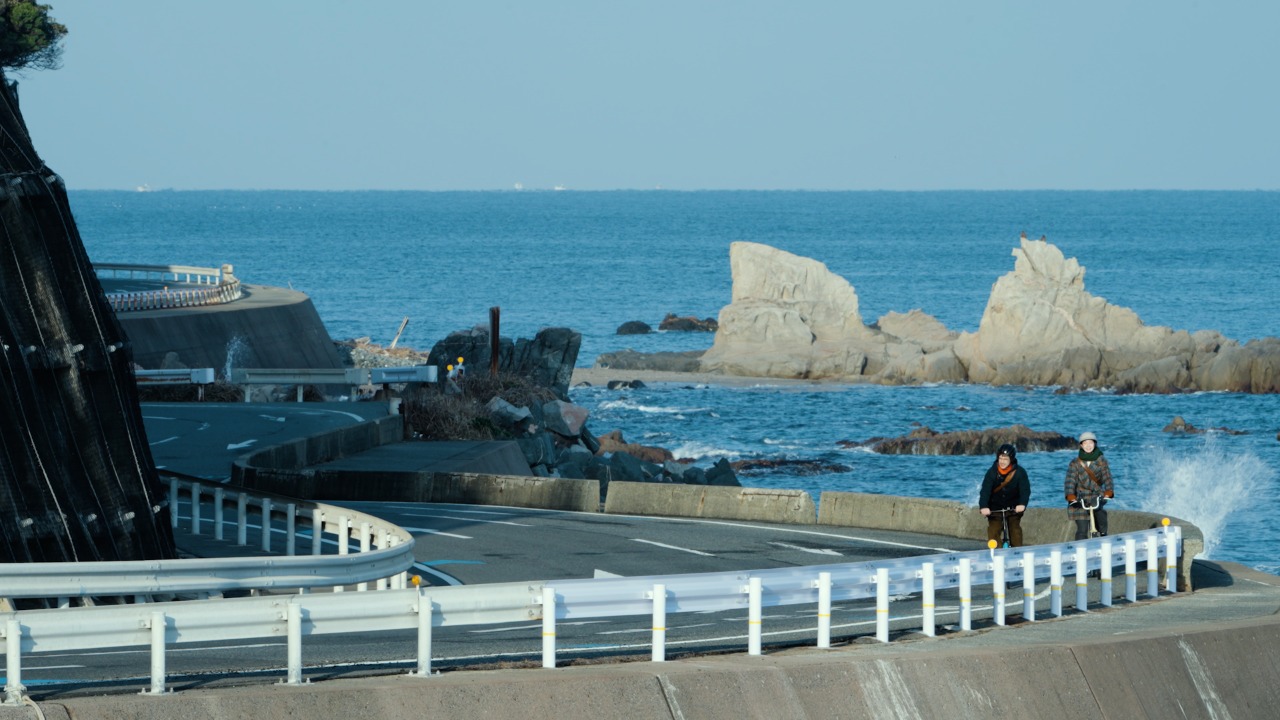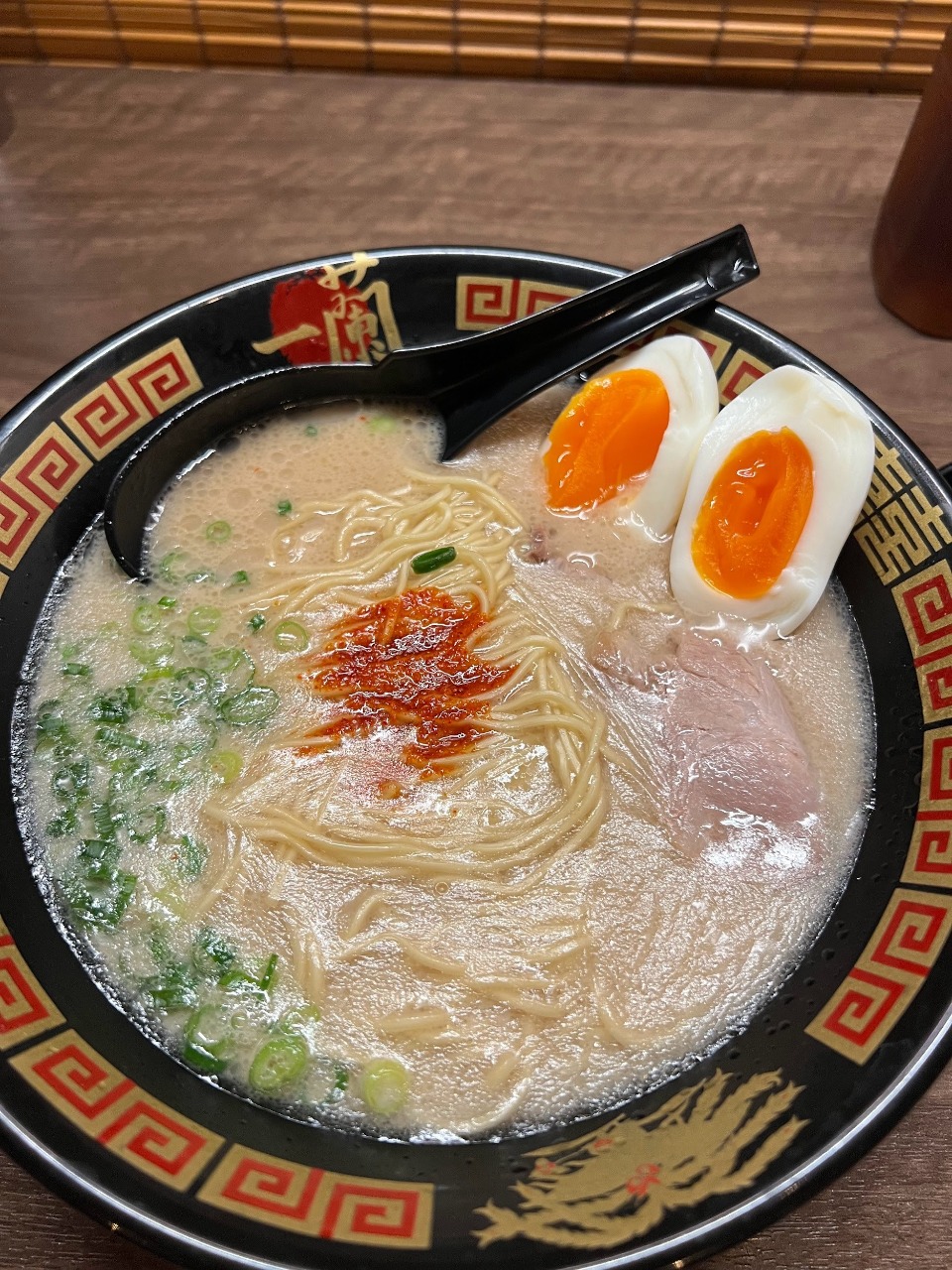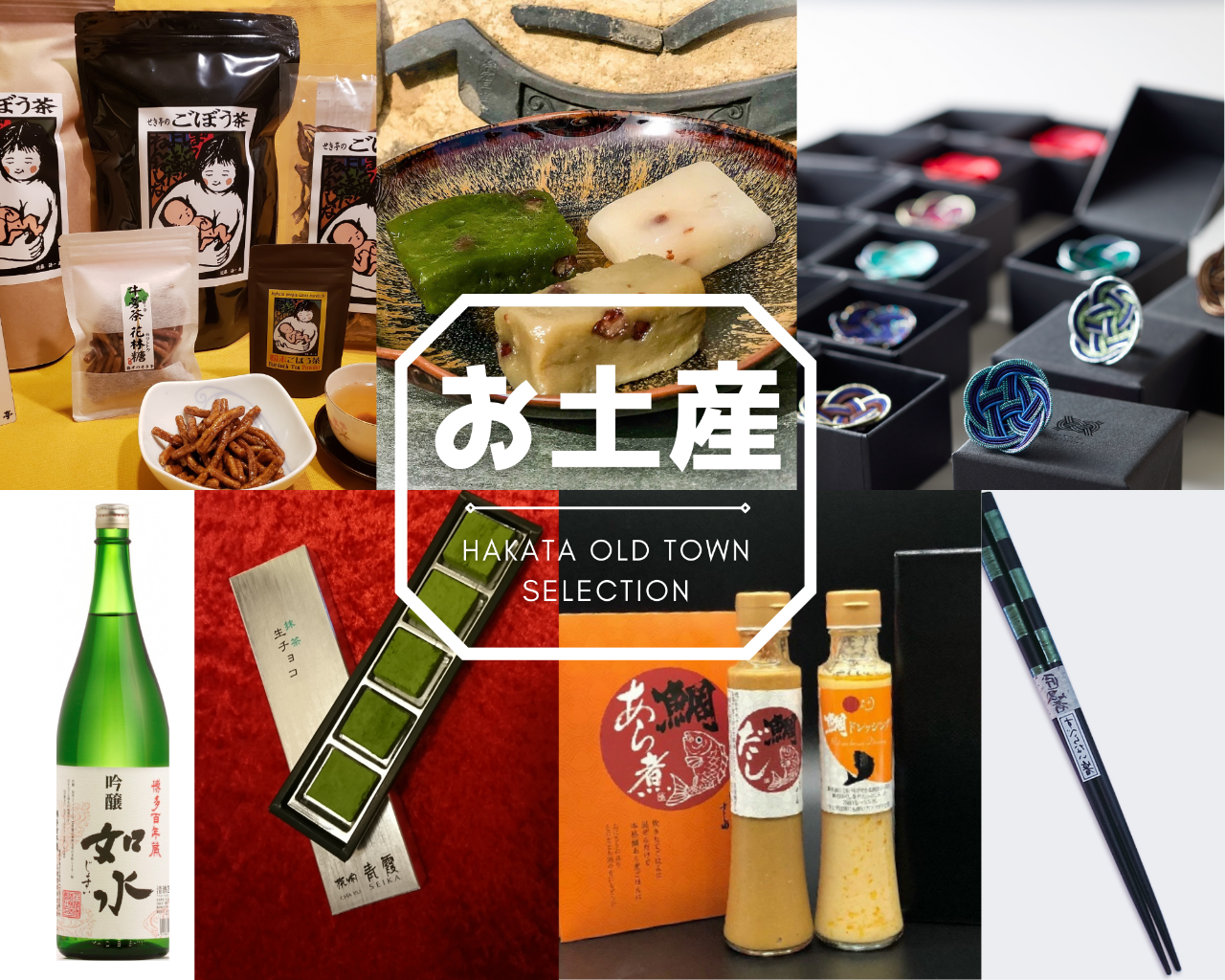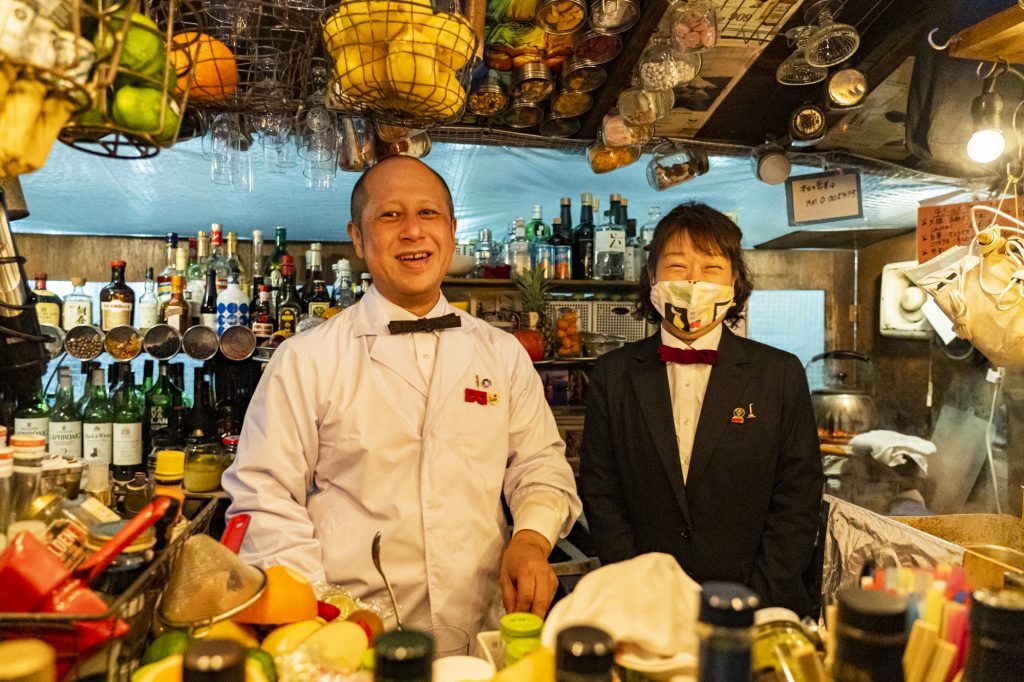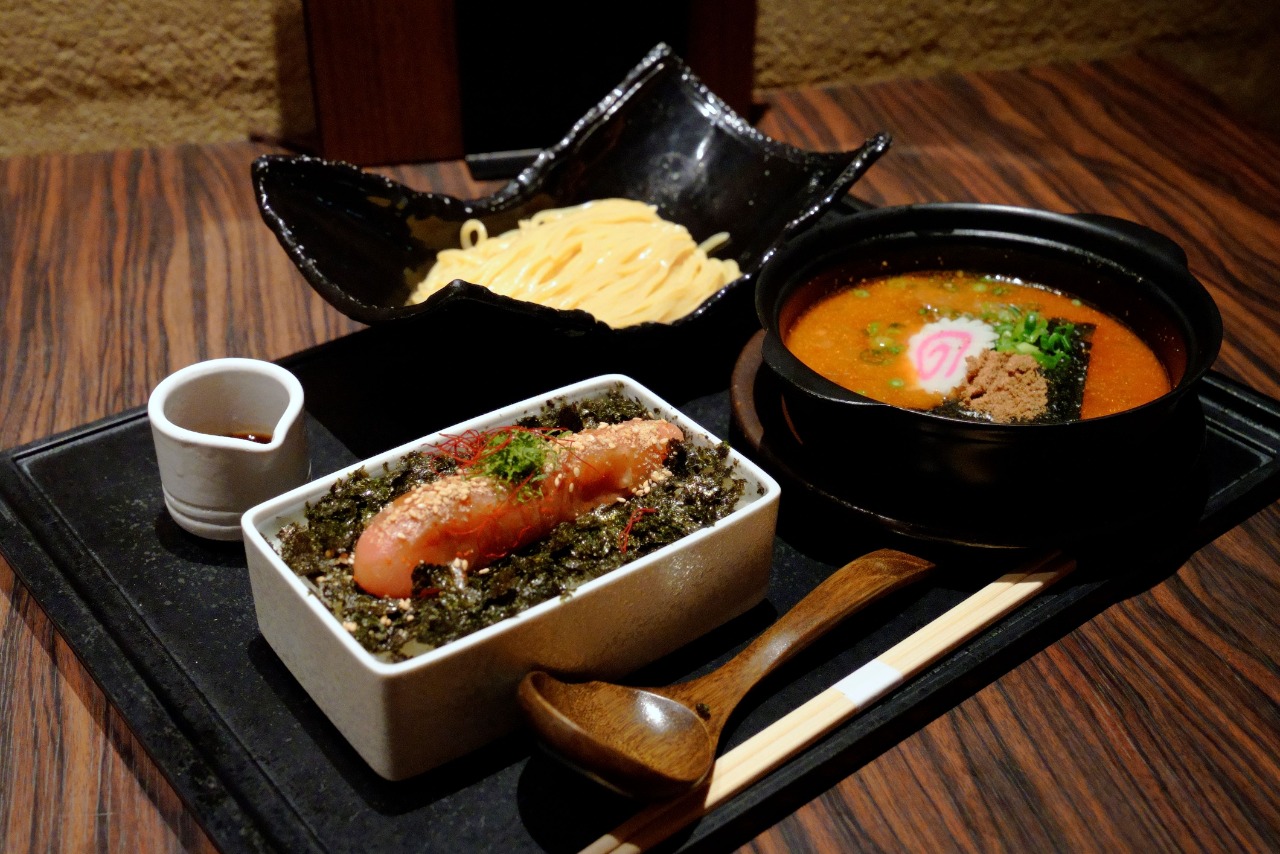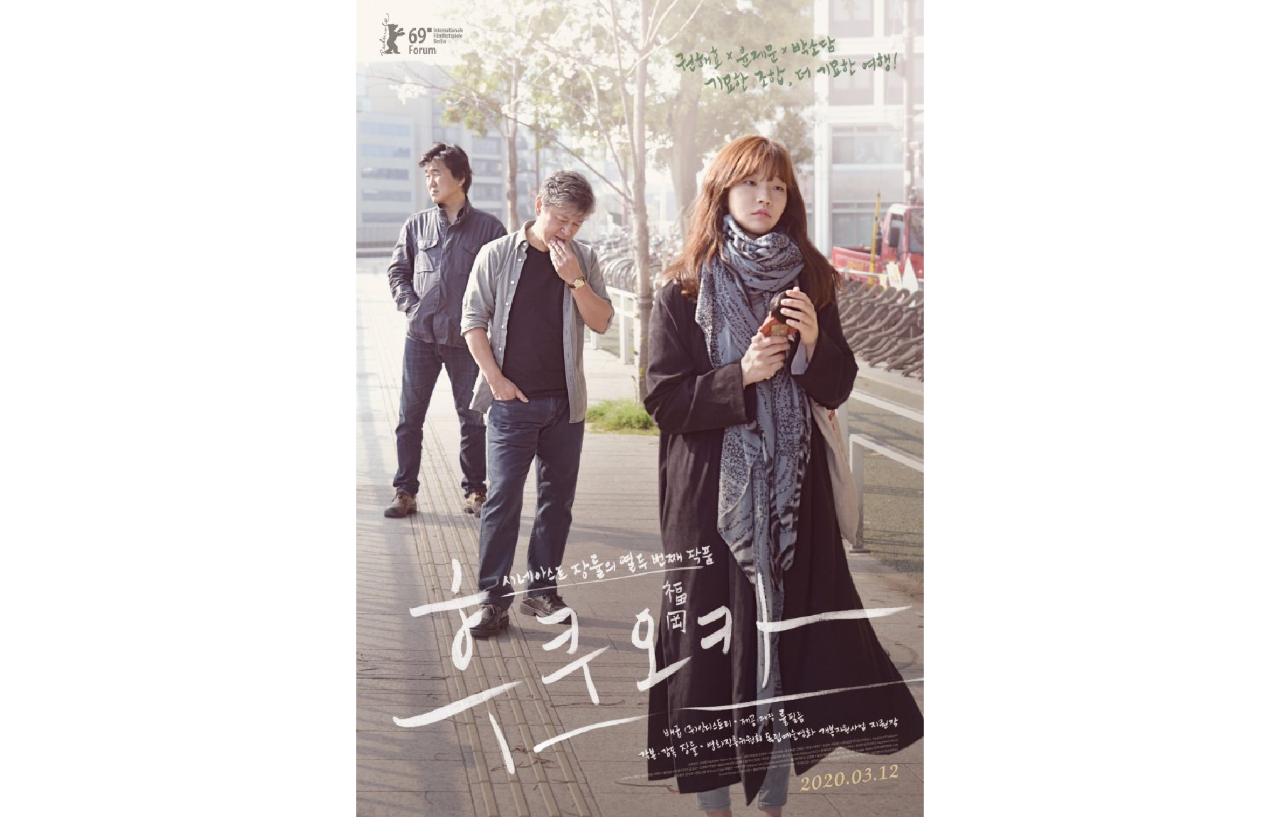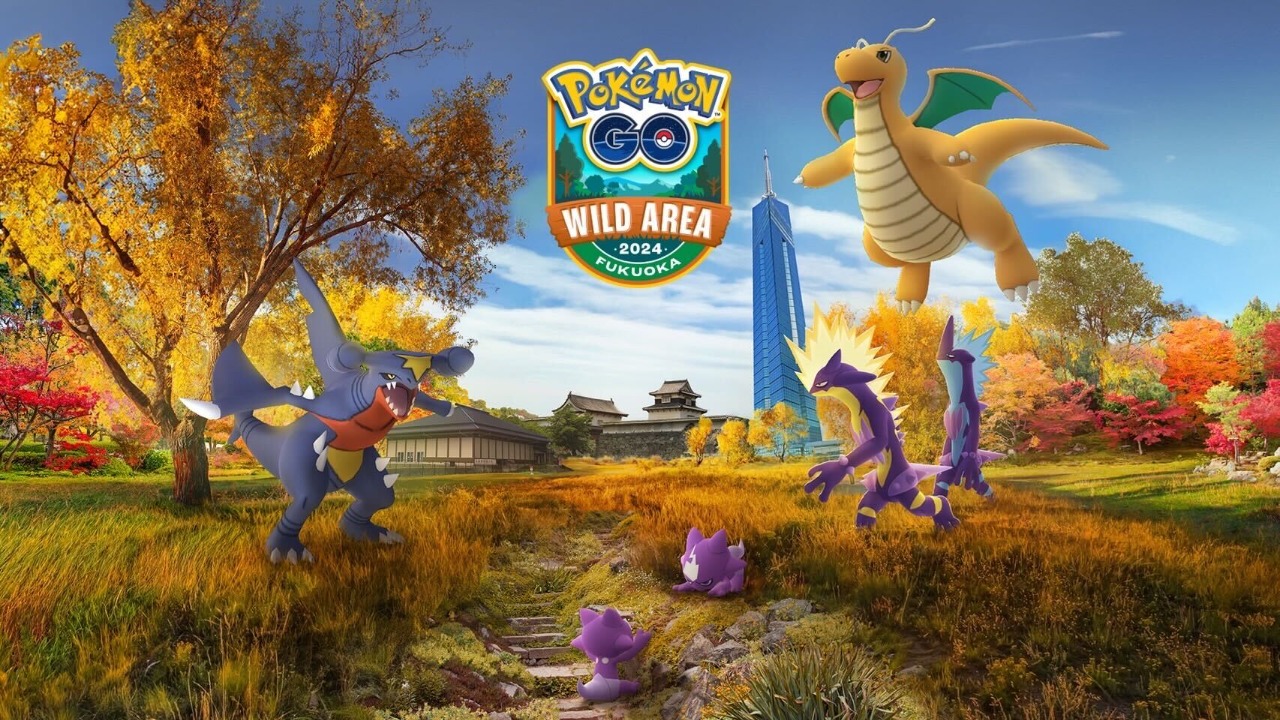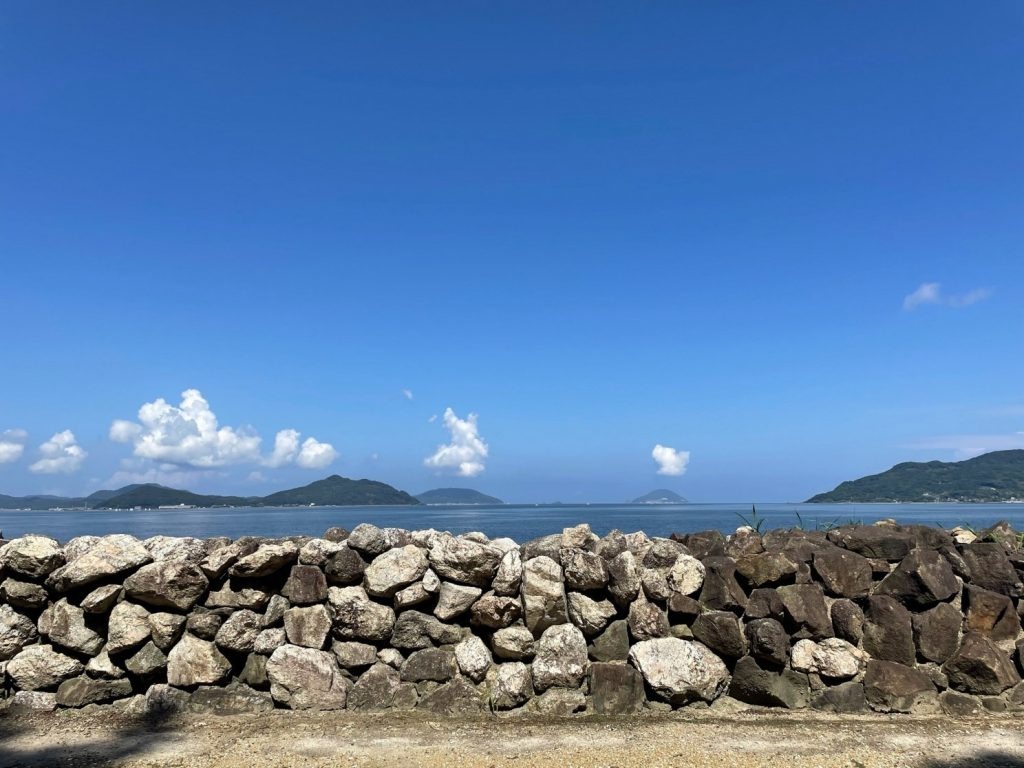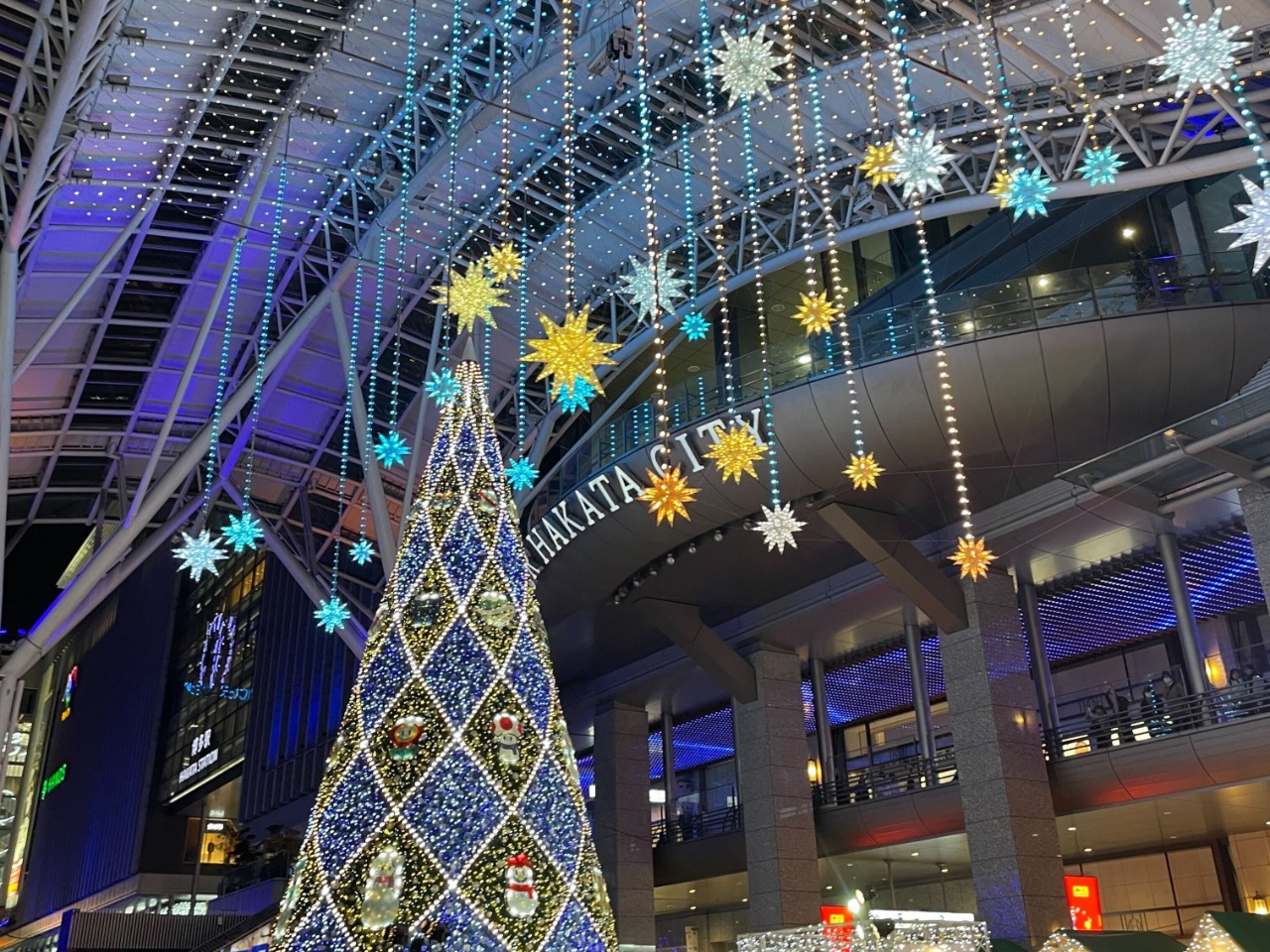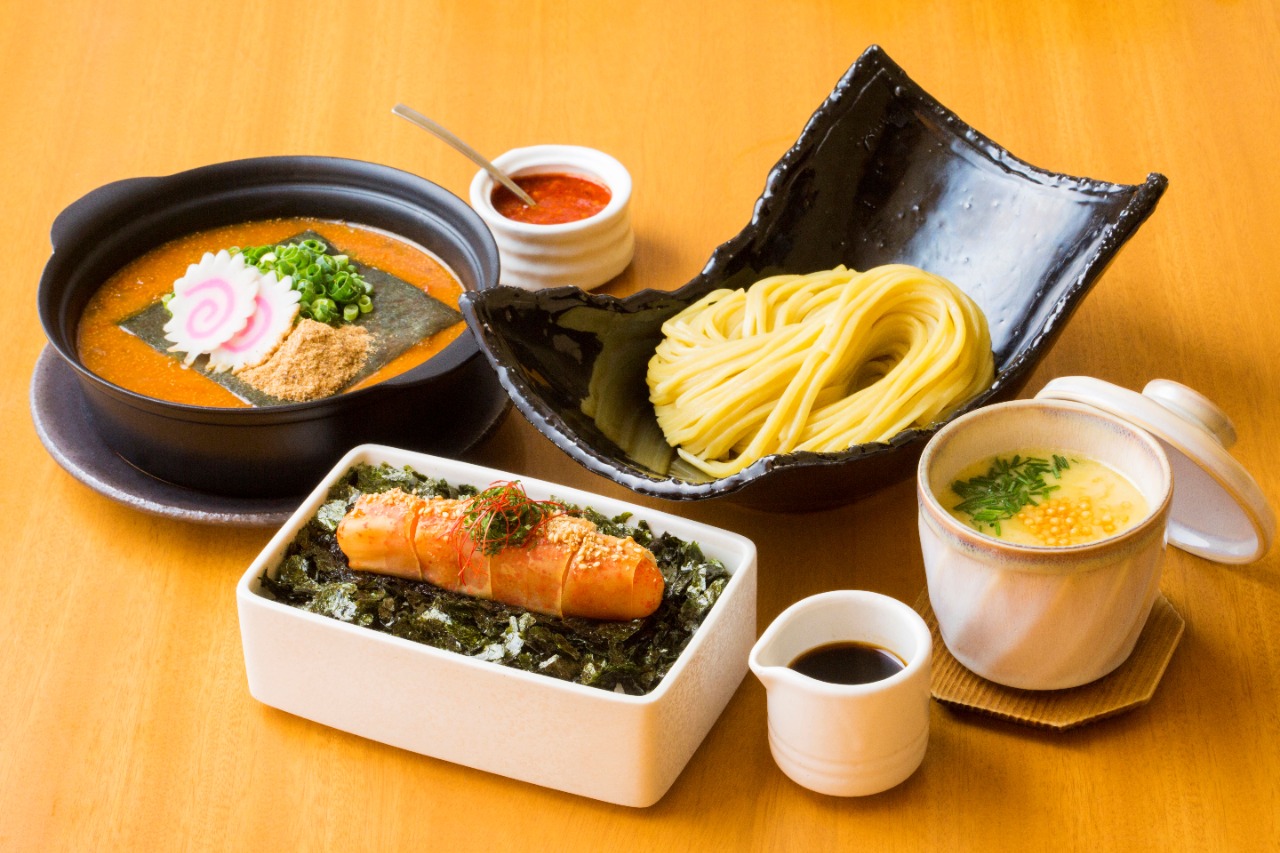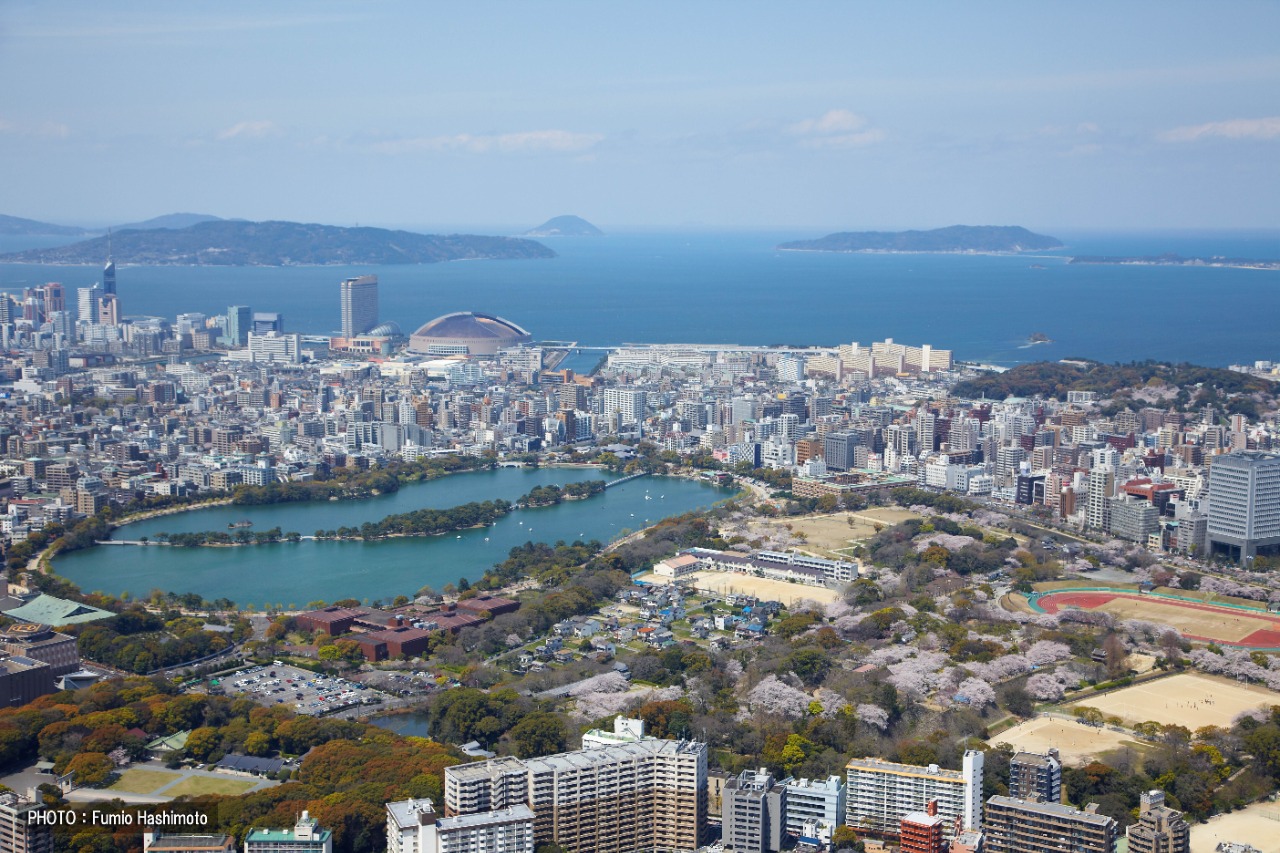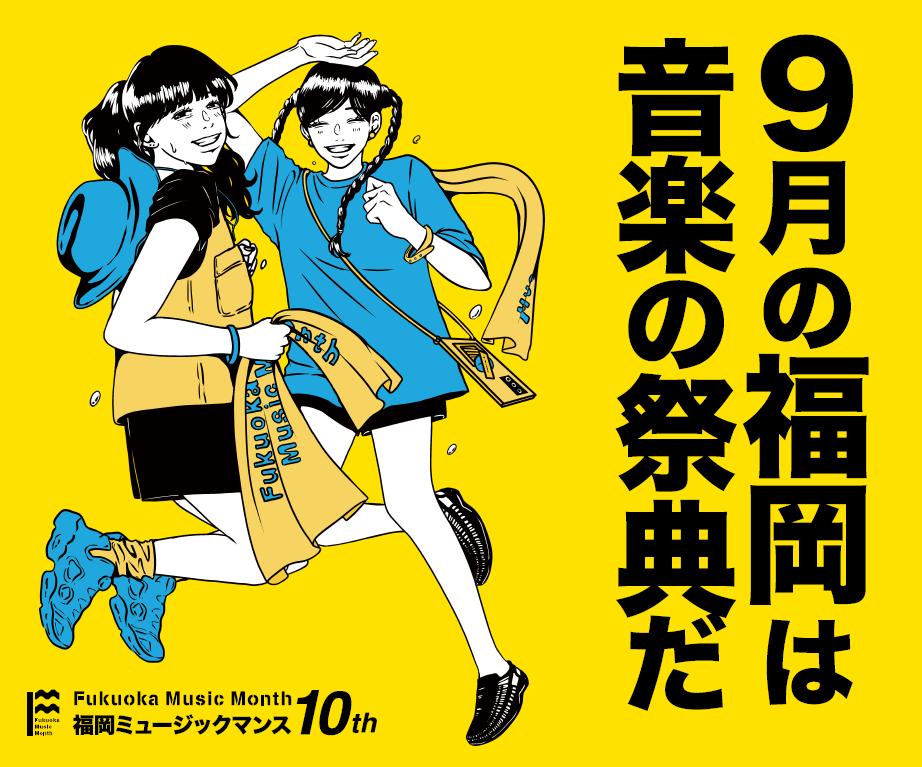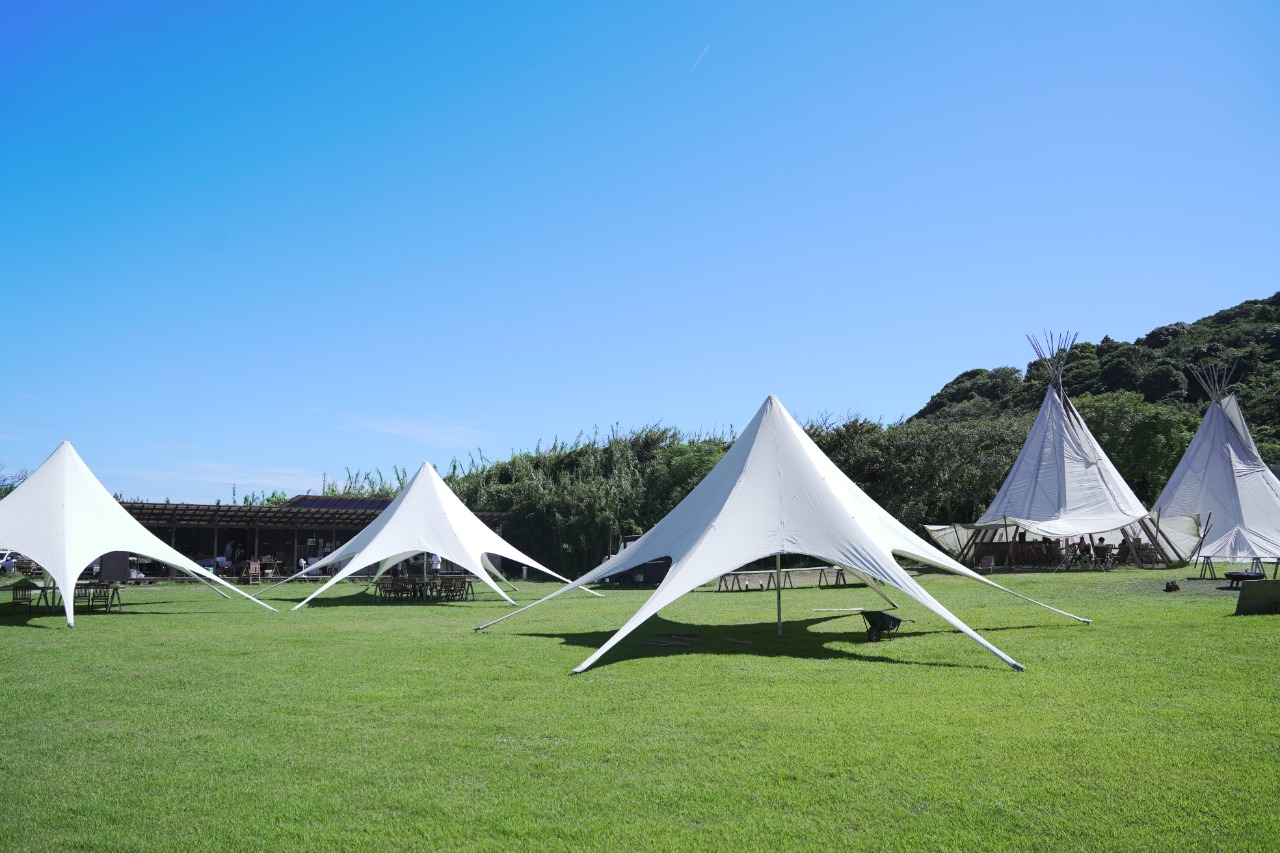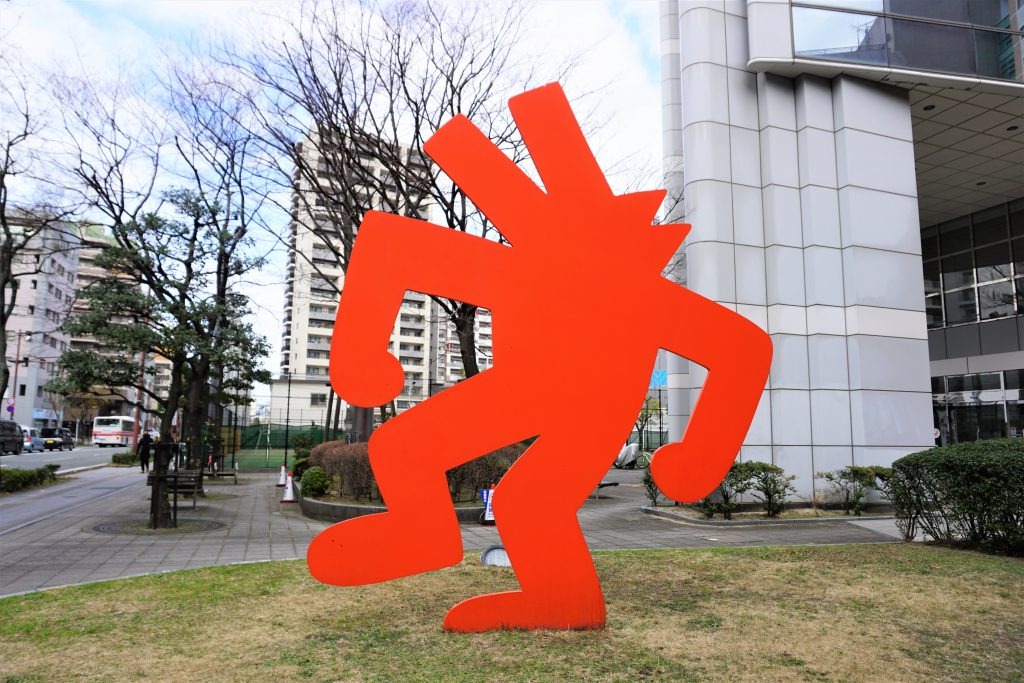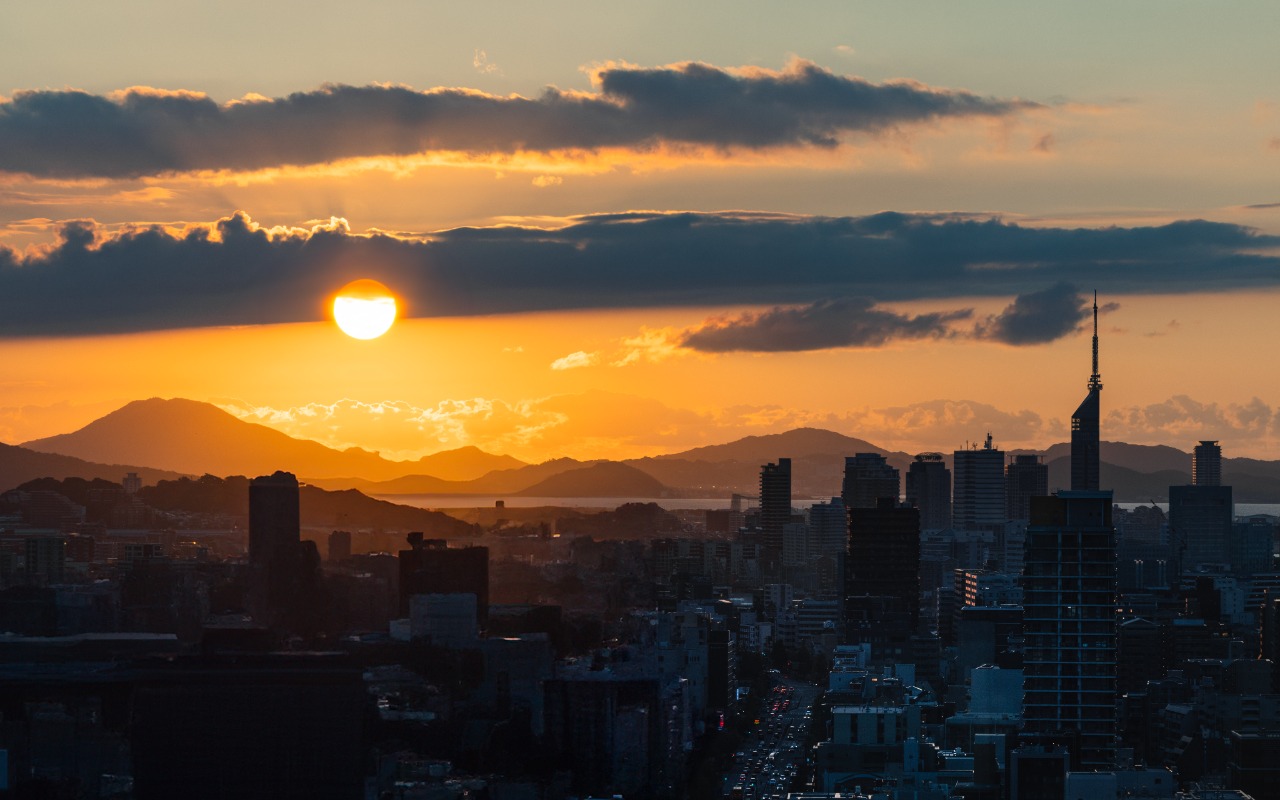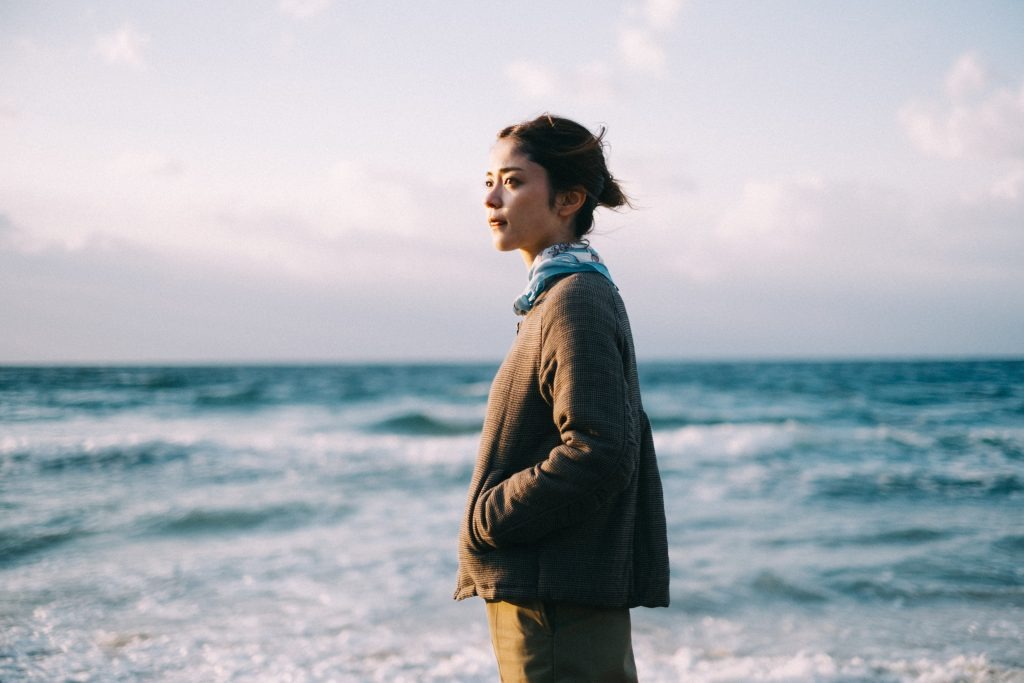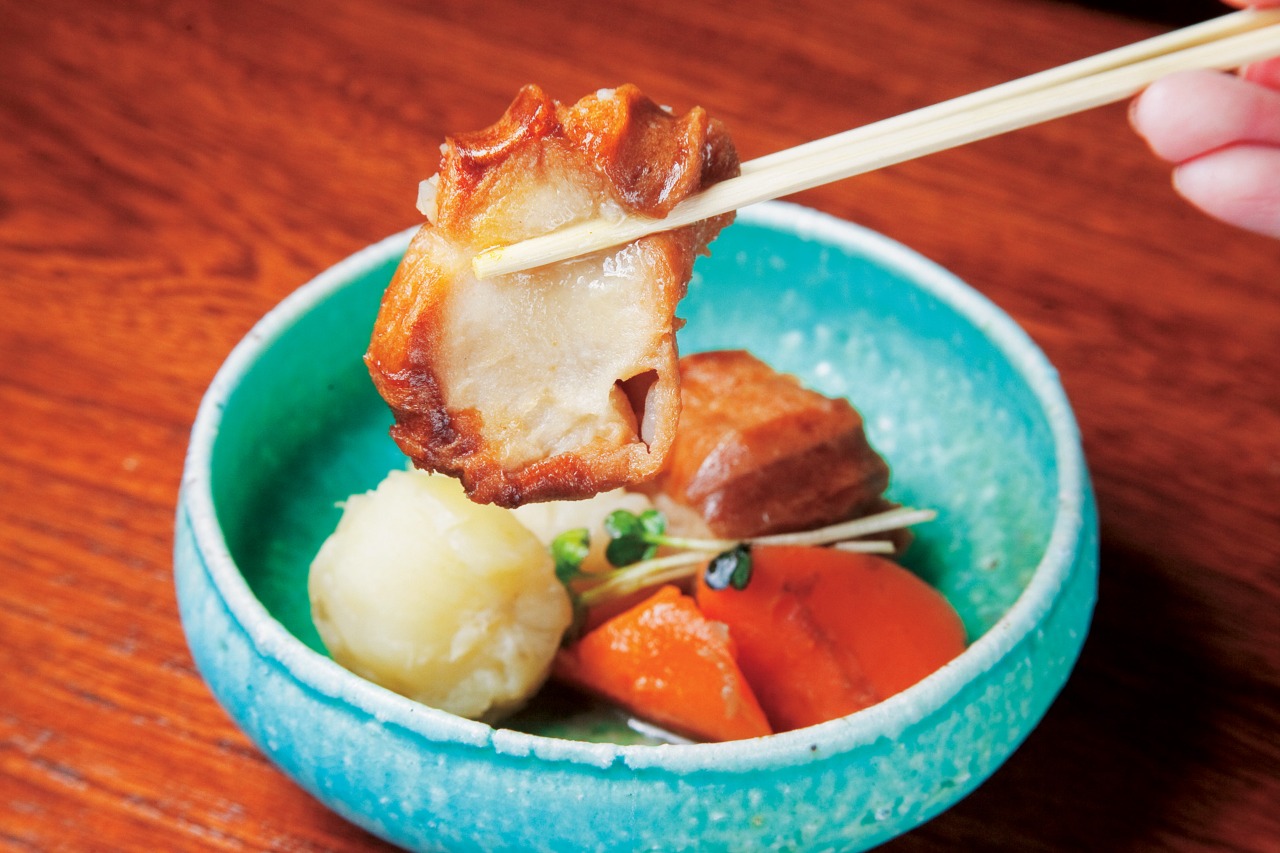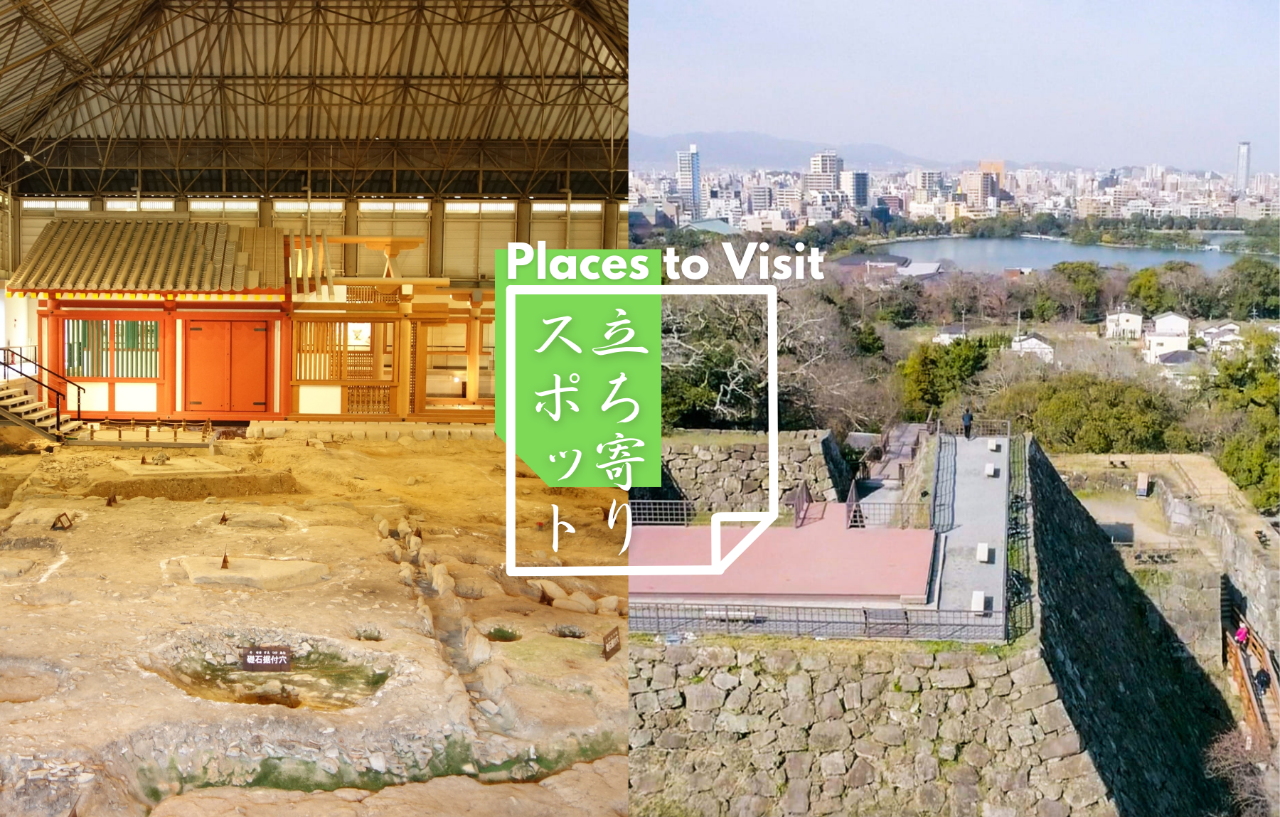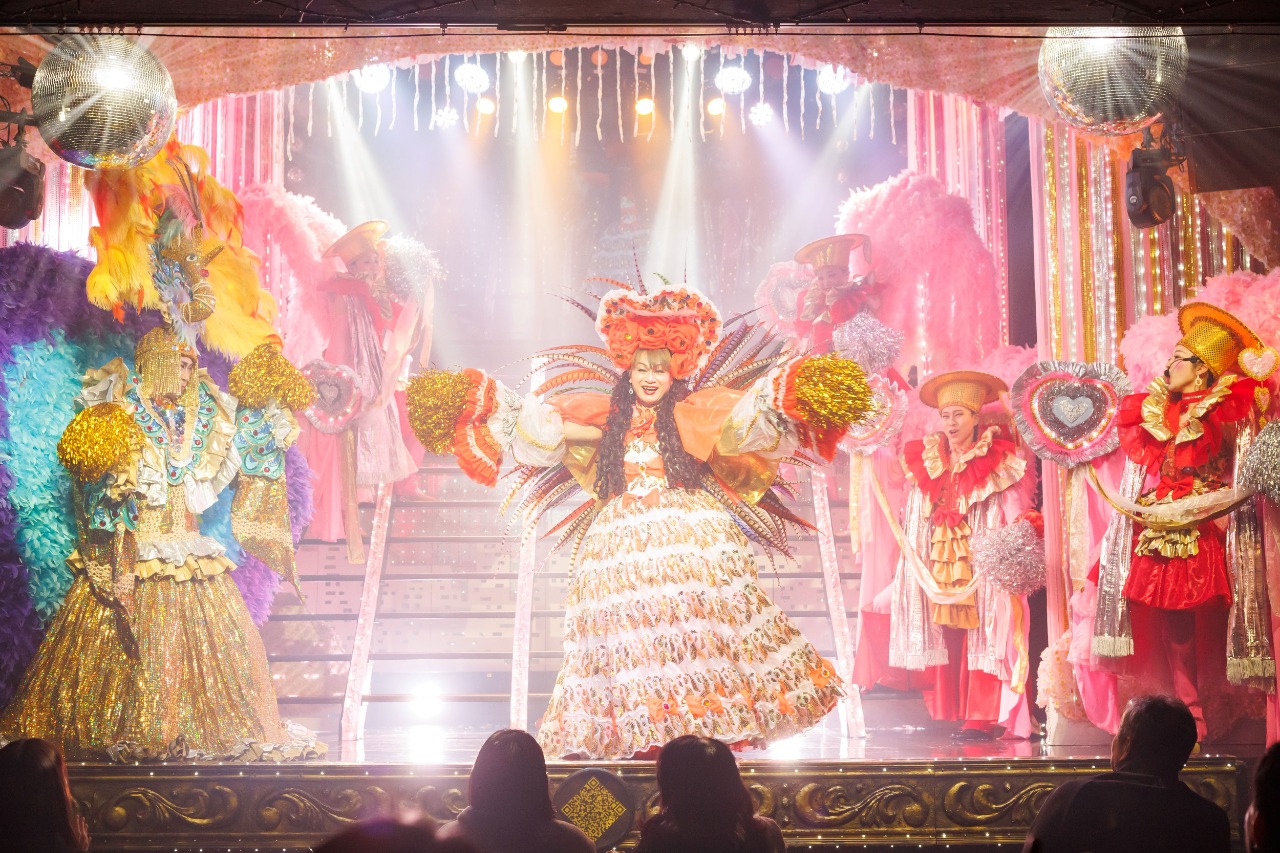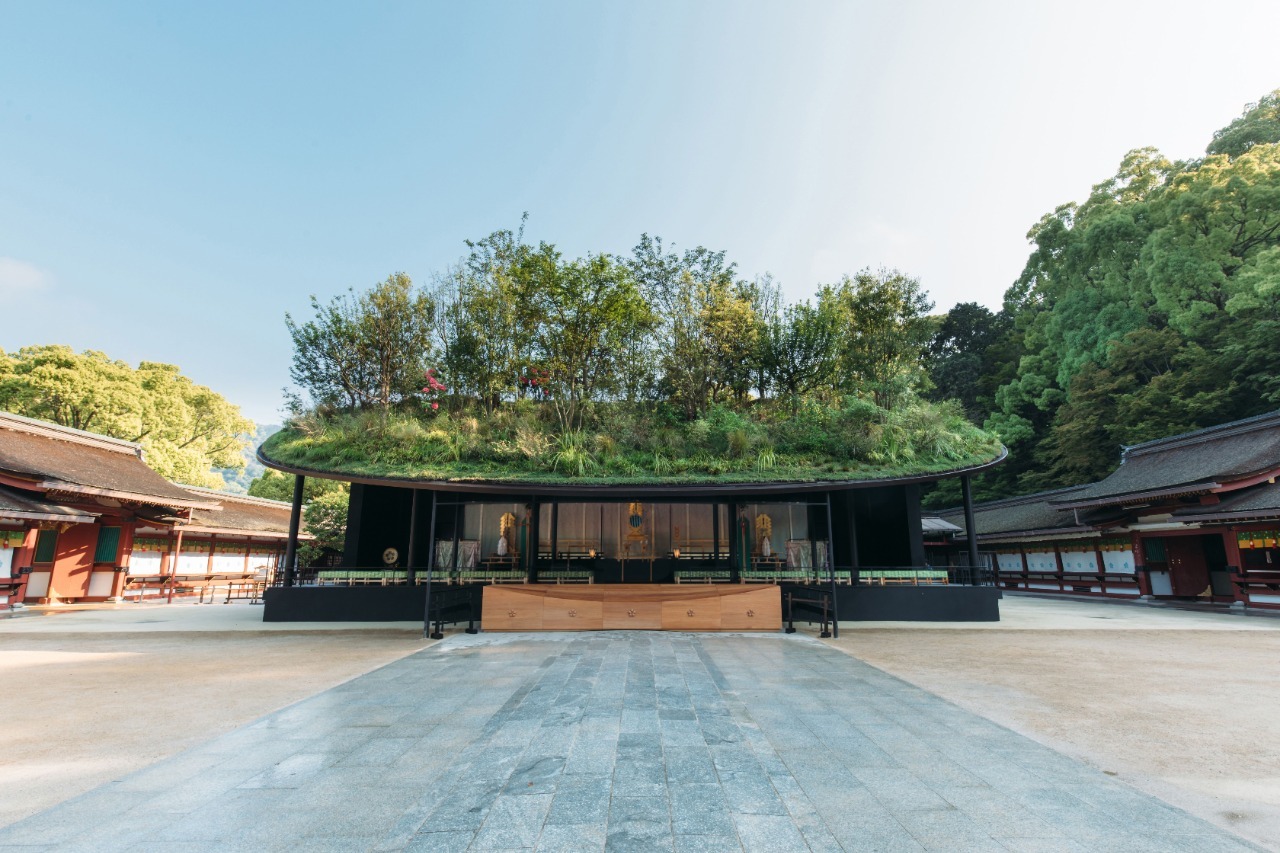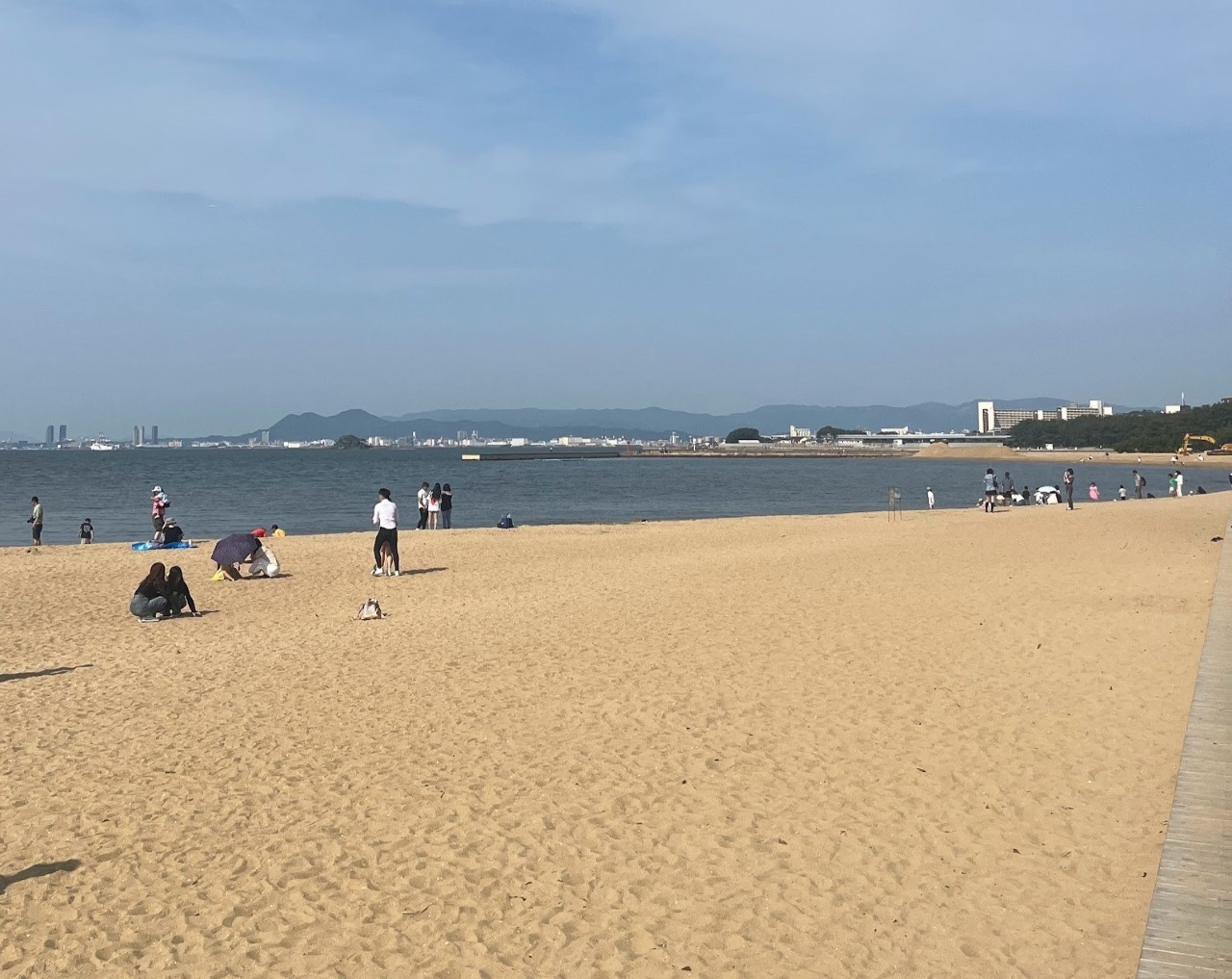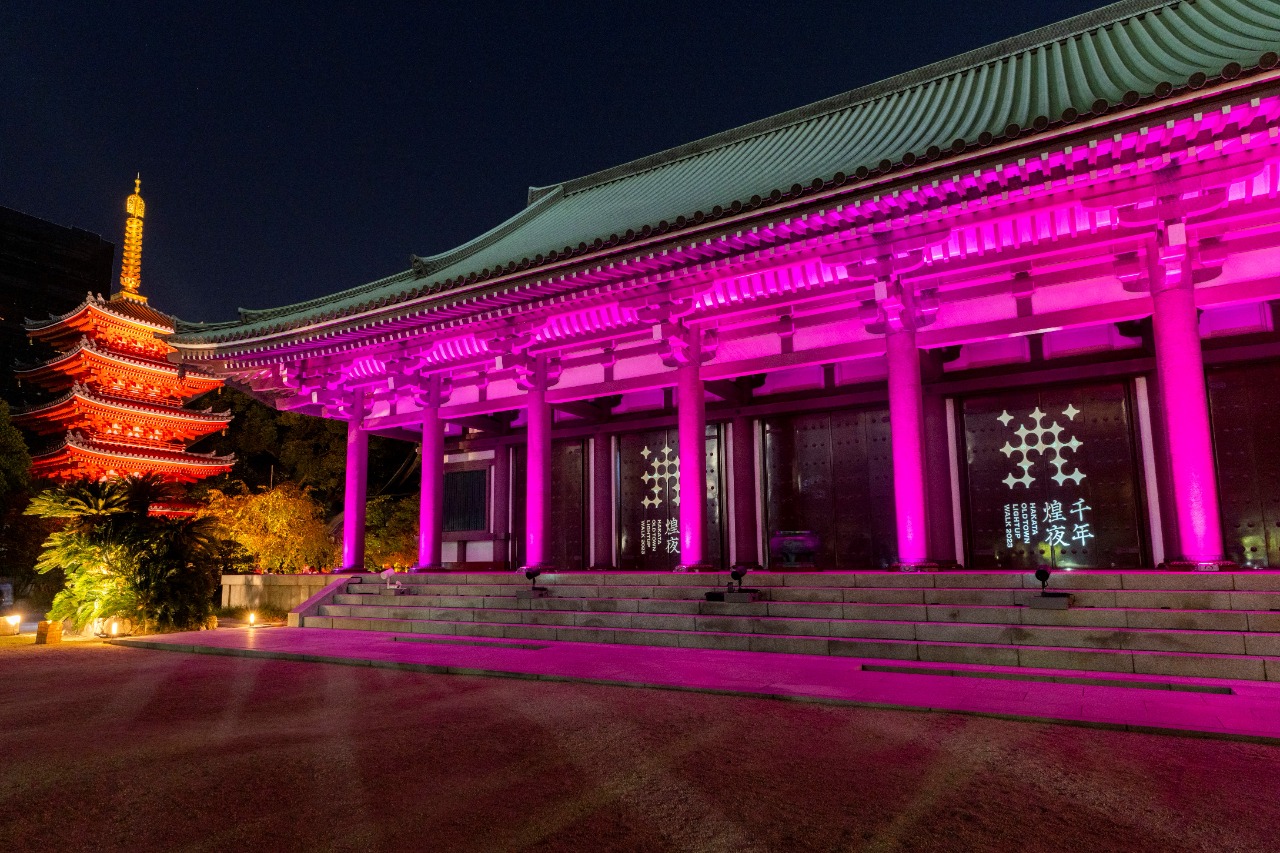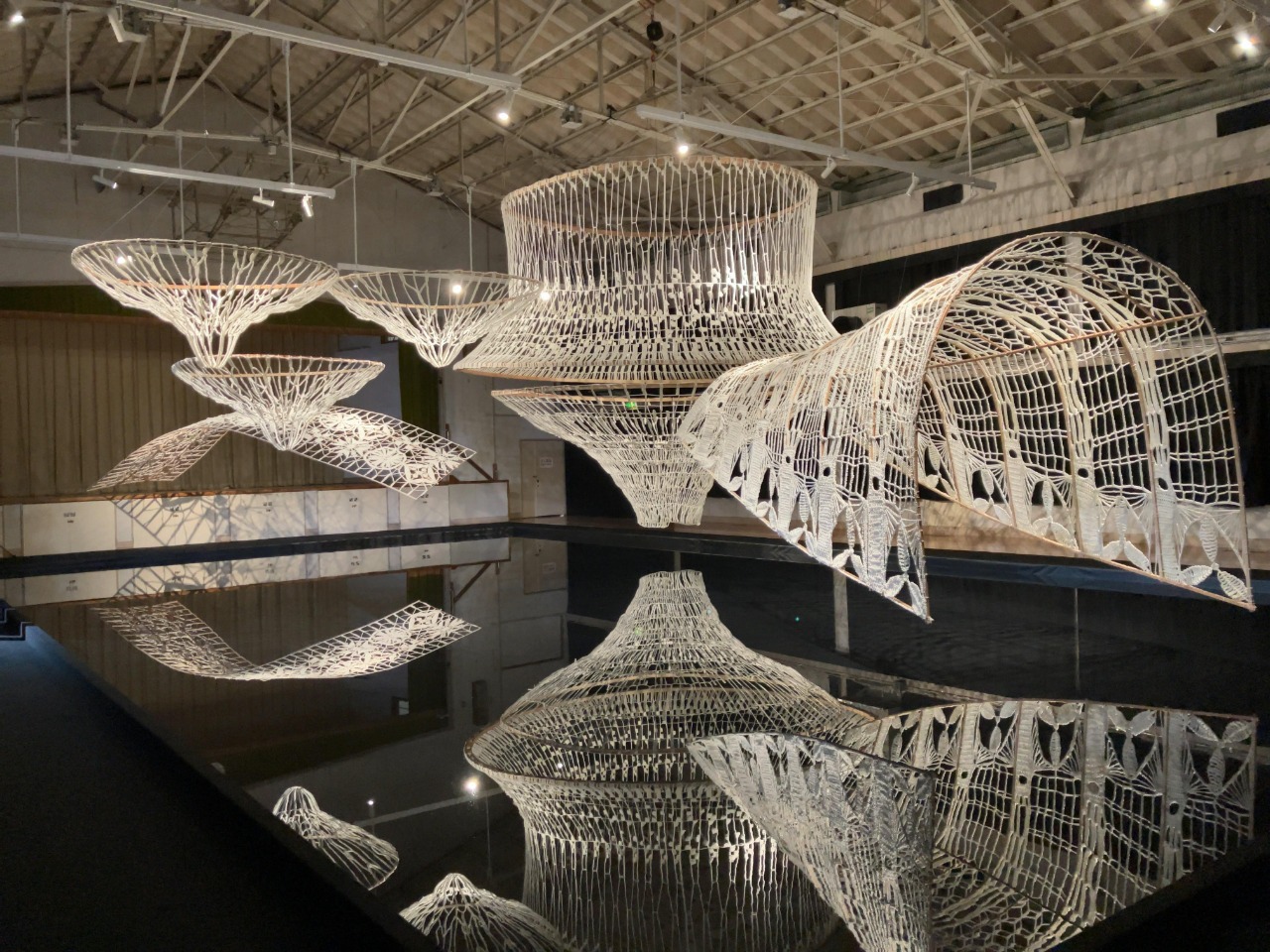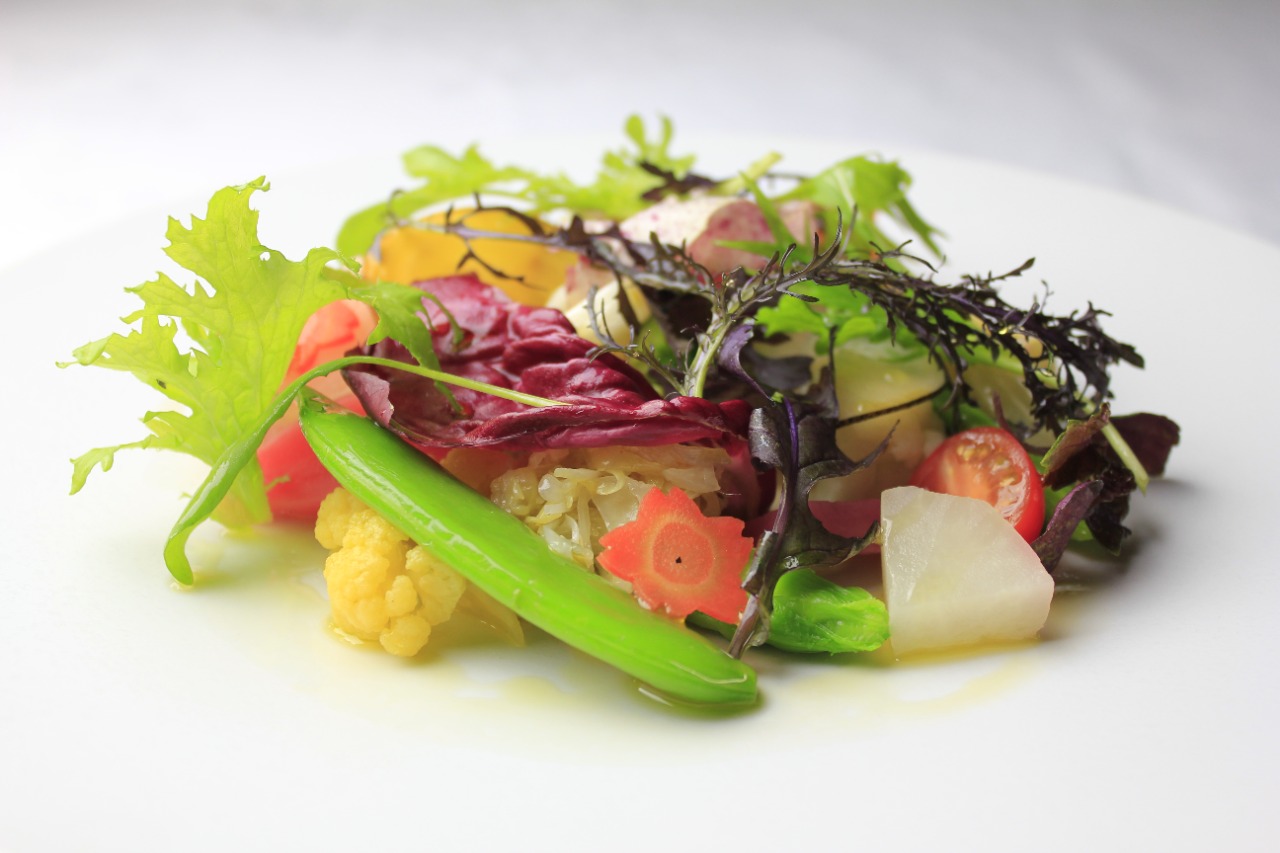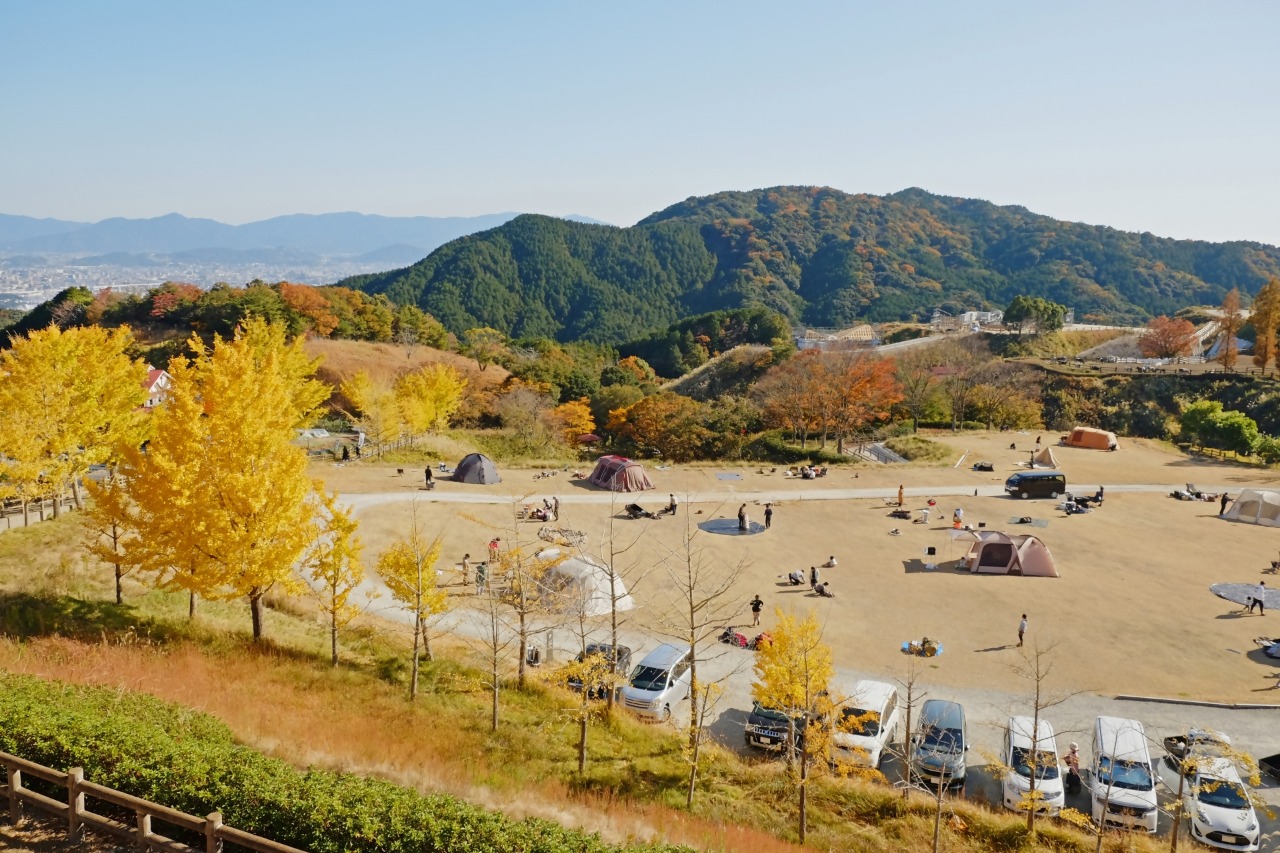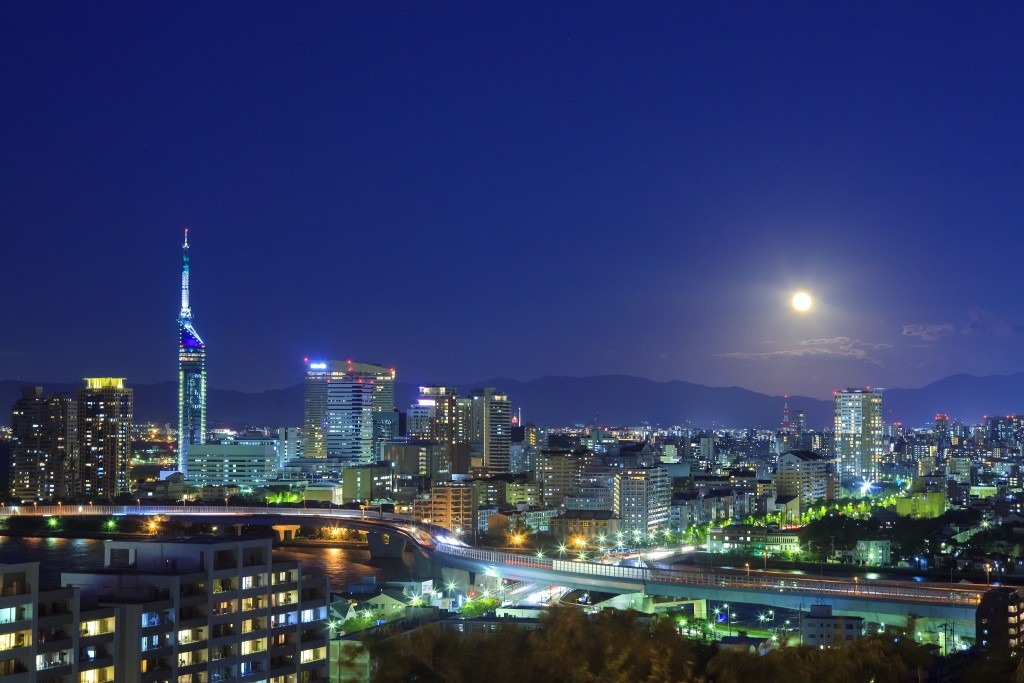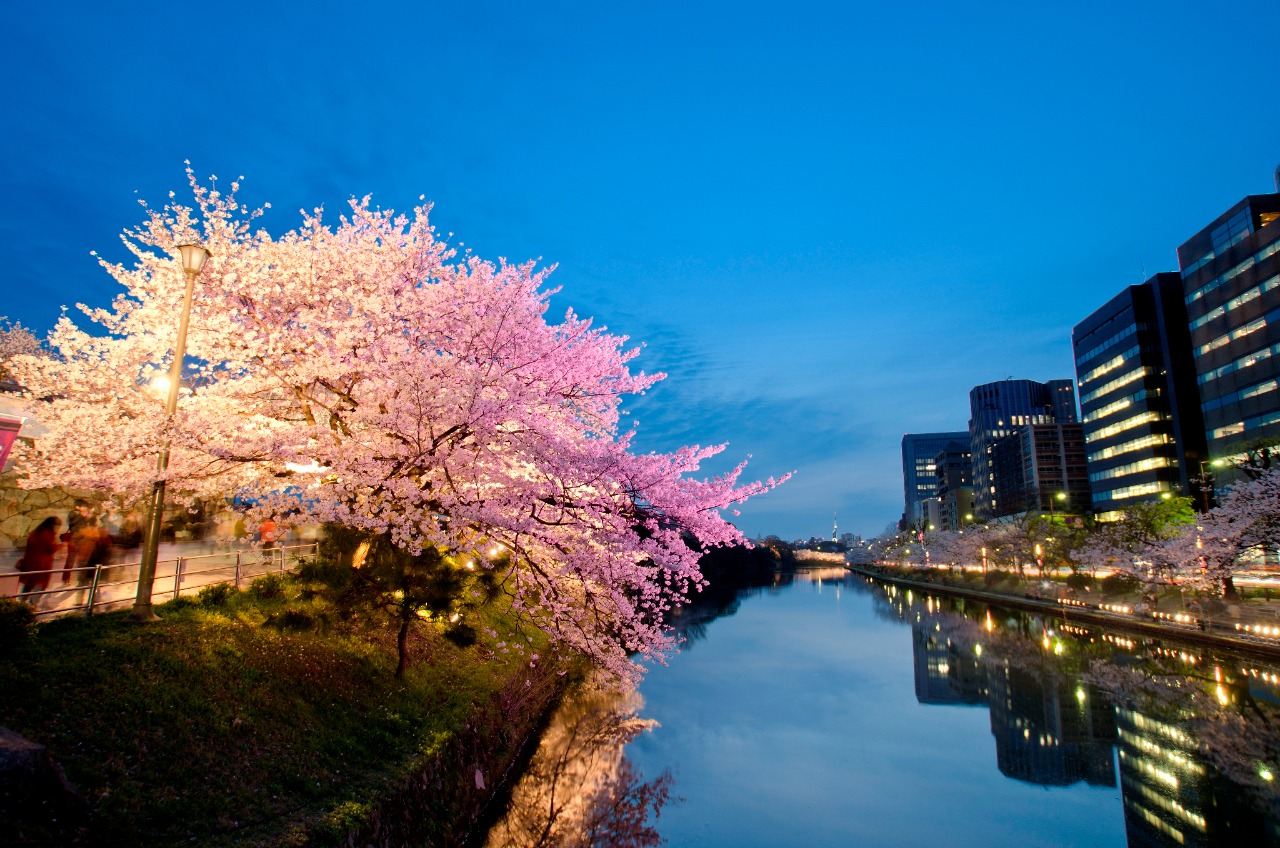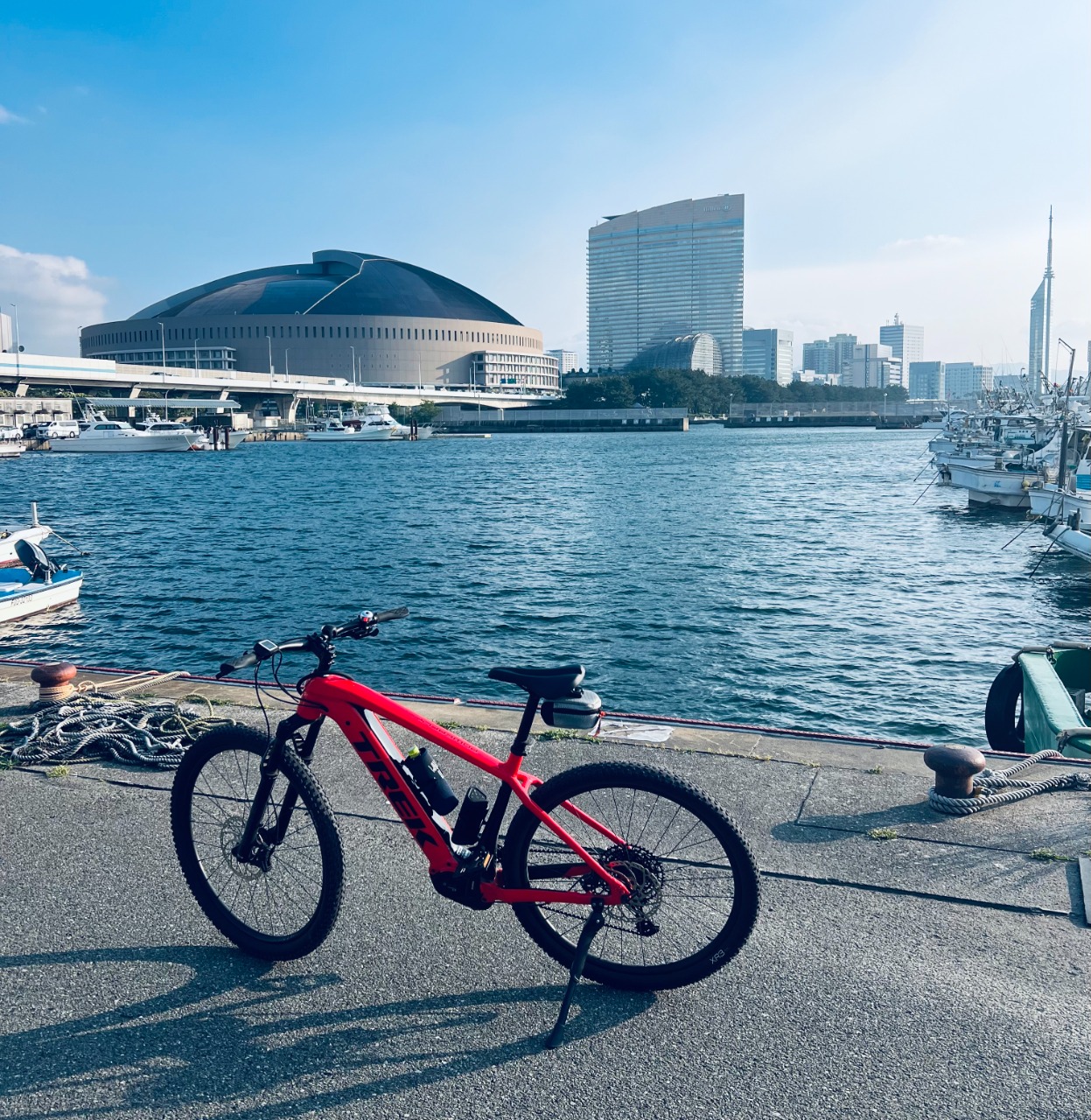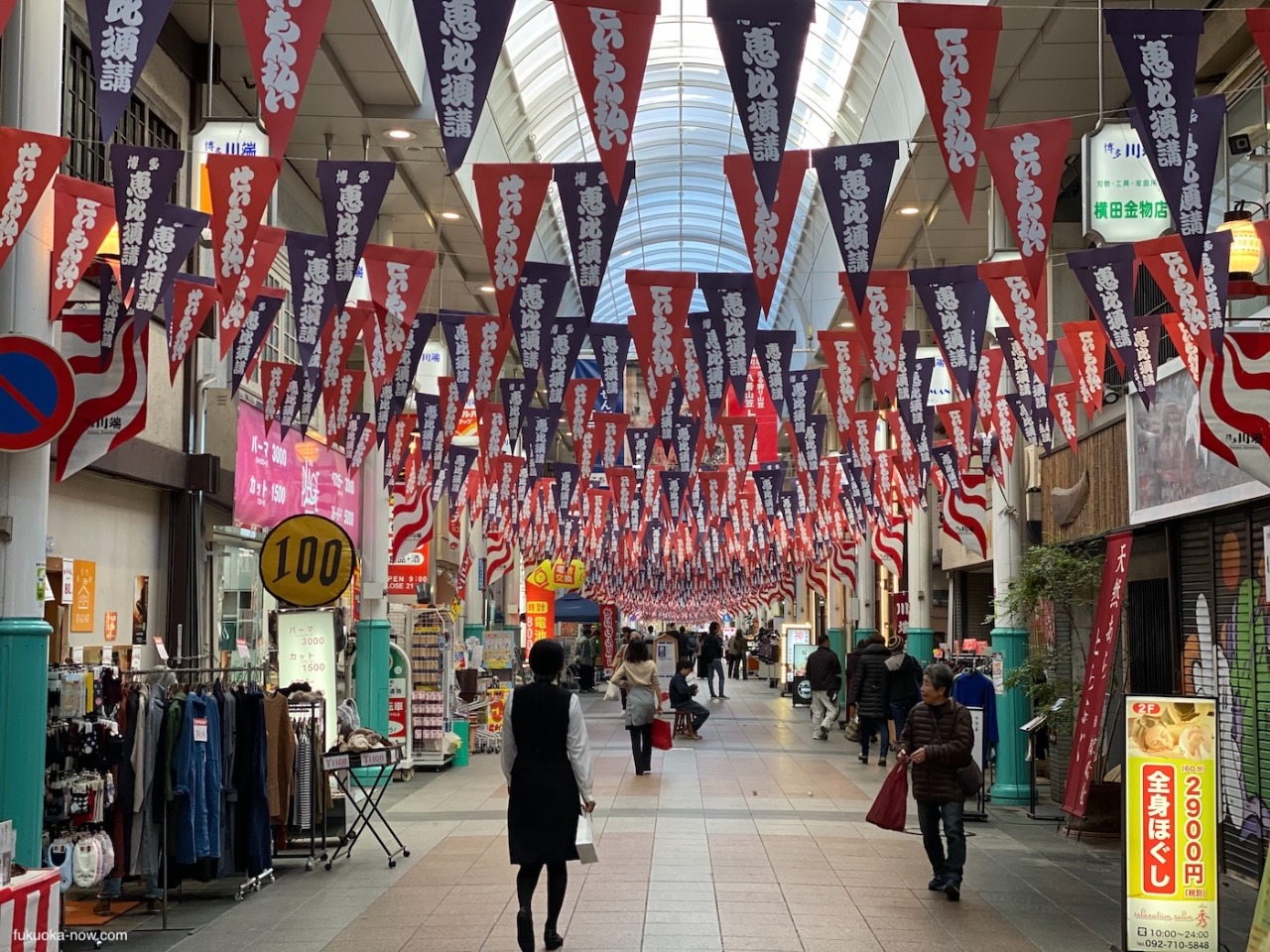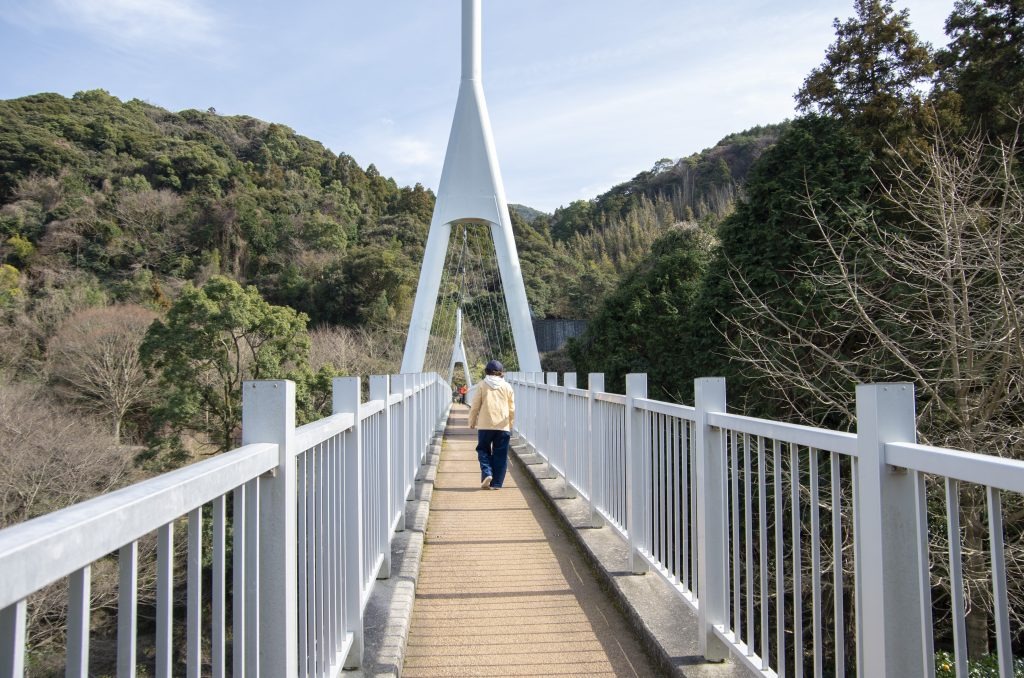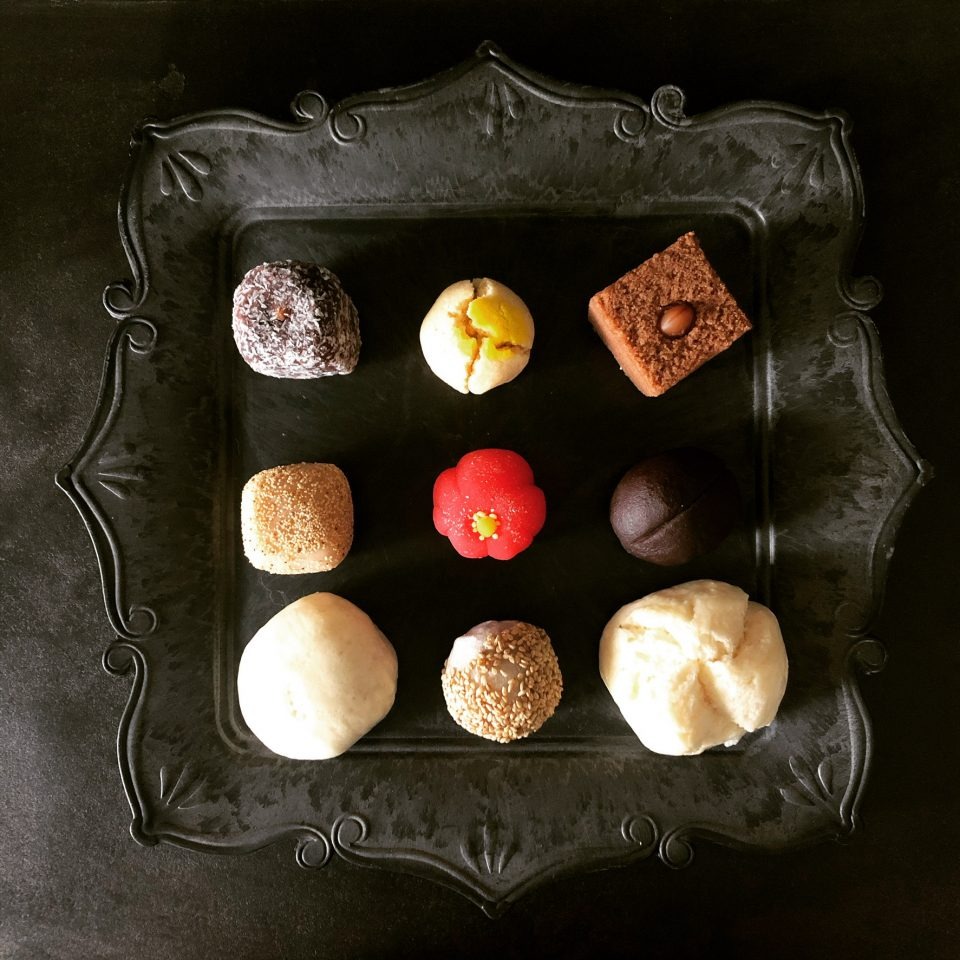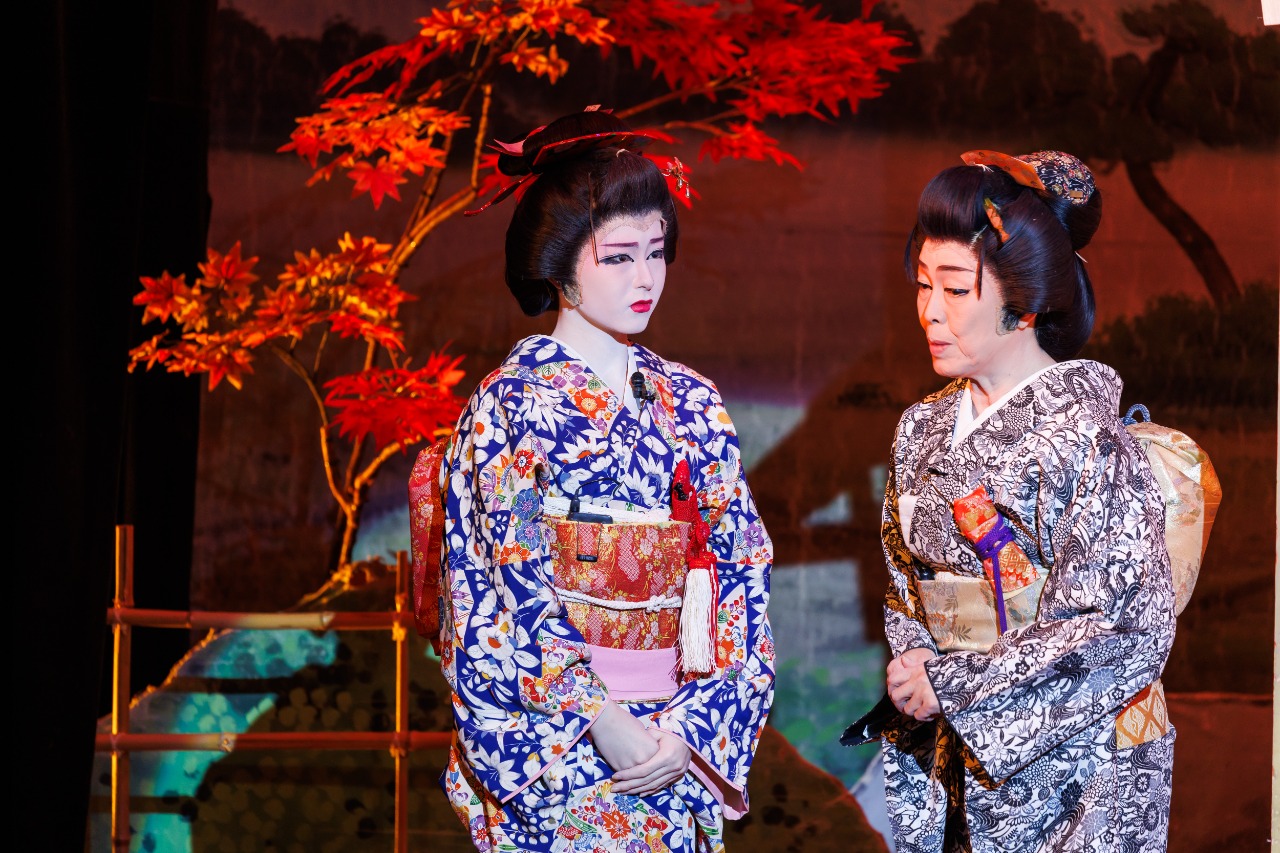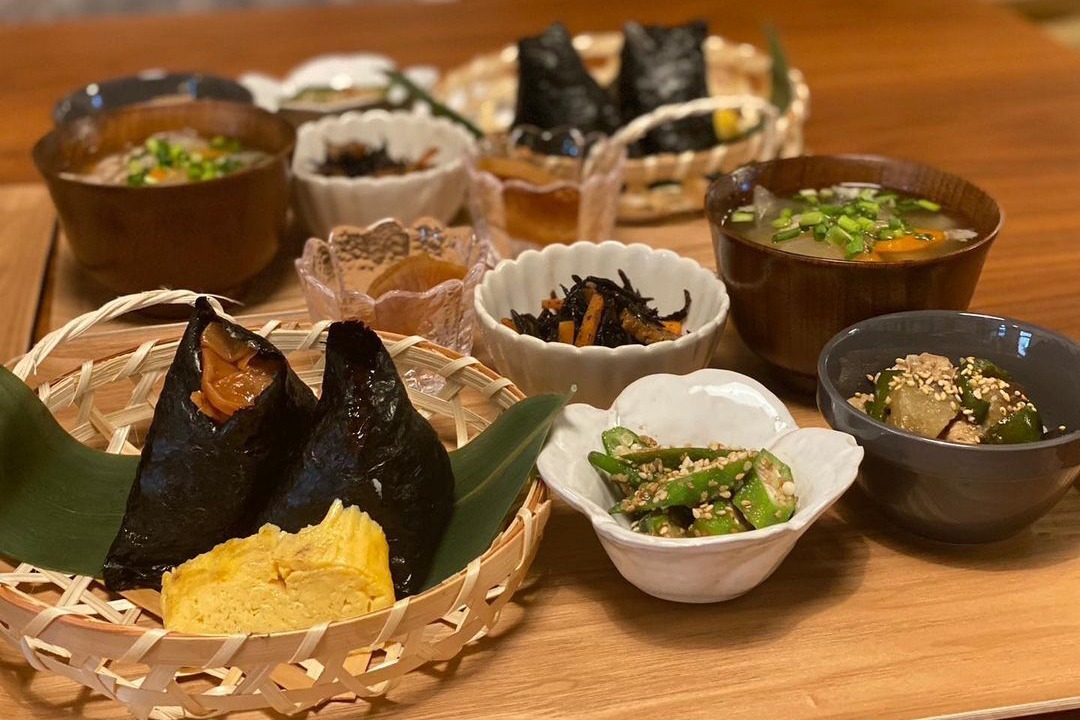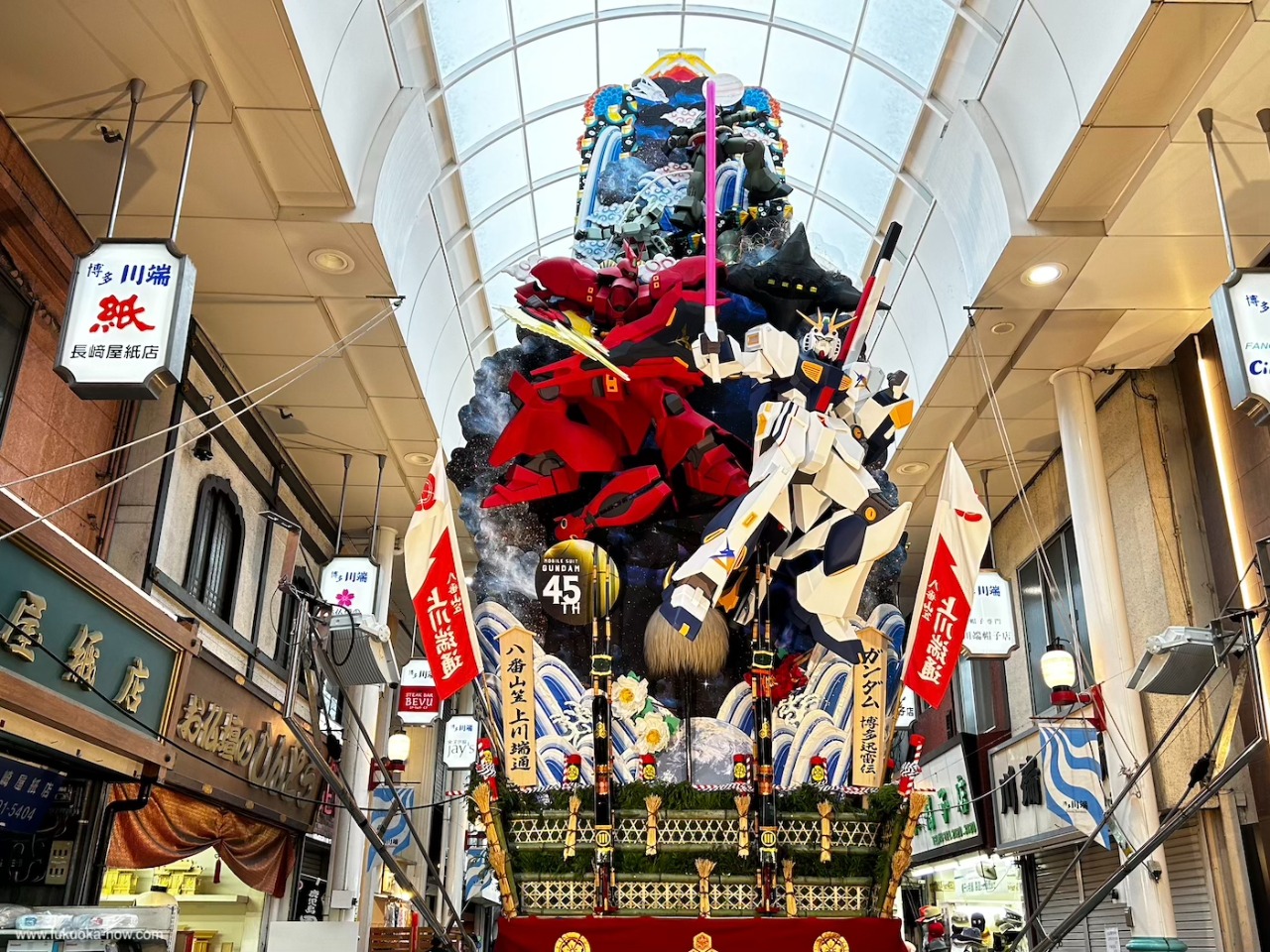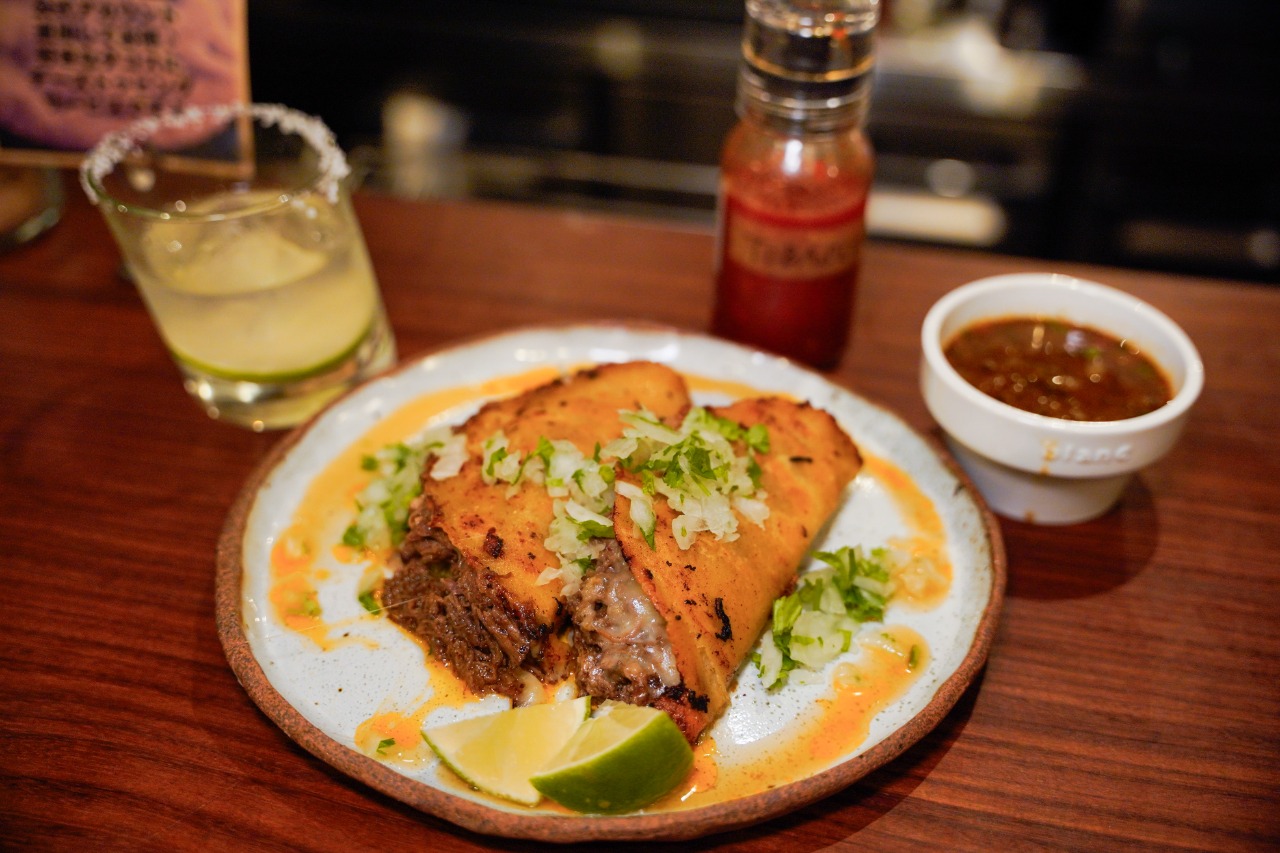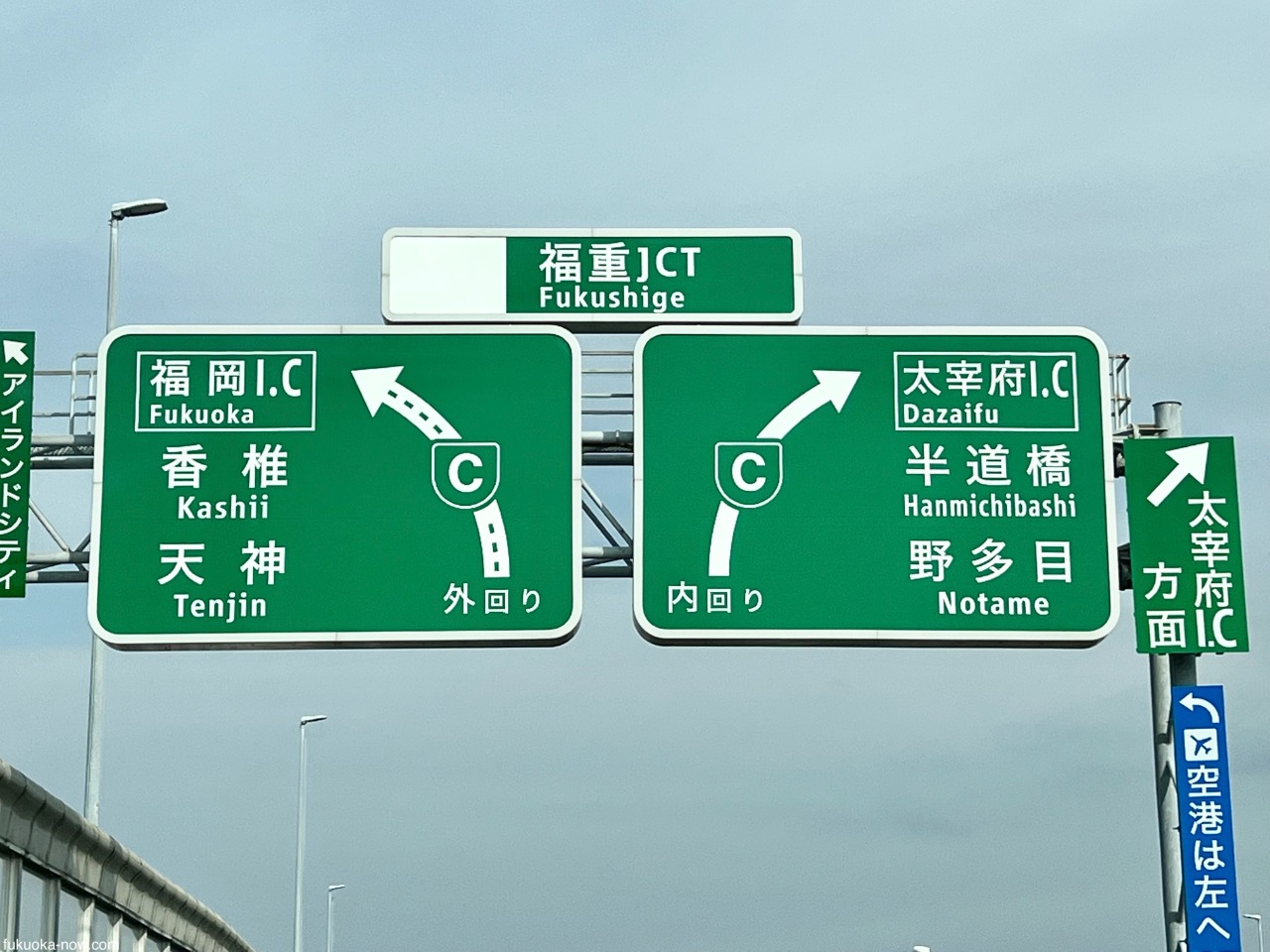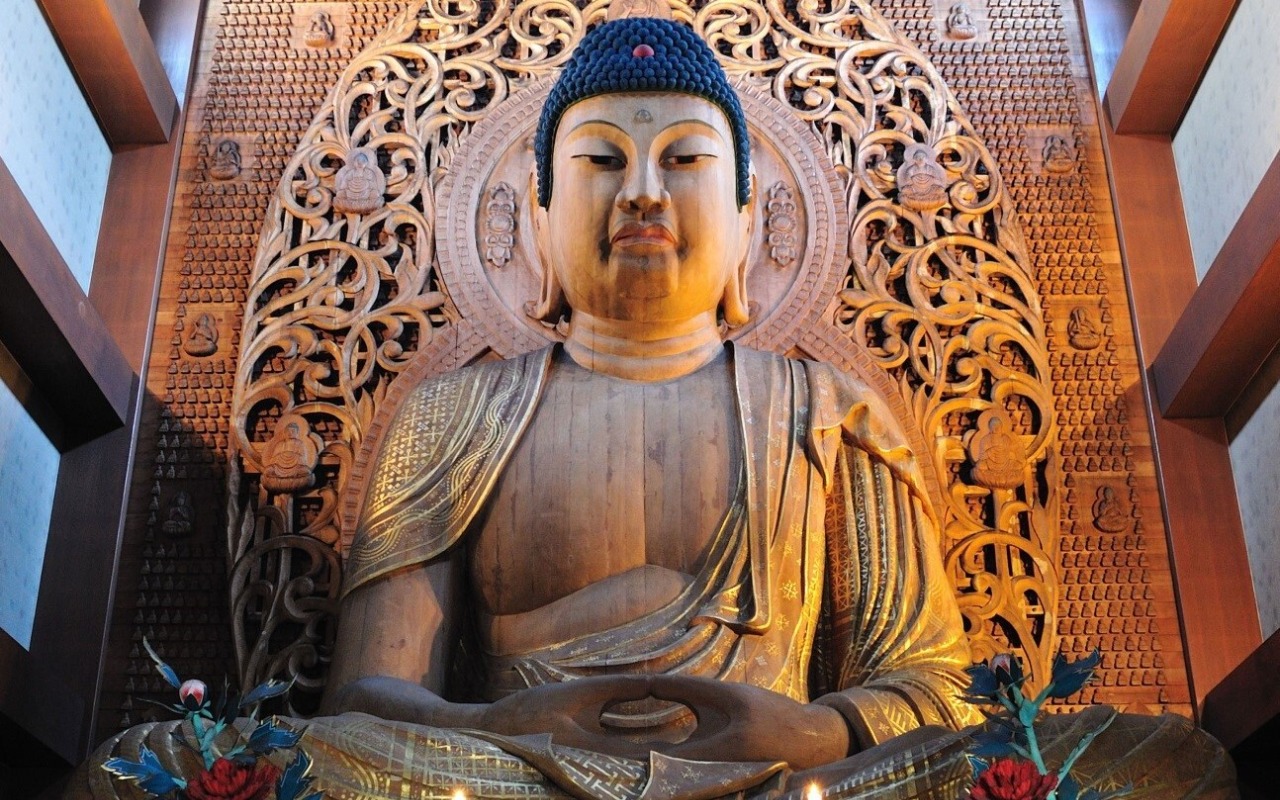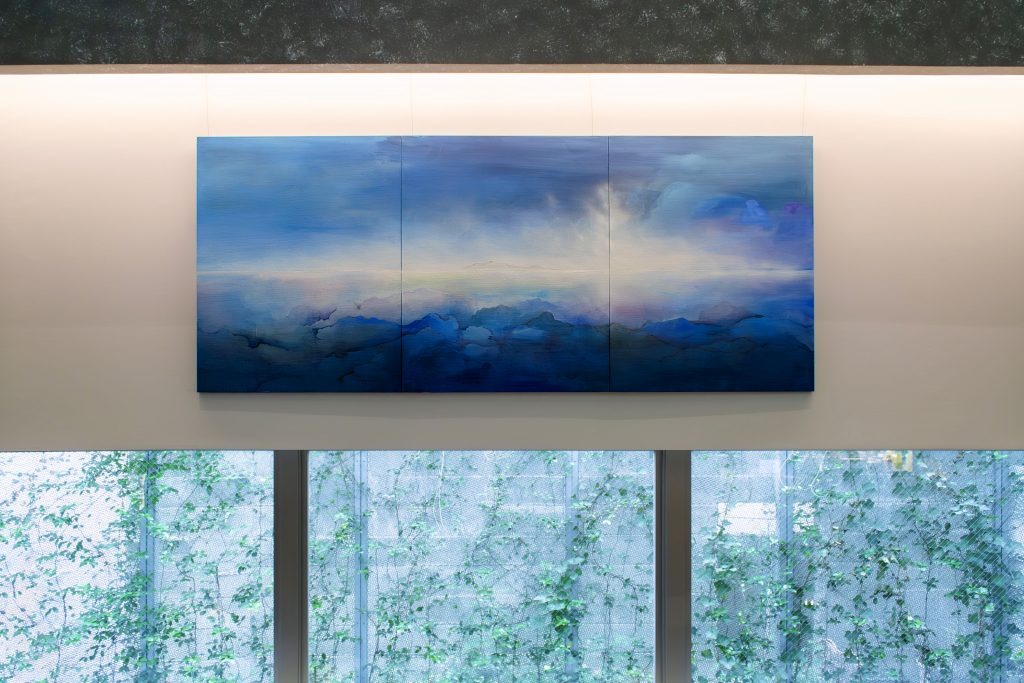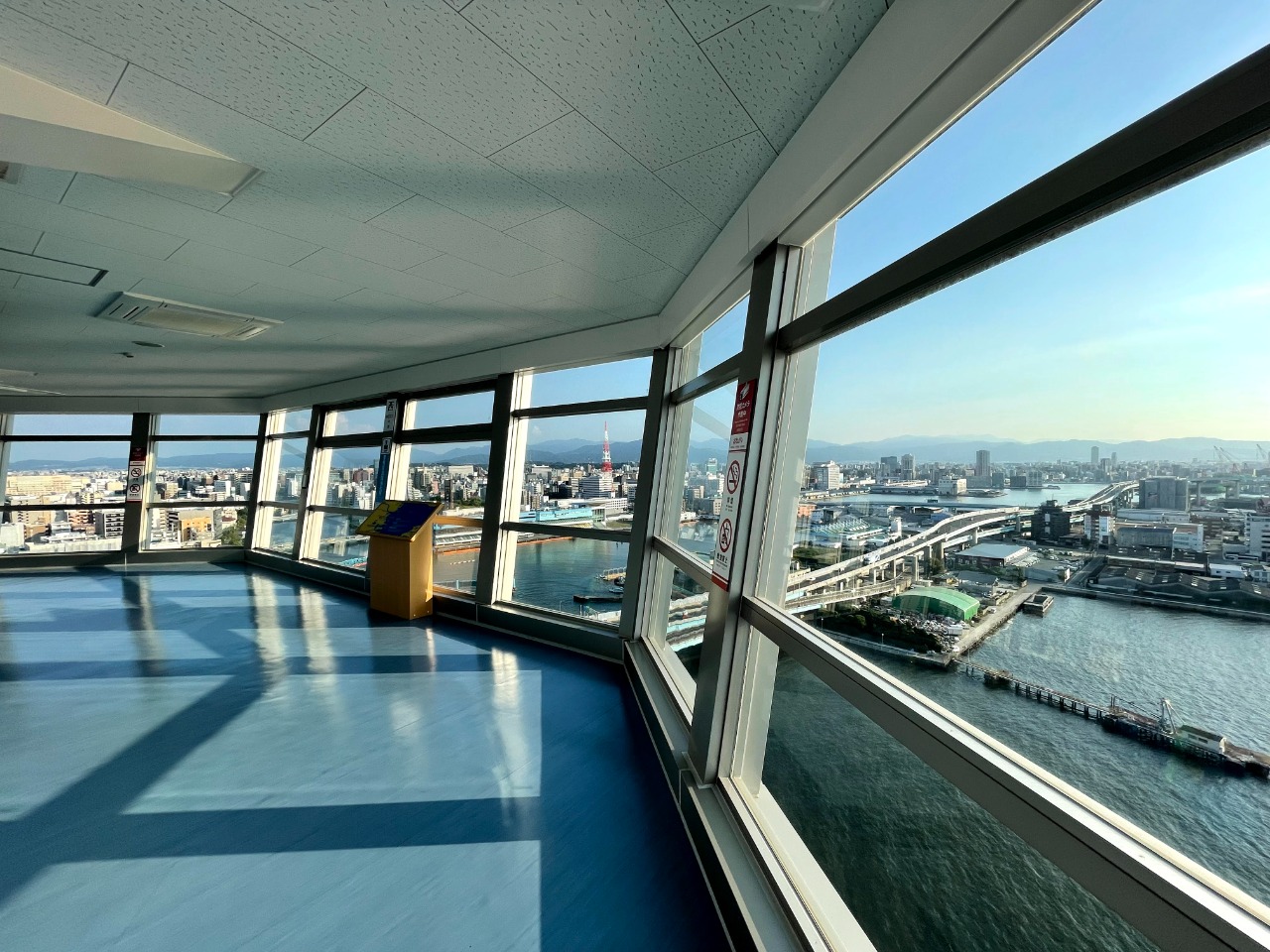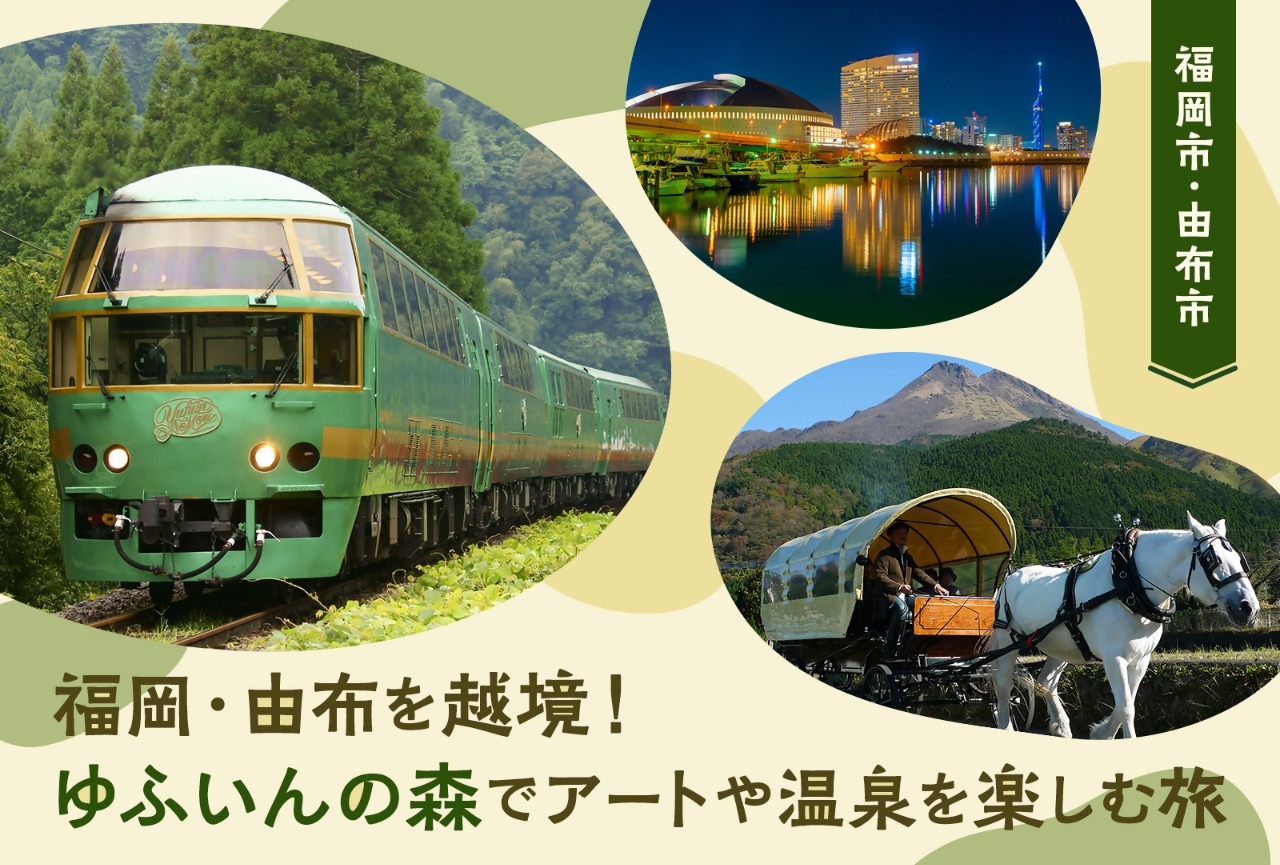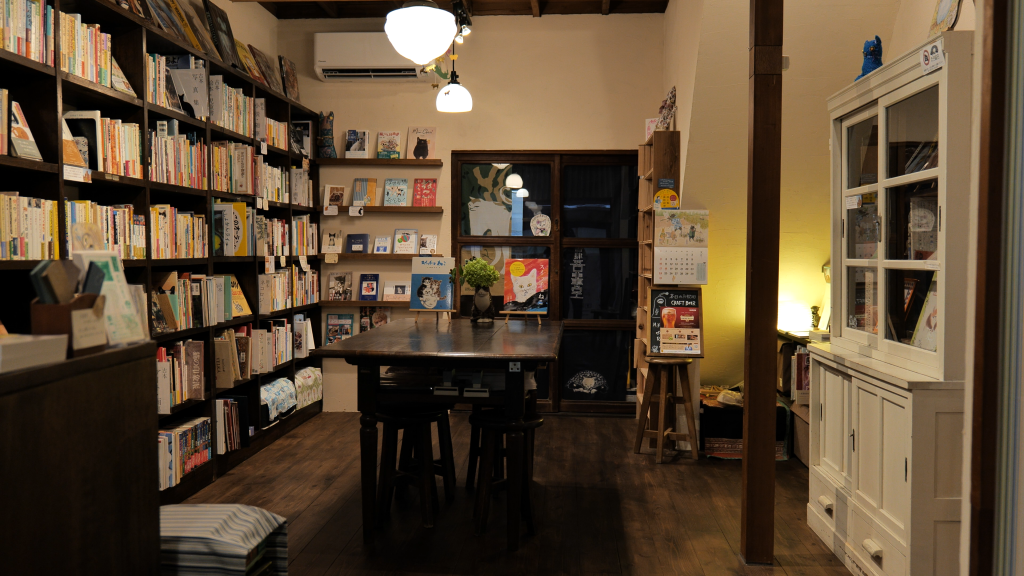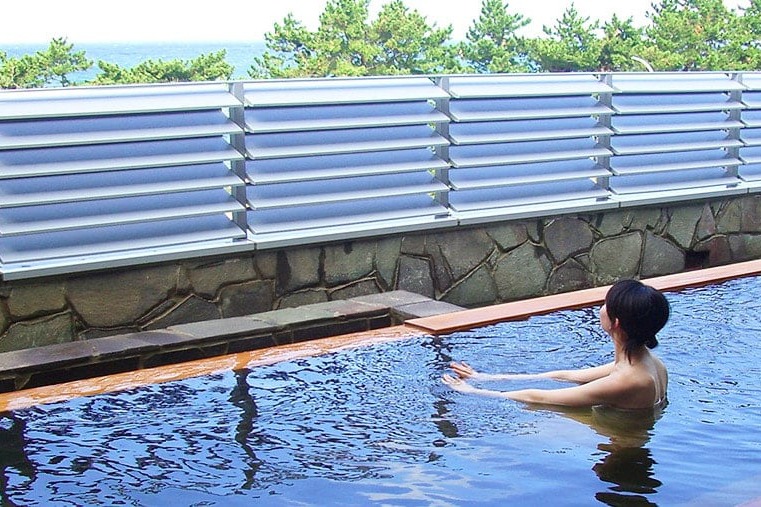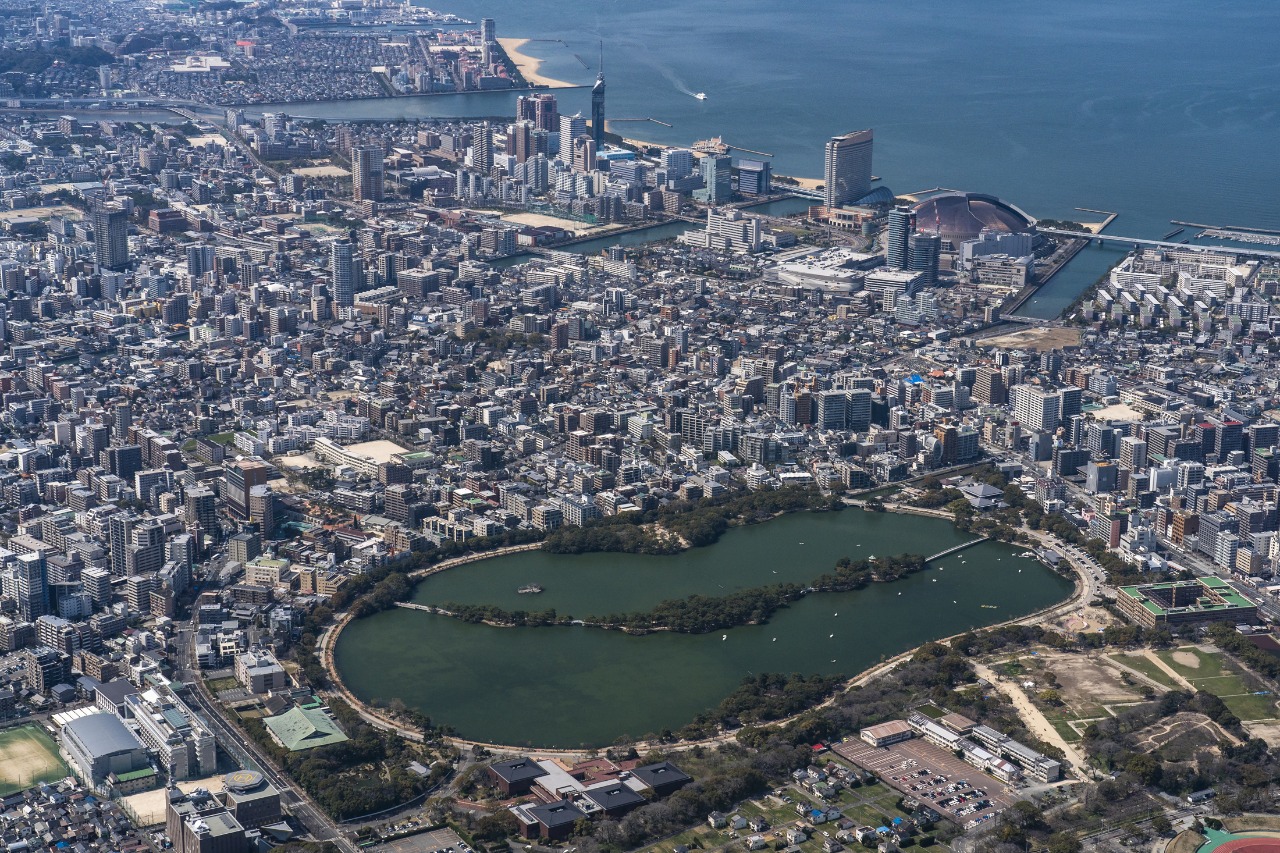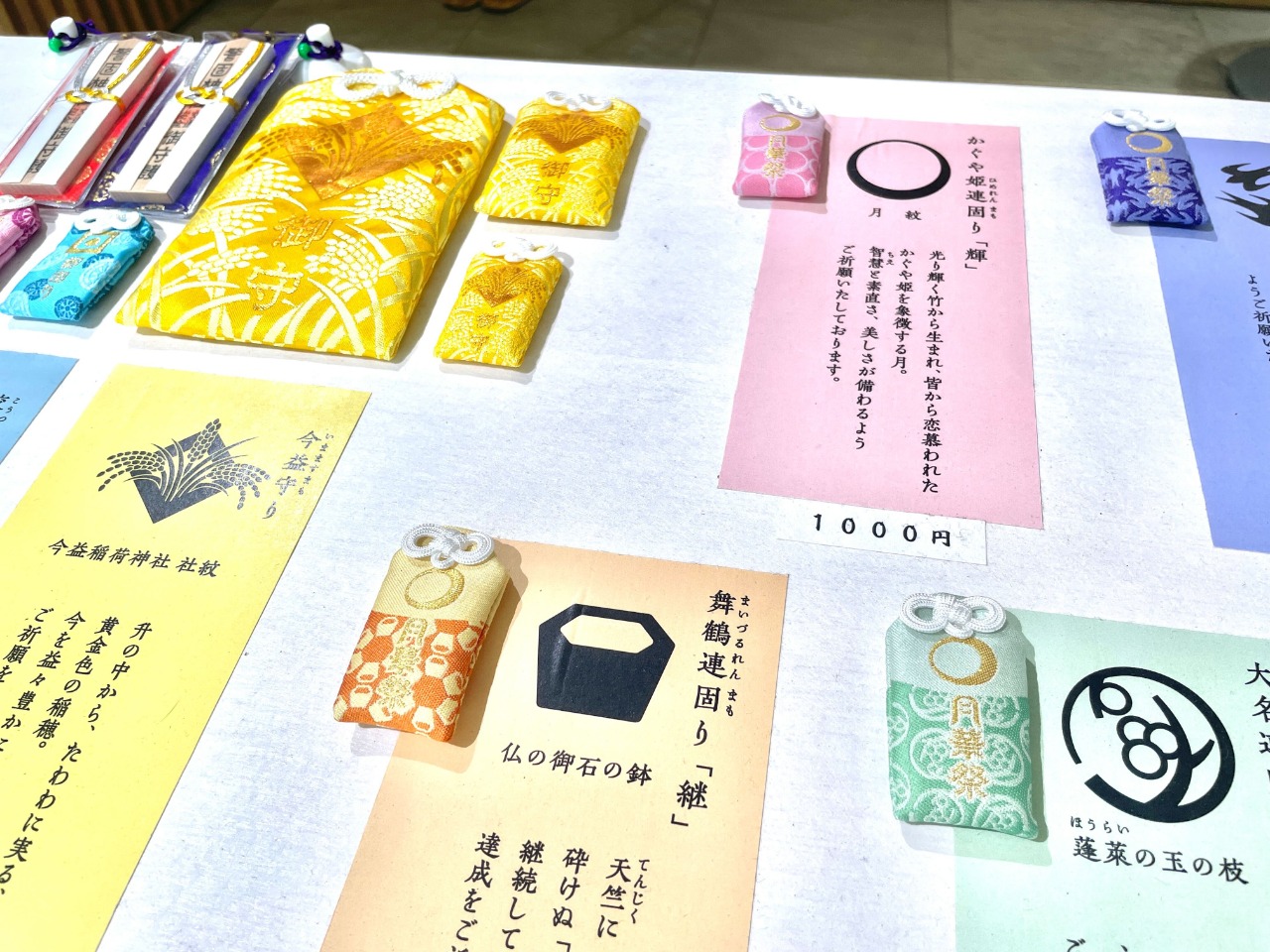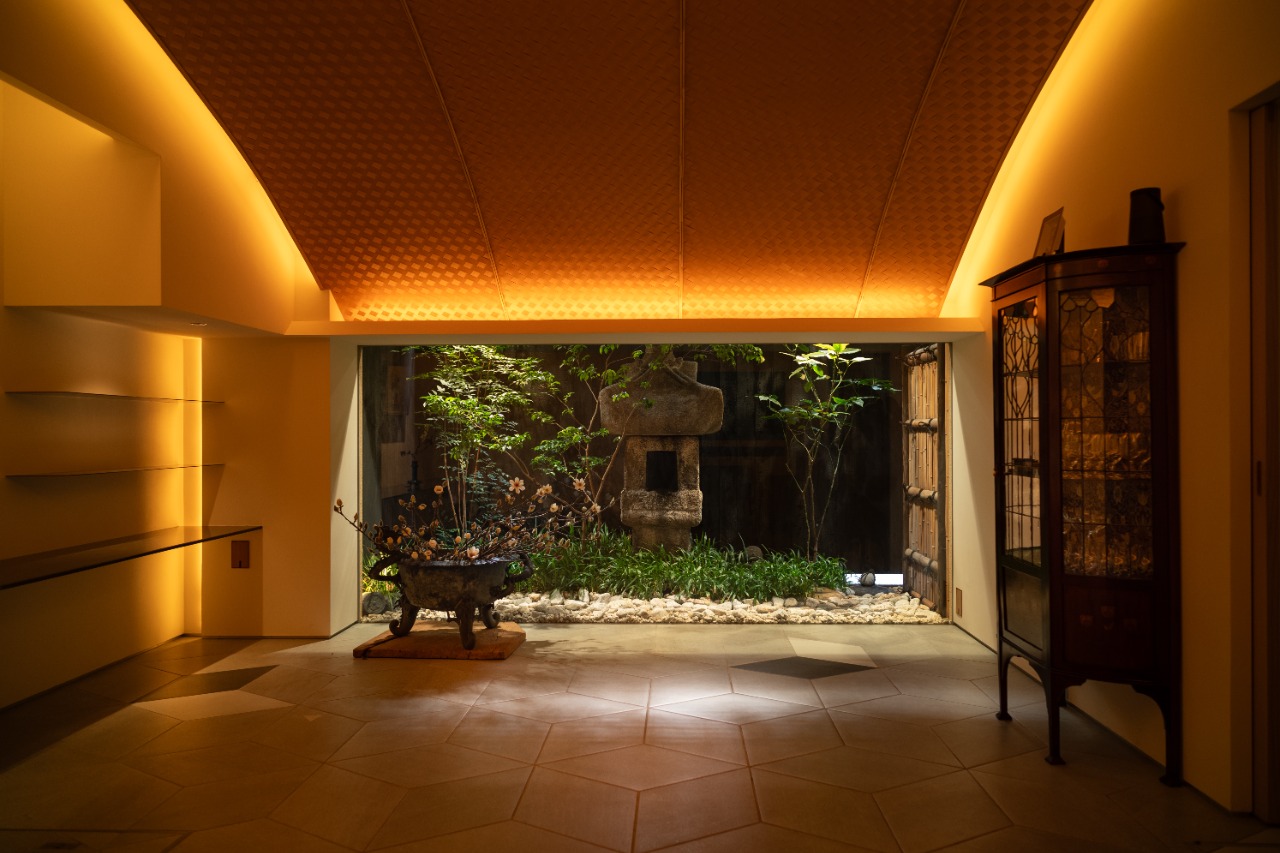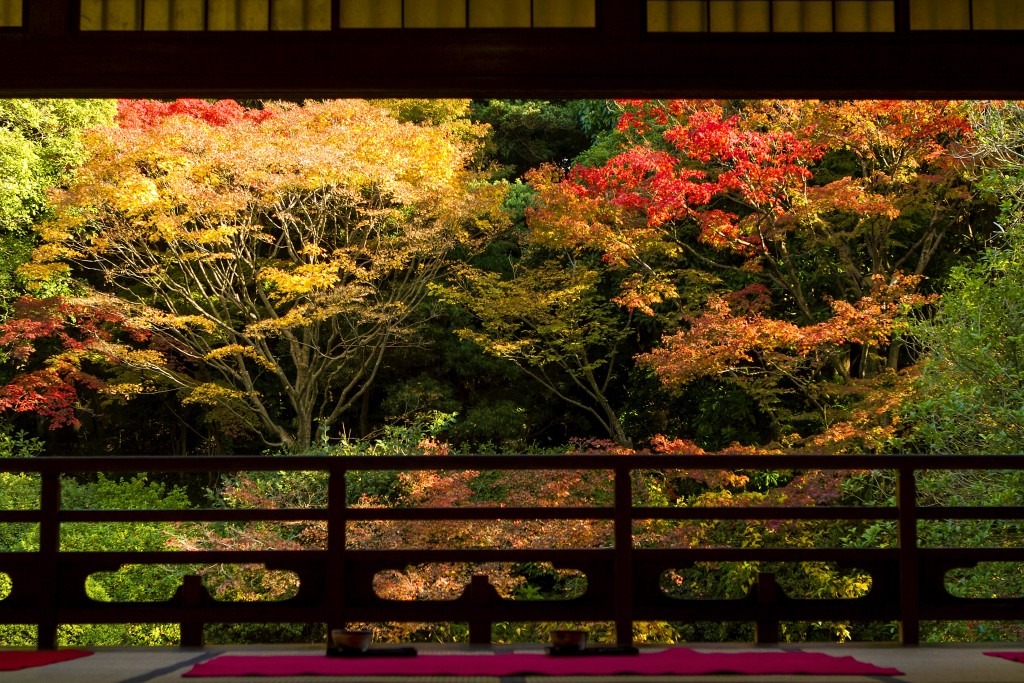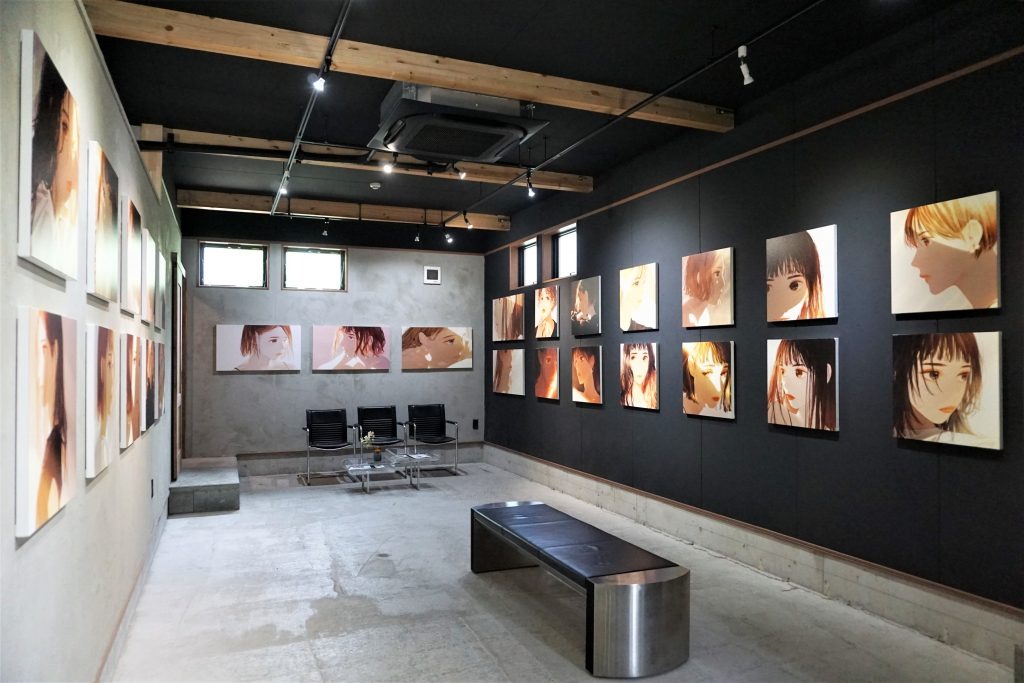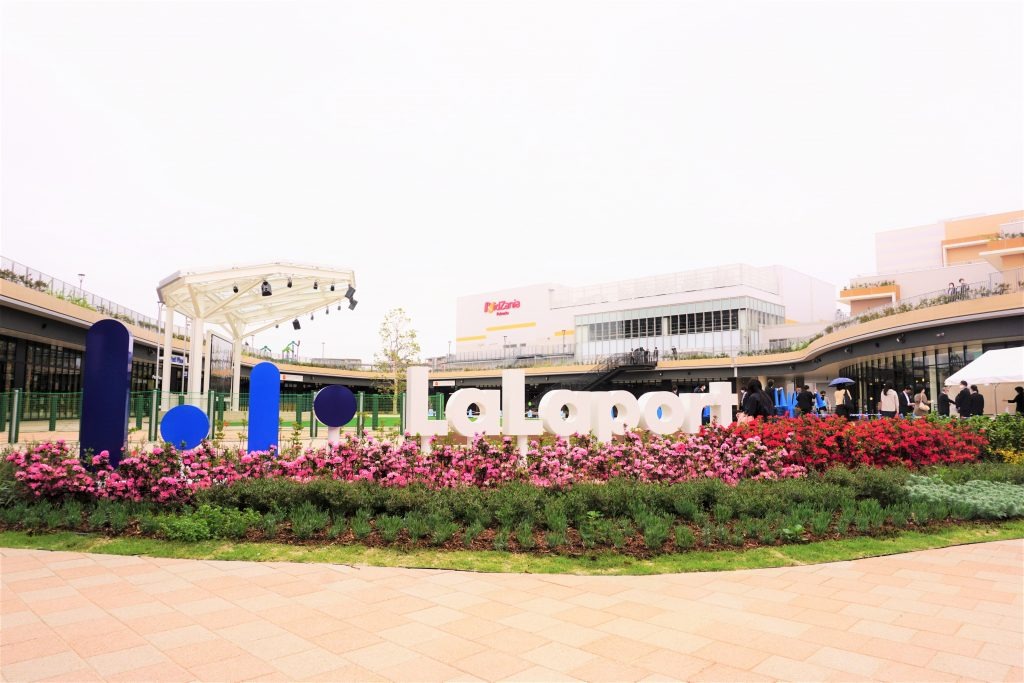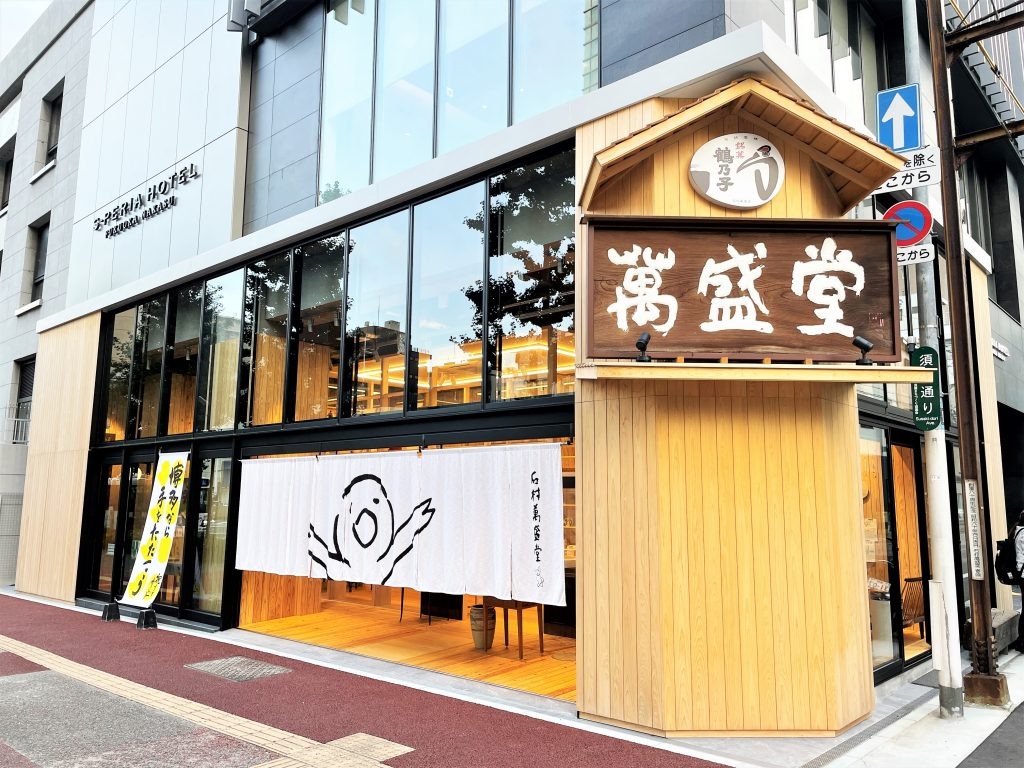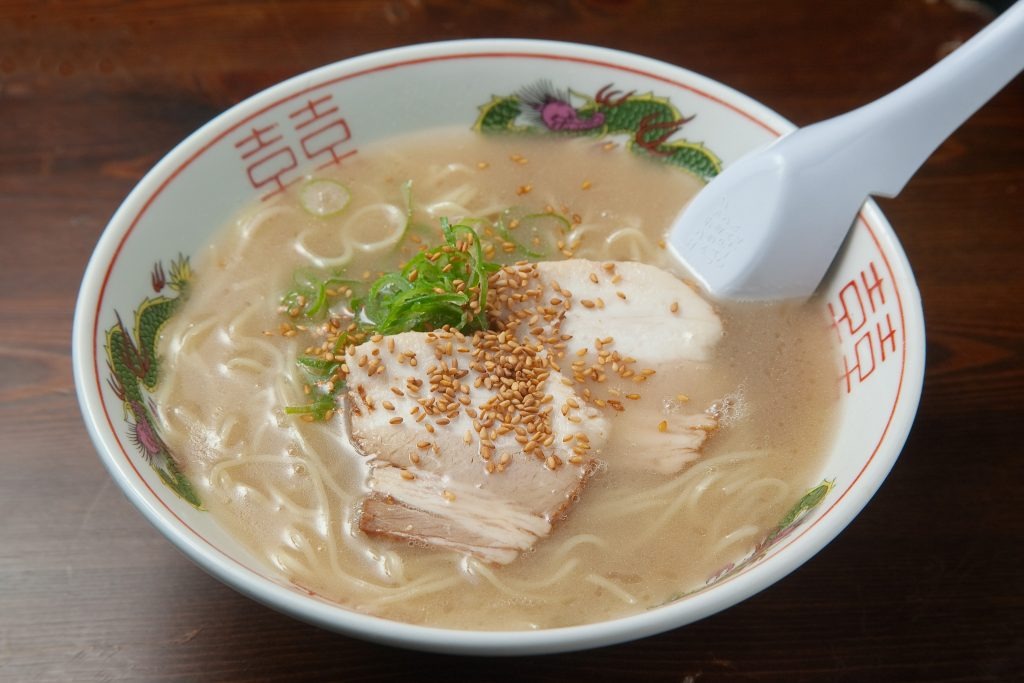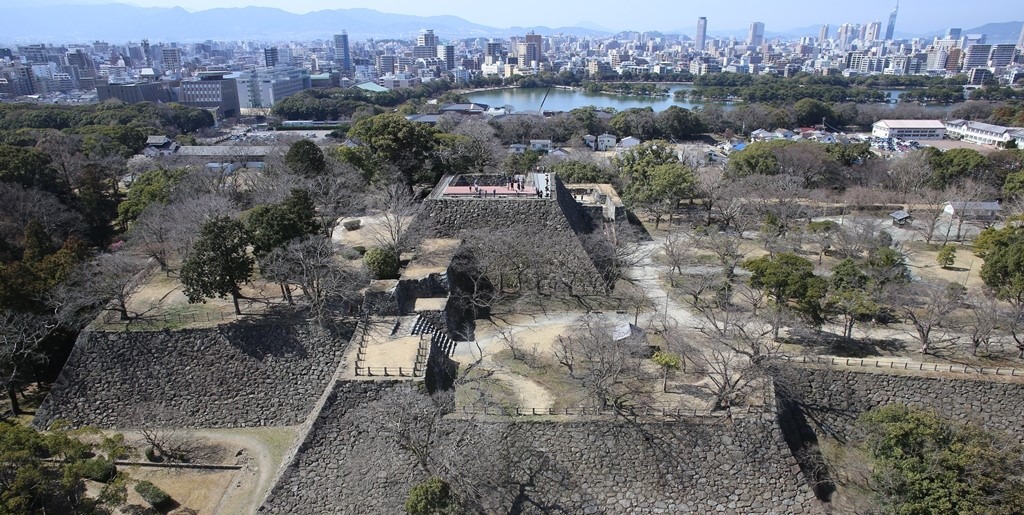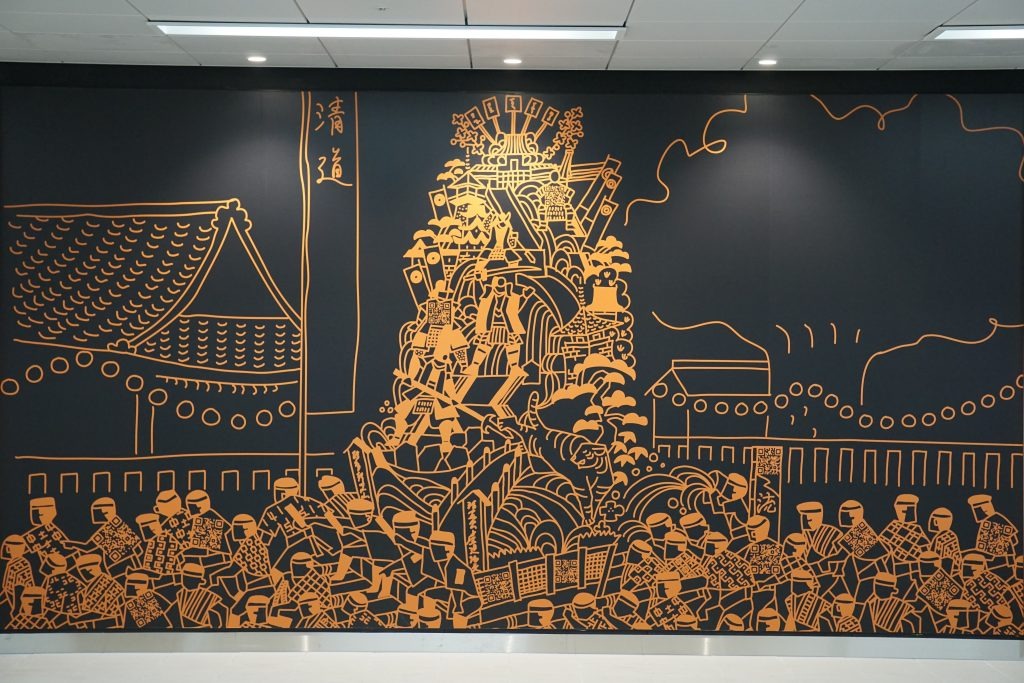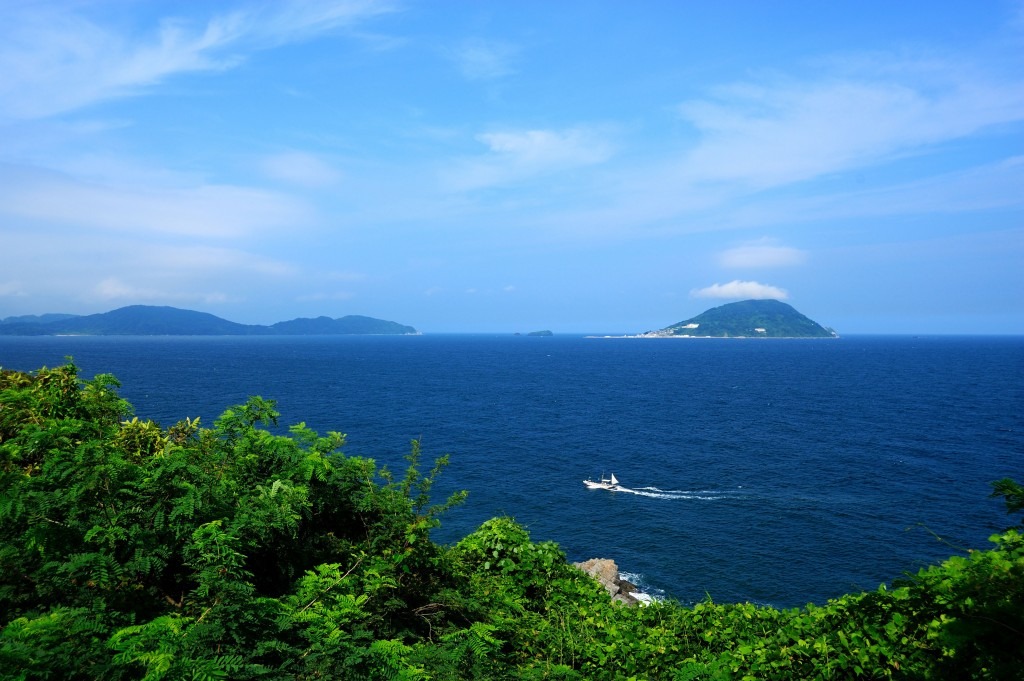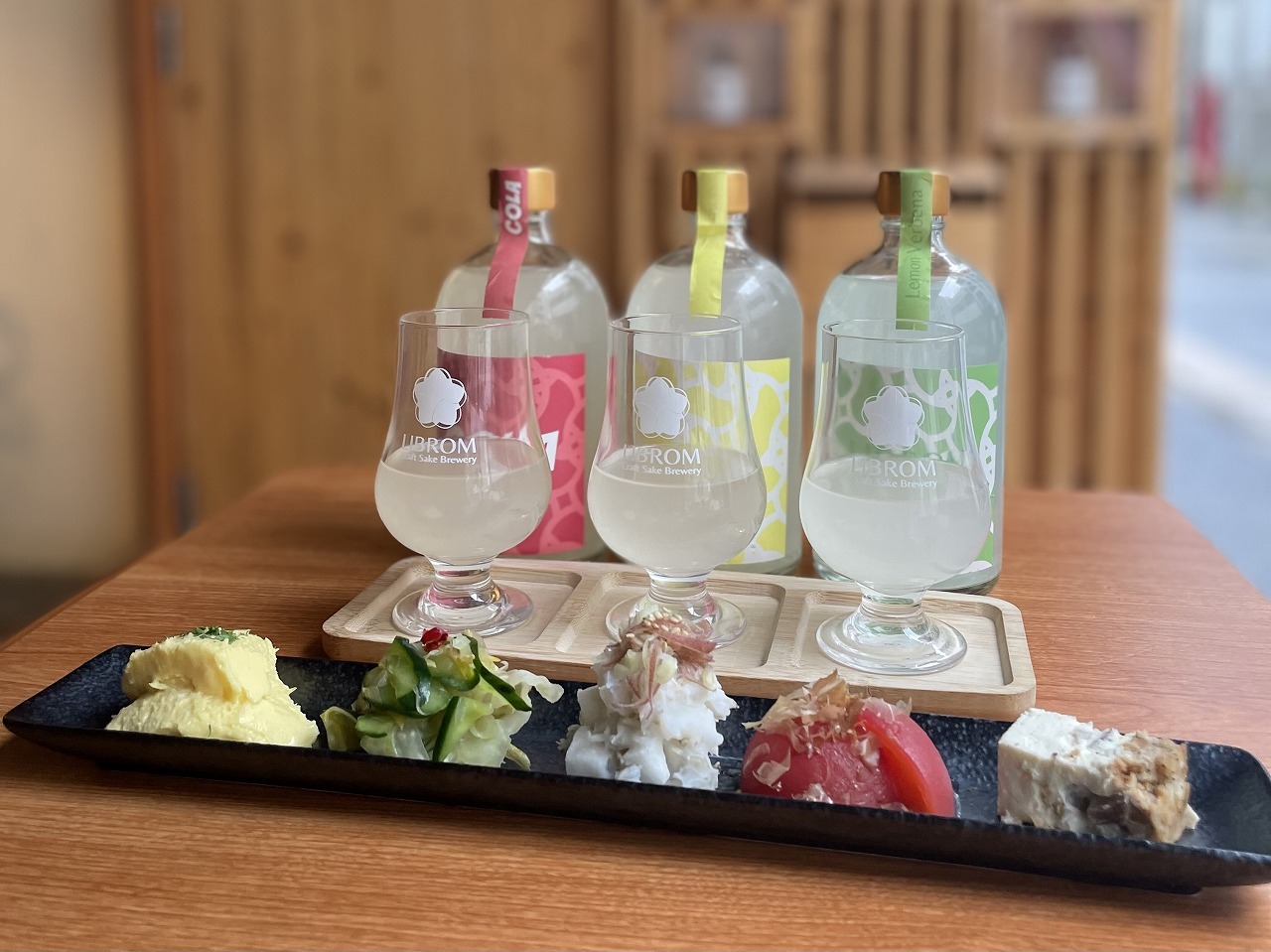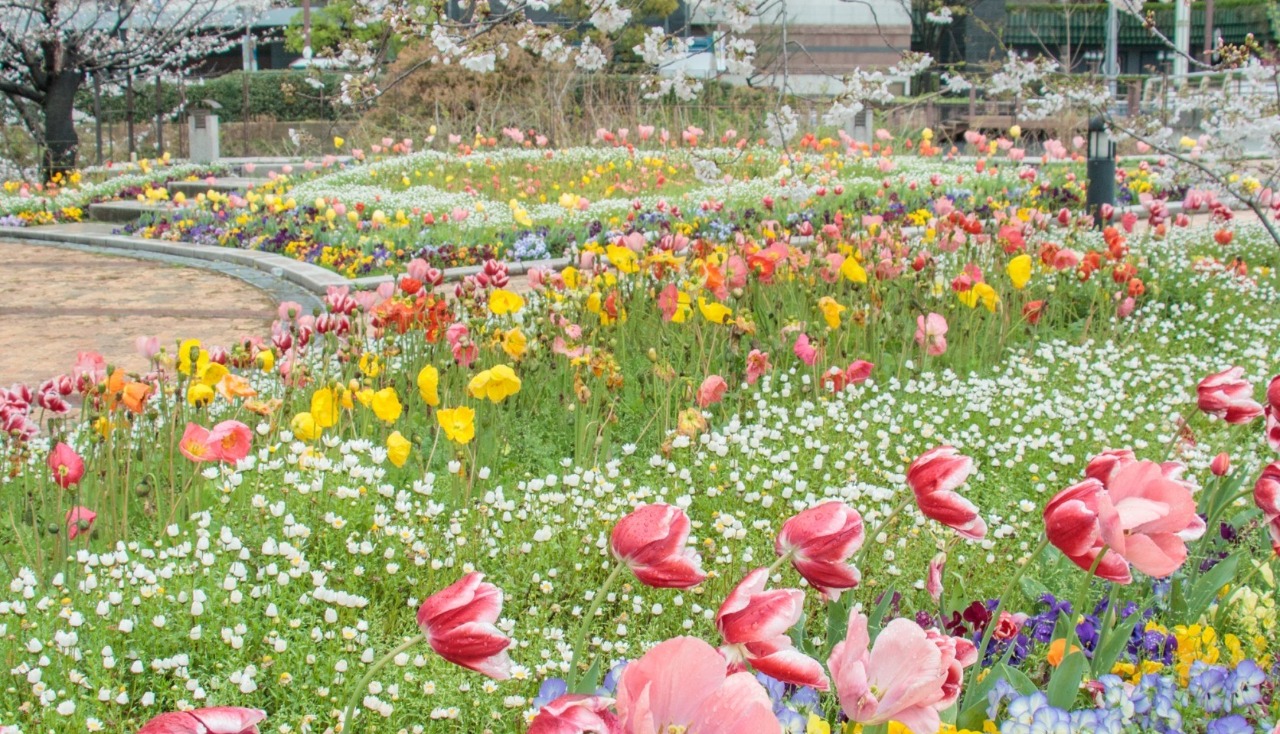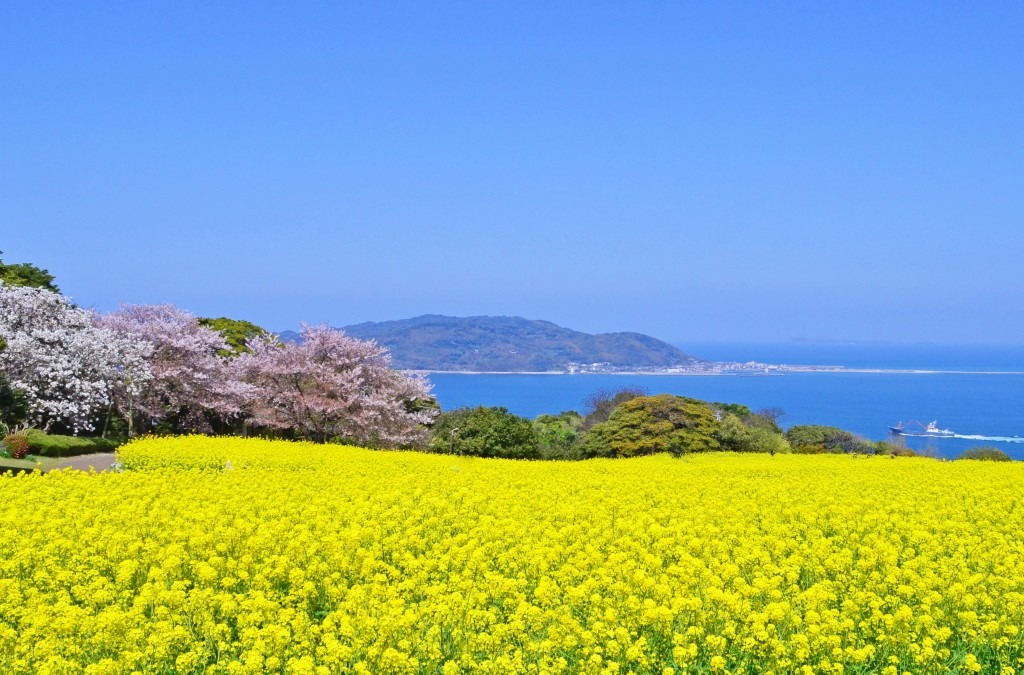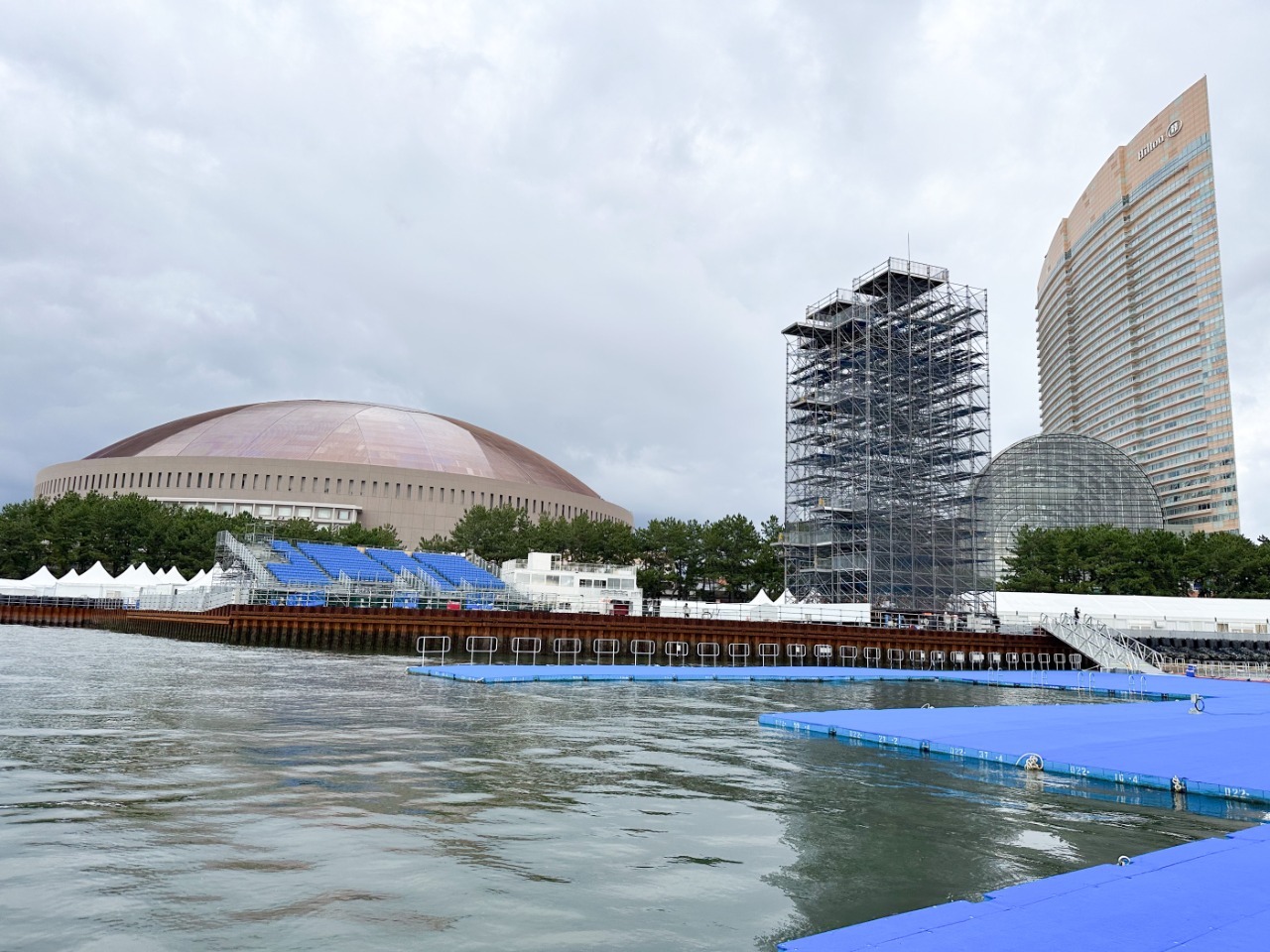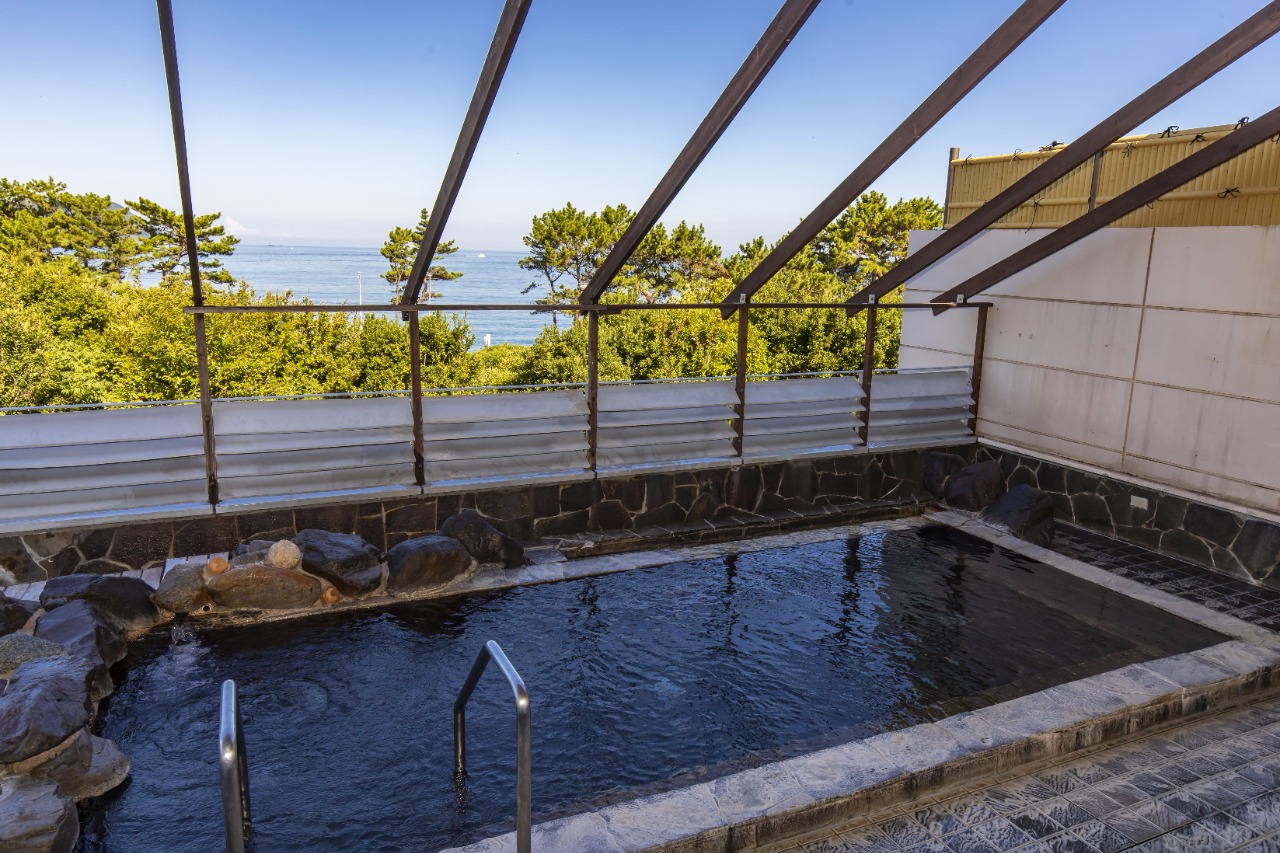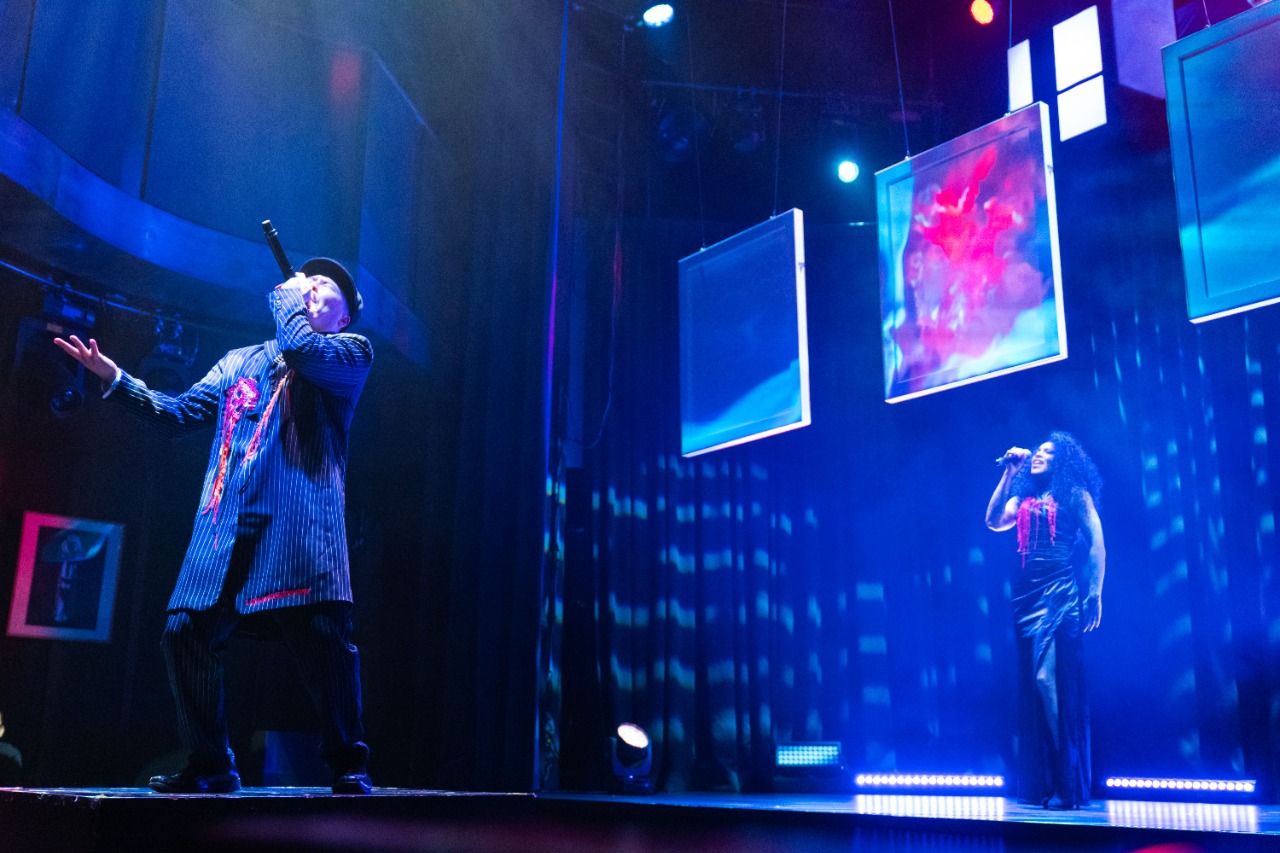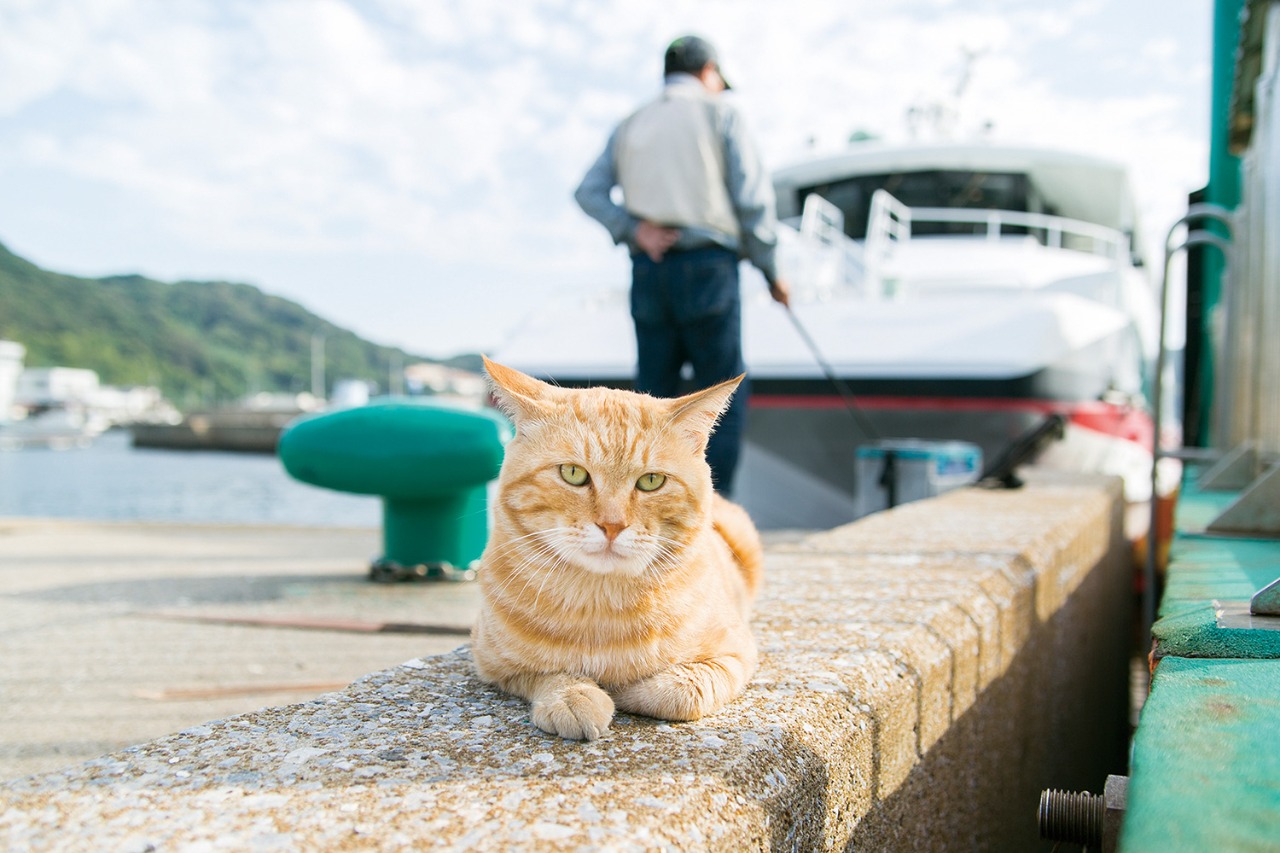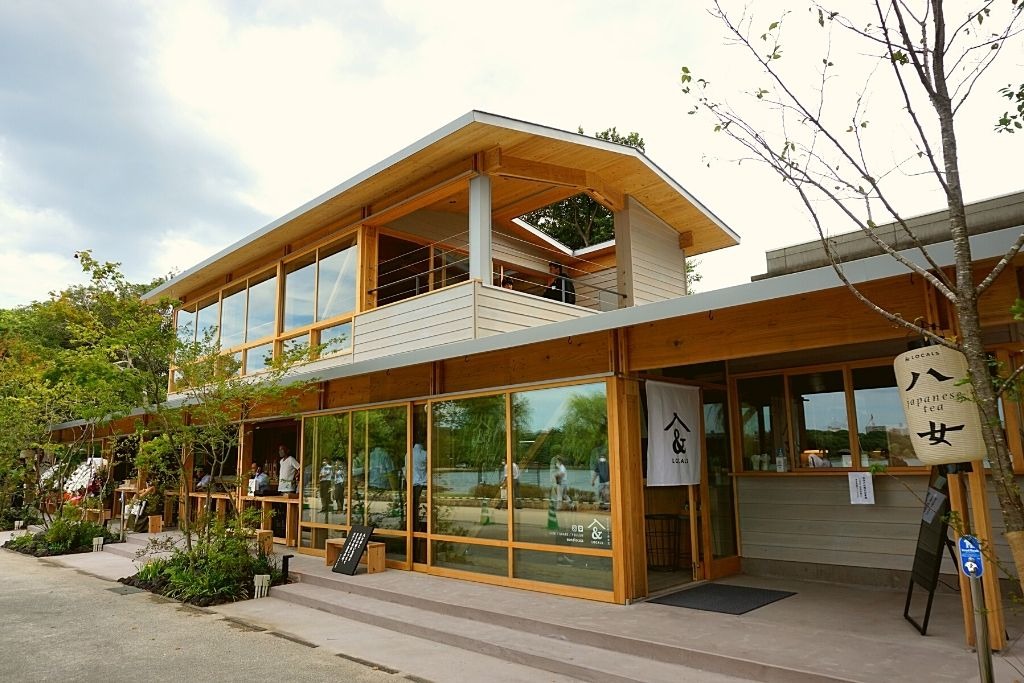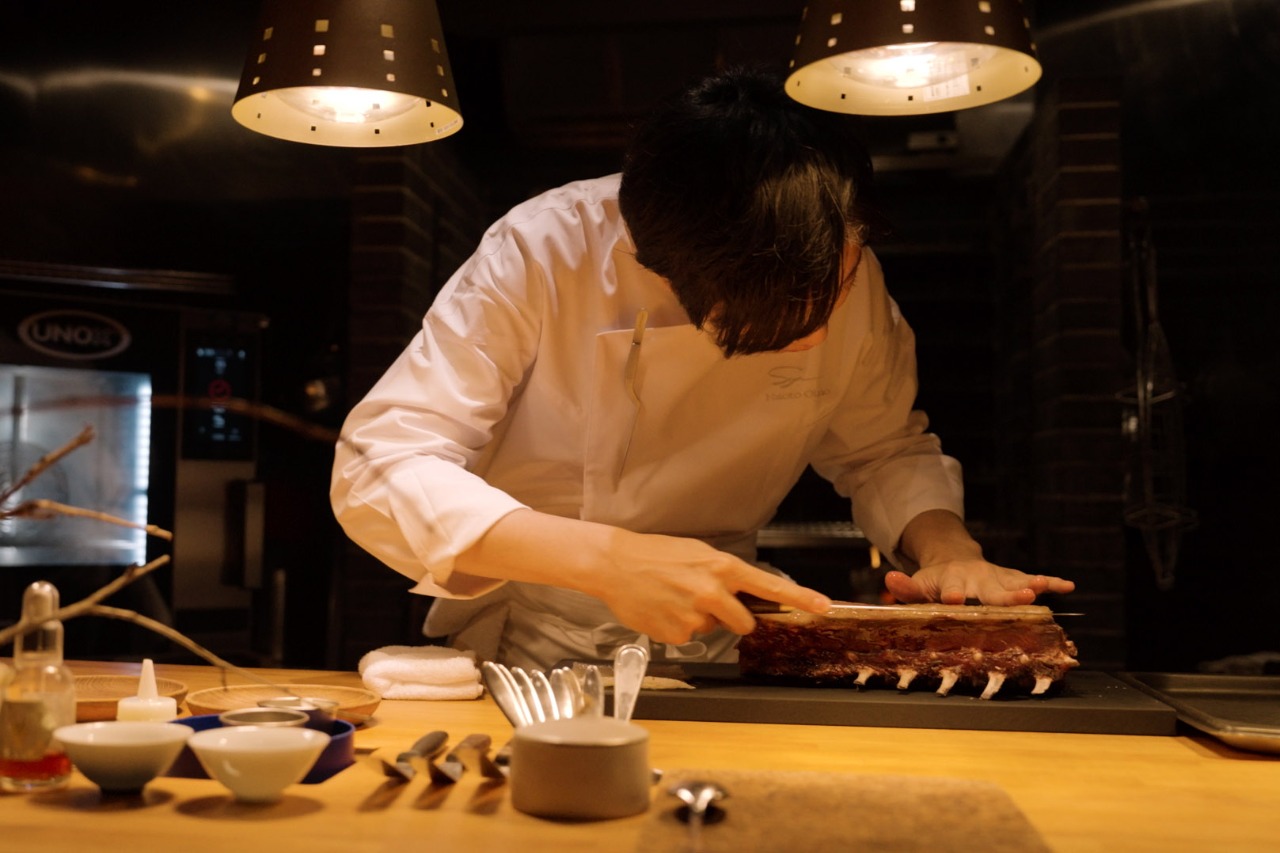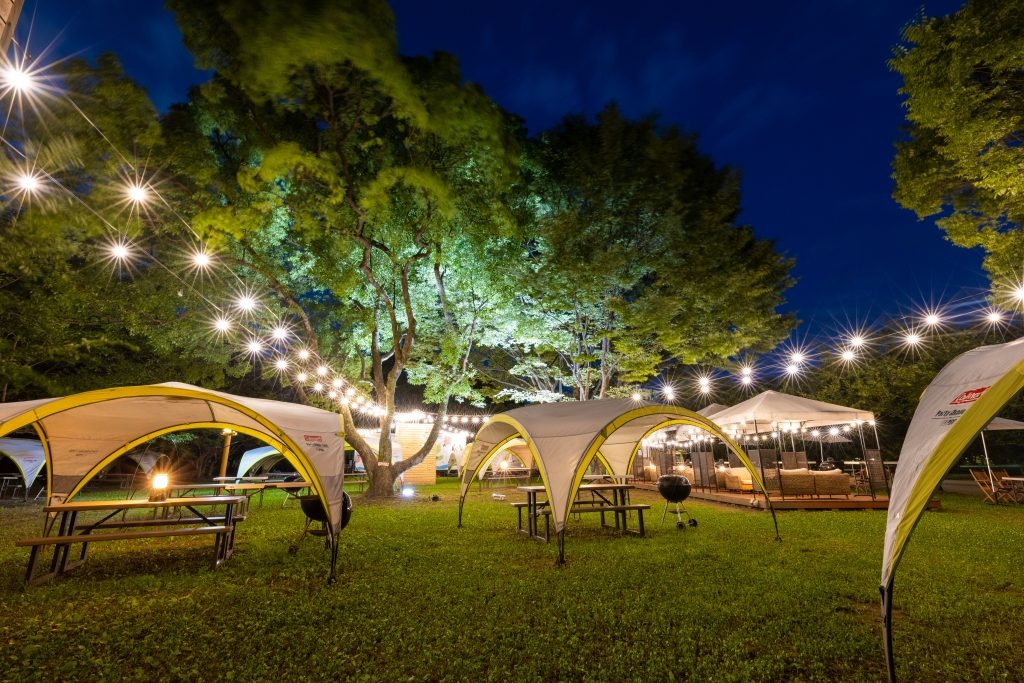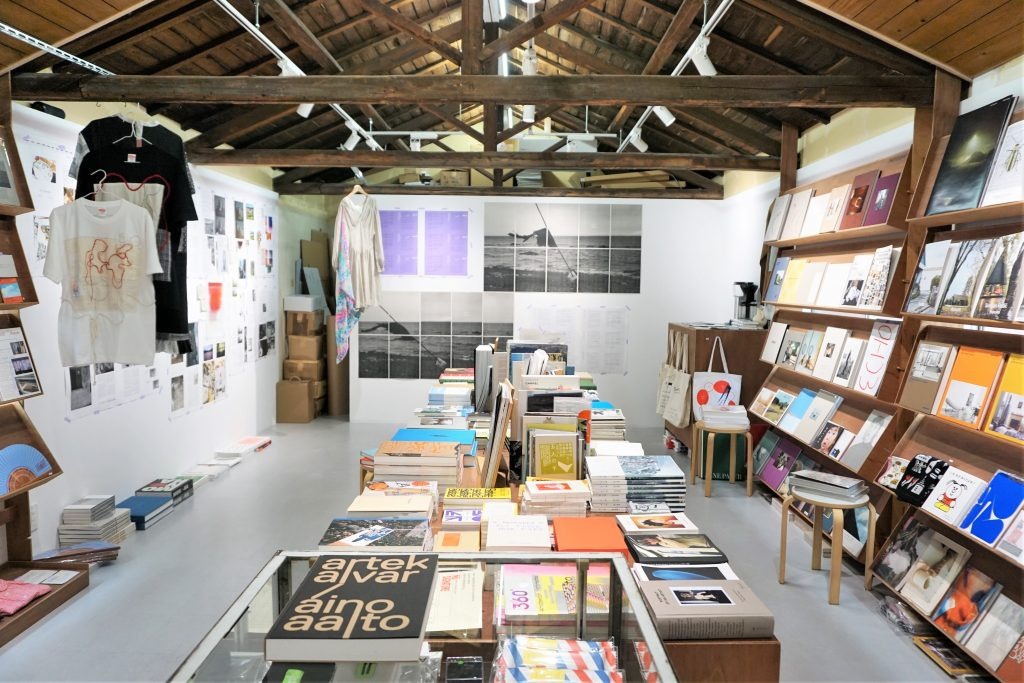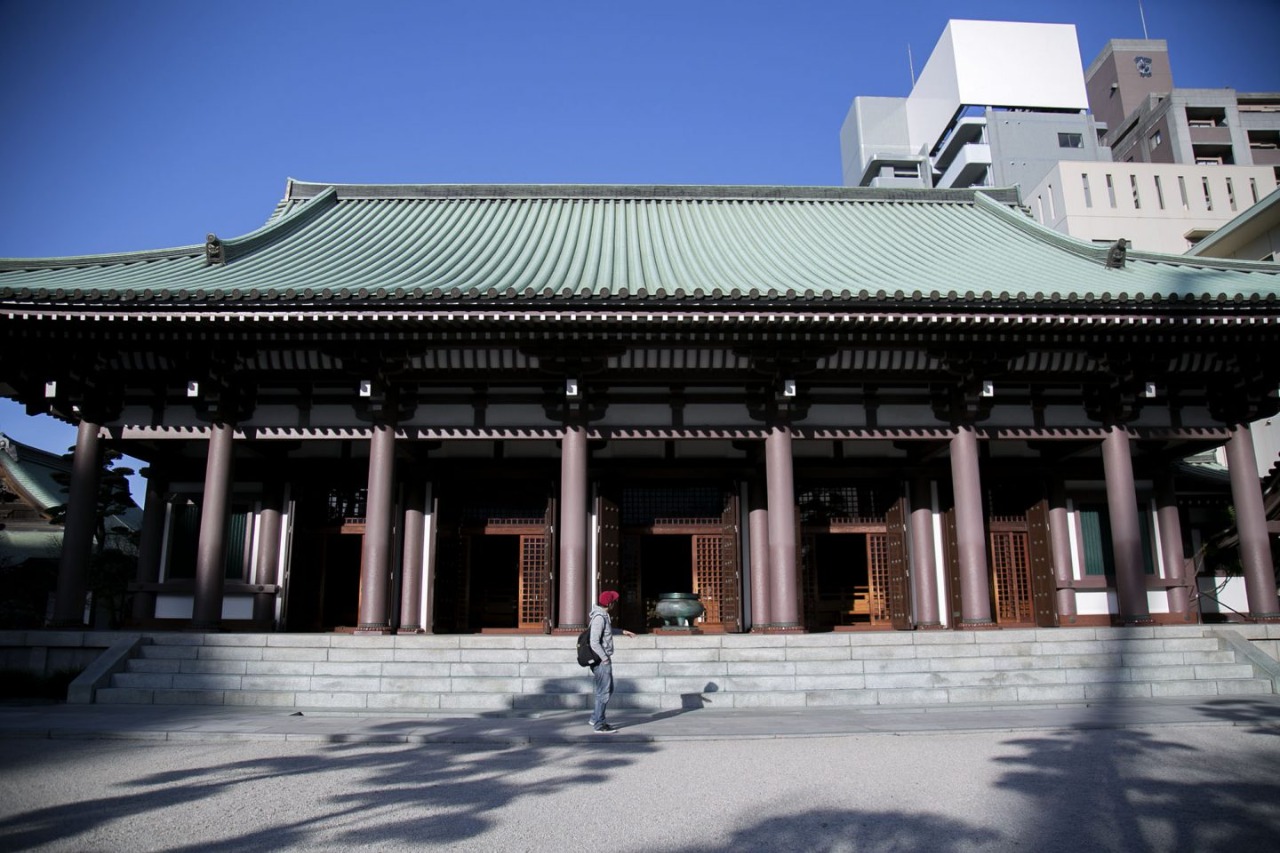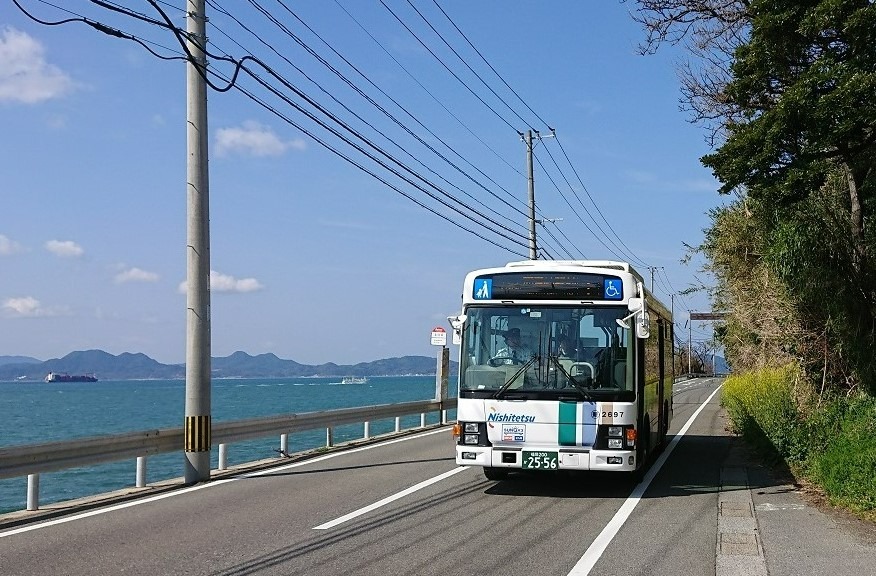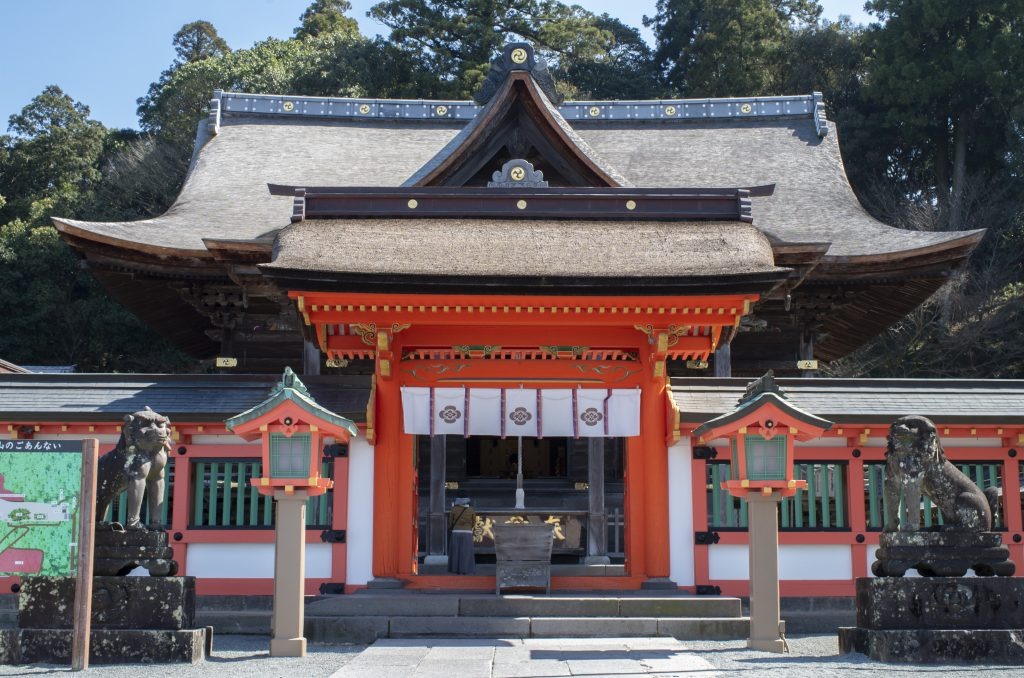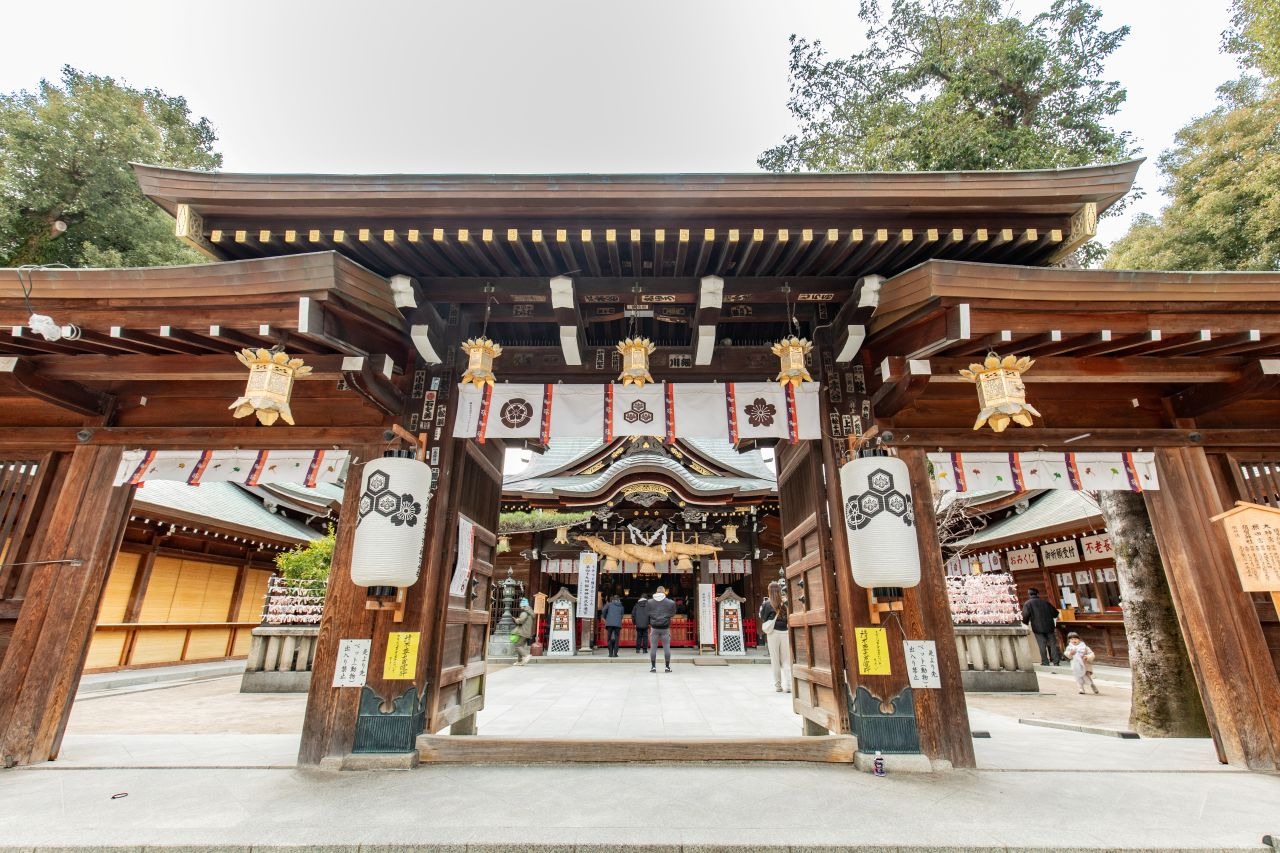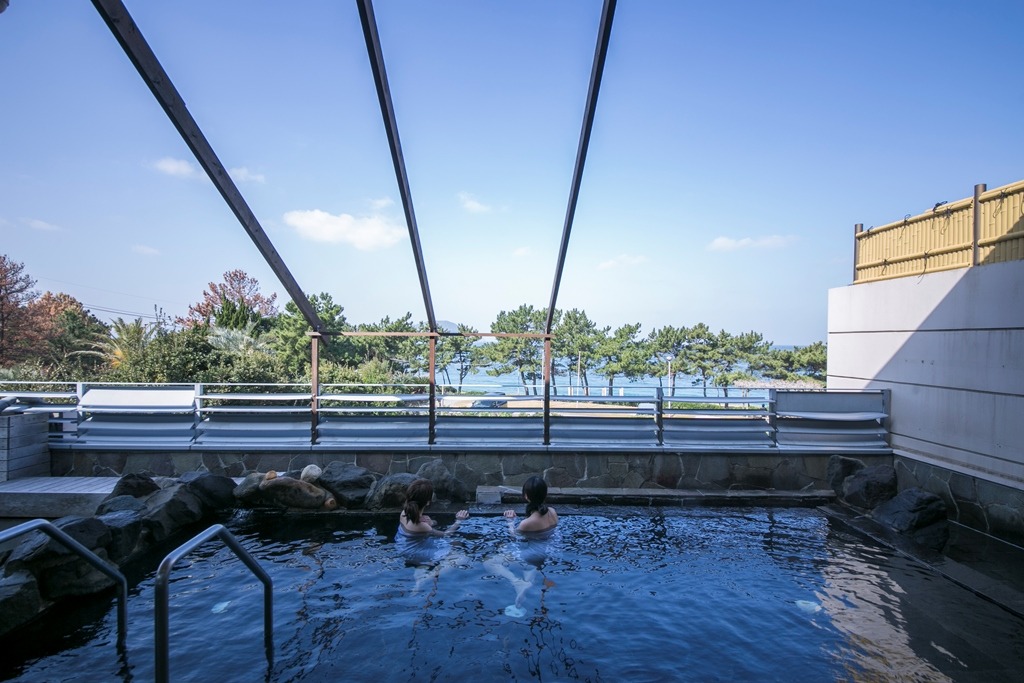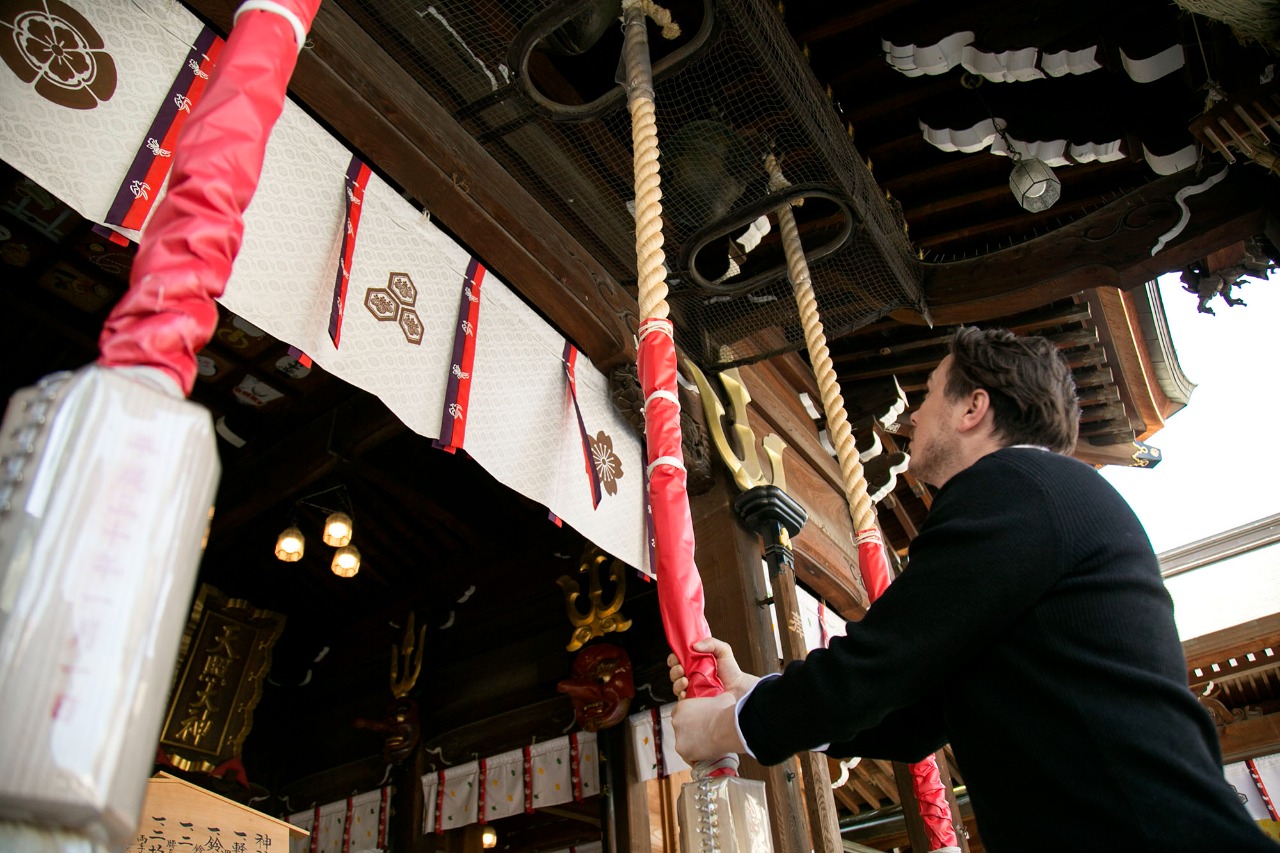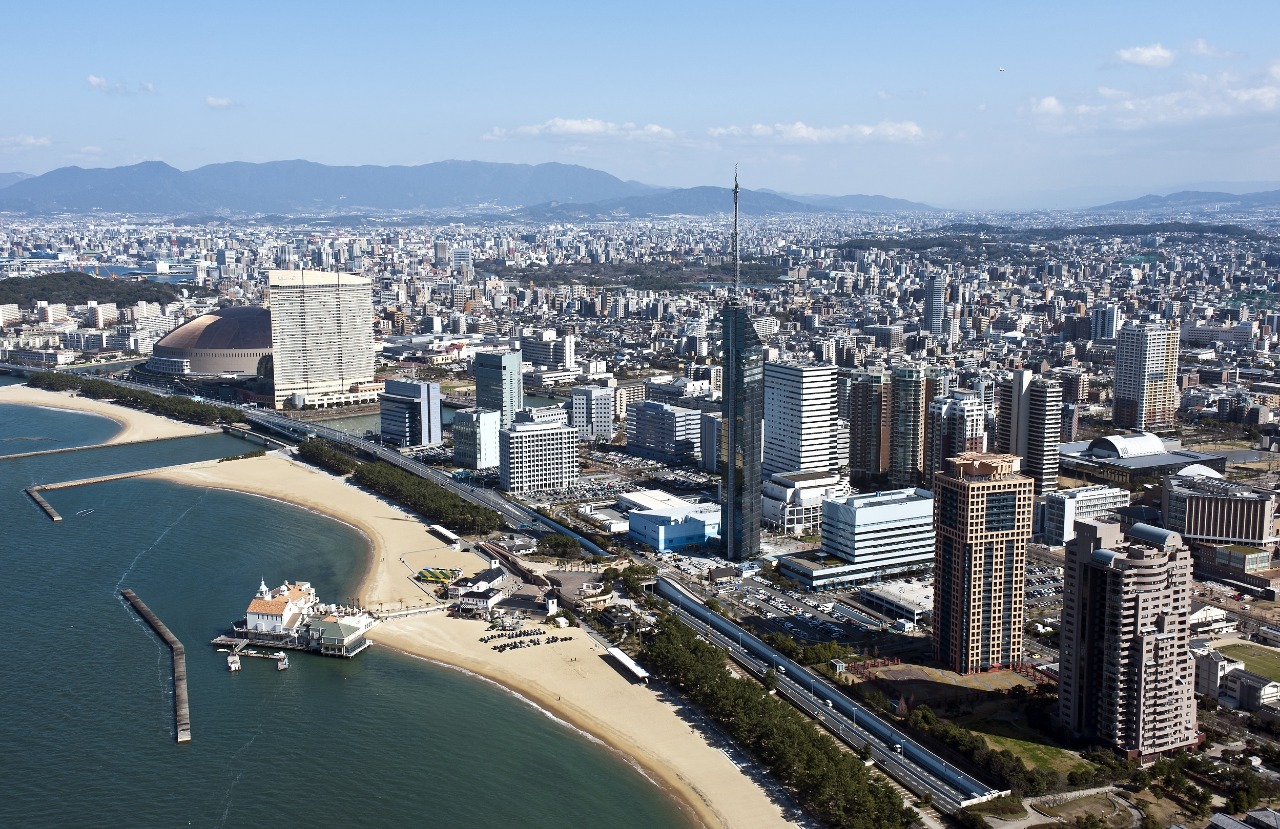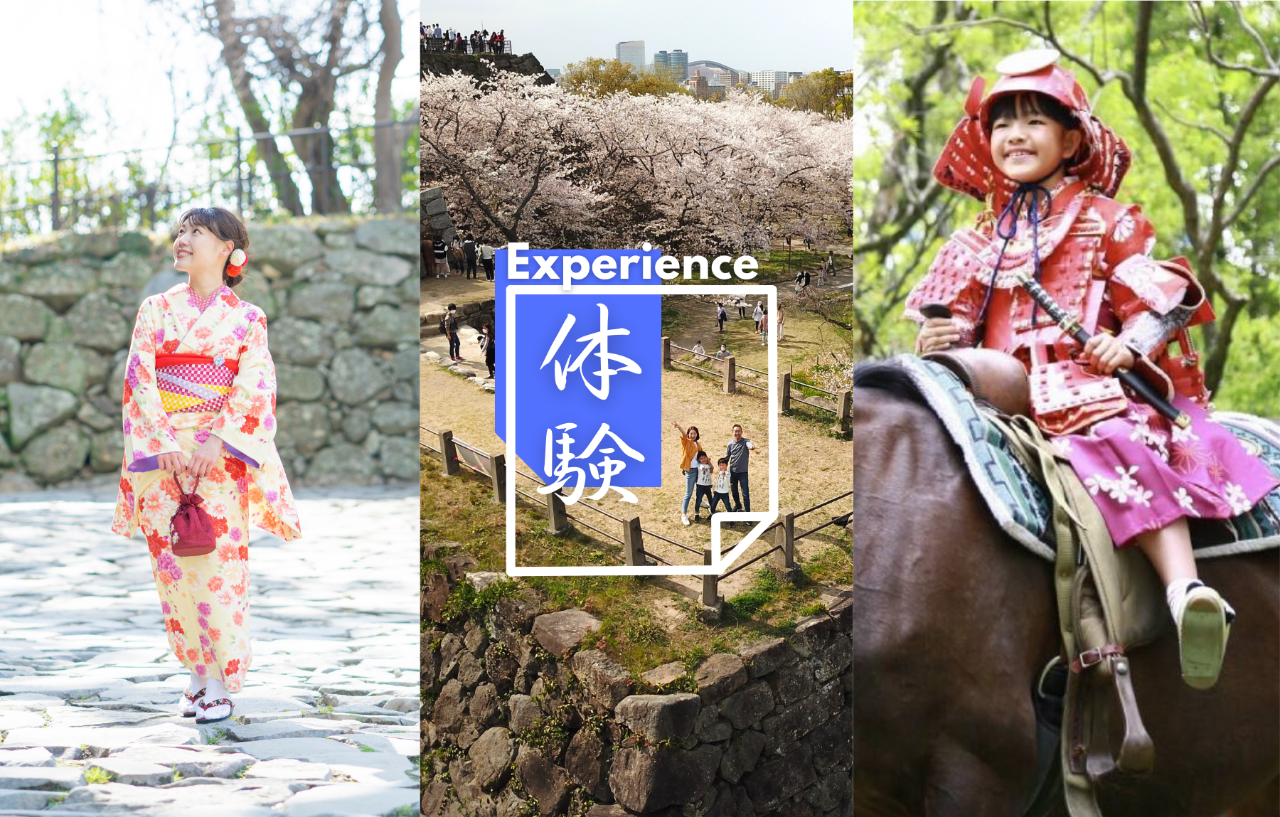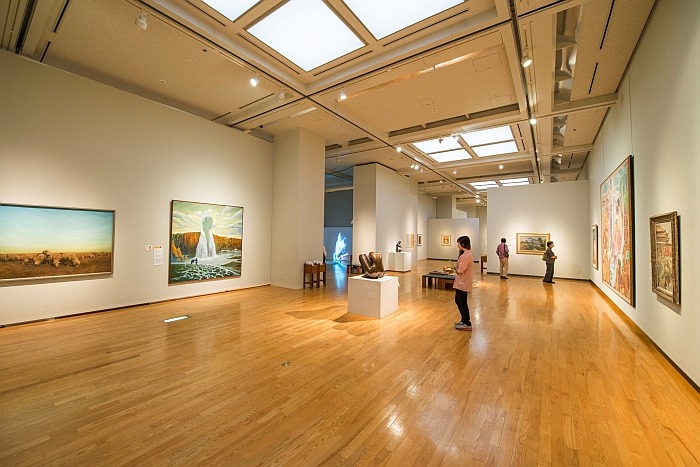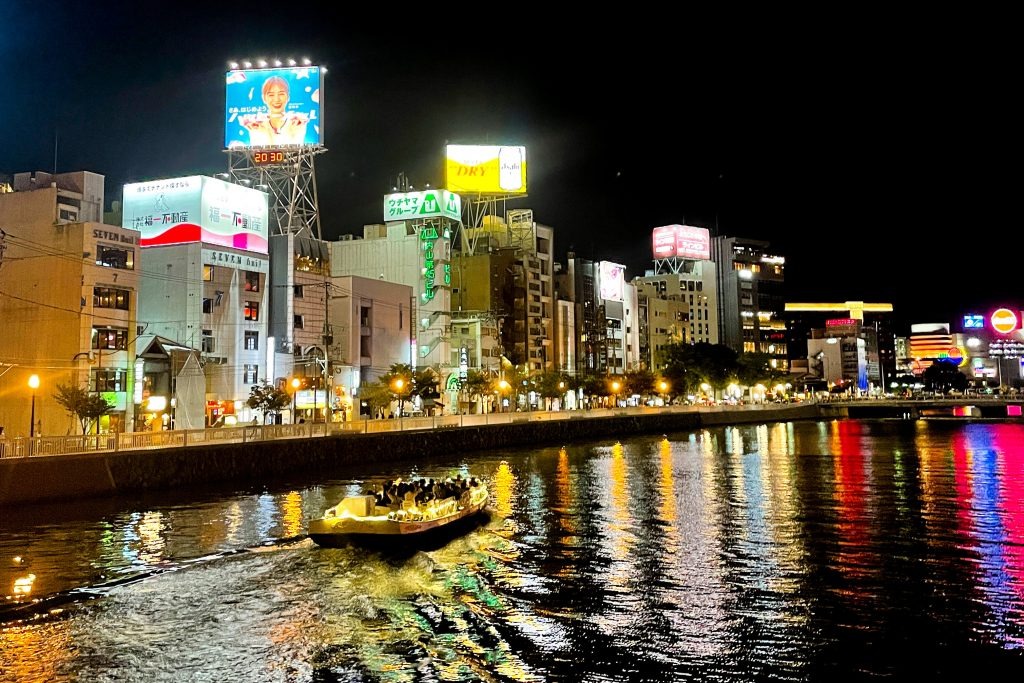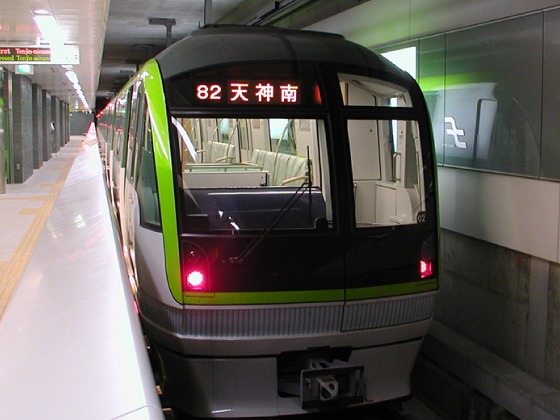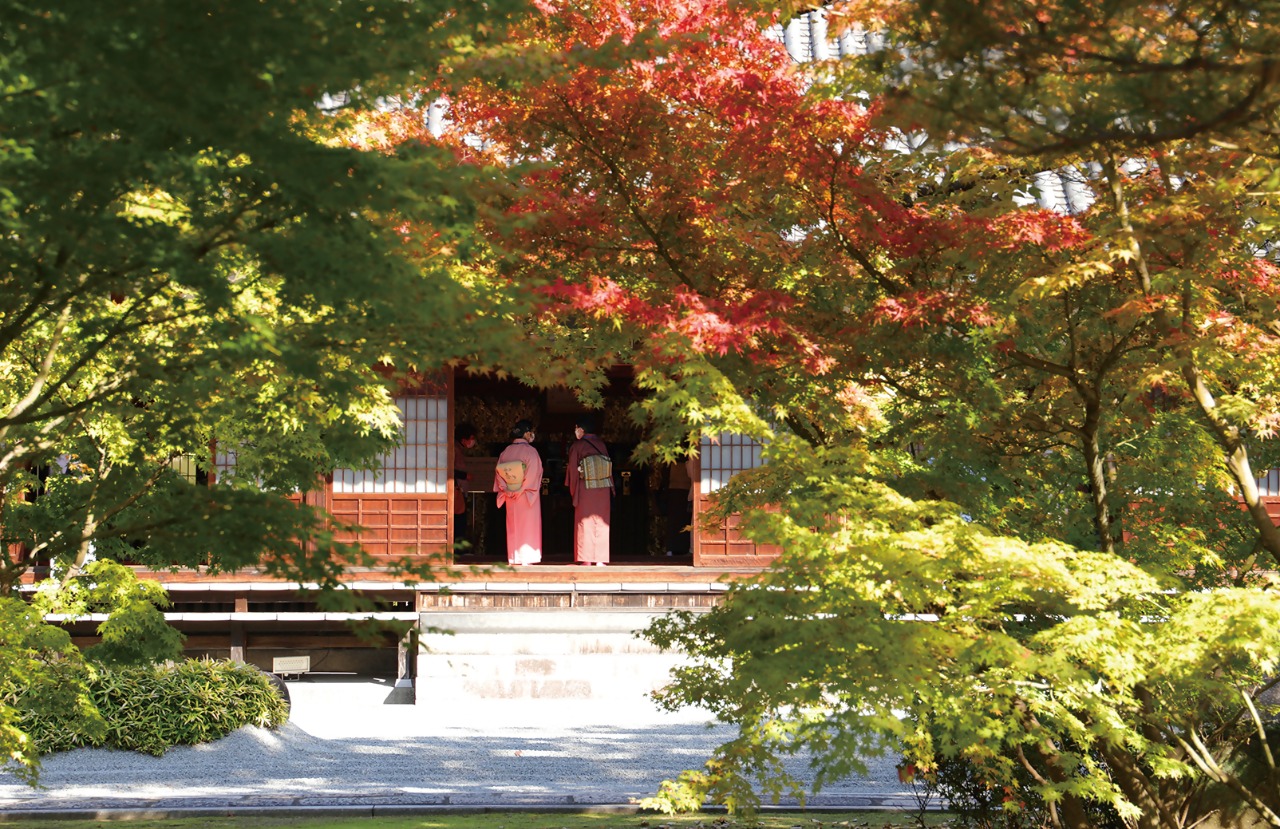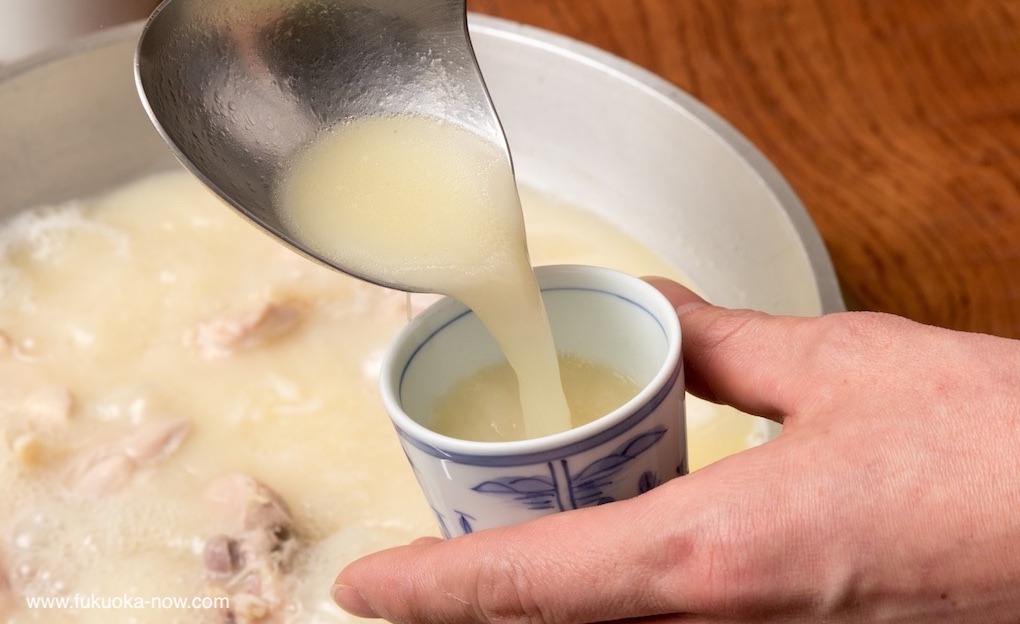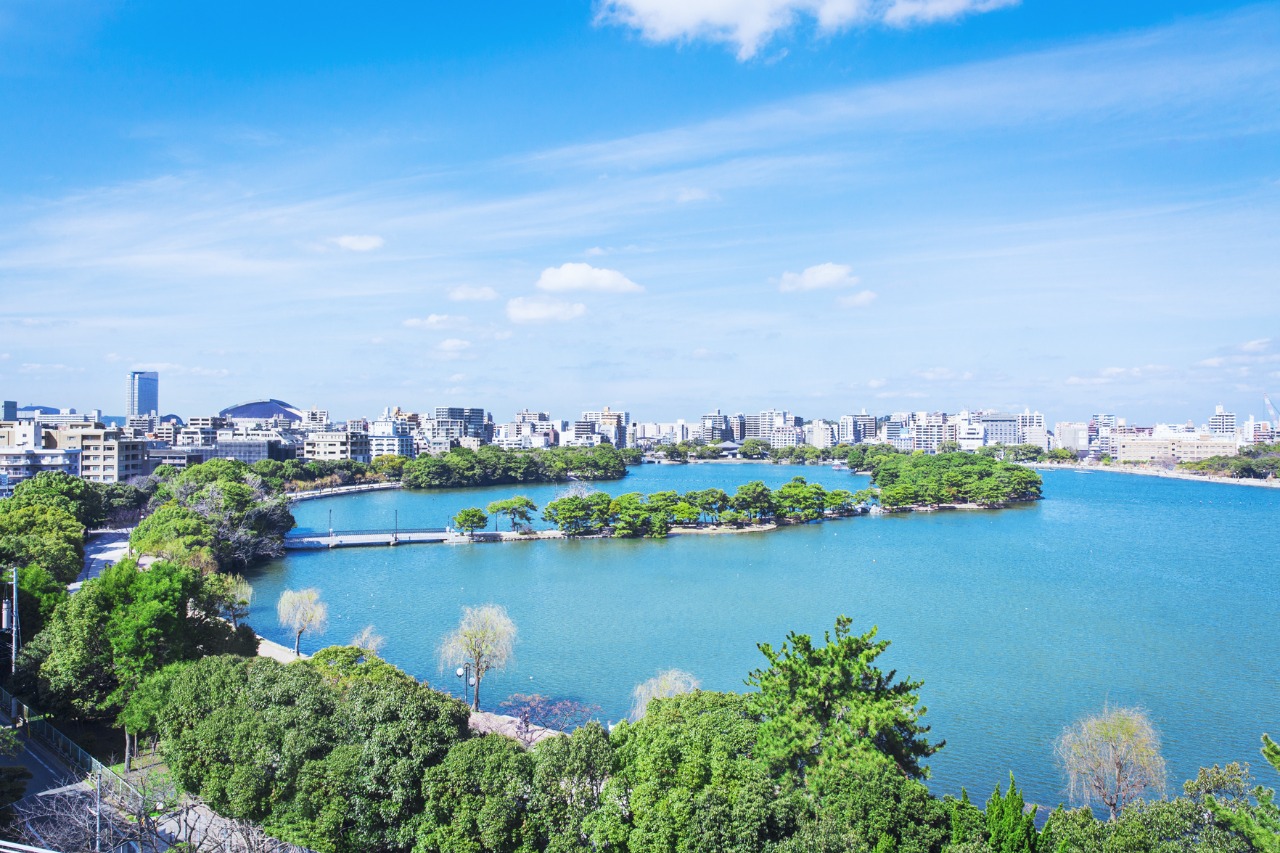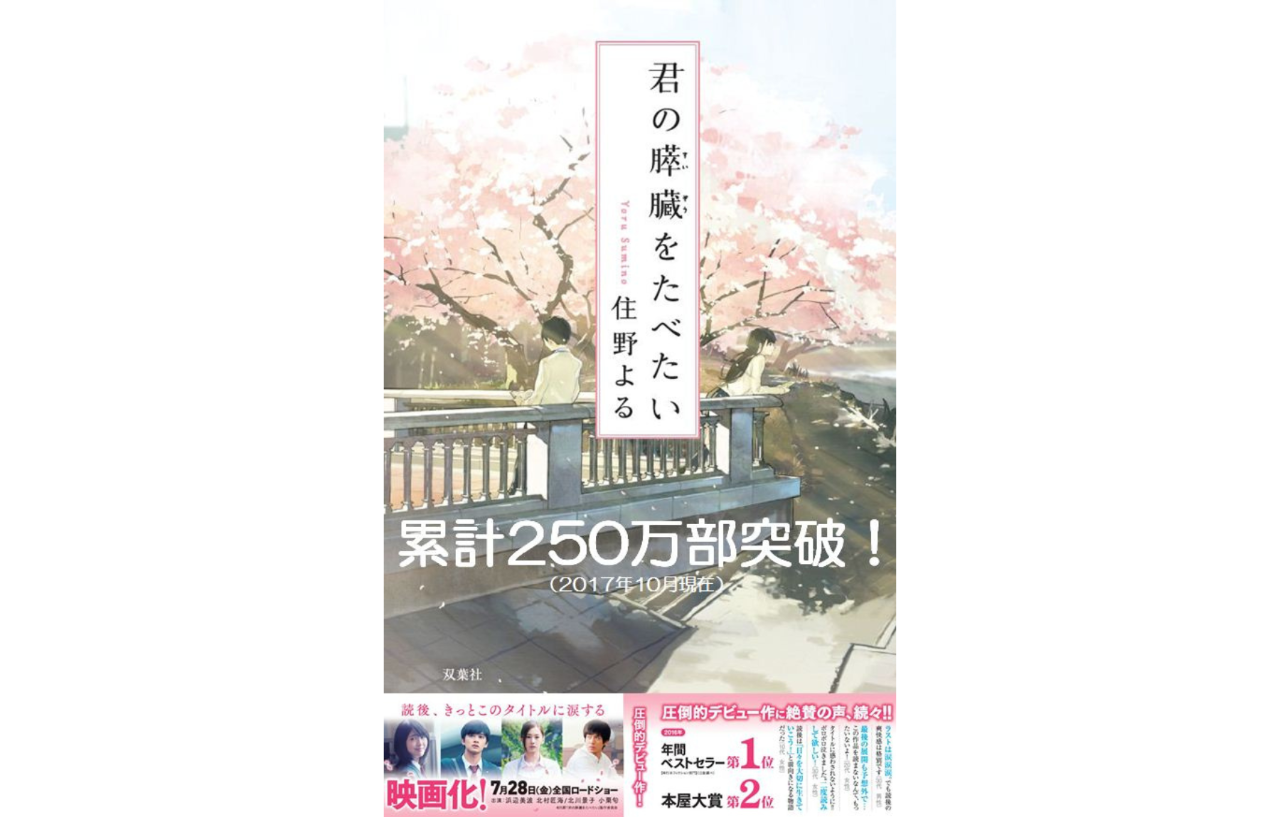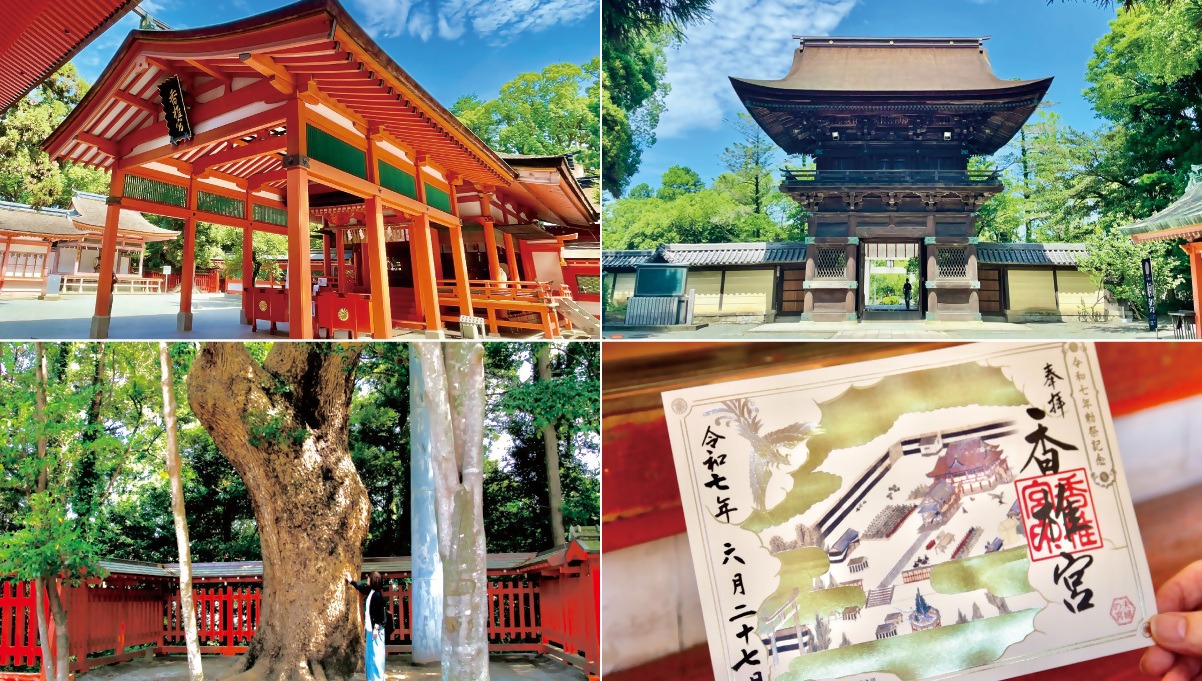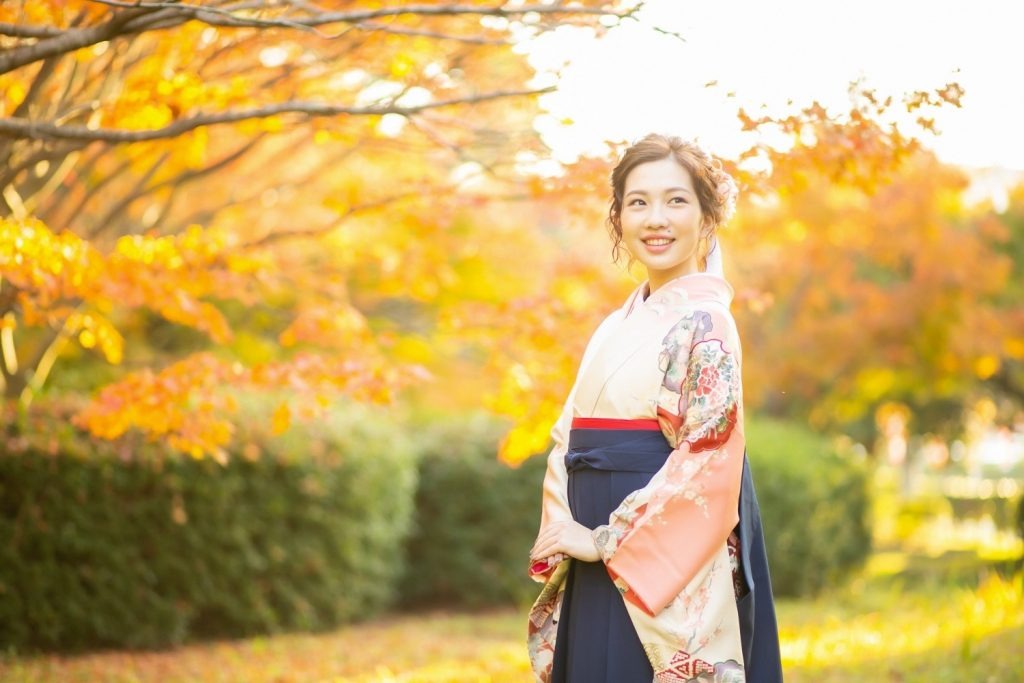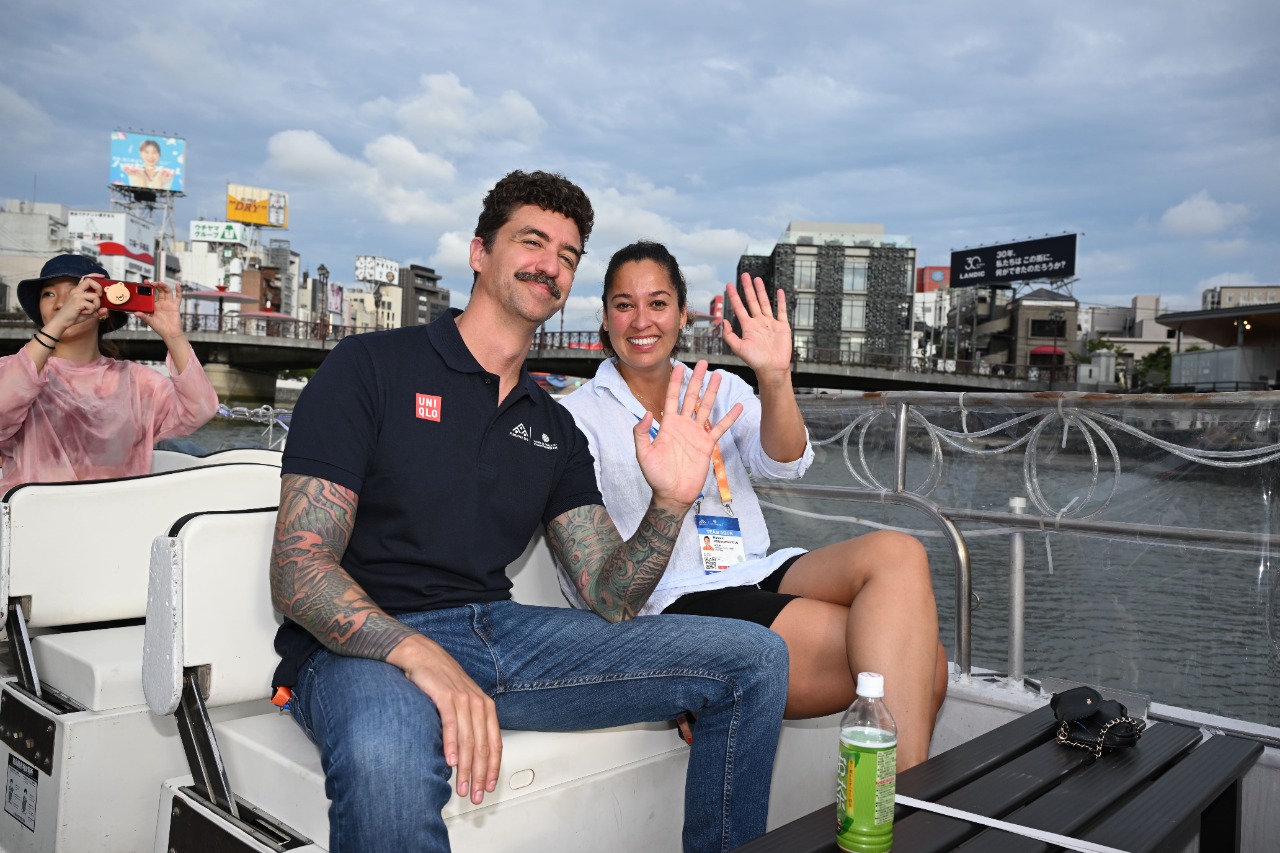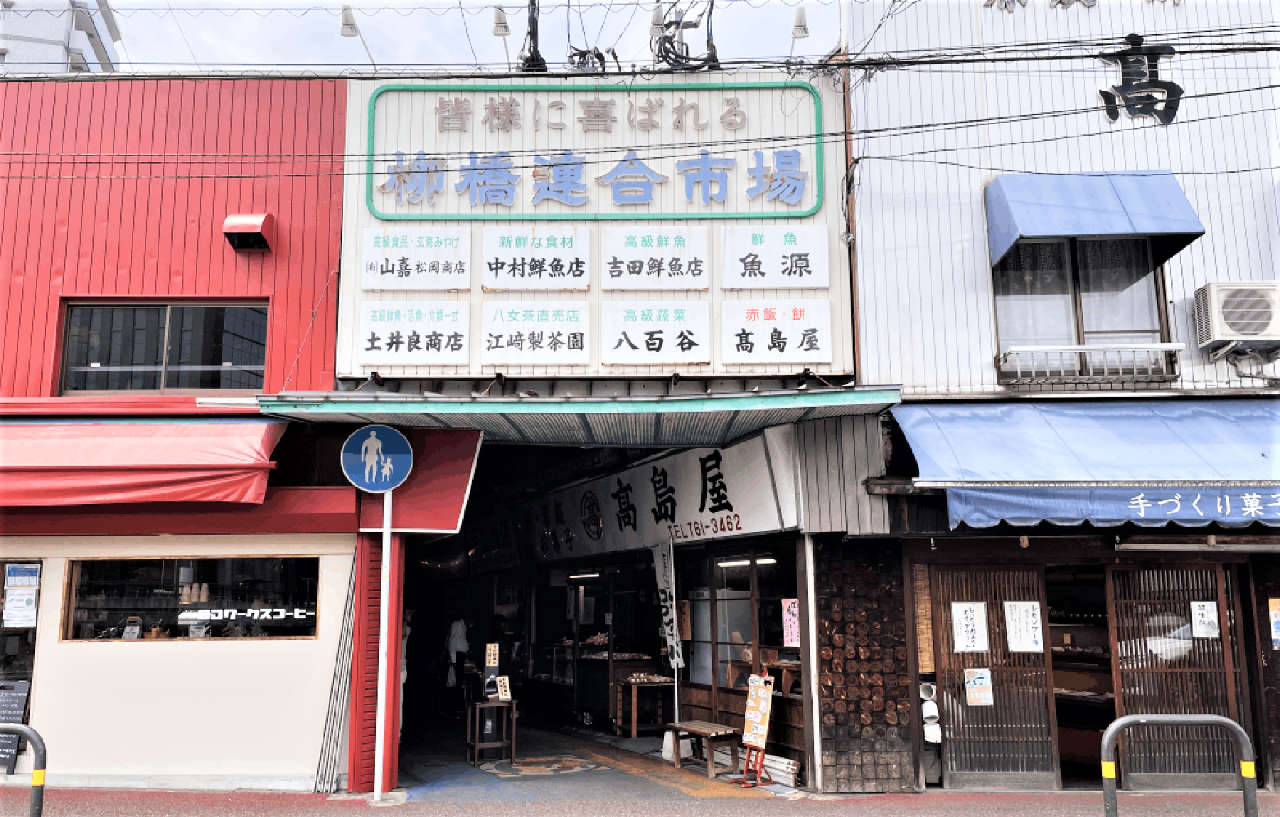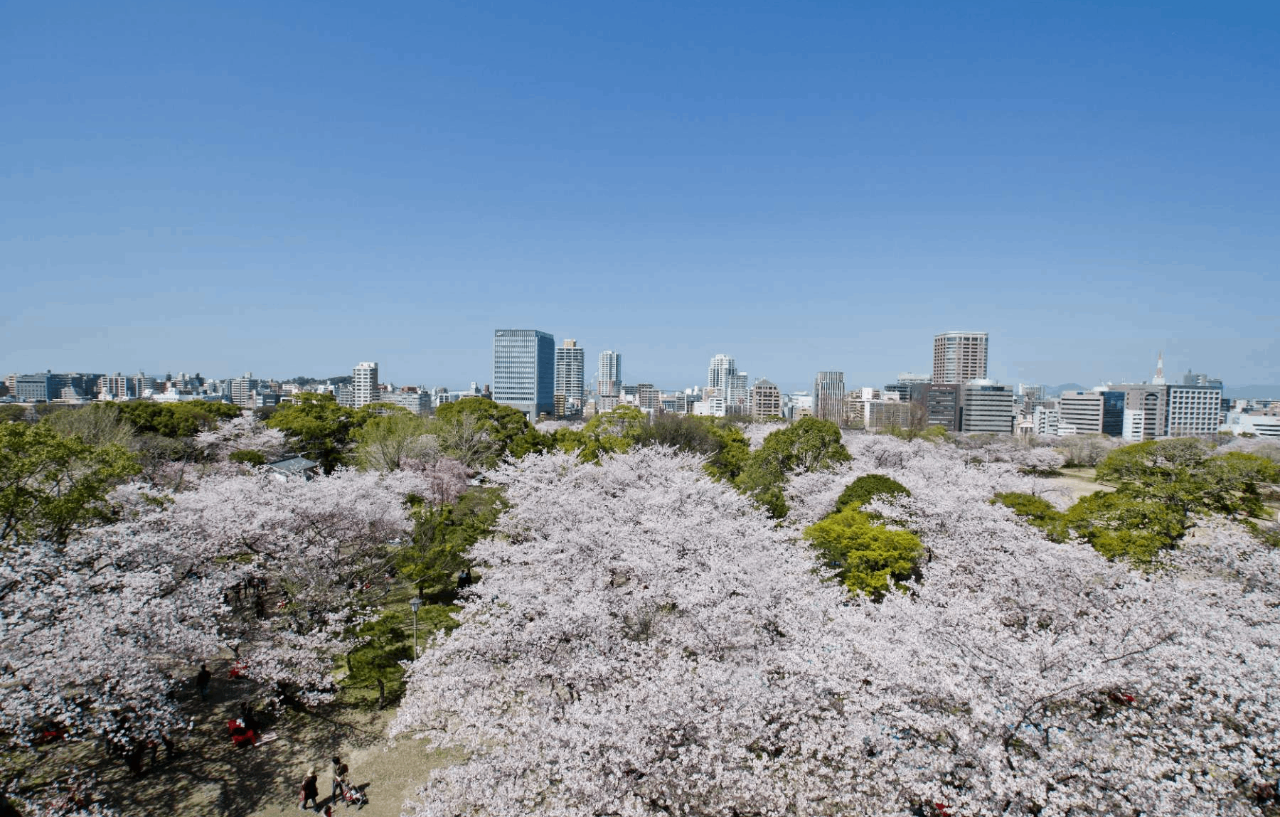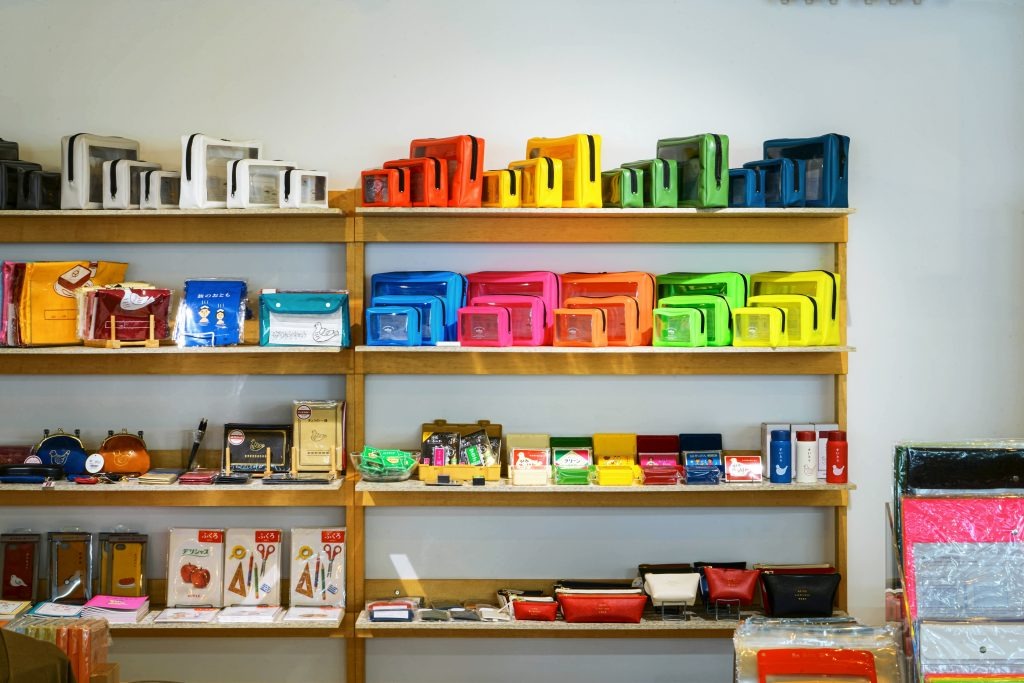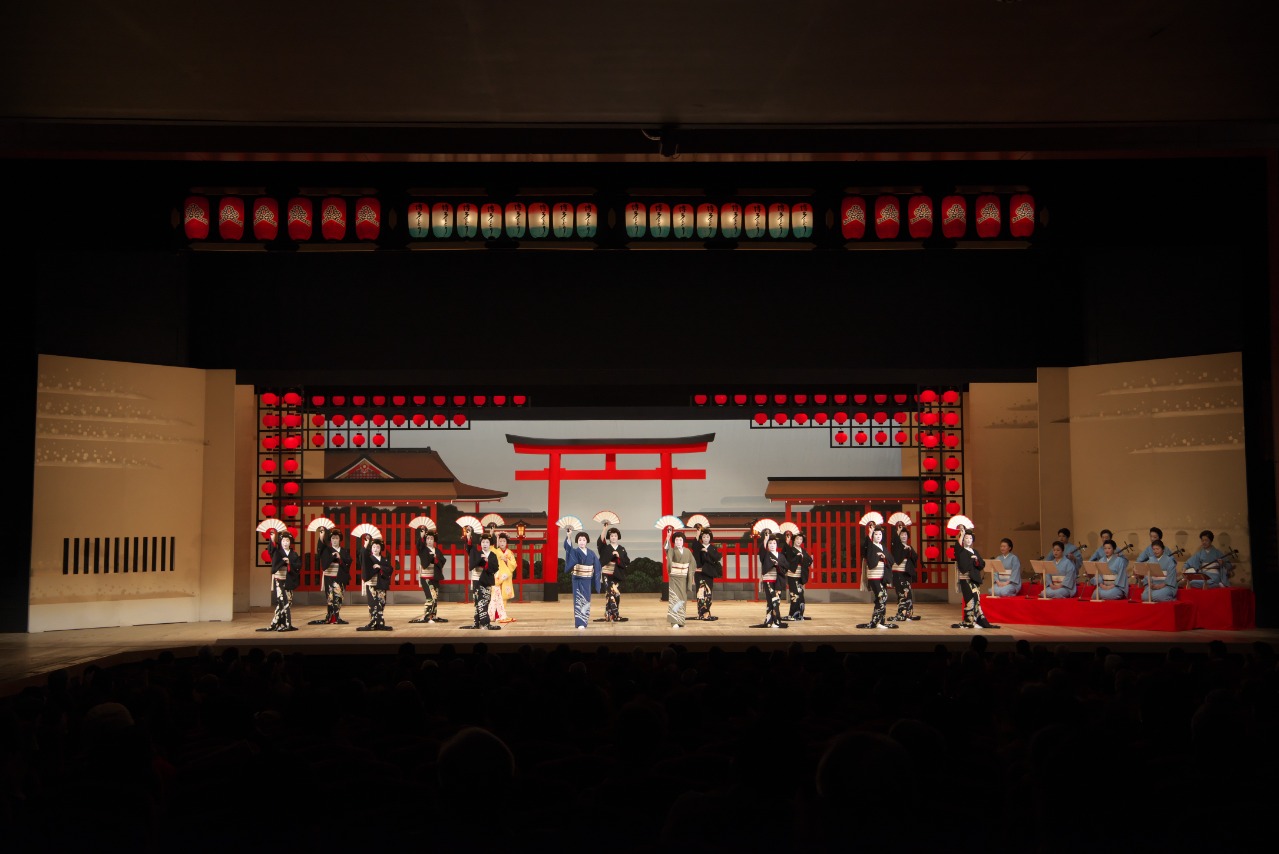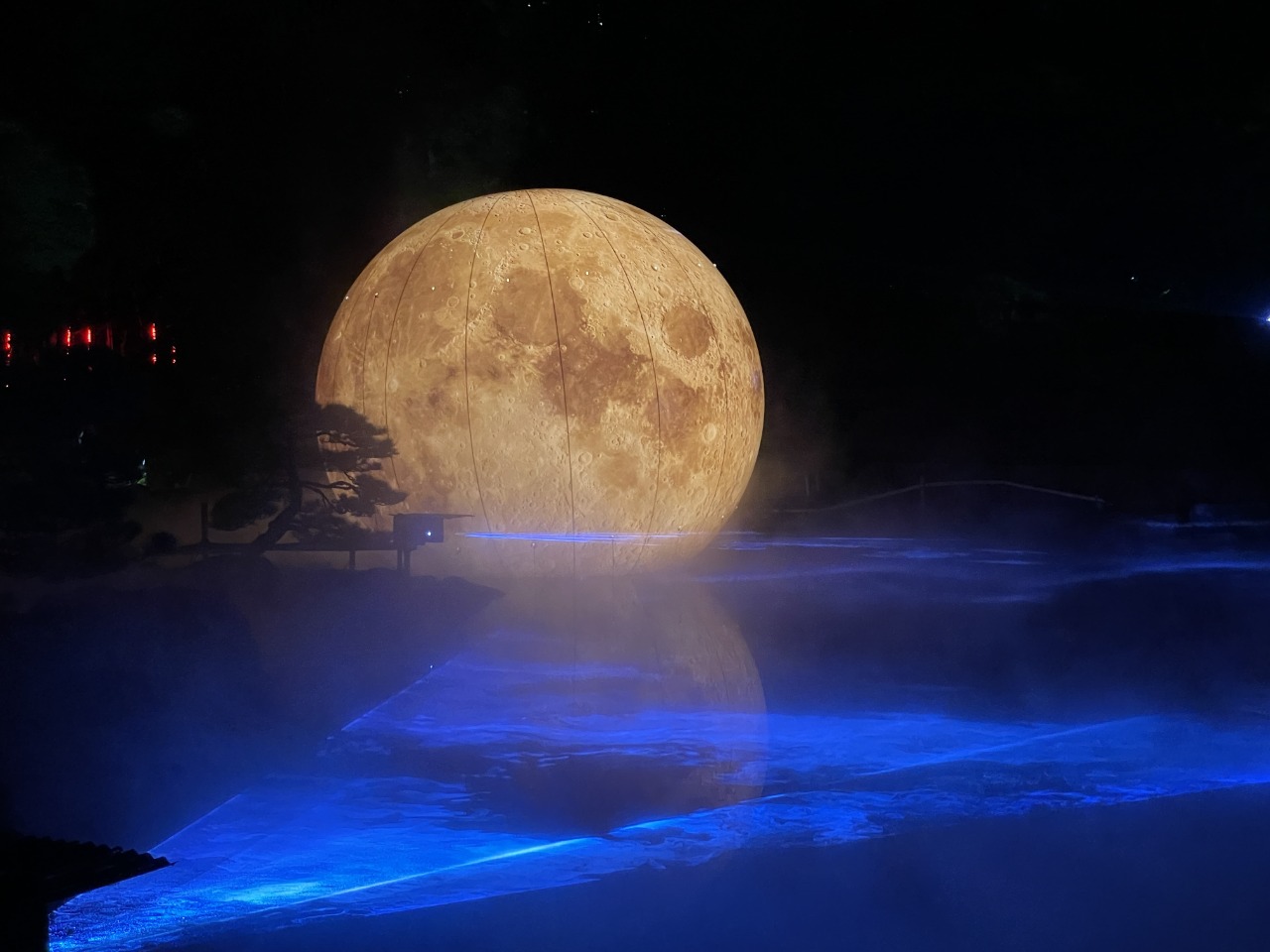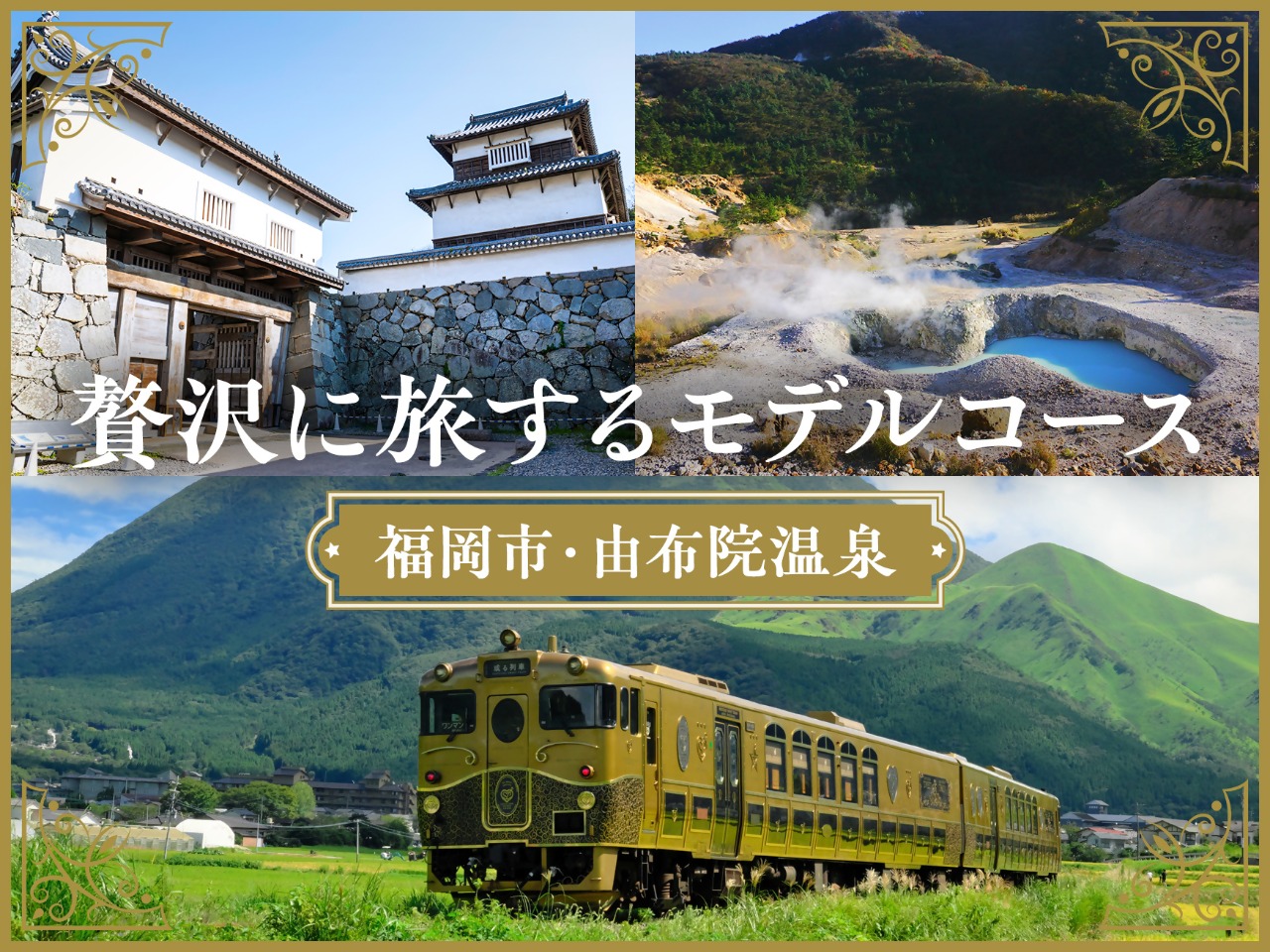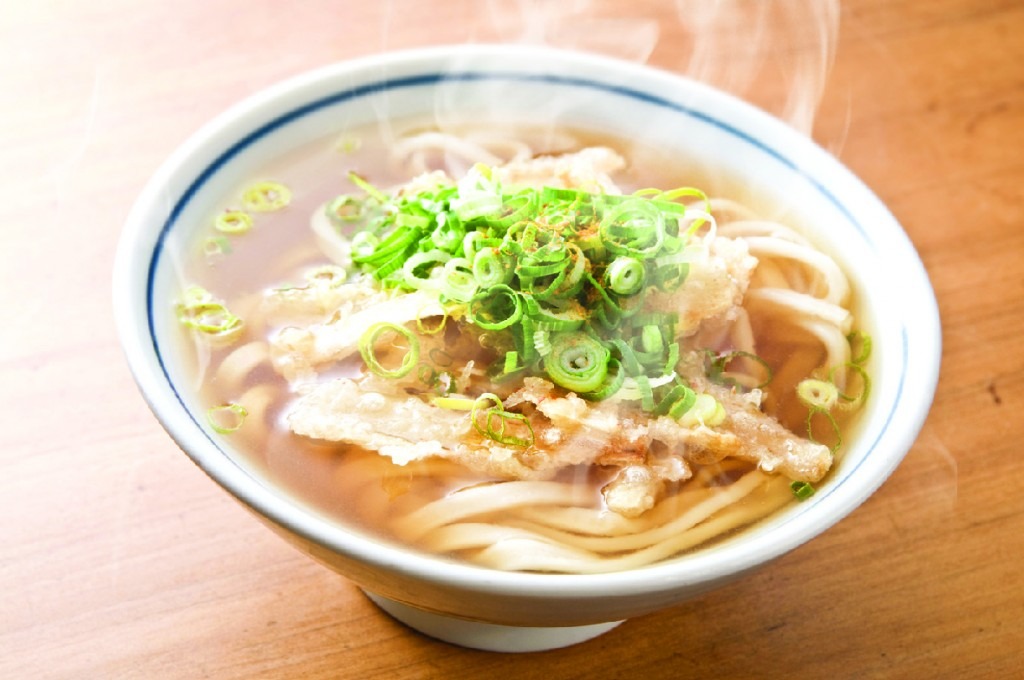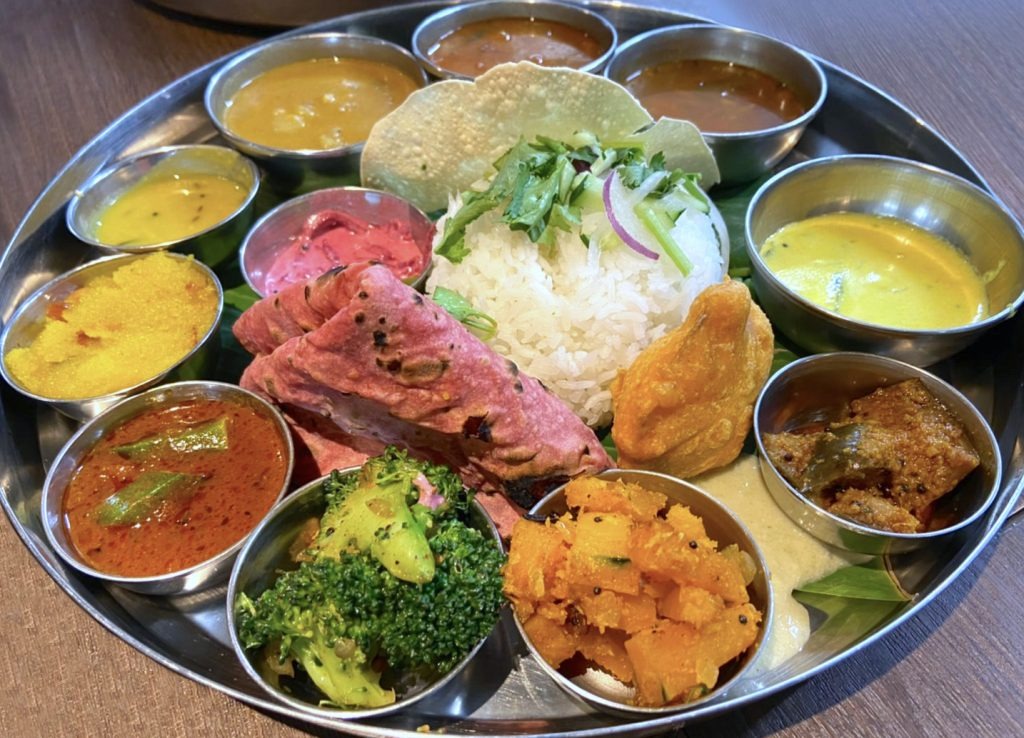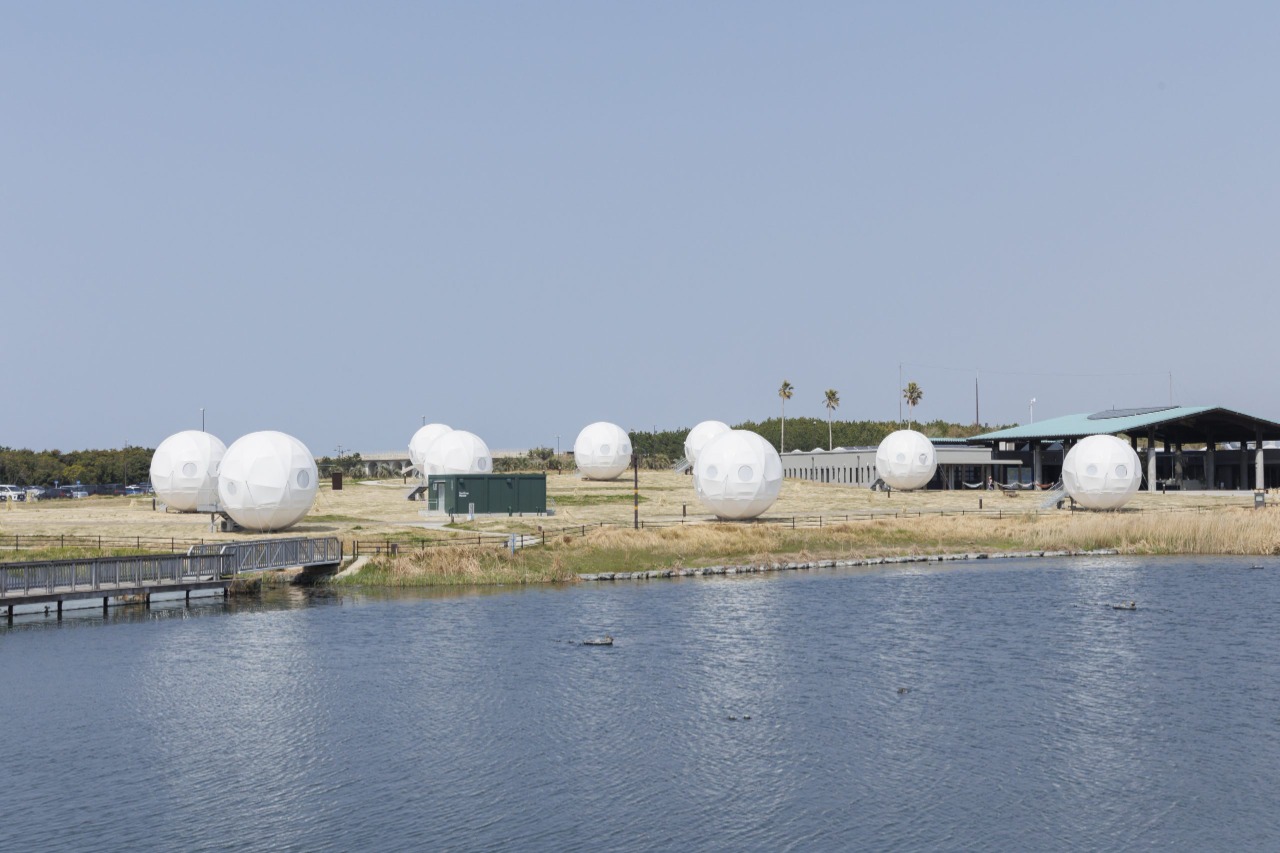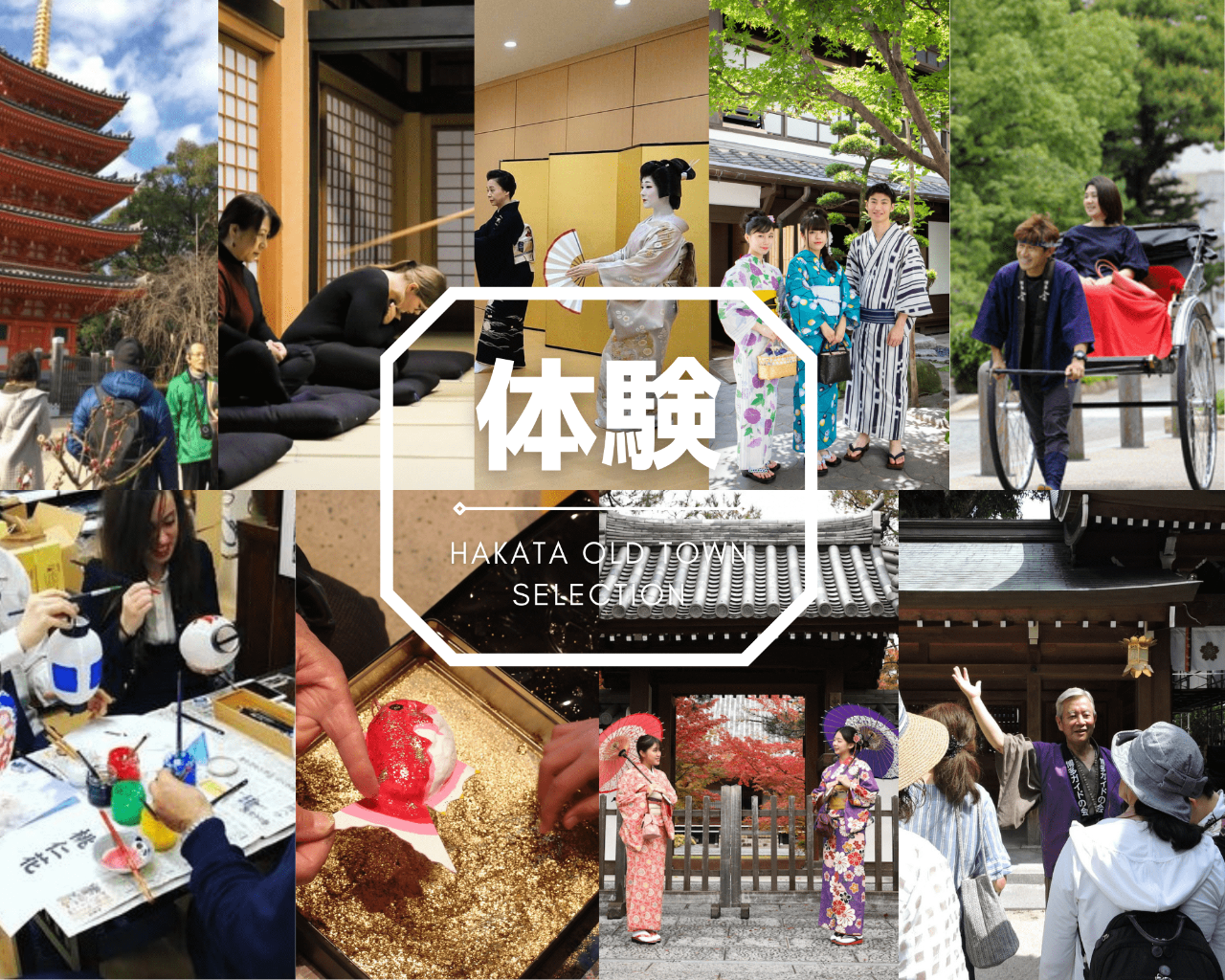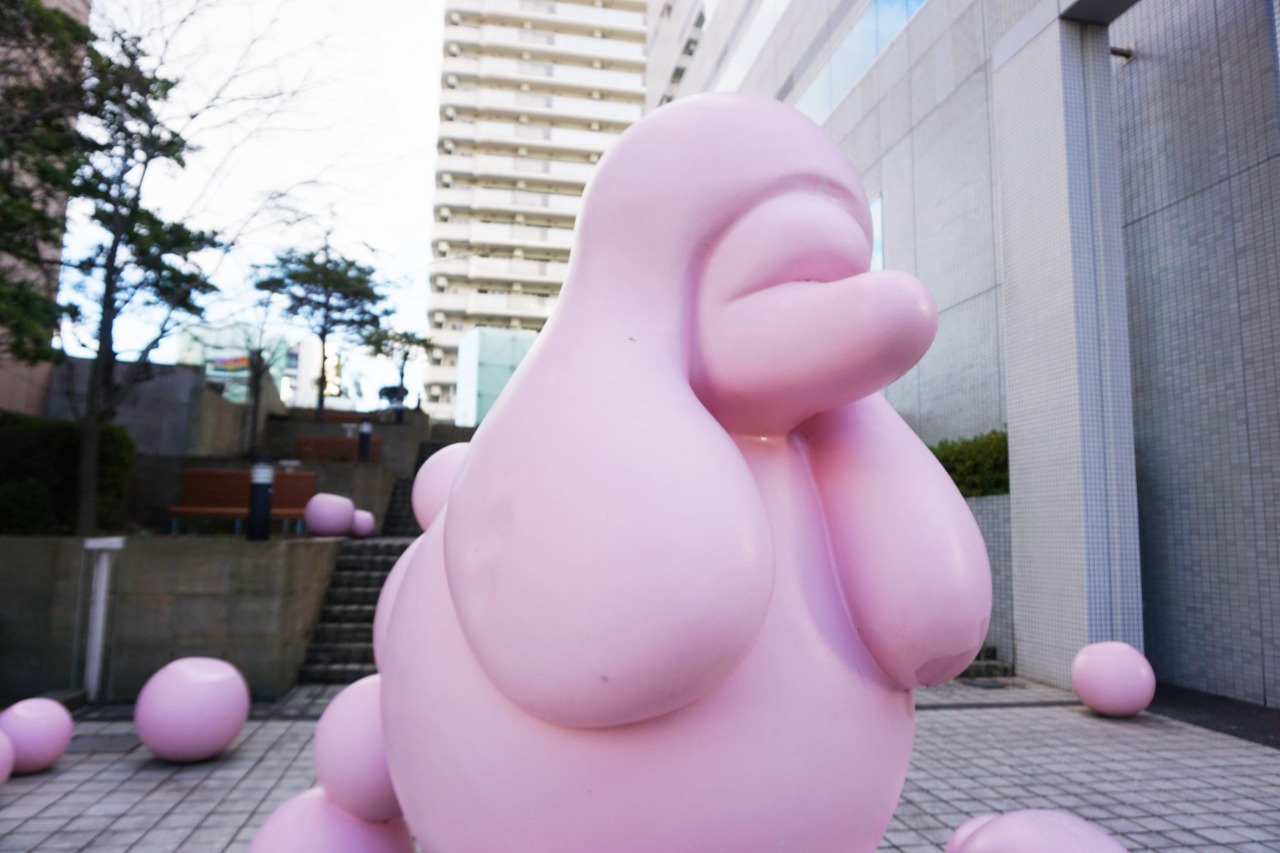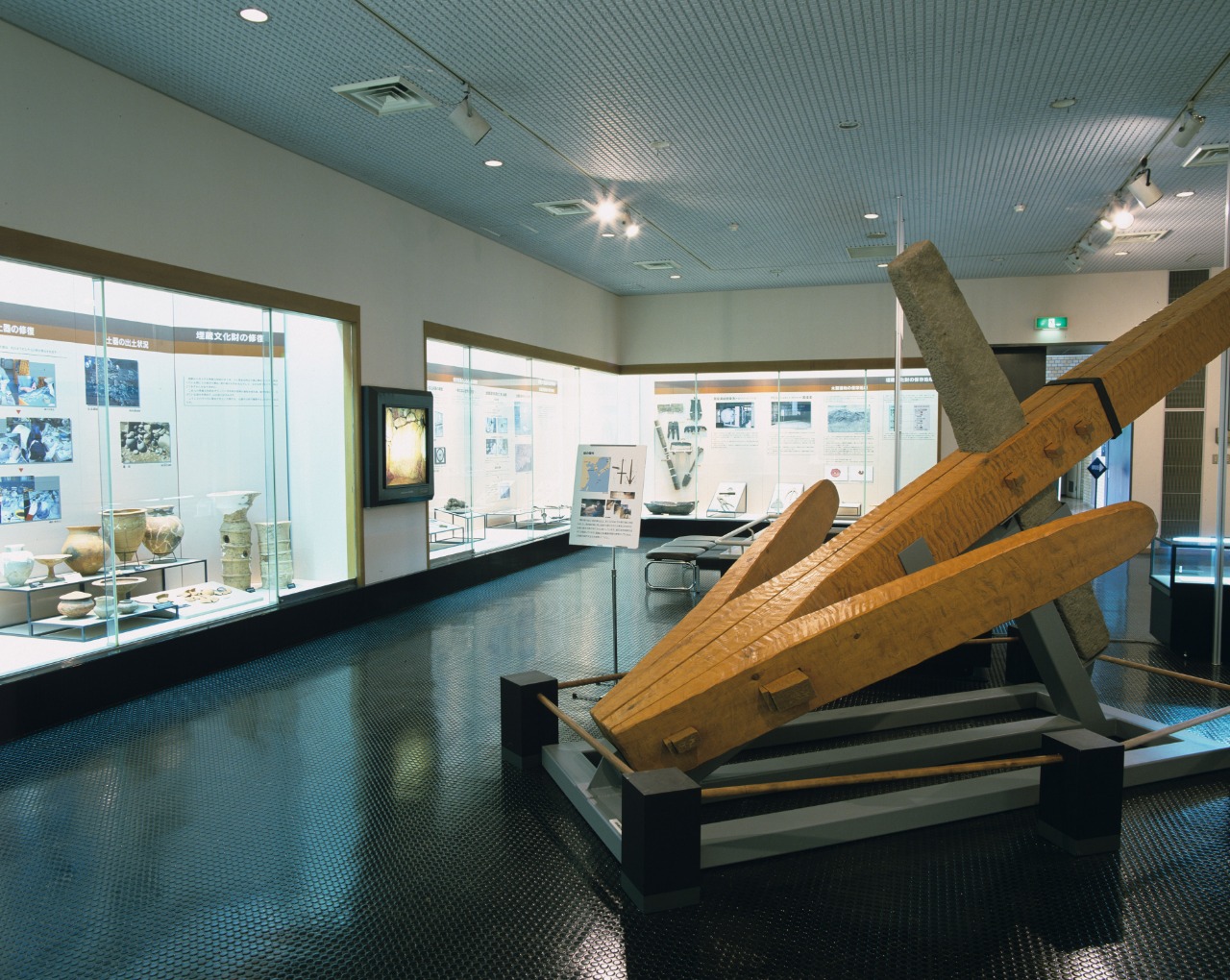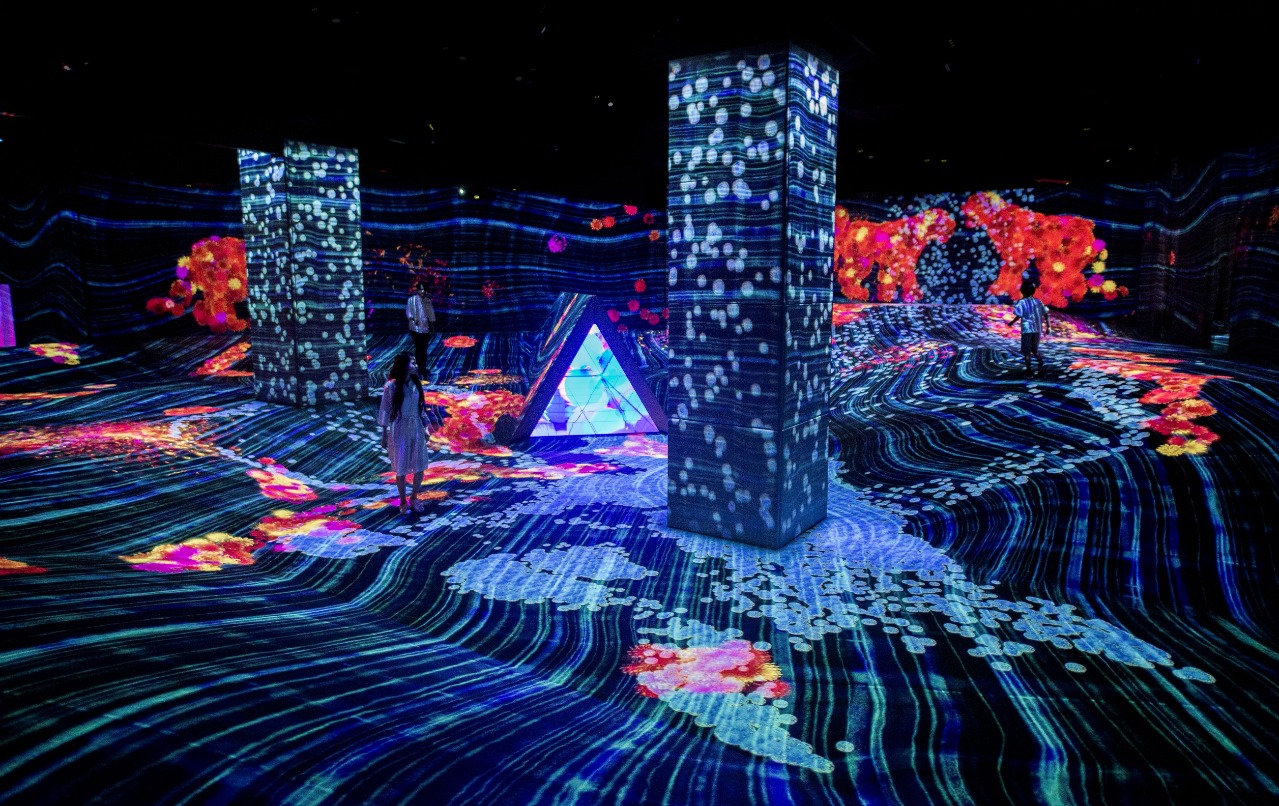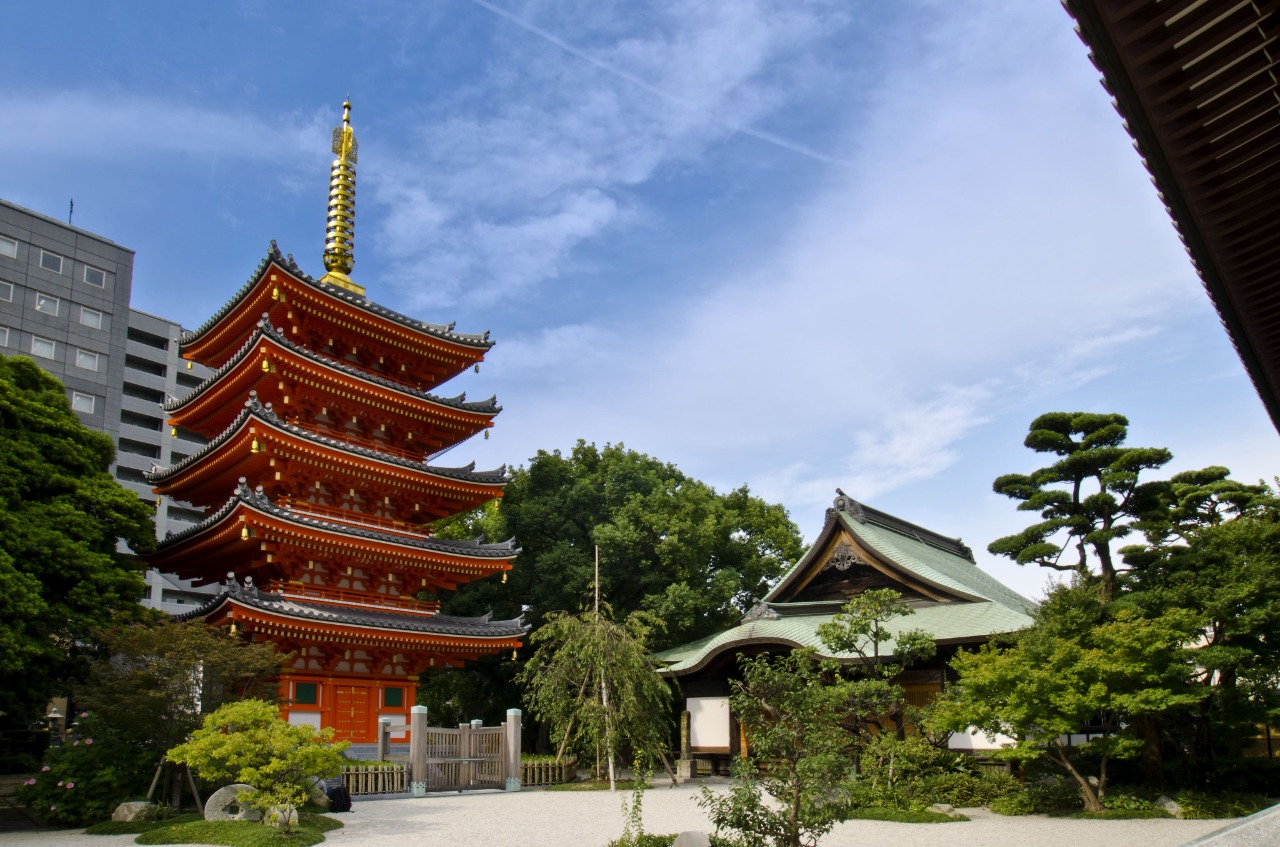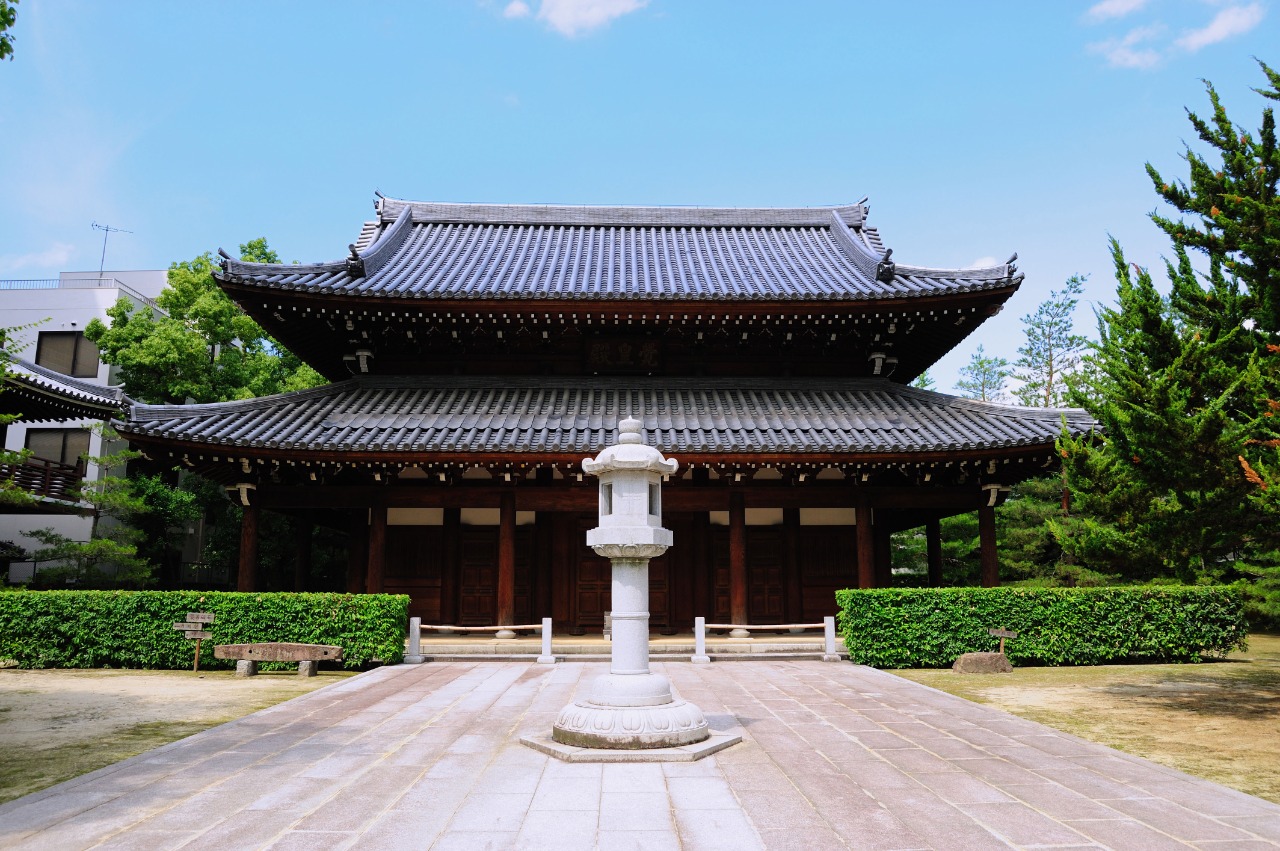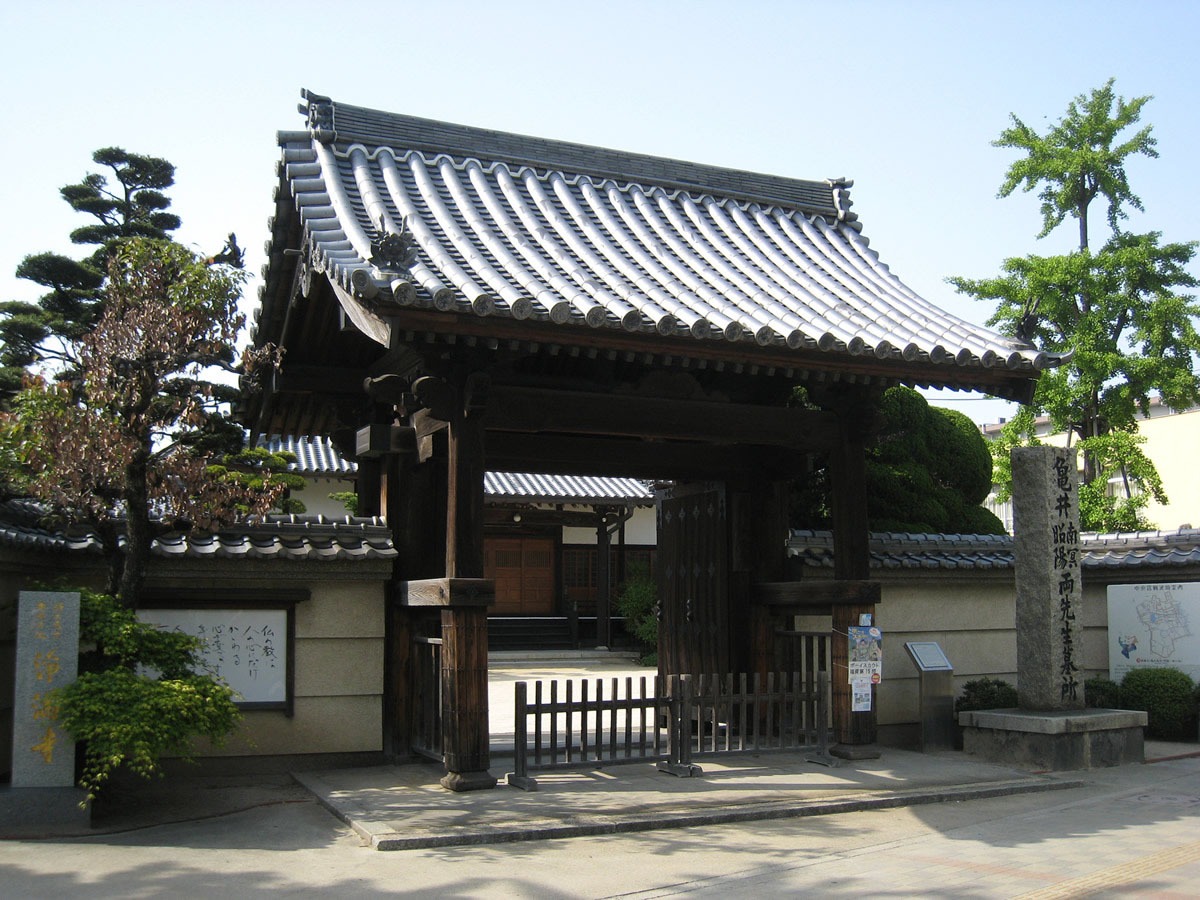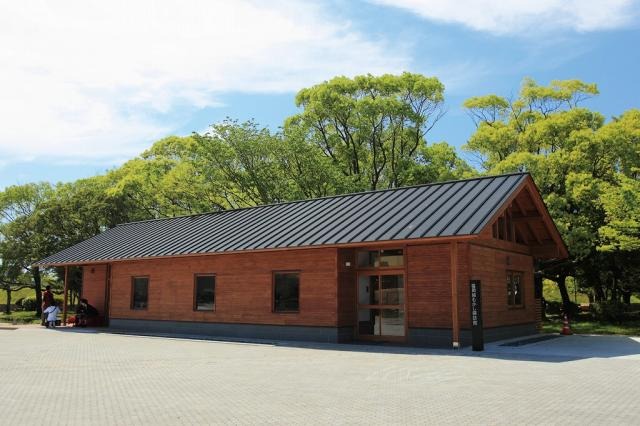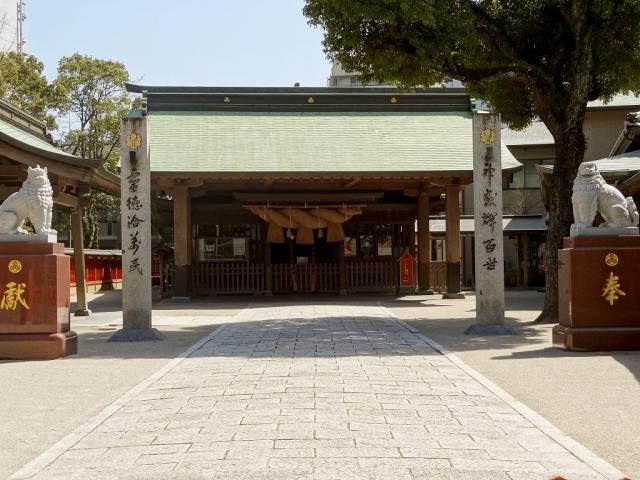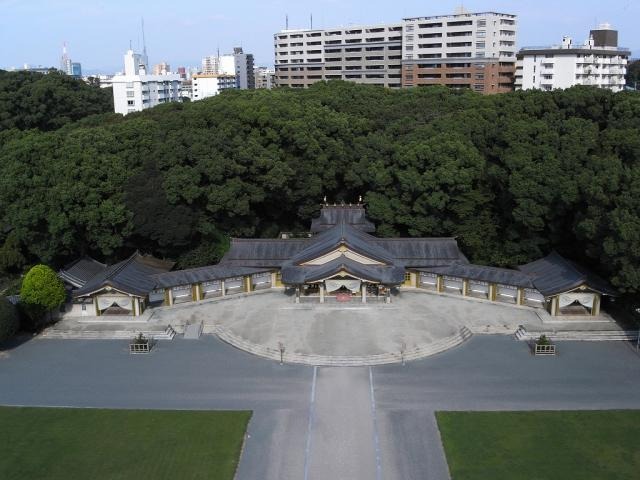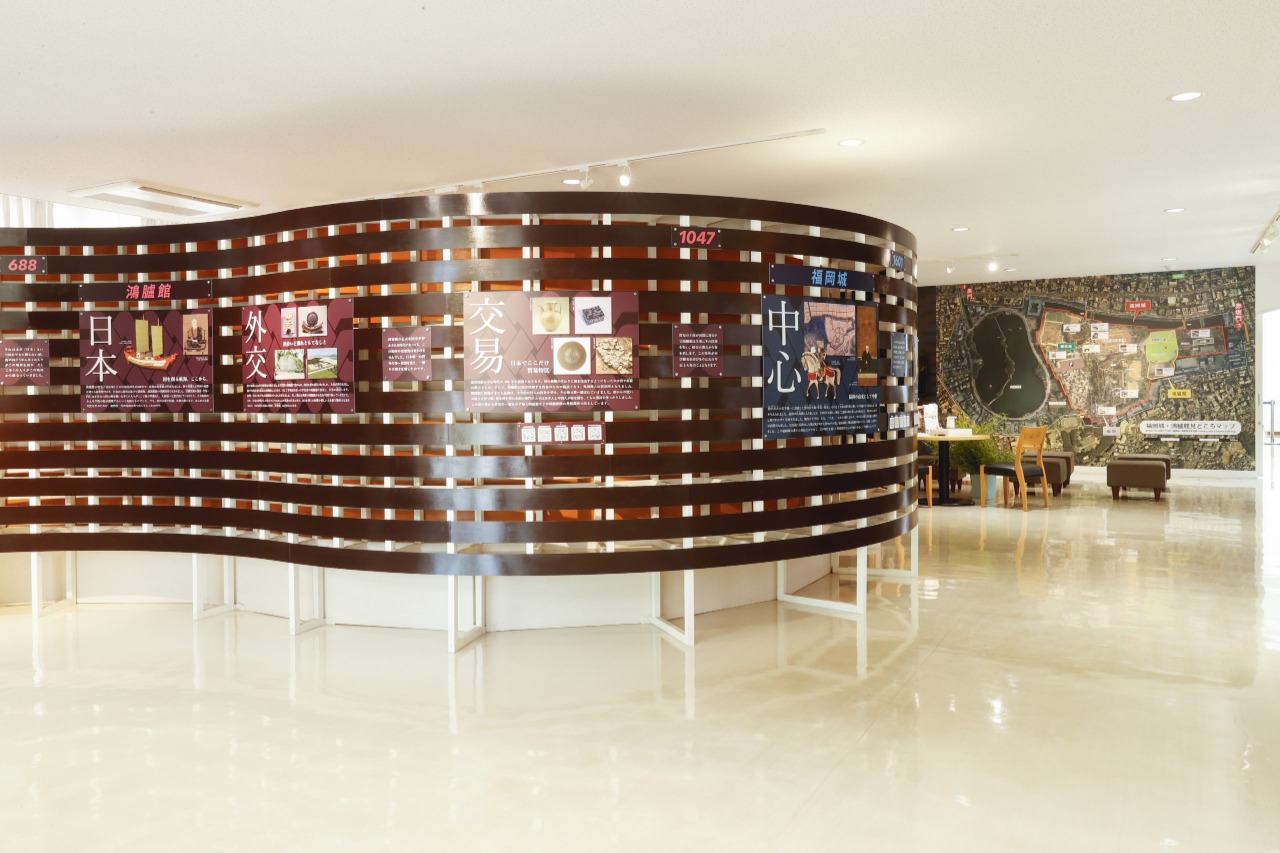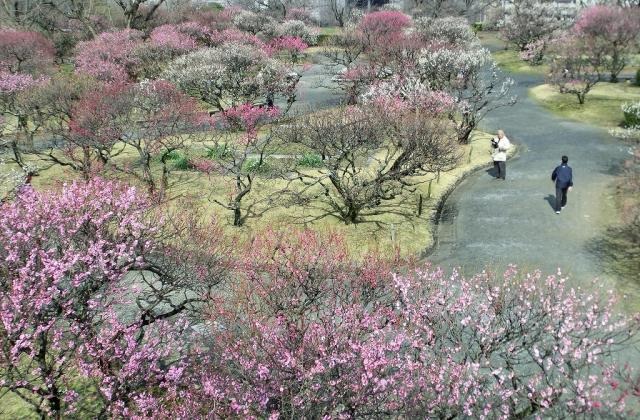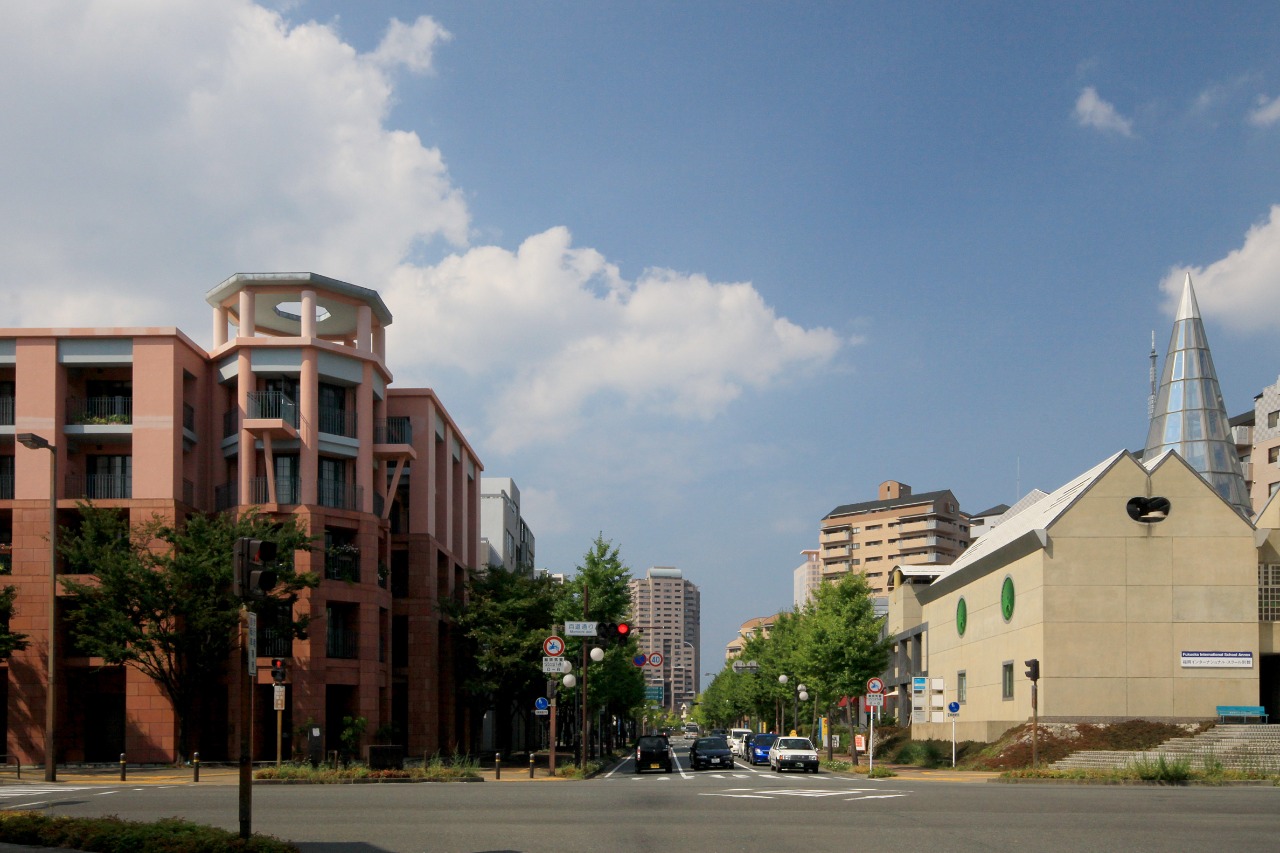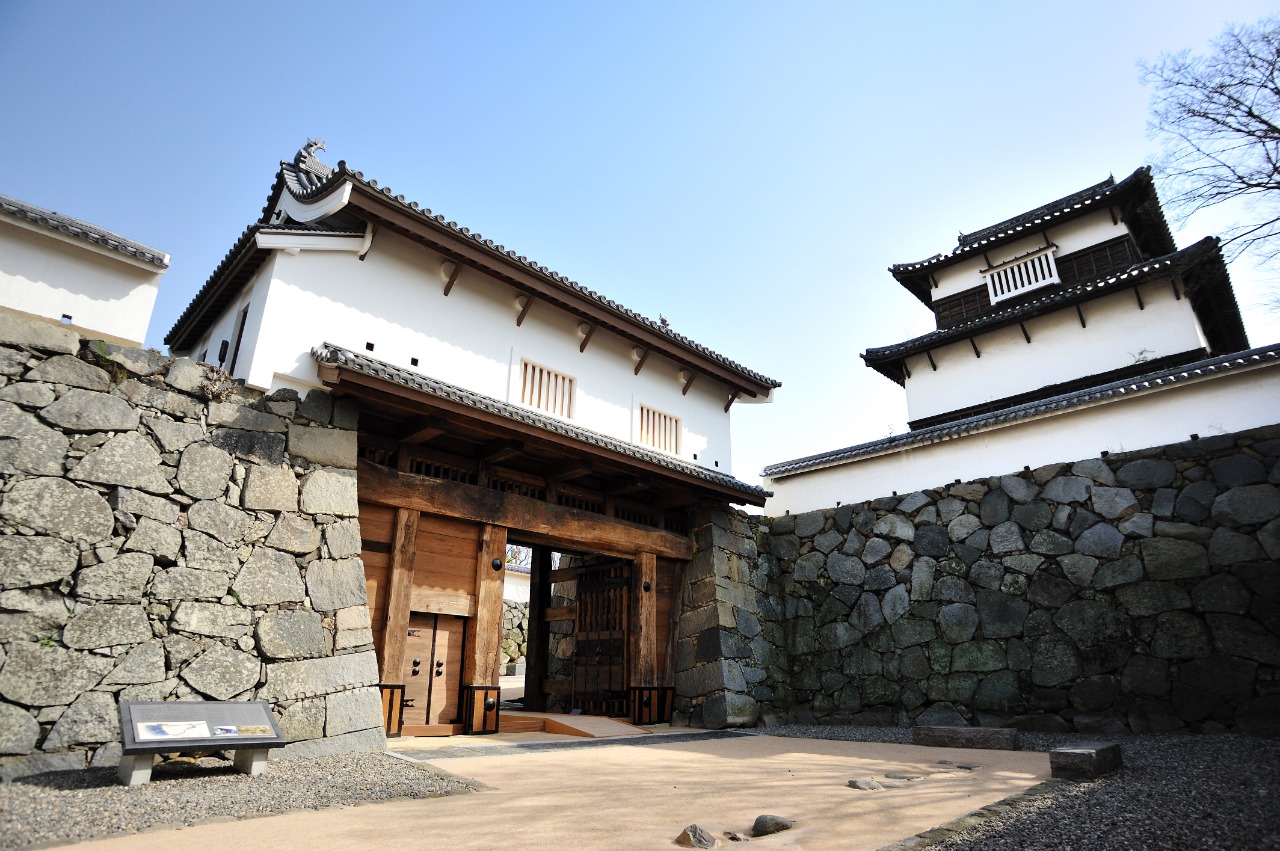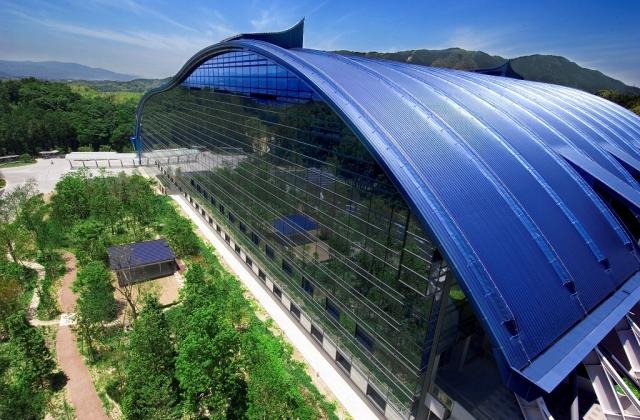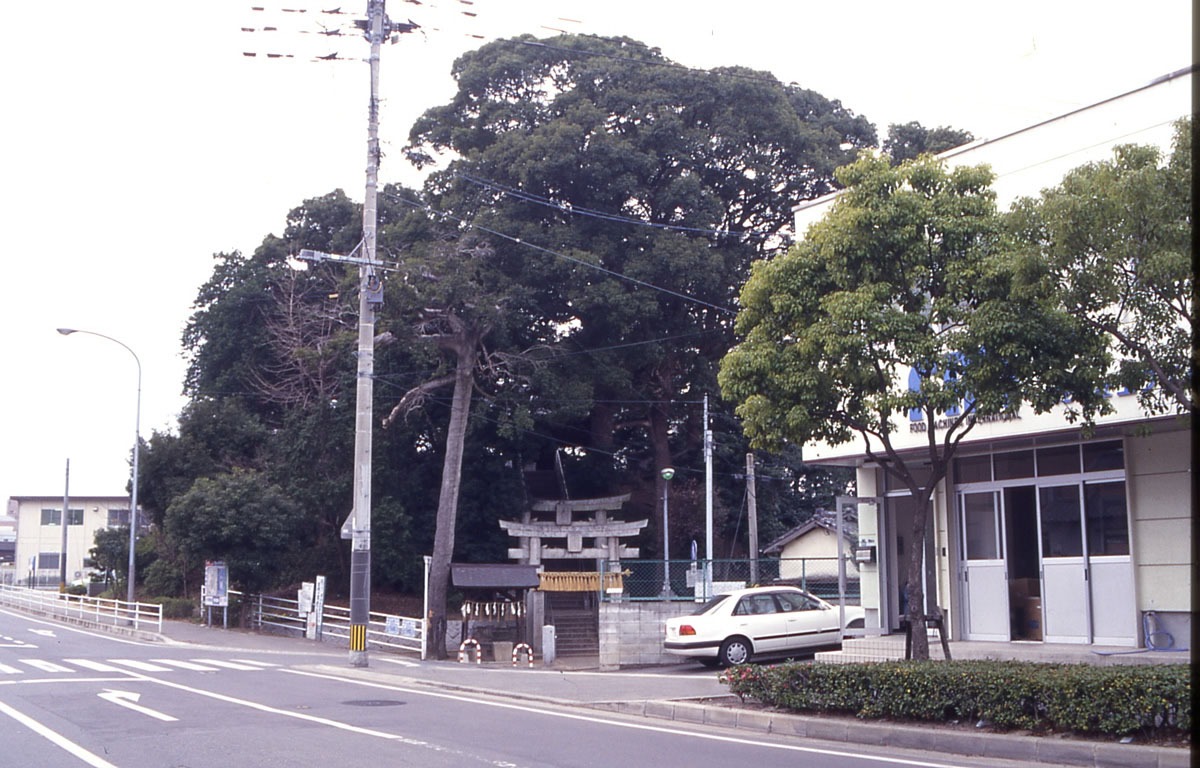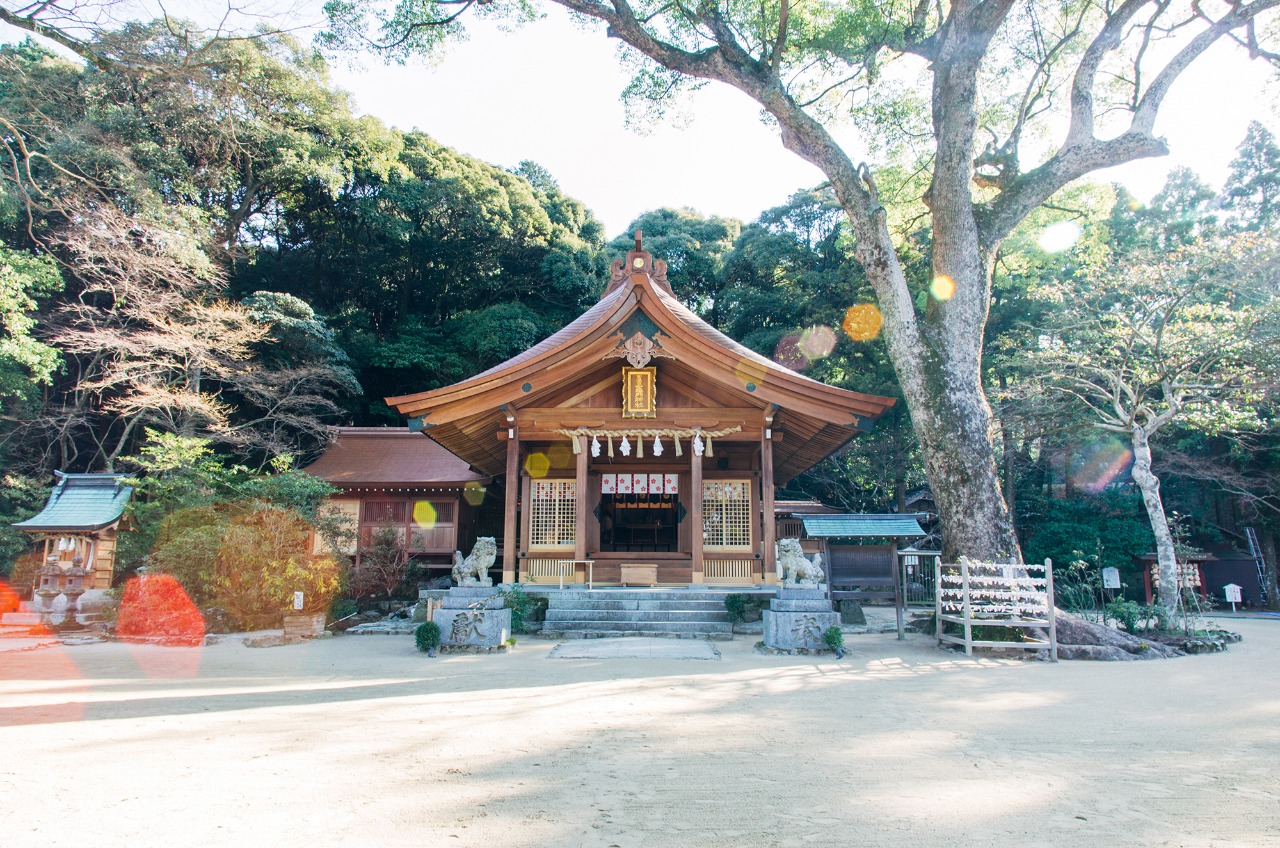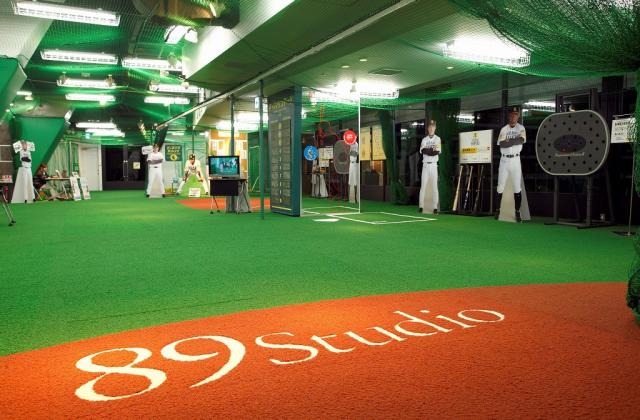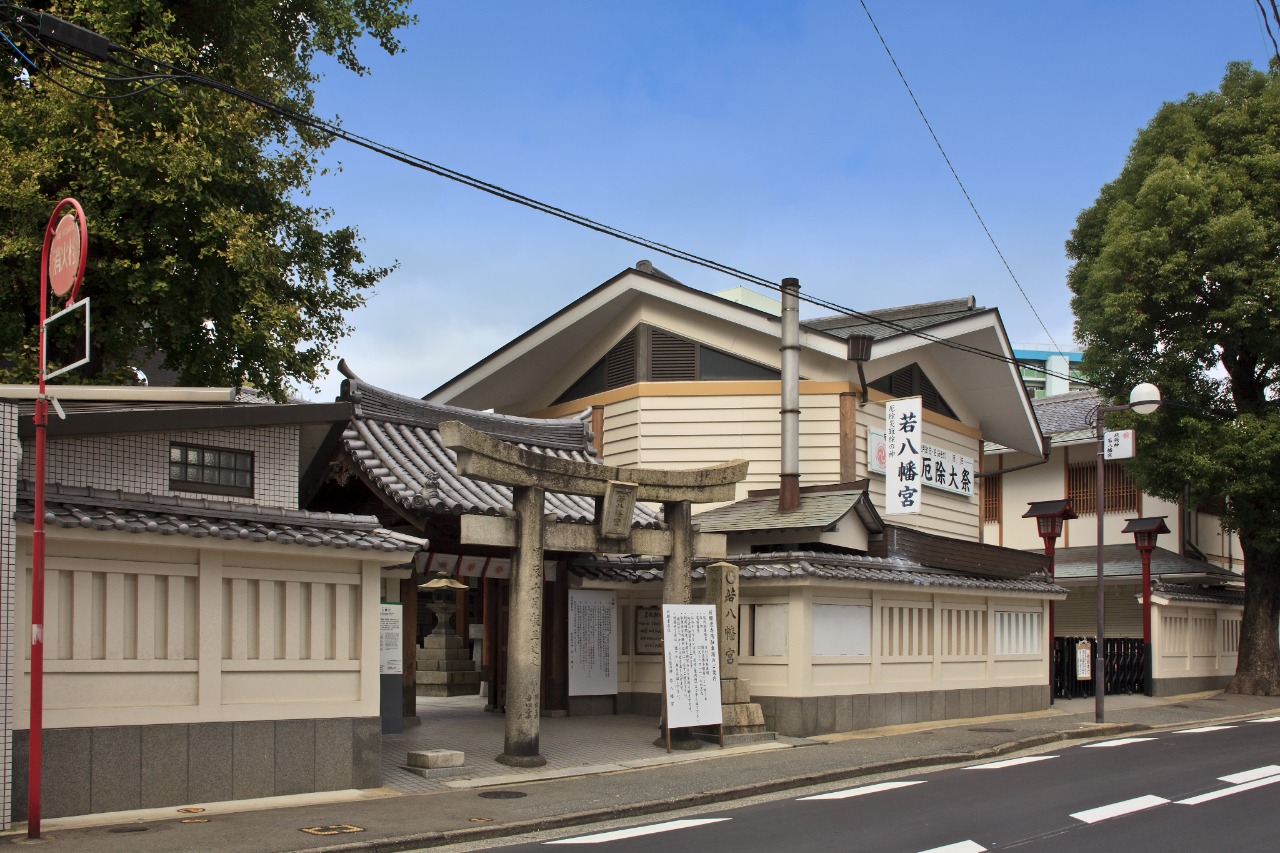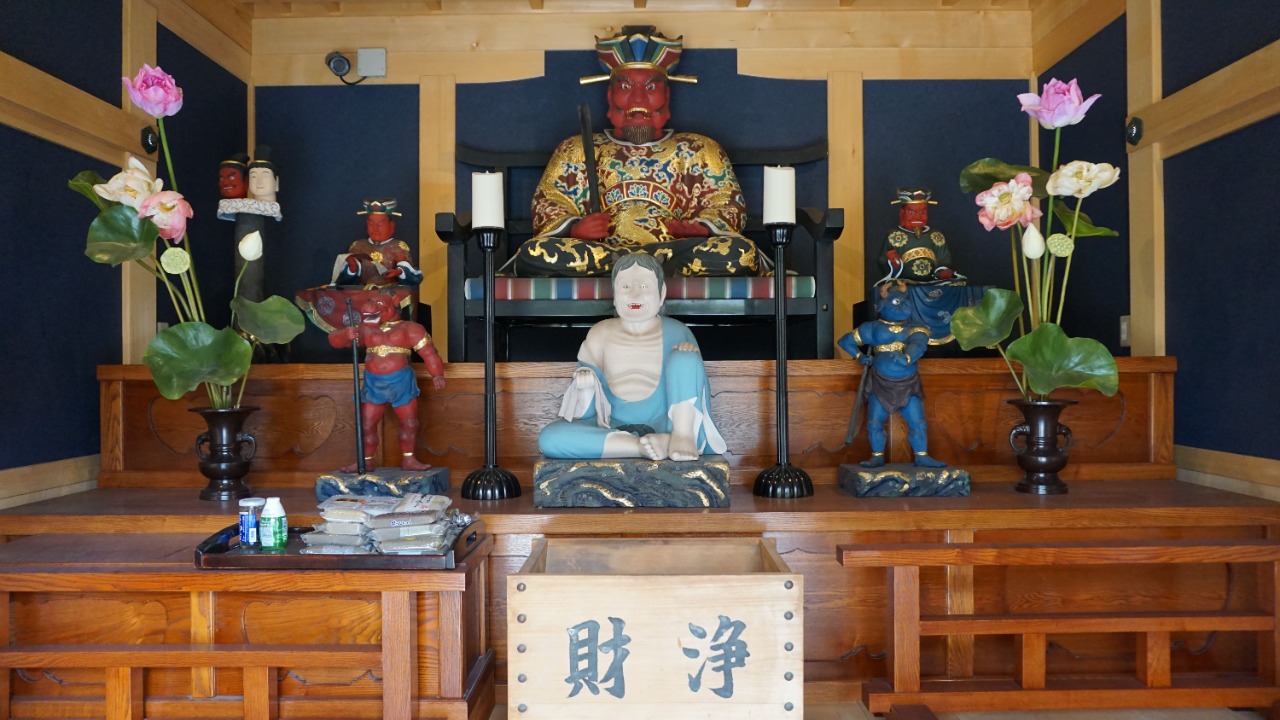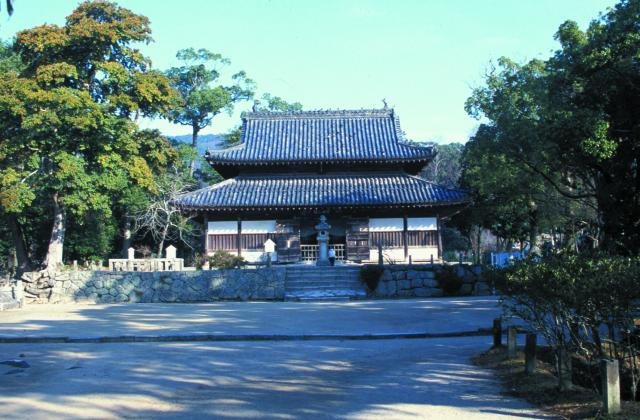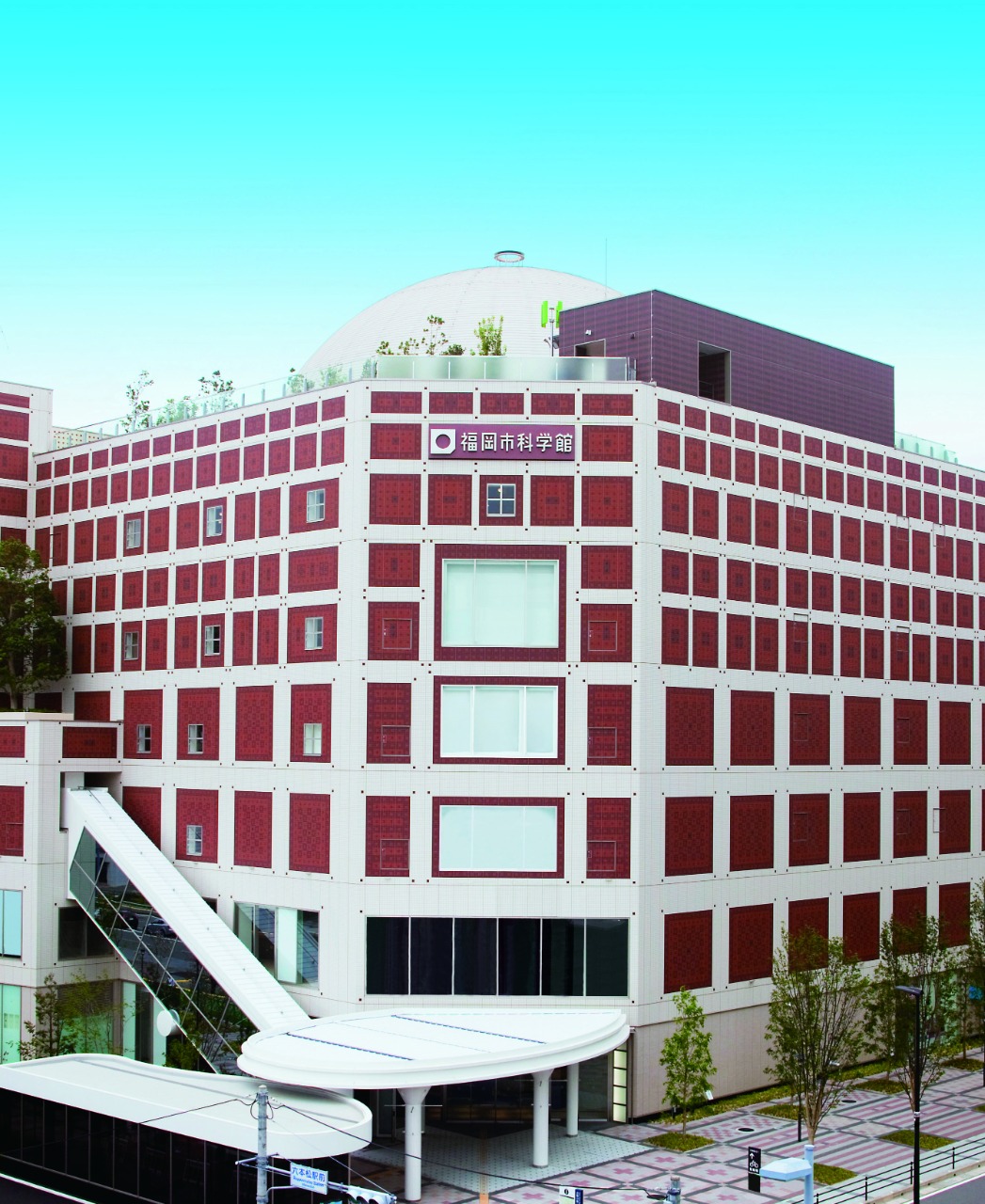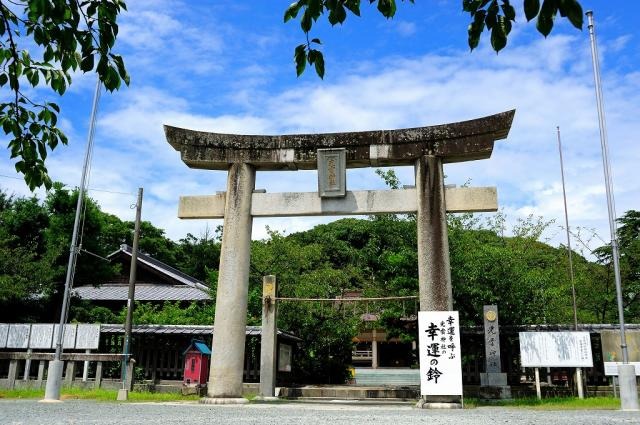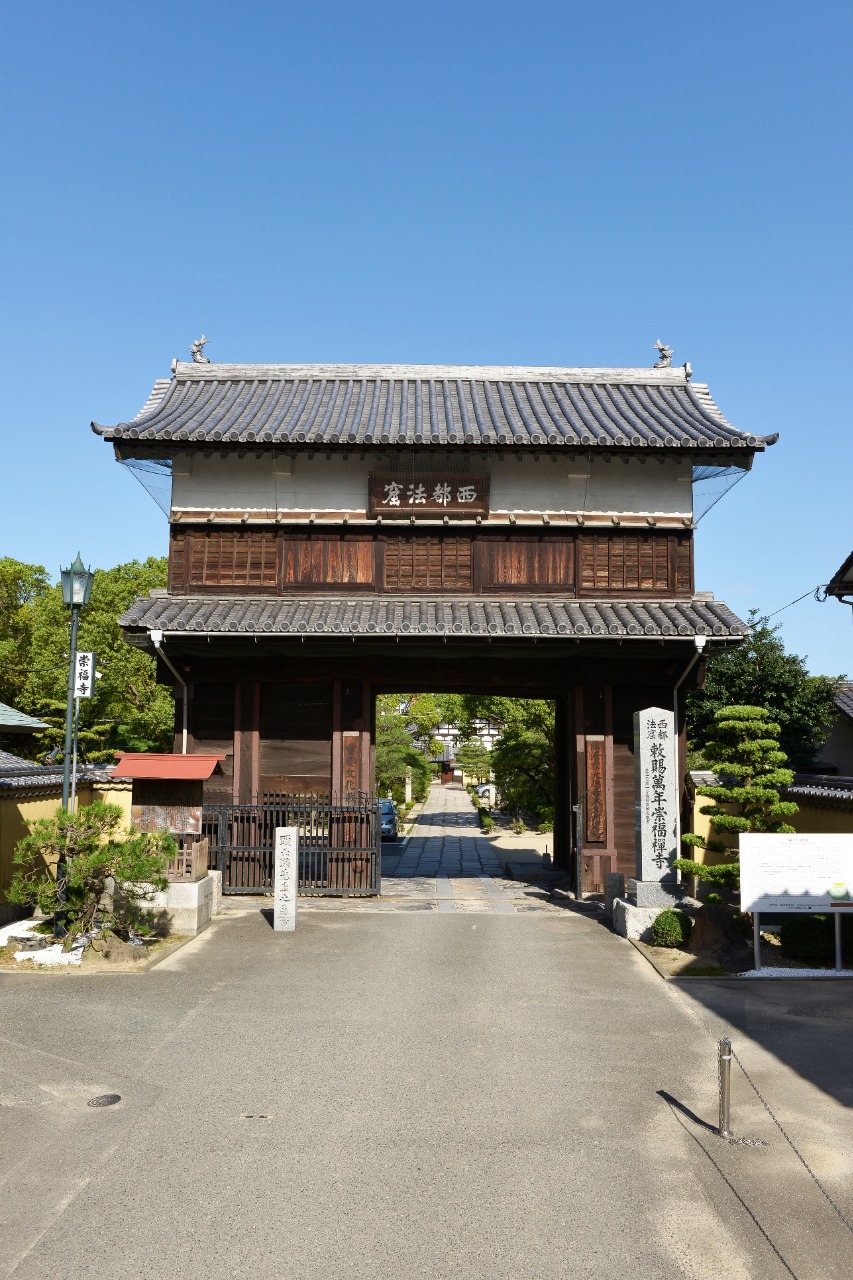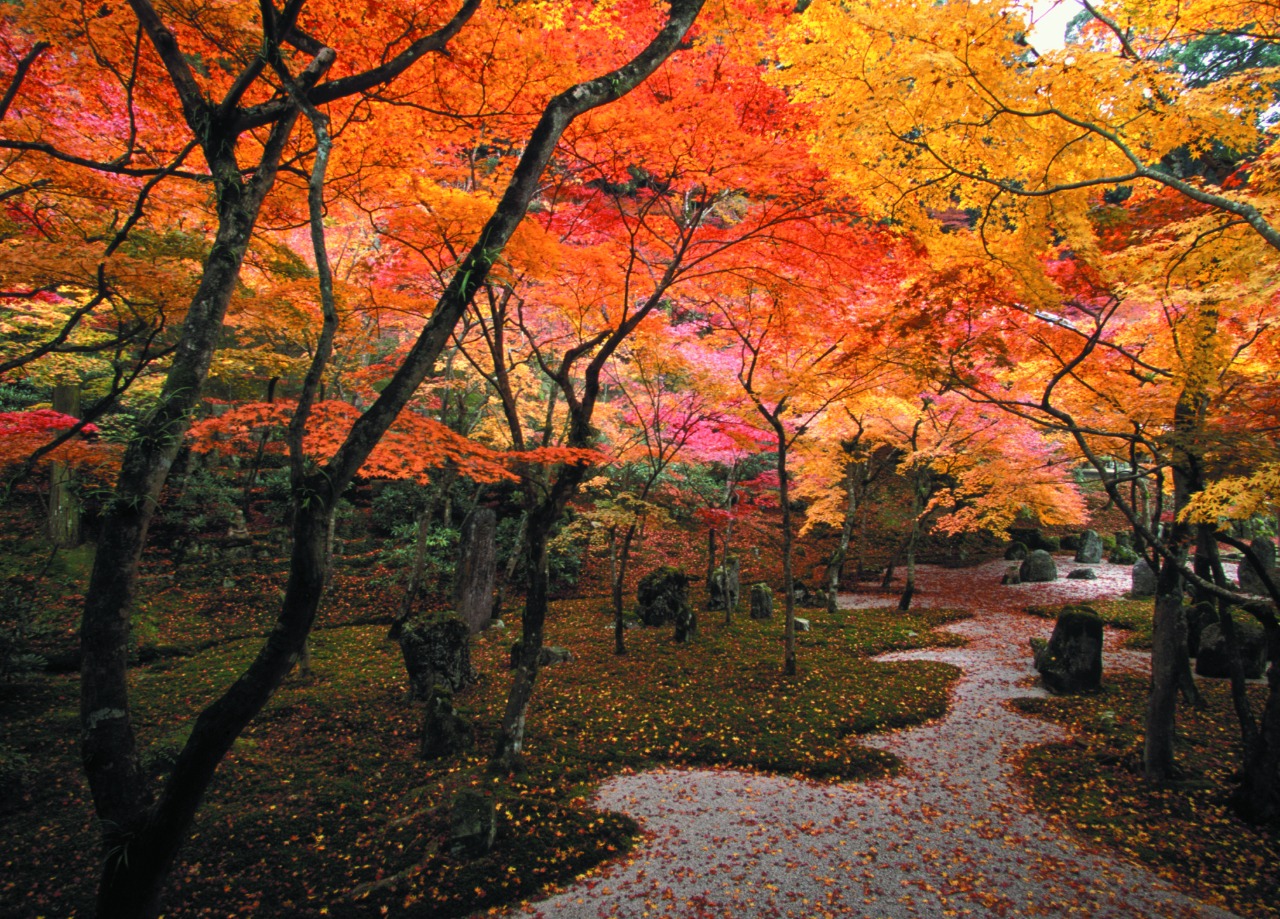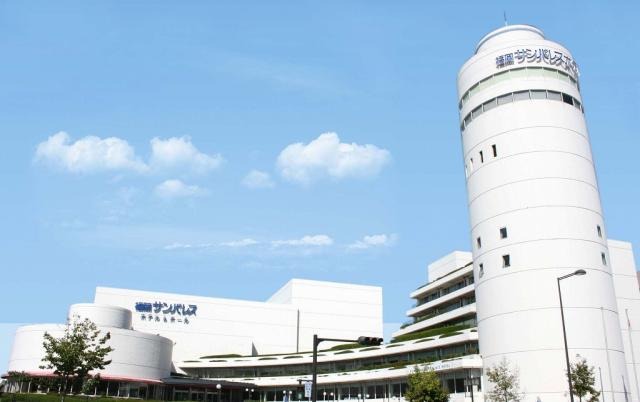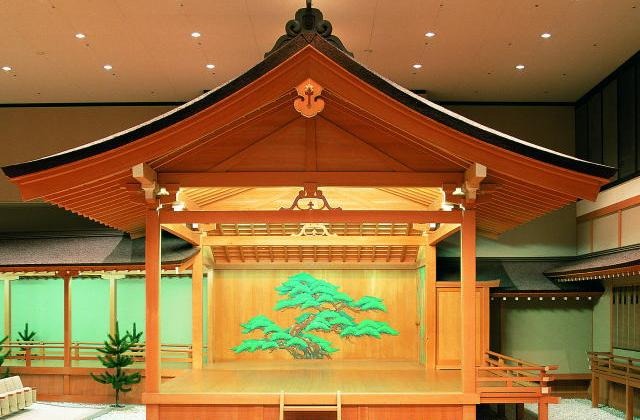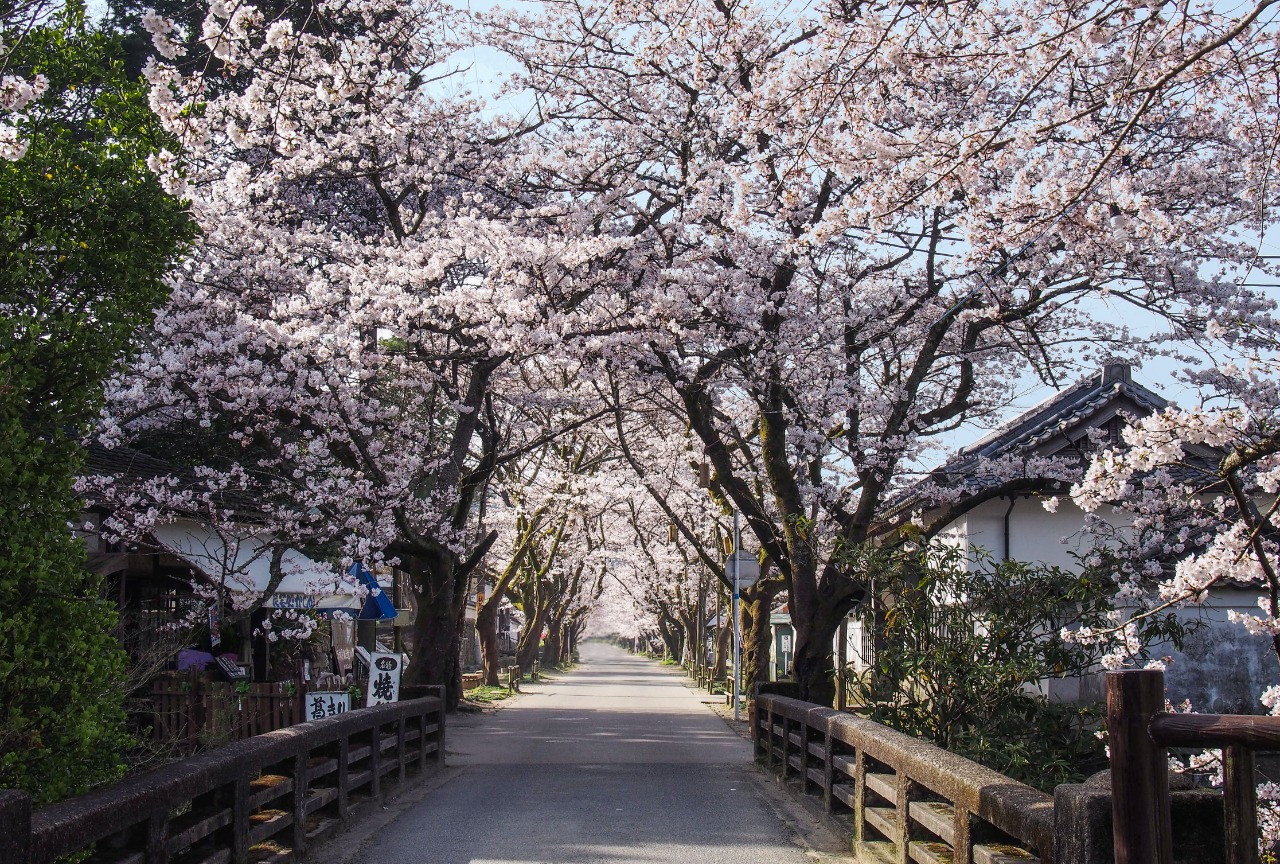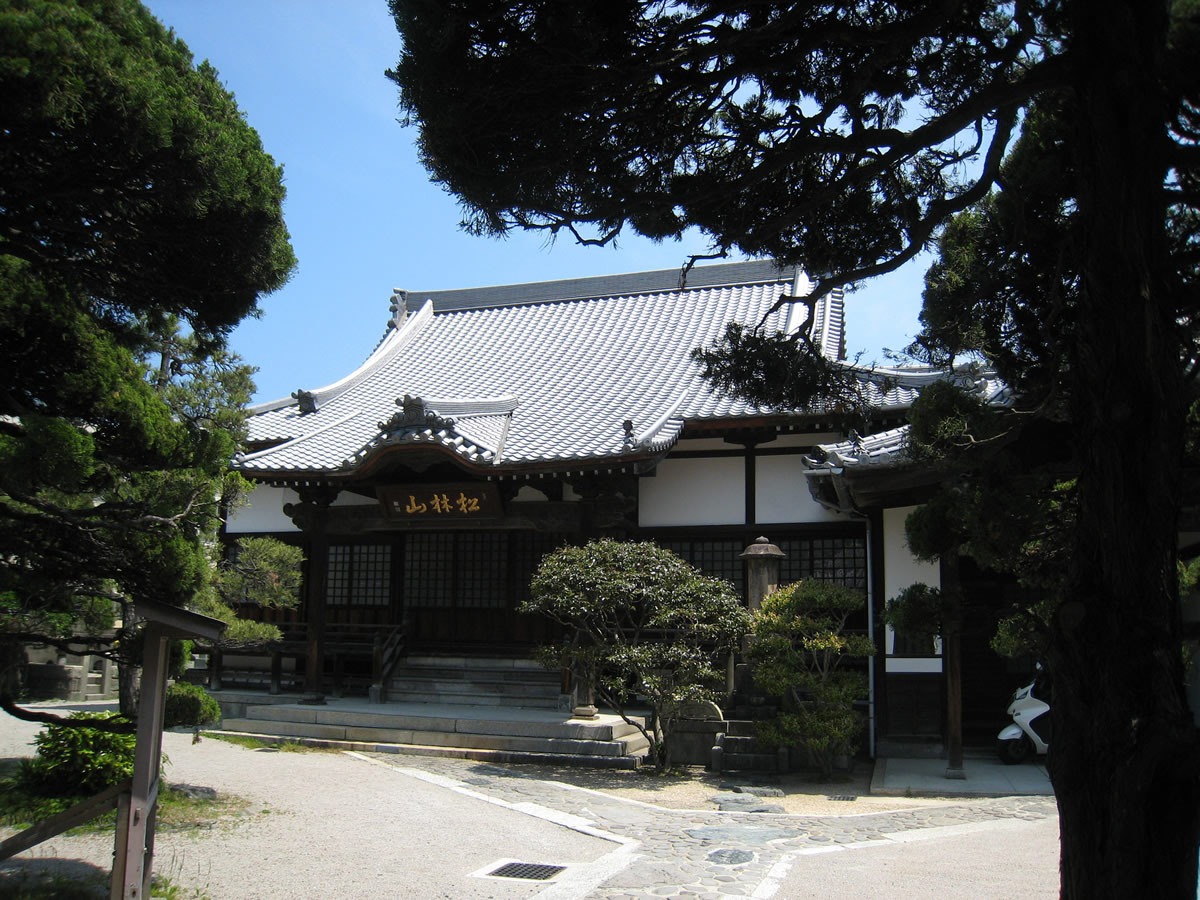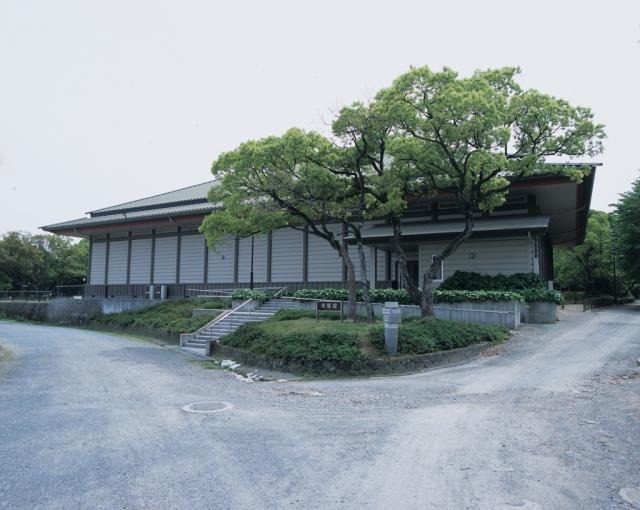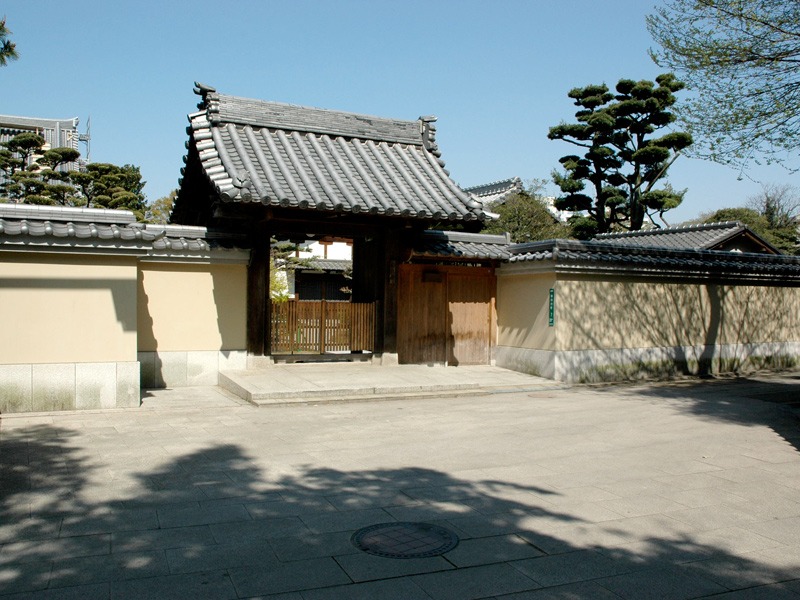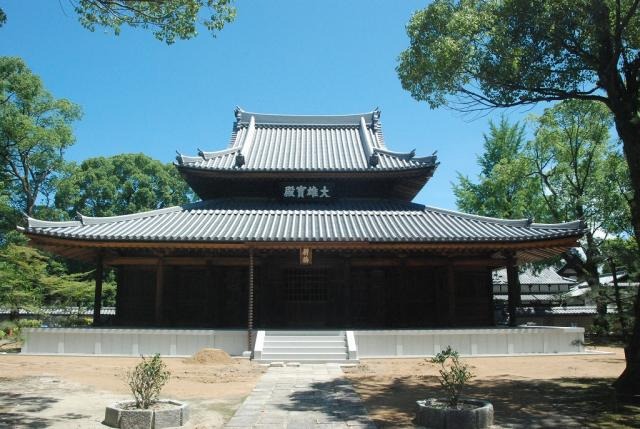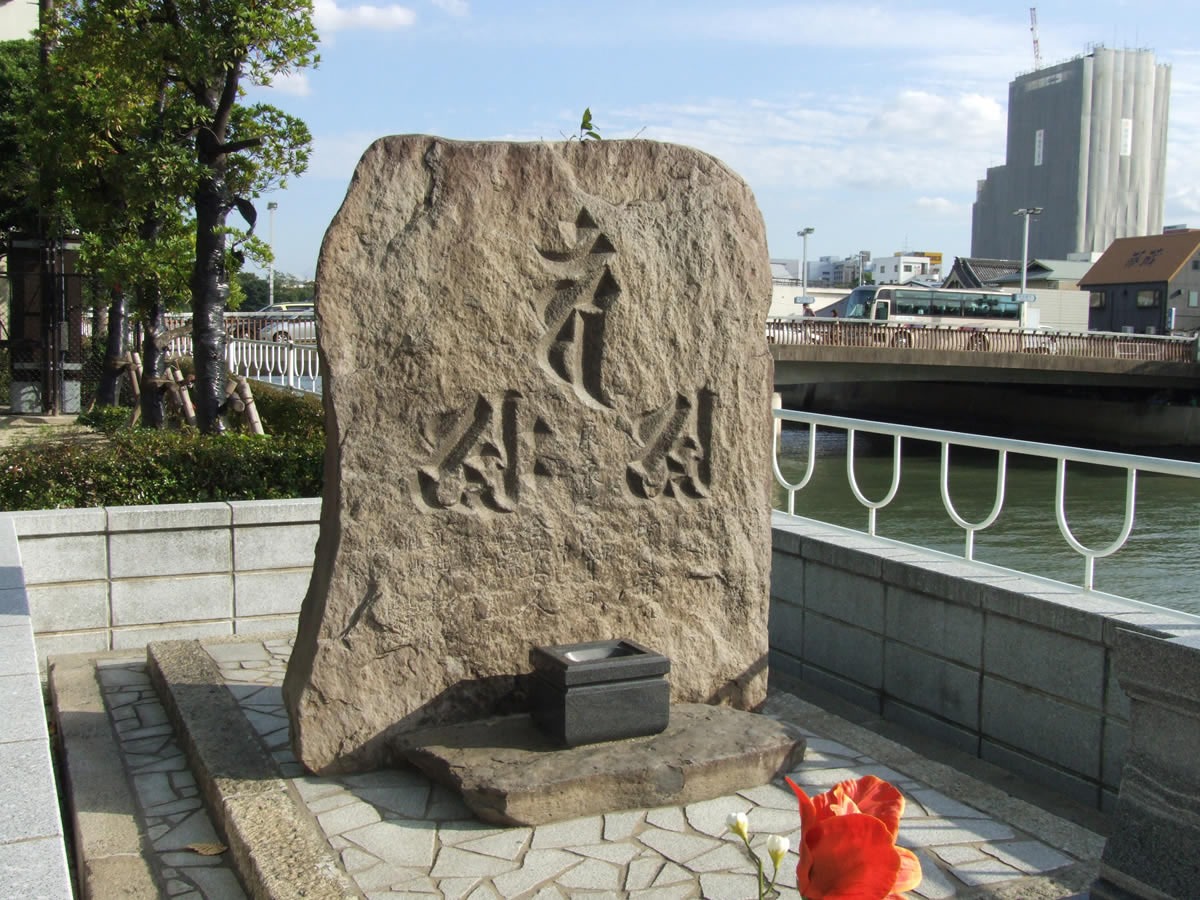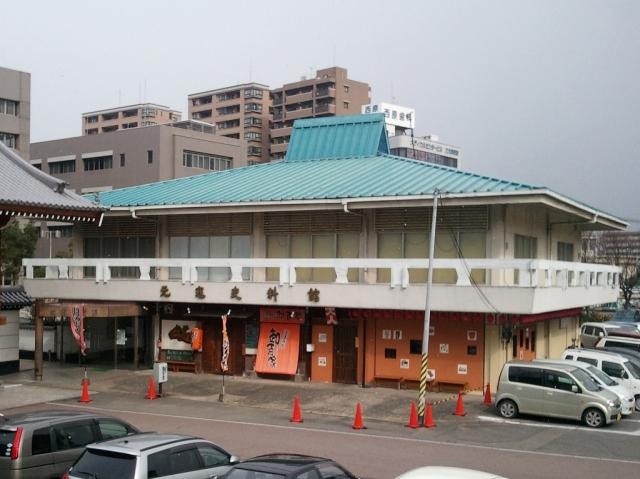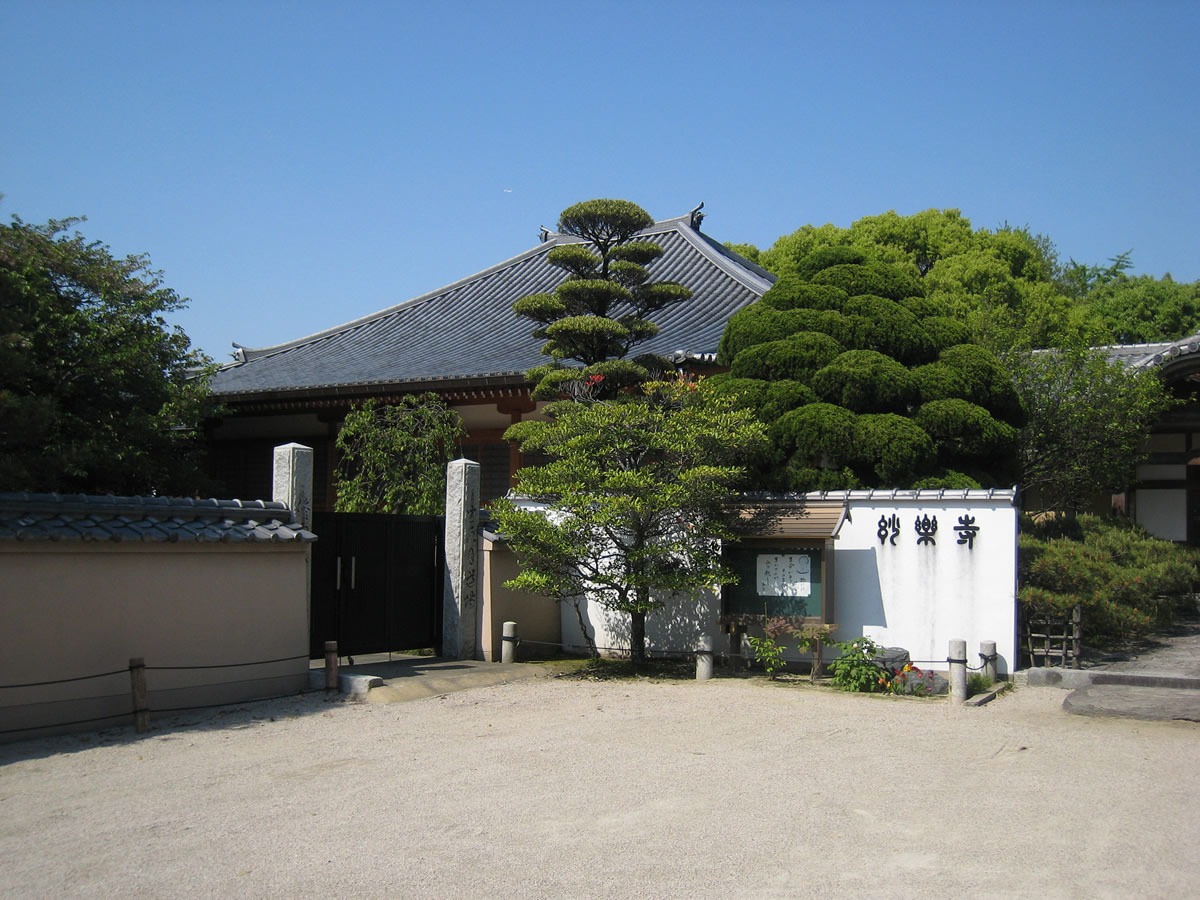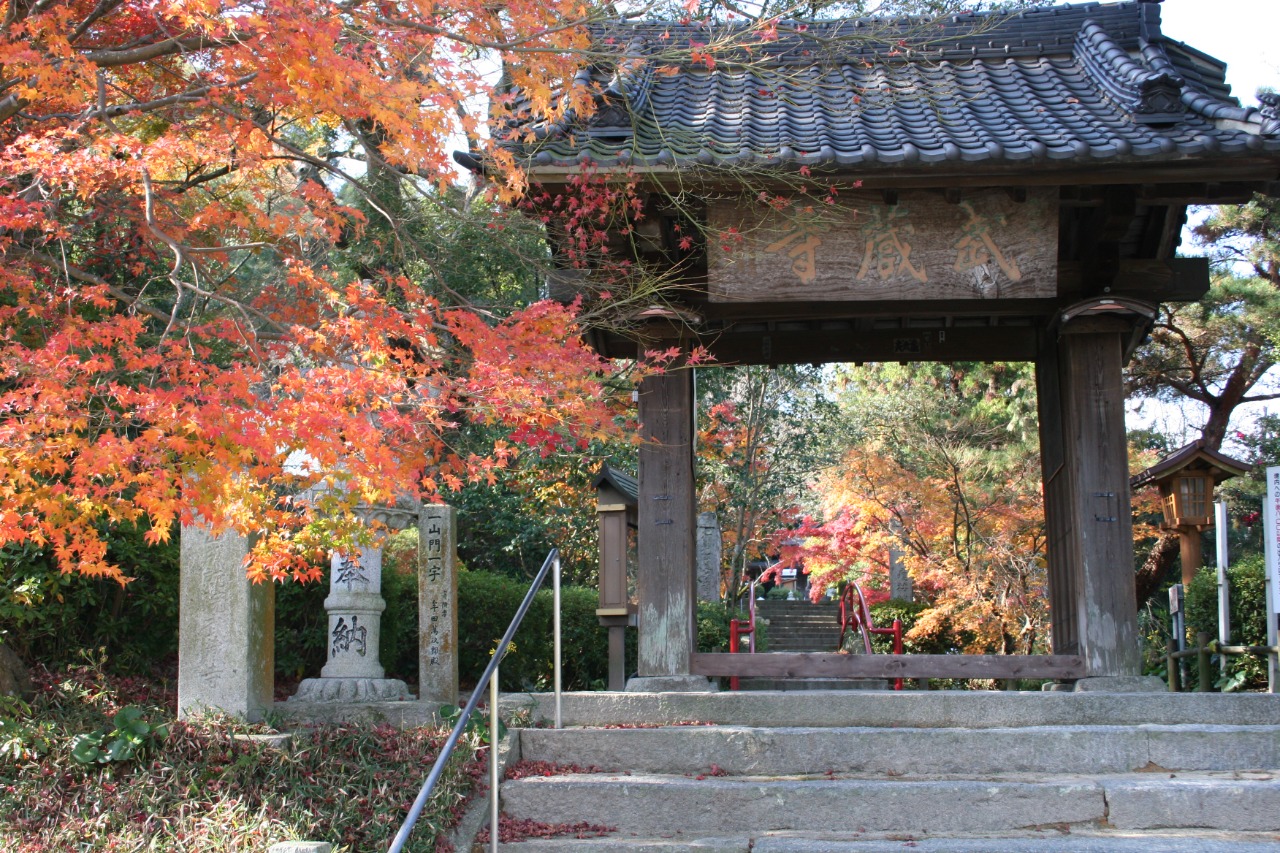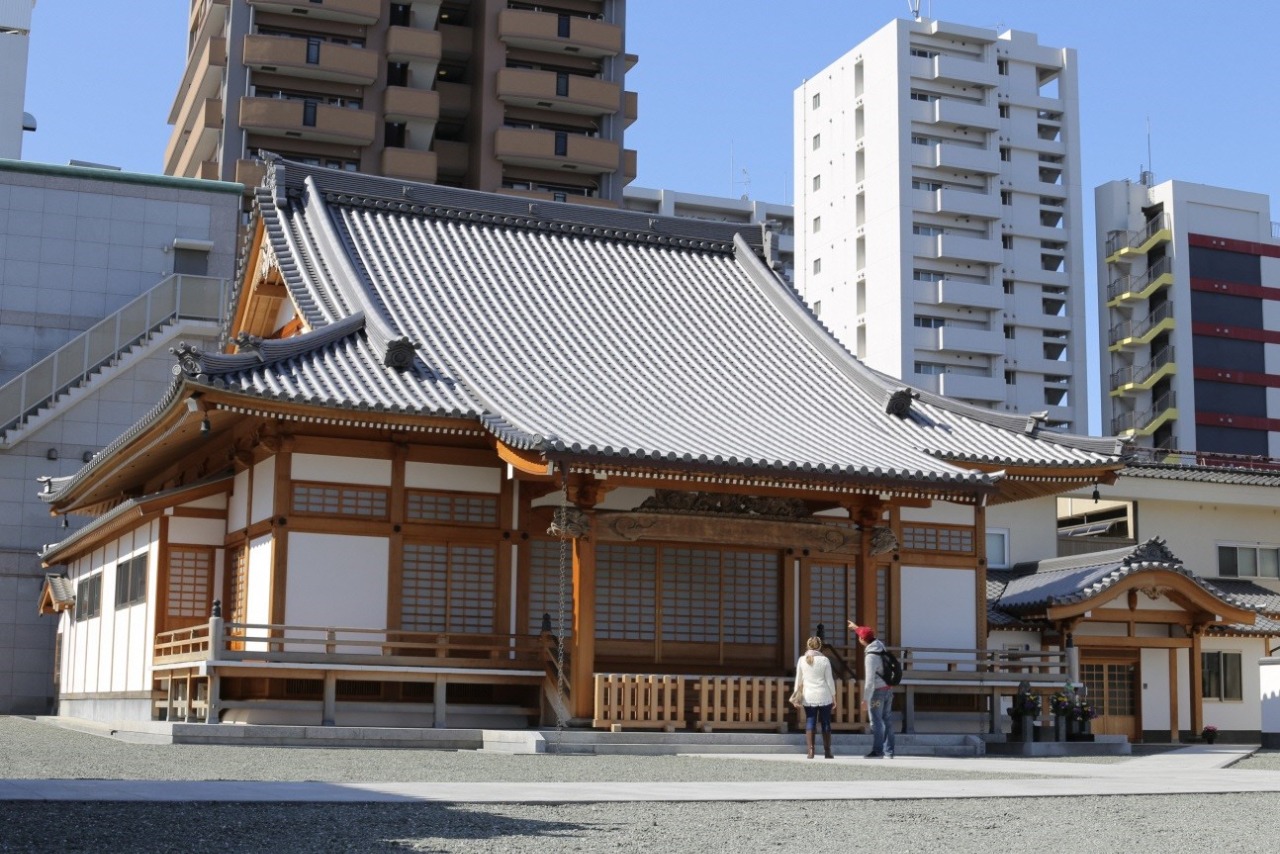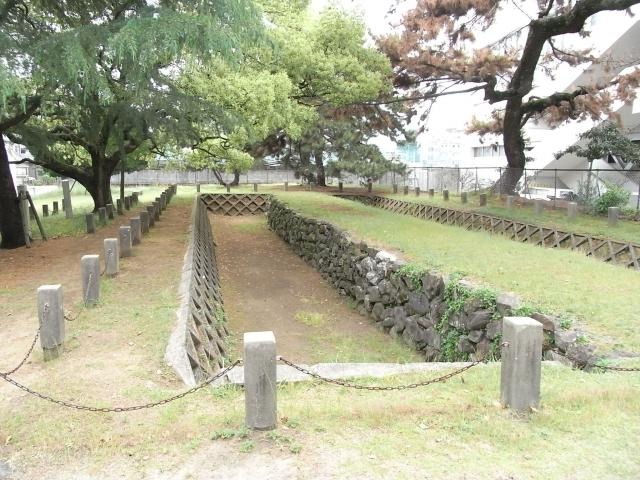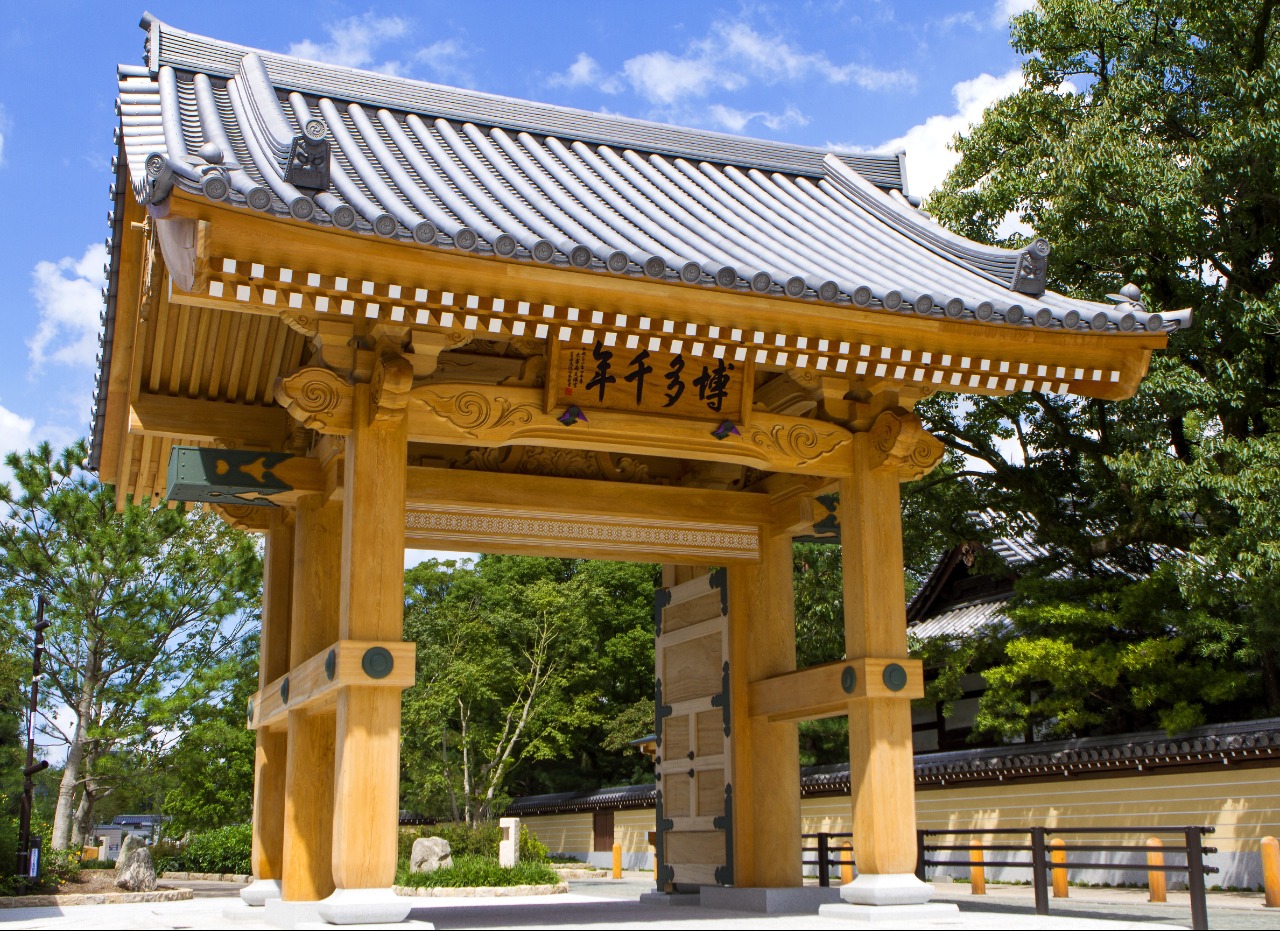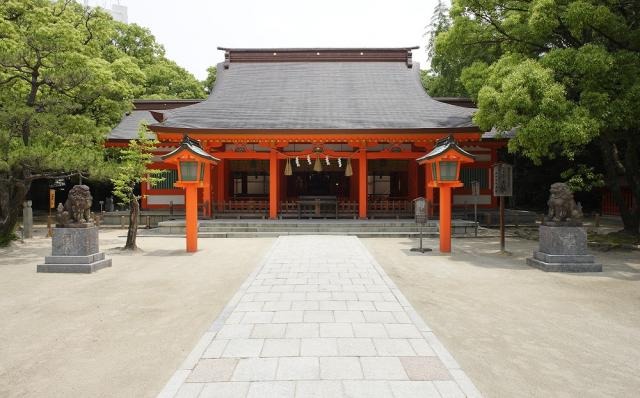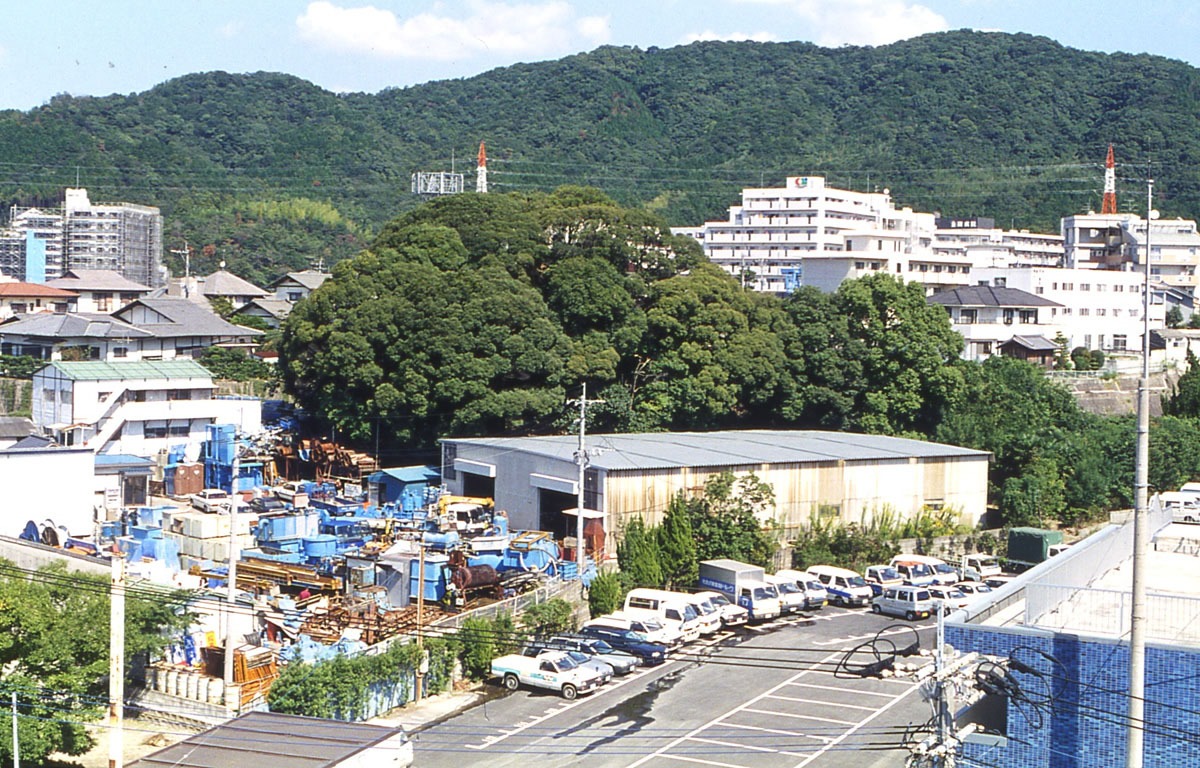Museum visits are an essential part of Fukuoka sightseeing!
Fukuoka, which draws many tourists from both Japan and overseas, has a wealth of arts facilities, including collections that are rare even in an international context and historically important buildings. We will introduce museums that are easy to access by train and close to other tourist attractions, giving you recommendations and telling you about their highlights!
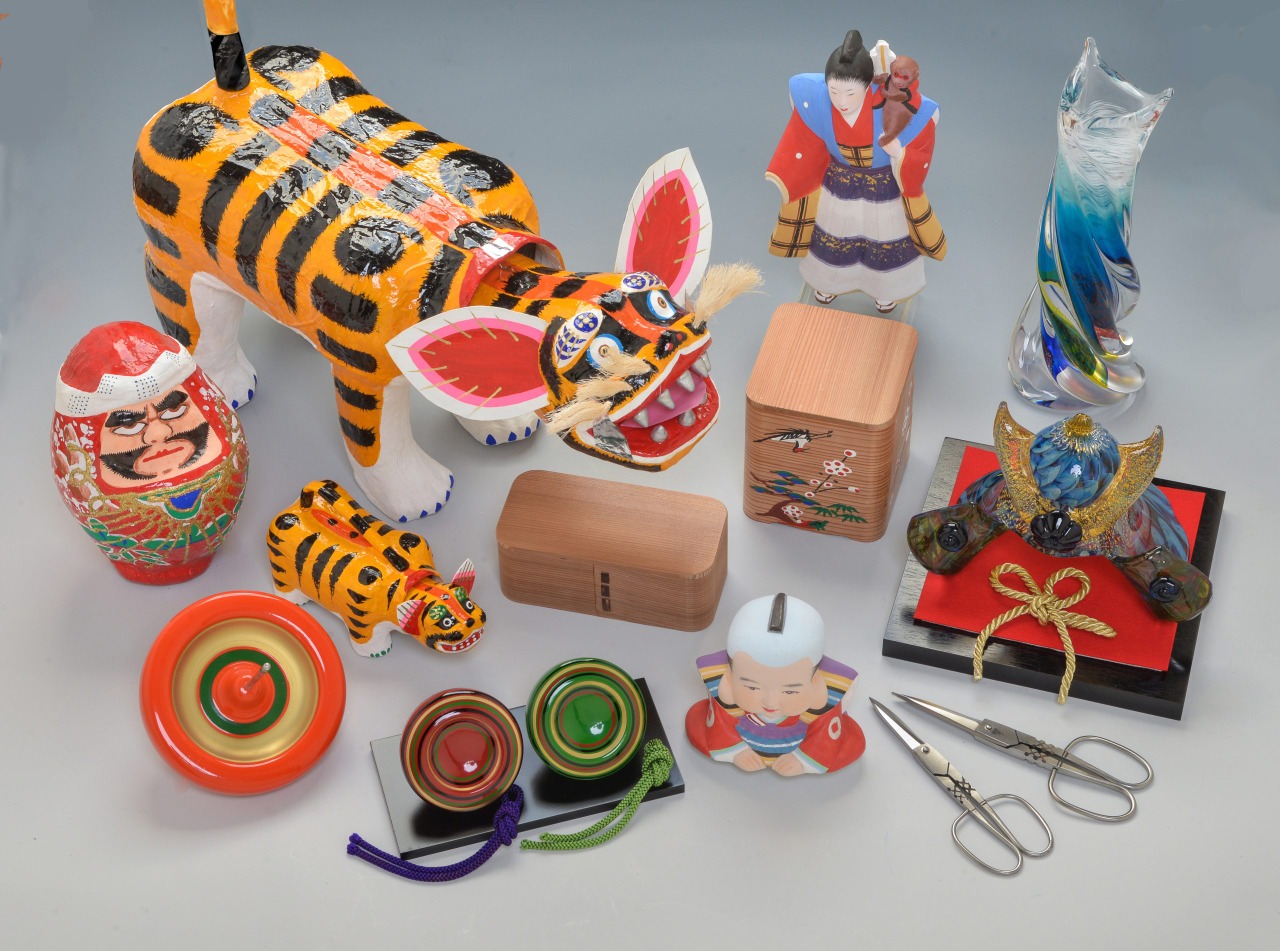
The Fukuoka City Museum, where one can admire the Gold Seal, a National Treasure
The Fukuoka City Museum is located in the Seaside Momochi Area, where Fukuoka Tower, the Fukuoka Dome, and other symbols of Fukuoka are clustered. There are three must-see attractions at the museum.
1. The Gold Seal, a National Treasure that is even mentioned in textbooks.
In the permanent exhibition room, the Gold Seal—a National Treasure thought to have been bestowed upon messengers from Japan by China in the first century AD—is displayed. Observe this historically important National Treasure up close and experience its sophistication. The “Nihongo,” a large spear that is considered one of the Three Great Spears of Japan, is also not to be missed! As you encounter the valuable objects exhibited, you might find yourself reflecting on Japanese history.
2. You can learn about the beginnings of Fukuoka.
Blessed with a location close to the Korean peninsula and to mainland China, Fukuoka flourished from ancient times as a gateway for exchange with the mainland. Fukuoka was the very first place to encounter foreign cultures that until then had been unknown in Japan. In the permanent exhibitions, you can deepen your understanding of Fukuoka’s history by learning about the way of life at the point that rice cultivation was introduced from the Korean peninsula or about the age of the Fukuoka clan when the castle town of Fukuoka and the merchant town of Hakata flourished side-by-side.
3. Take commemorative photos wearing traditional clothing at the Touch and Experience Room.
As you handle instruments and tools from all over Asia at the Touch and Experience Room, imagine the surprise that people living here would have felt upon first encountering them. You are sure to find fun places for photo taking! There is a corner where you can snap pictures wearing traditional clothing and also a mysterious “dynamic helmet” display through which you can be transformed into a warrior.
The Fukuoka Asian Art Museum is the only museum in the world that collects and exhibits modern and contemporary Asian art.
The Fukuoka Asian Art Museum is located on the seventh and eighth floors of the Hakata Riverain complex, adjacent to Hakata landmarks such as the Hakata-za Theater and the Kawabata Shopping Arcade. If you find yourself in the area, please keep the following highlights in mind.
1. The collections of the only museum of modern and contemporary Asian art in the world.
This is the only place in the world where you can find an art museum that (as of March 2015) had collected approximately 2800 works from twenty-two Asian countries and regions! Modern and contemporary Asian art has its own unique charm, distinct from both Western art and traditional Japanese culture. This is an art experience that you can have only in Fukuoka, a city that is called a gateway to Asia.
2. Easy to access and abounding with events!
Located downtown, it is easy to access, perfect for a quick stop in conjunction with dining or sightseeing. The atmosphere is lively, with concerts and public performances of rakugo held in the event space each weekend.
3. There is a spacious playroom and a room for nursing.
On the seventh floor, there is a play space for children with sofas and cushions, building blocks and Asian picture books. On the eighth floor, there is a room set up for nursing mothers with tatami mats to sit on and sinks. You can feel a peace of mind even if you visit with small children.
The shining semi-cylindrical building of the Kyushu National Museum has an imposing physical presence!
The height of the roof is a full 36 meters! Before entering, you may feel overwhelmed by the sheer size of the Kyushu National Museum, which celebrated its tenth anniversary in 2015. We recommend the following.
1. Check the annual special exhibition schedule.
This is a museum that draws many visitors from outside the prefecture, since it hosts many highly popular national traveling exhibits as well as special exhibits of high cultural value. Check the yearly schedule, as special exhibits are held four or five times a year. You might even make your travel plans around the special exhibit dates.
2. Interactive exhibits and “Backyard Tours” that are perfect for those traveling with children.
Ajippa, the interactive exhibition gallery on the first floor, is full of traditional clothing and daily commodities from various Asian countries including Thailand, Vietnam, and Mongolia. It is almost as if you have stepped into an Asian marketplace! On Sundays beginning at 2:00 p.m., we also hold “Backyard Tours” that allow visitors to get a glimpse of the important back area of the museum, which is usually off limits. Even children should be able to enjoy the tour without growing restless.
3. Experience the world’s best viewing experience at the “Super Hi-Vision Theater.”
In the Cultural Exchange Exhibition Room on the fourth floor, there is a Super Hi-Vision Theater in which people can watch ultra-high-definition images on a giant 320-inch screen. The images are sixteen times the visual quality of the current high-definition screens on the market. Videos, either introducing cultural assets or related to exhibitions, are shown at all times.
The Fukuoka Prefectural Museum of Art, an oasis near the Tenjin area!
If you walk just a bit from the Tenjin area, you can experience the oasis of the Fukuoka Prefectural Museum of Art. It is located in a lovely spot, surrounded by Suzaki Park (the symbol of which is a large fountain). Here are three highlights of the museum.
1. The museum has a rich array of exhibits popular with women.
There is a rich array of exhibits popular with women, such as an original exhibit of popular picture books and photography exhibits. The museum sells numerous items connected to the exhibits, so your chances are good of finding something special to remember the trip by. The museum creates a fun space for children and adults alike, and a comfortable environment even for those with no knowledge of art. It might even be fun to make a solo trip of it to savor the works of art.
2. The library room and high-definition gallery.
The Fukuoka Prefectural Art Museum opened in 1964 as a joint library and art gallery. The fourth floor art library boasts 30,000 books. You can watch art programs in the video booth on the fourth floor and see world masterpieces and works with commentary in the high-definition gallery on the second floor. This is sure to deepen your interest in art.
3. The café facing the park is a well-kept secret!
At the glass-fronted café, open from 10 a.m. until 5 p.m., the natural beauty of Suzaki Park spreads out in front of you. You might even forget that you are in the Tenjin area. We recommend coming here to rest your legs after walking the lively Tenjin area.
The Hakata Traditional Craft Center, where you can experience the sophisticated Japanese traditional art & crafts.
The Hakata Traditional Craft Center is at the second floor of Fukuoka City MUseum and offers free admission, so it is a place you can easily come to in conjunction with other sightseeing. Traditional crafts are of course the highlight.
1. Hakata-ori textiles, known for having been given as a tribute to the Edo shogunate.
Roughly 770 years ago, a Hakata merchant traveled to mainland China and learned a weaving technique that he brought back with him and that was further developed from generation to generation: Hakata-ori. Hakata-ori textiles became known nationwide because they were offered as a tribute to the Edo shogunate. Because of the durability of their strong design and materials—the textiles are made with abundant warp threads—they were prized for kimono obi. You will learn about the production process of Hakata-ori textiles and become convinced of their functional beauty.
2. Hakata dolls of delicate beauty
Hakata dolls, made from pure-white clay that is colored after being fired unglazed, are characterized by their delicate beauty. During the Meiji period, they gained an international reputation in Paris. They came to be regarded as a traditional craft representative not just of Hakata but of Japan as a whole. You can admire their beauty up close at the exhibition corner on the second floor.
3. Events in which you can experience living crafts
Exhibition events featuring the work of currently active craftspeople are also held. You can experience living crafts that have been handed down and not just their history. We recommend this Center to those of you who wish to add Hakata-ori textiles or Hakata dolls to your collections, as the staff will suggest shops where you can purchase these items.
The Hakata Machiya Folk Museum, where Hakata-ori textile goods are popular.
You can experience the Hakata of old (centered on the Meiji and Taisho periods) at the Hakata Machiya Folk Museum. The traditional townhouse (machiya) building—once the residence and factory of Meiji period Hakata-ori craftspeople, then dismantled, relocated and rebuilt—has been designated a Tangible Cultural Property of Fukuoka City. Here are some recommended highlights.
1. The Experiential Corner for experiencing Hakata-ori textiles and Hakata dolls.
The Experiential Corner is robust: you can experience Hakata paper mâché, Hakata spinning tops, Hakata magemono (cylindrical containers made from thin pieces of bent wood), and the painting of ceramic Hakata dolls (fee required). Additionally, there are free demonstrations of how Hakata-ori textiles would be manufactured in a traditional machiyastudio; you can try your hand at this as well! You can experience traditional crafts in a hands-on way, rather than just looking at them. This should make for an unforgettable experience.
2. Hakata is famous for festivals!
Hakata is a city known for its festivals—Dontaku in the spring, Yamakasa in the summer, and Hojoya in the early fall. Through a corner that features a model of the festivals and through the on-screen “Hakata Gion Yamakasa,” you can quickly get to know Hakata’s festivals.
3. Original goods made from Hakata-ori textiles are popular.
In the souvenir area, a variety of items made from Hakata-ori textiles, such as card cases and pouches, are popular. We recommend this as a place to look for gifts.
You can explore Fukuoka, a compact city, in any way you wish. Why not try incorporating visits to museums and other tourist attractions into your culinary travel?








